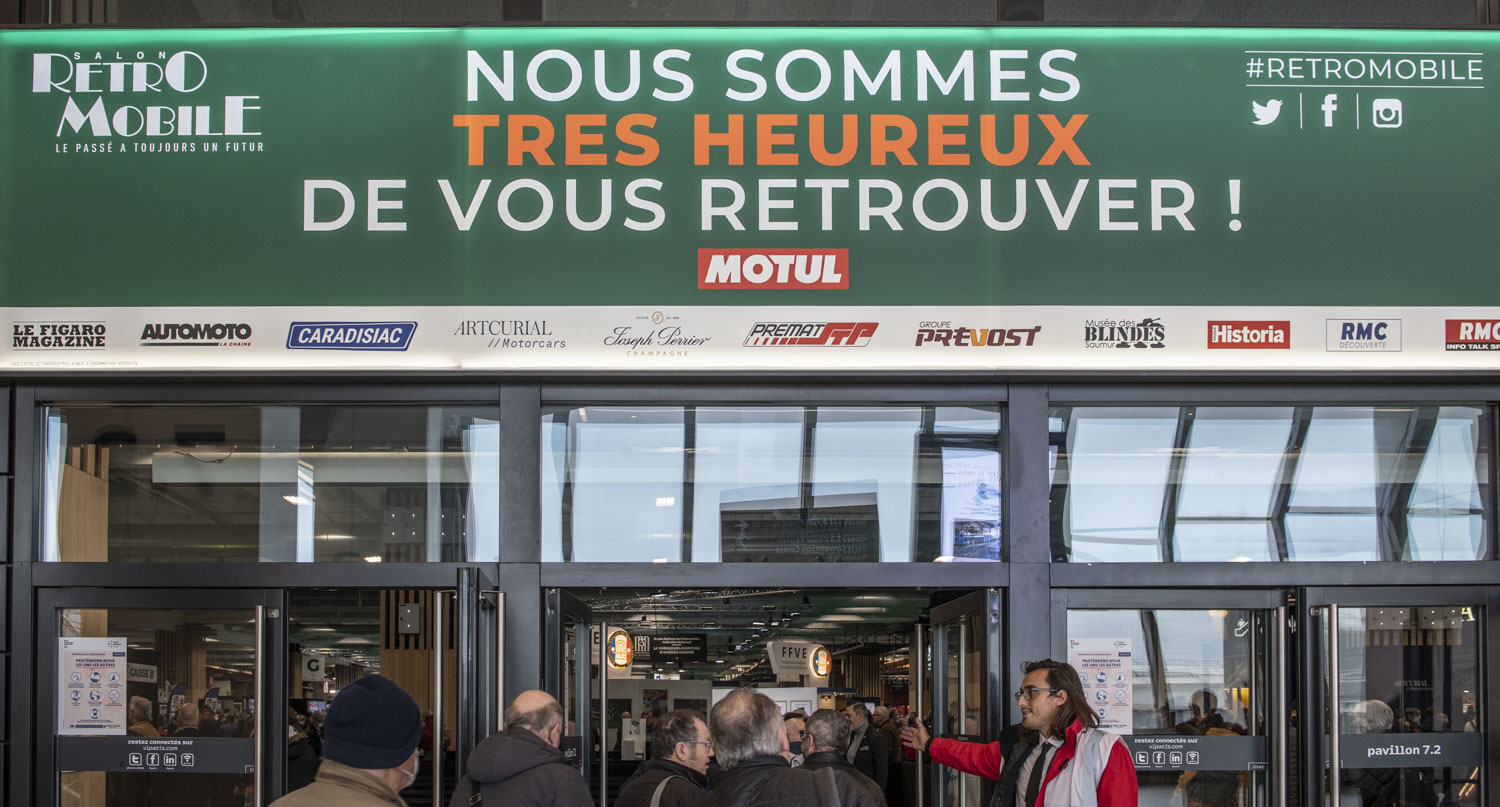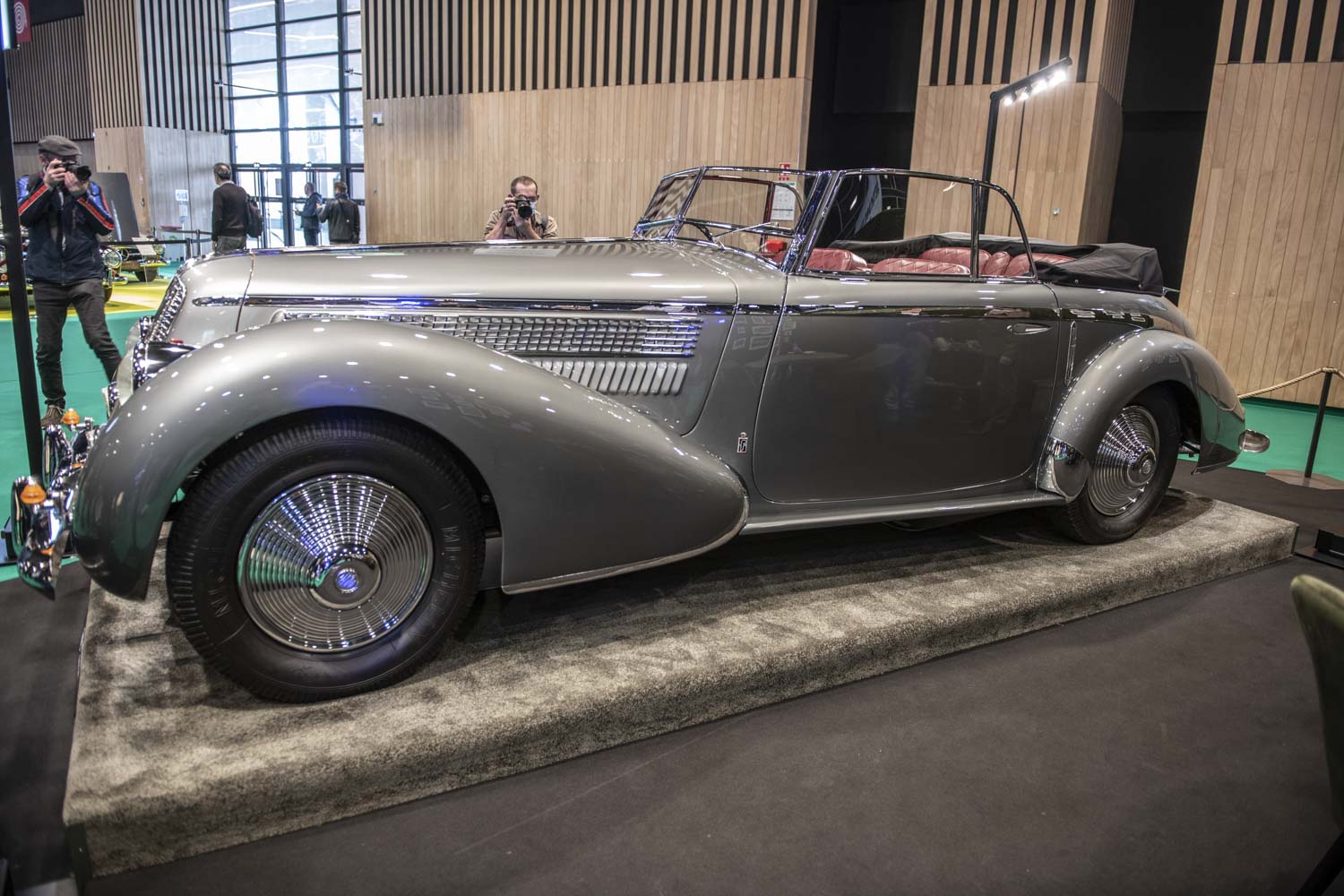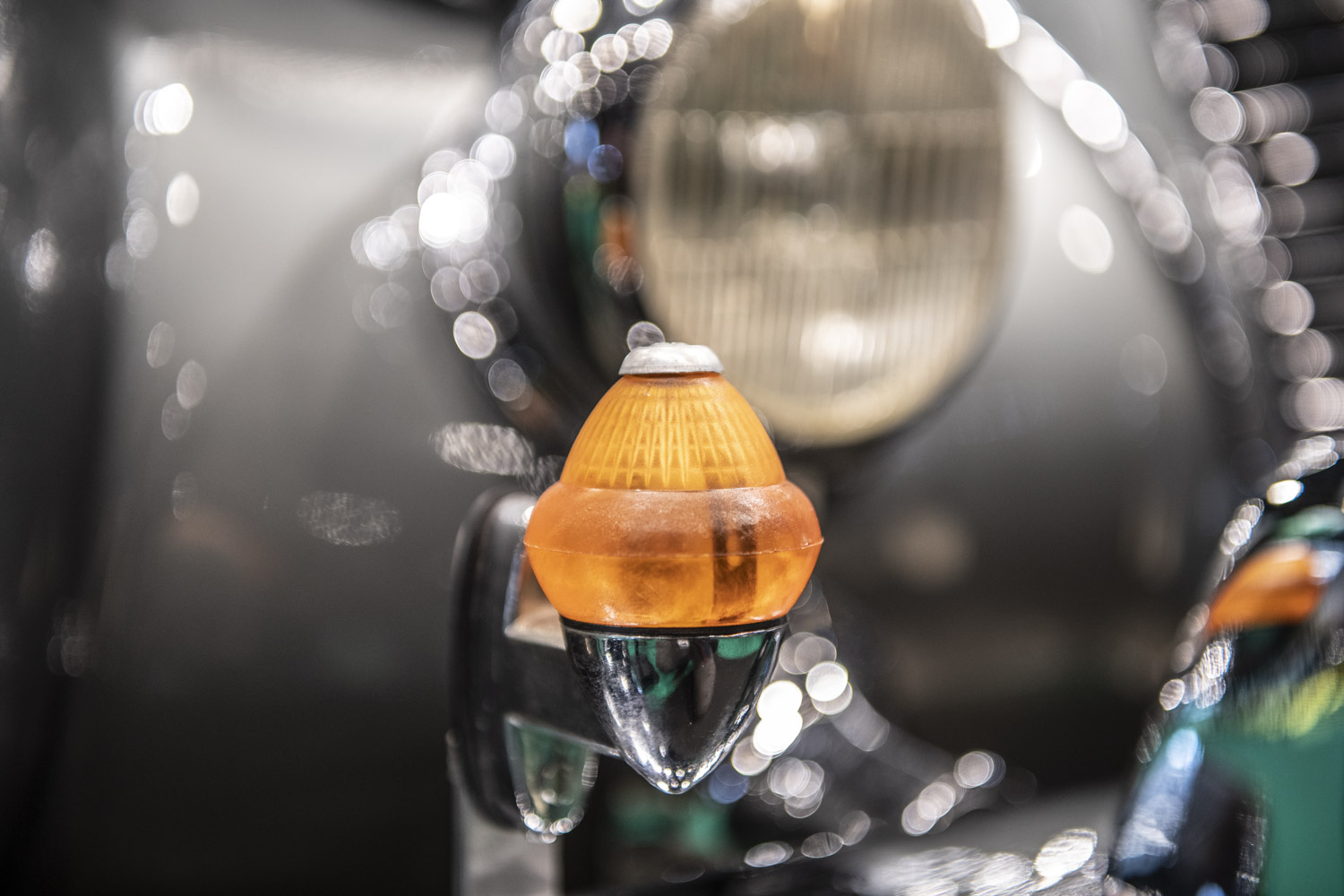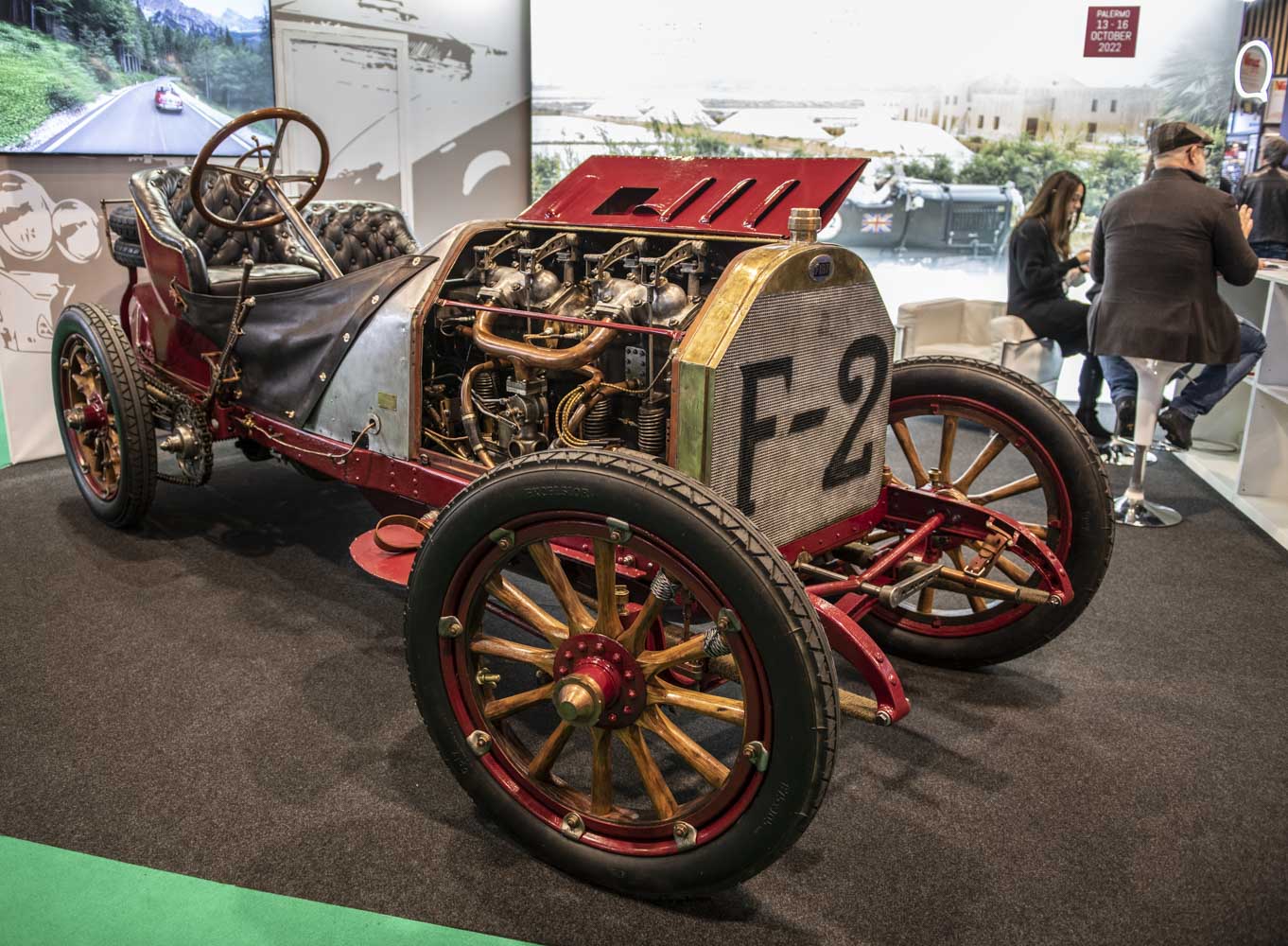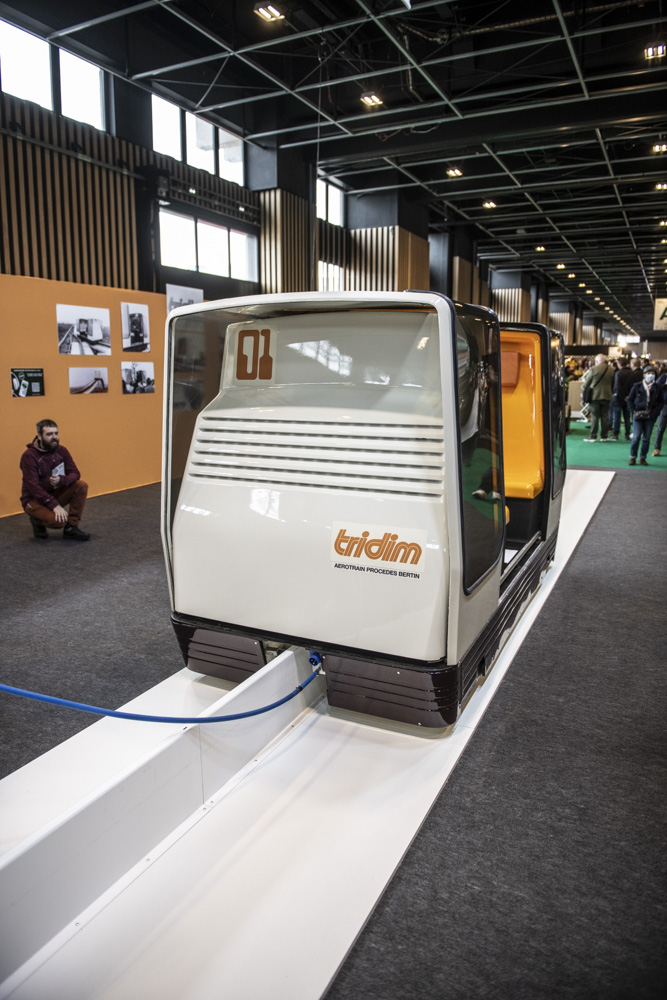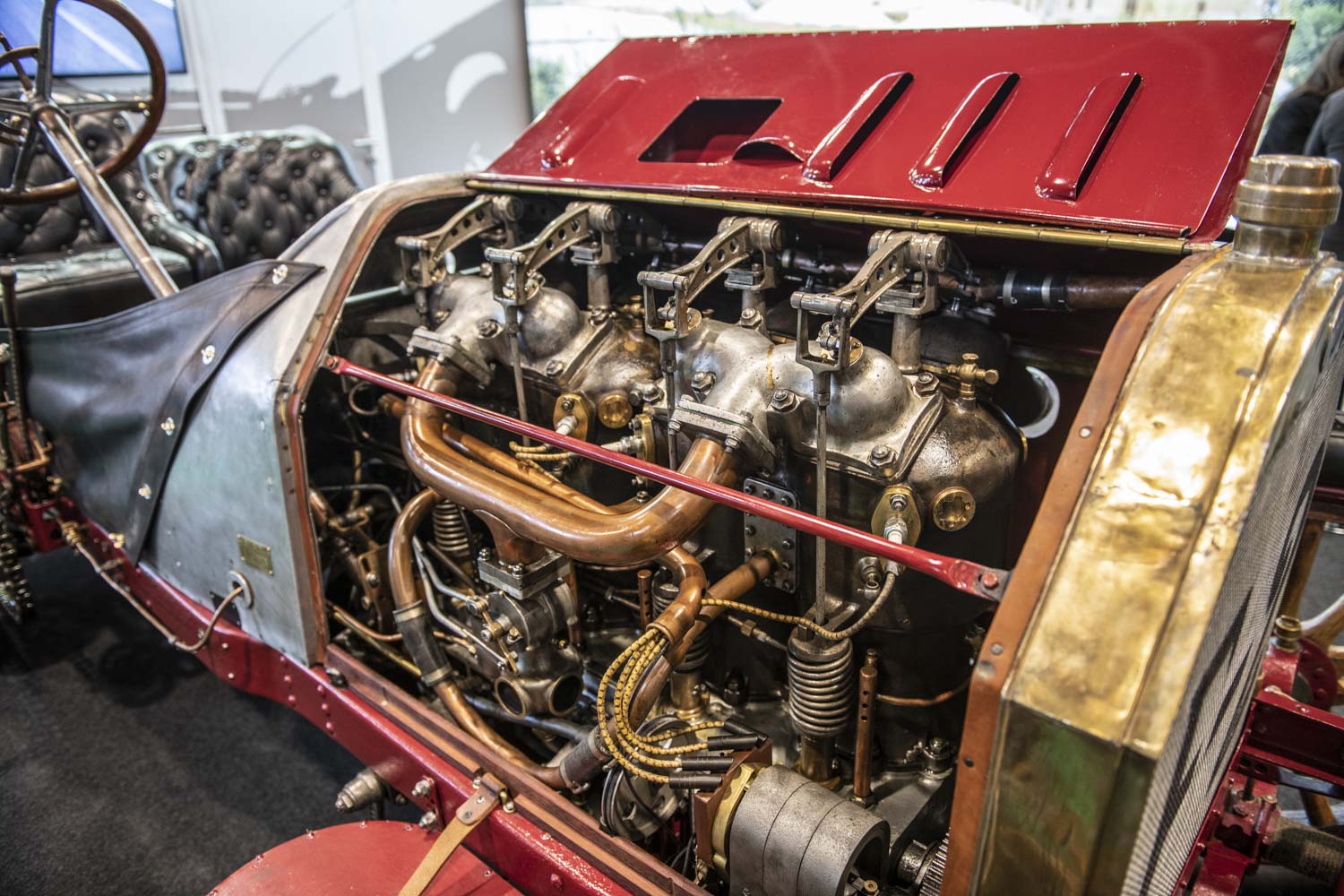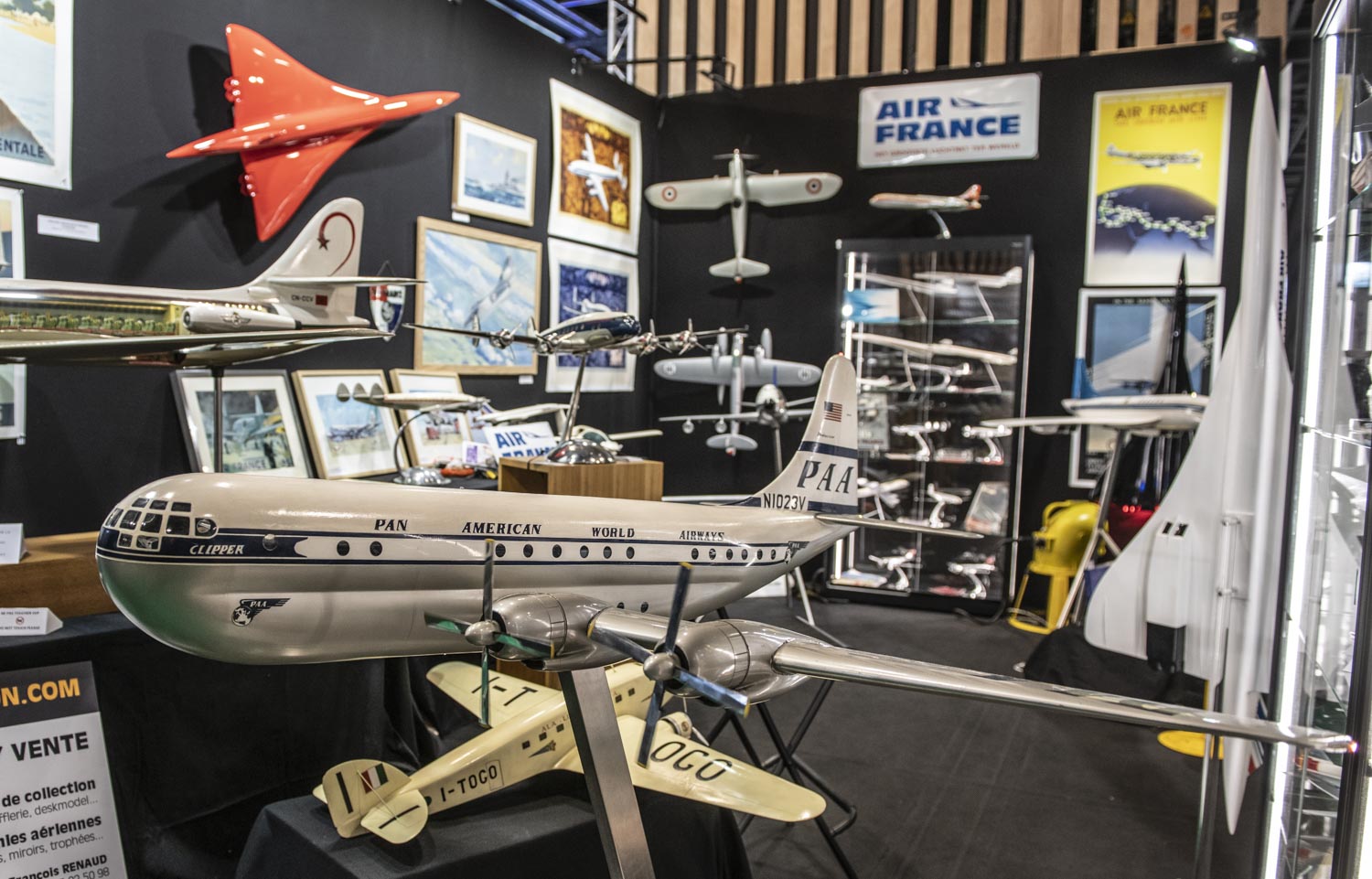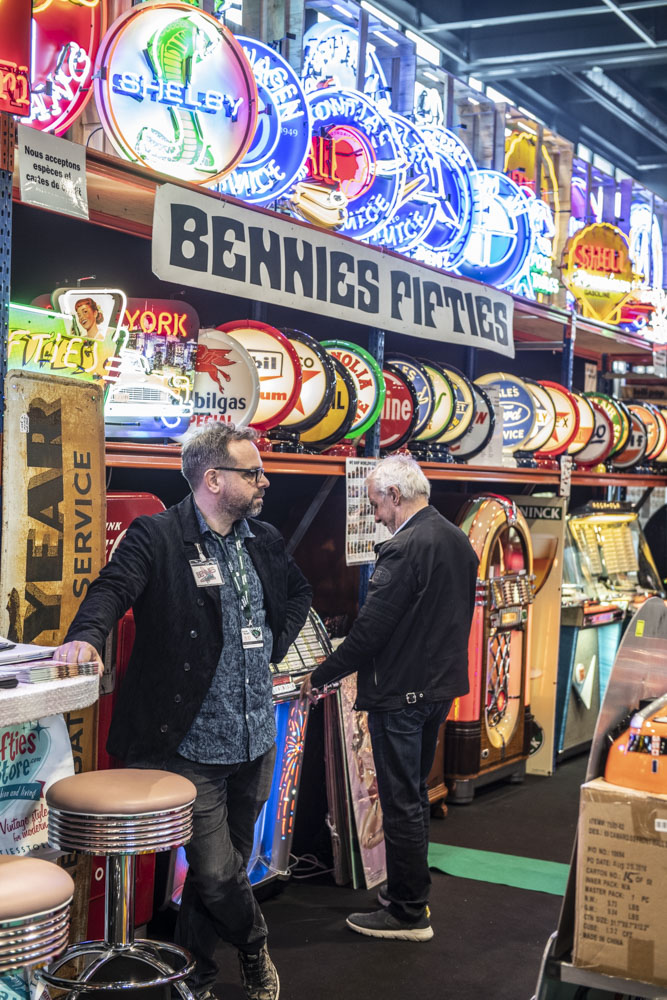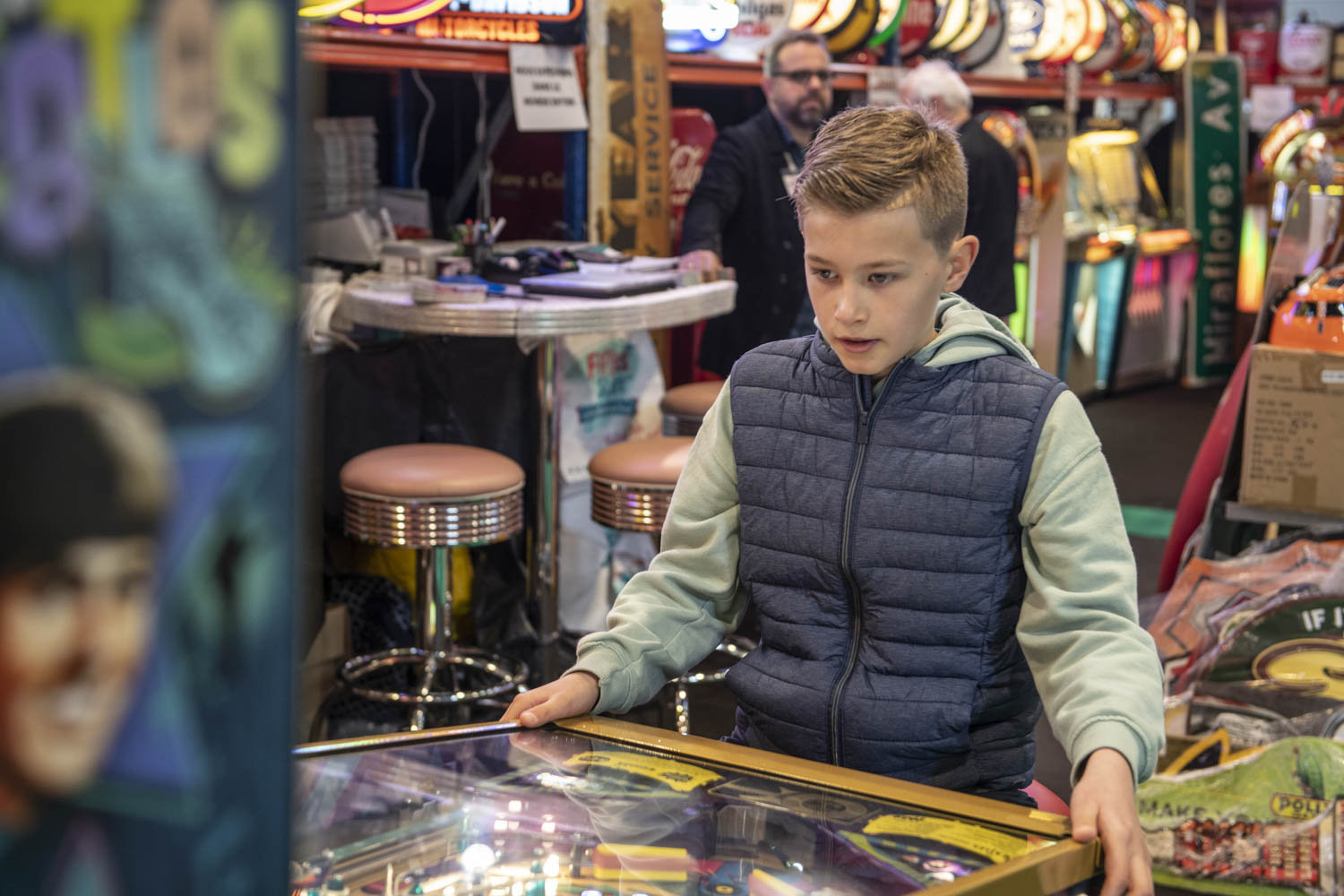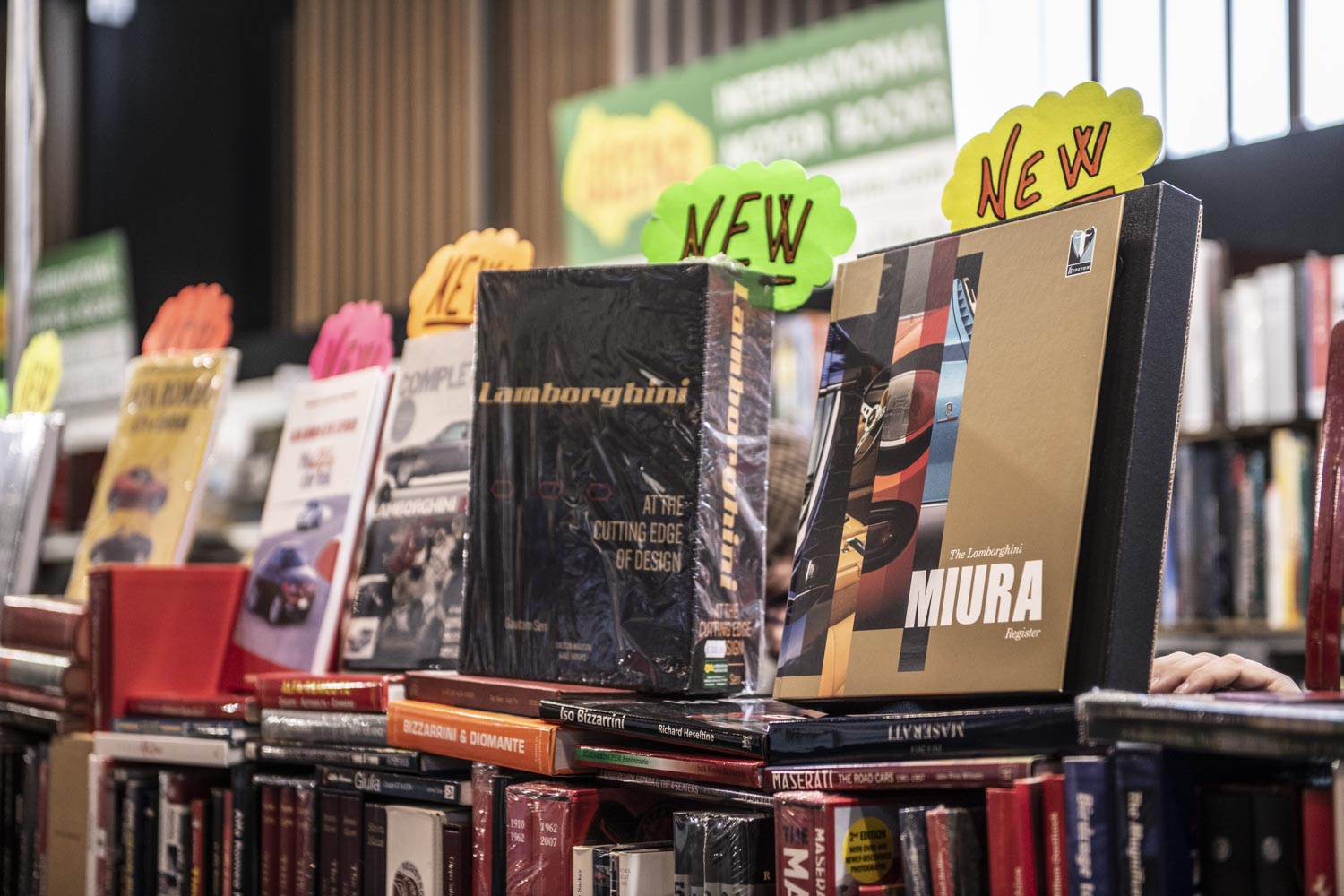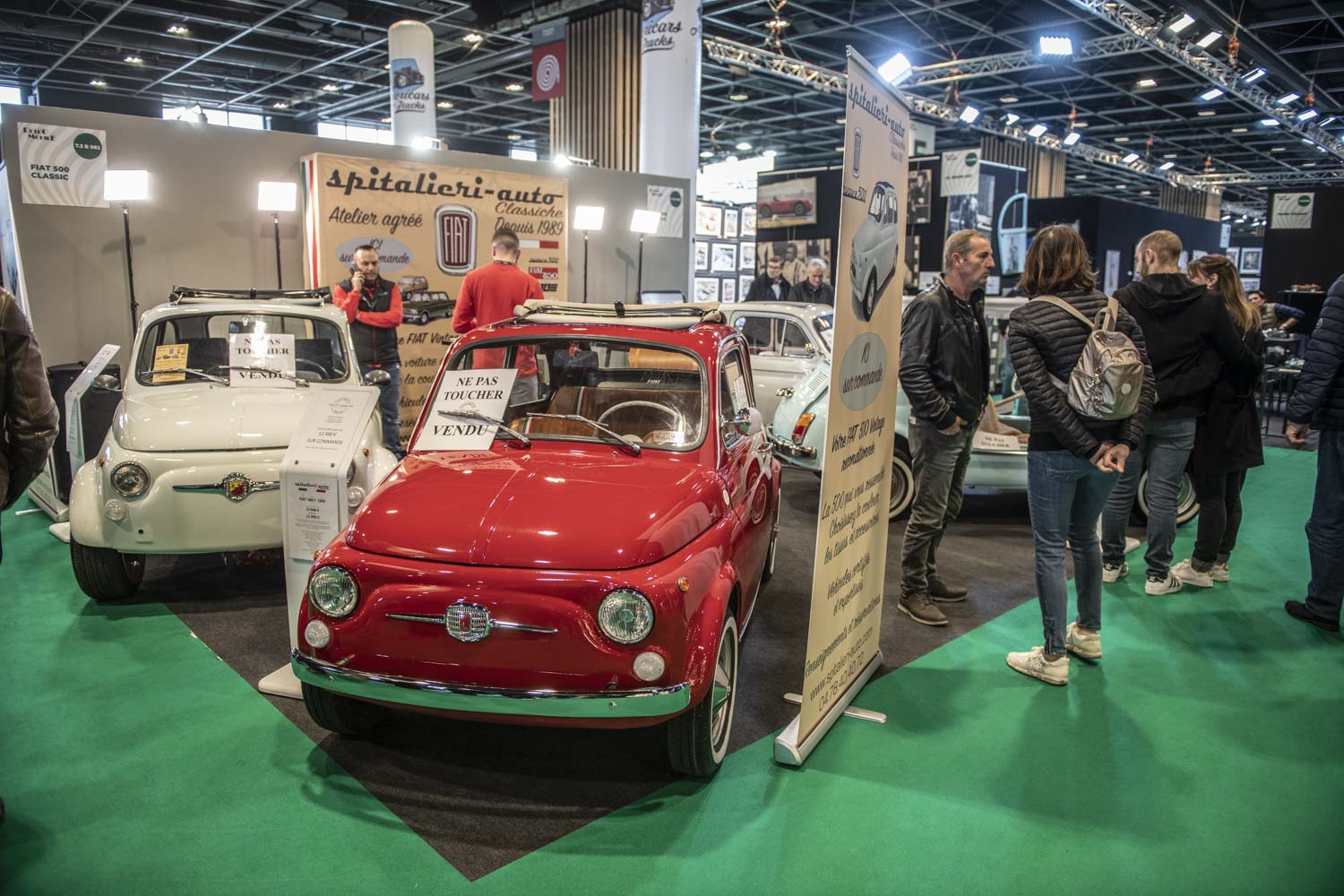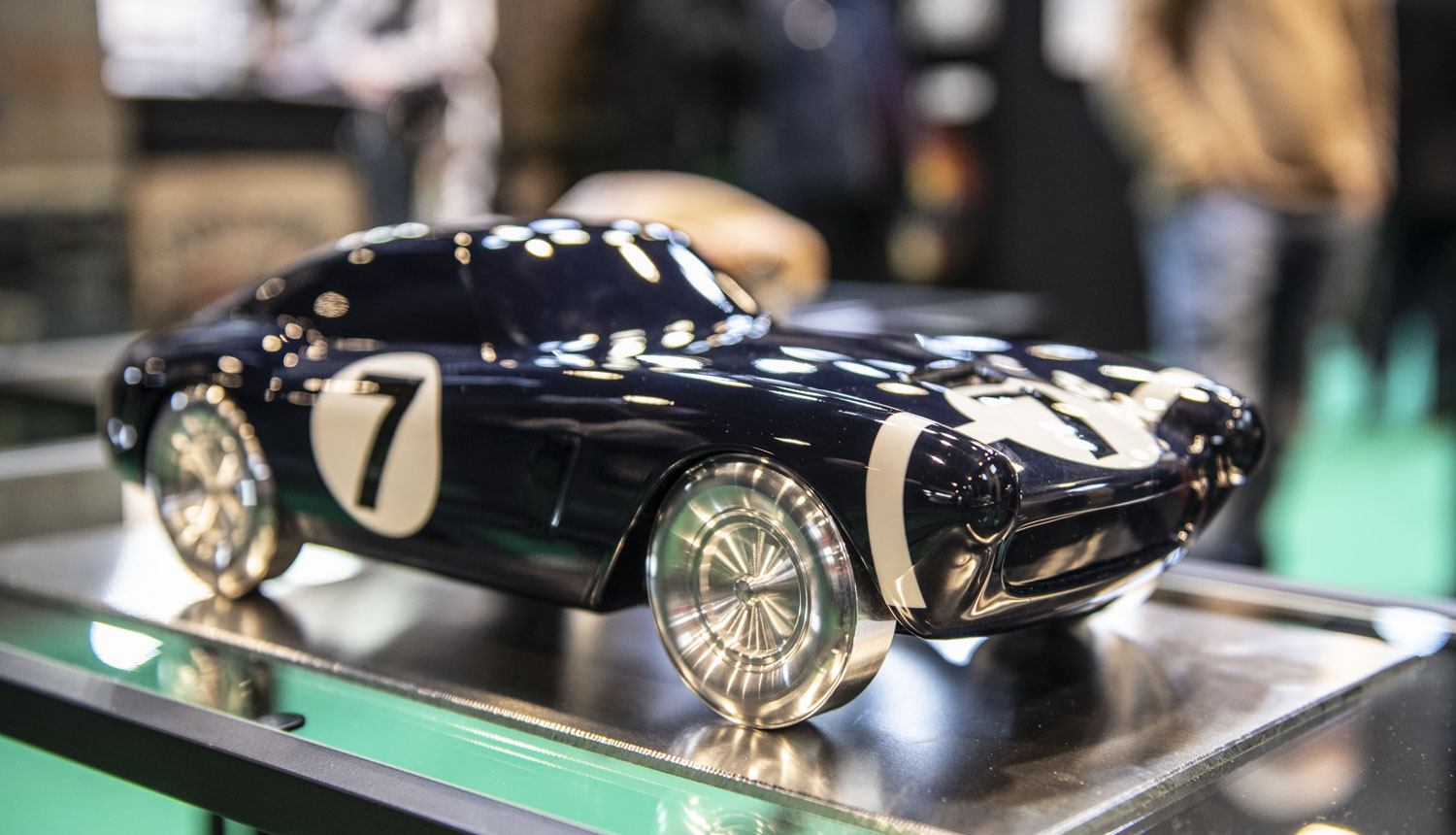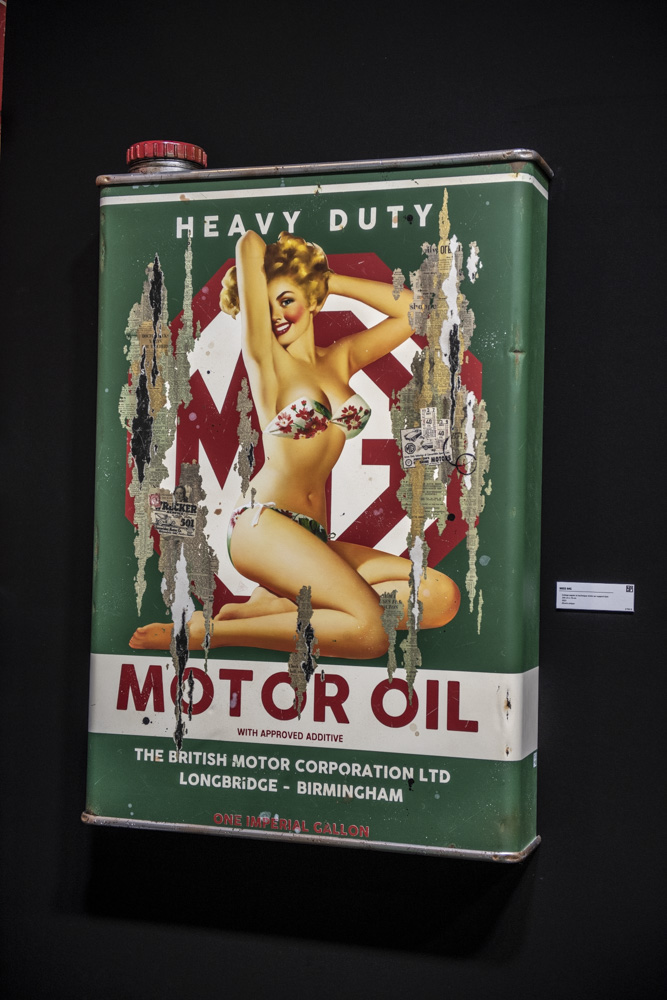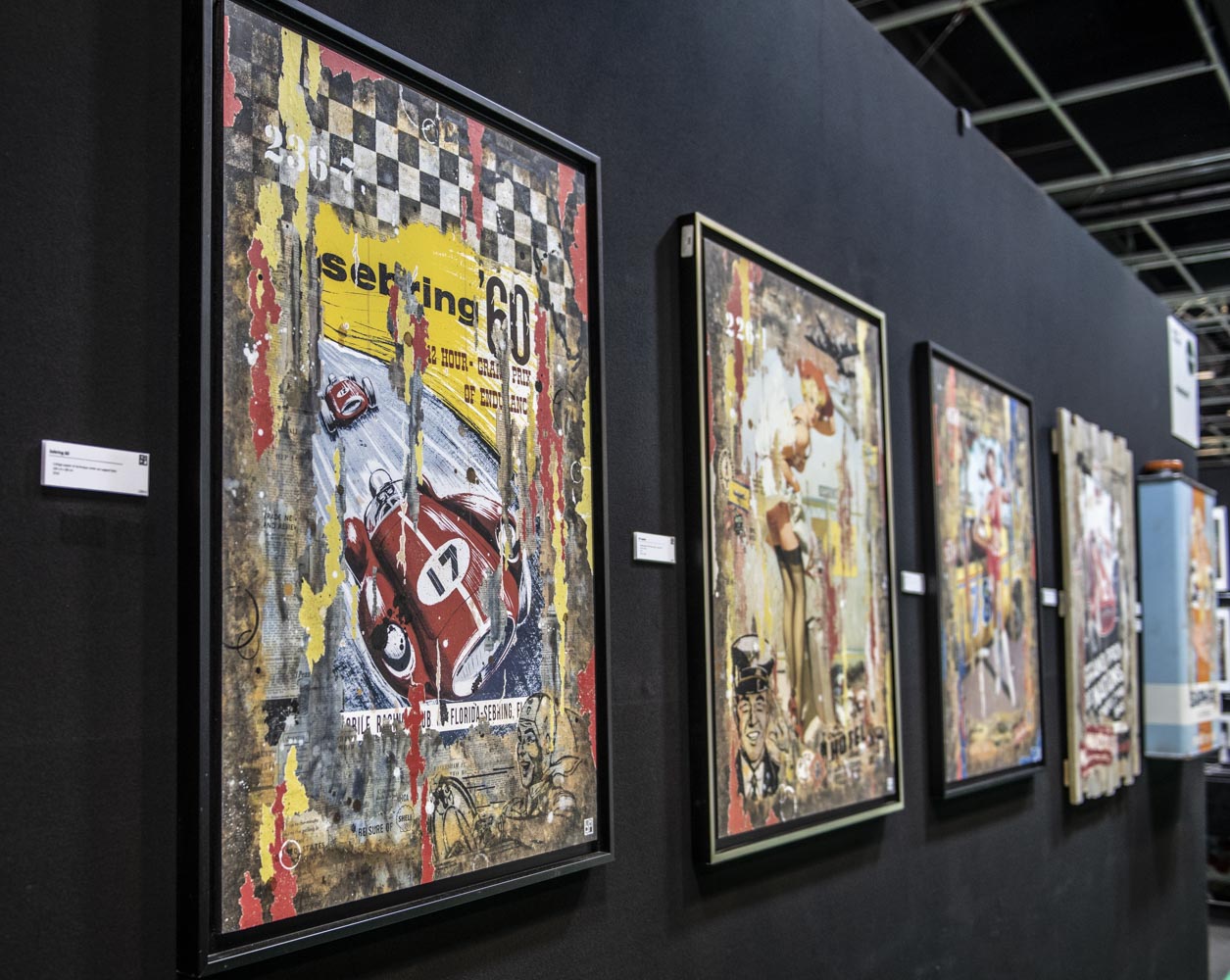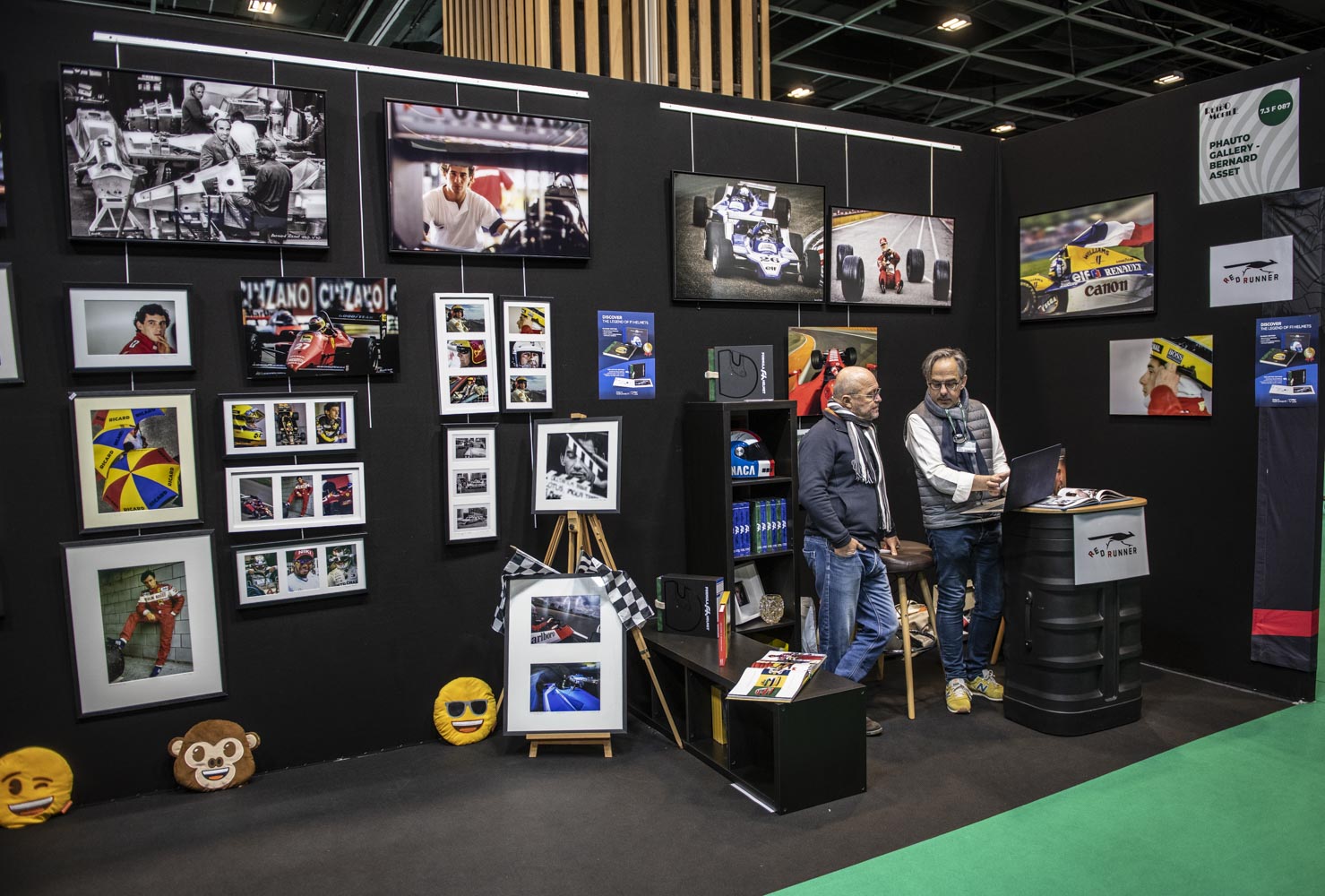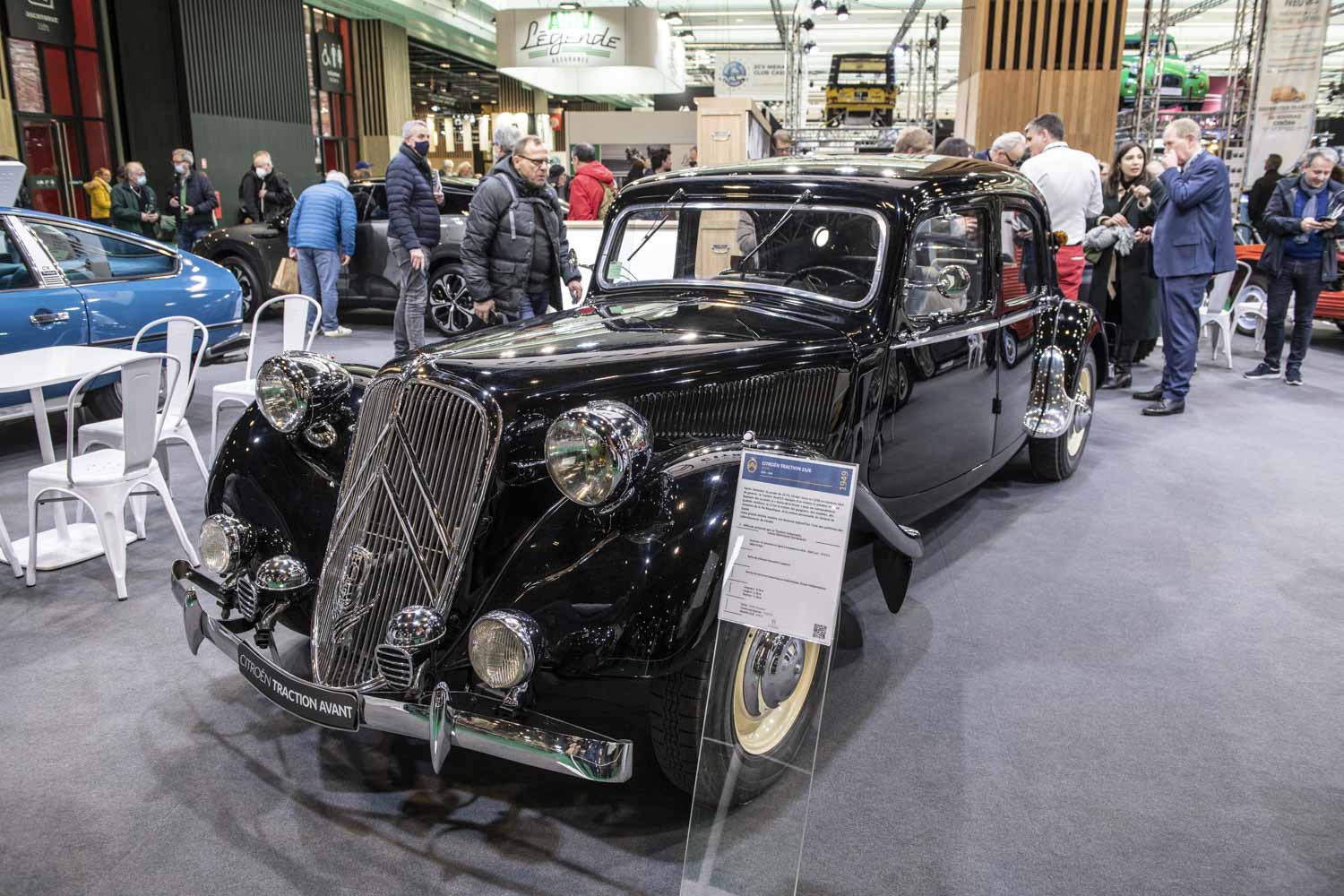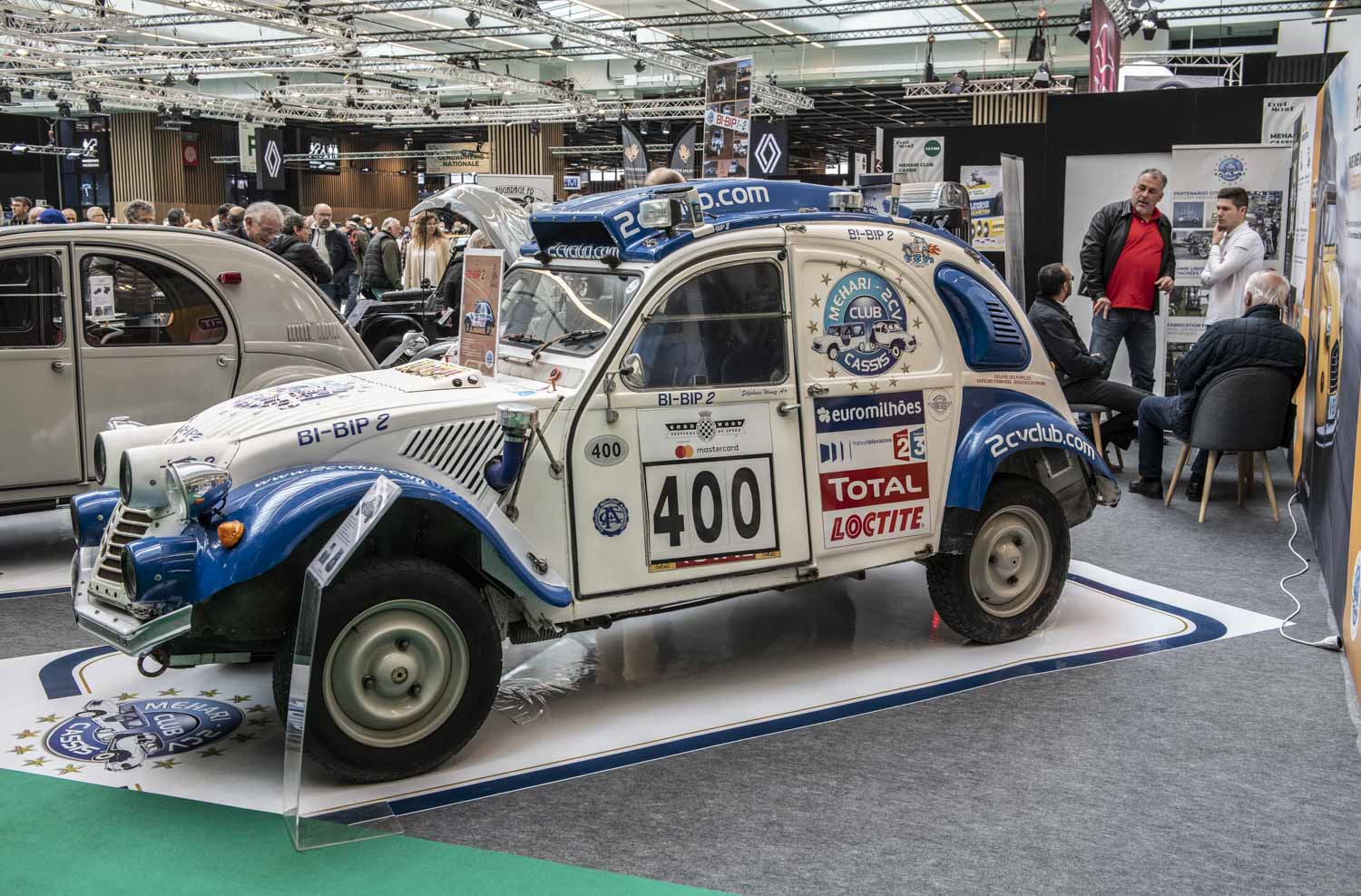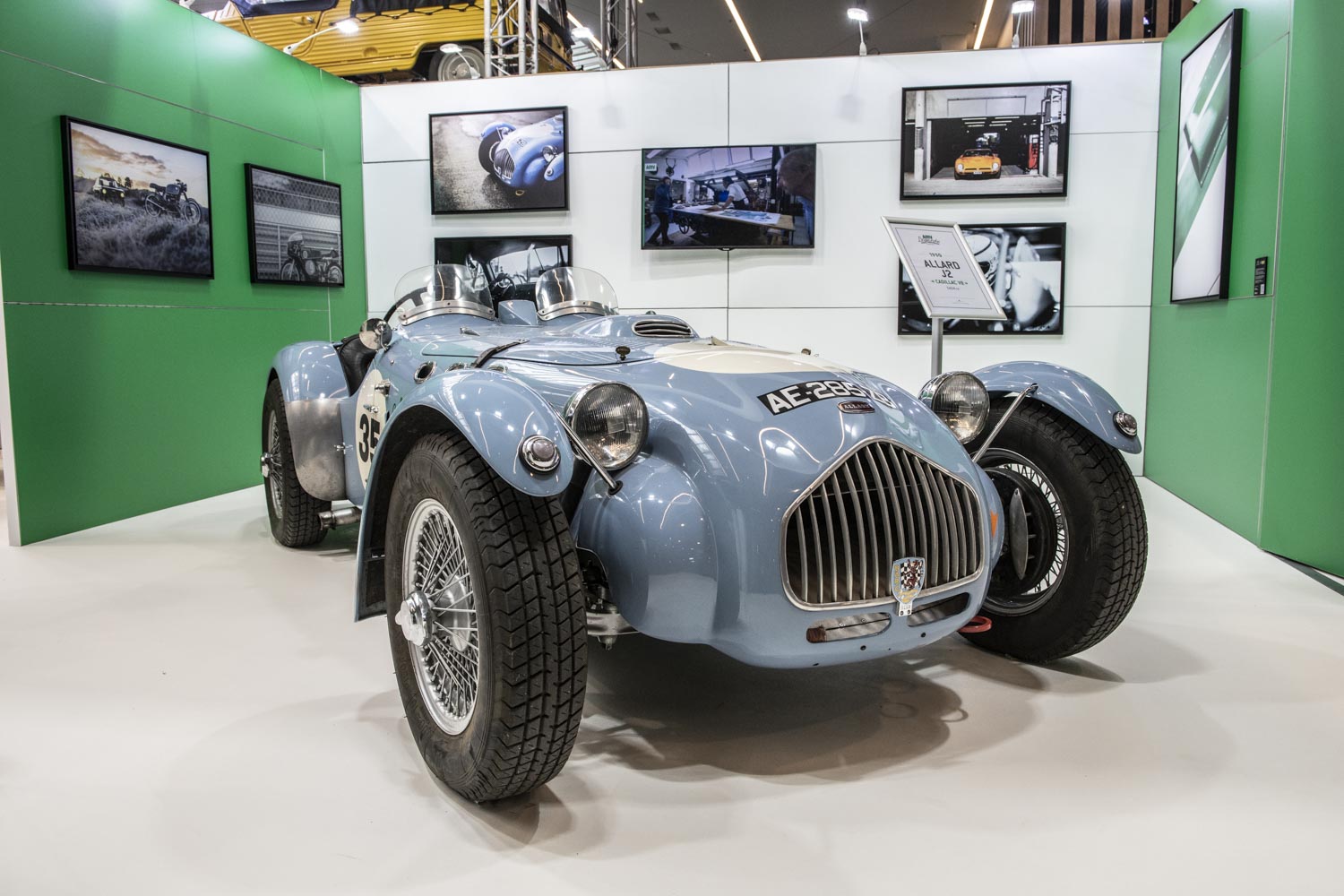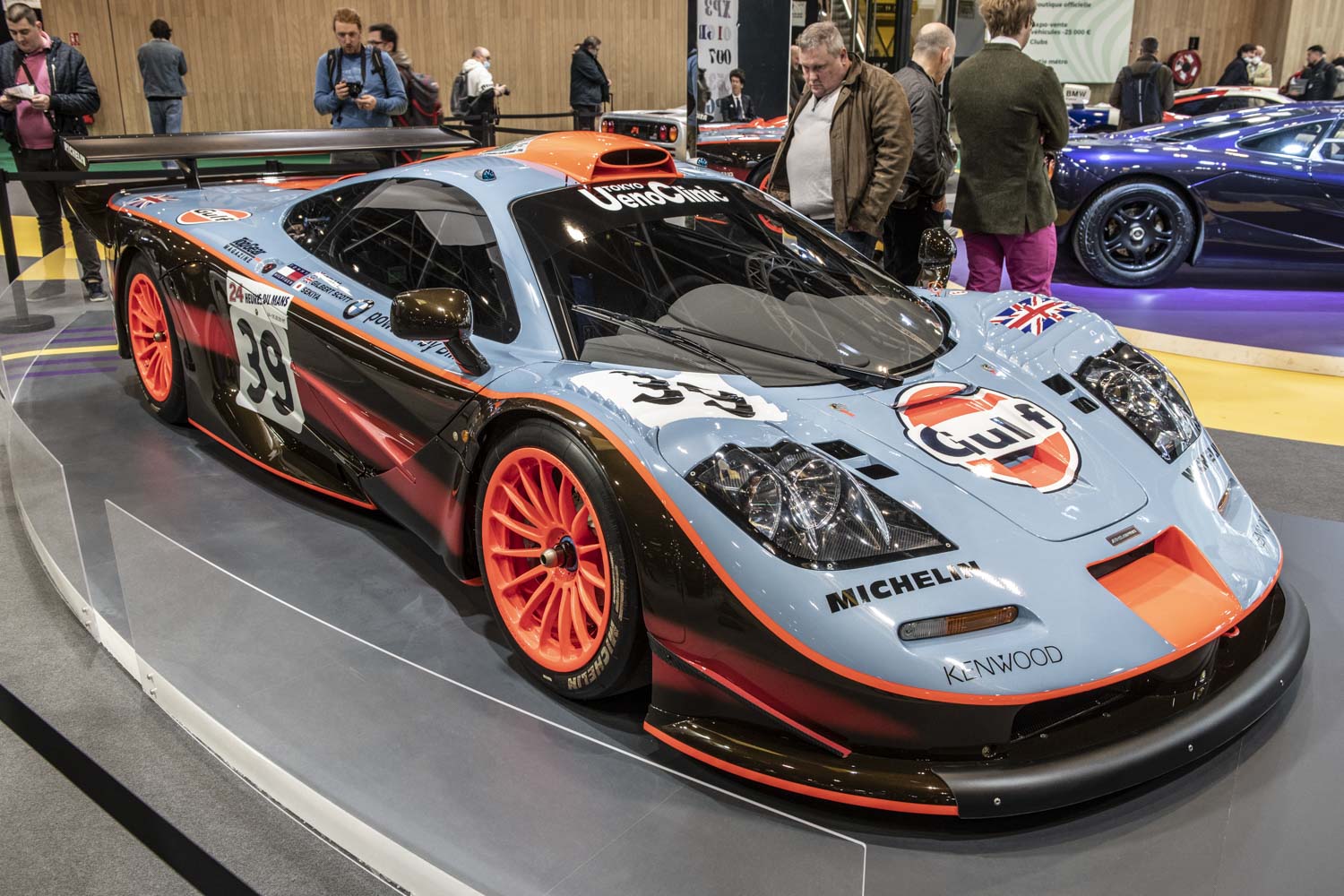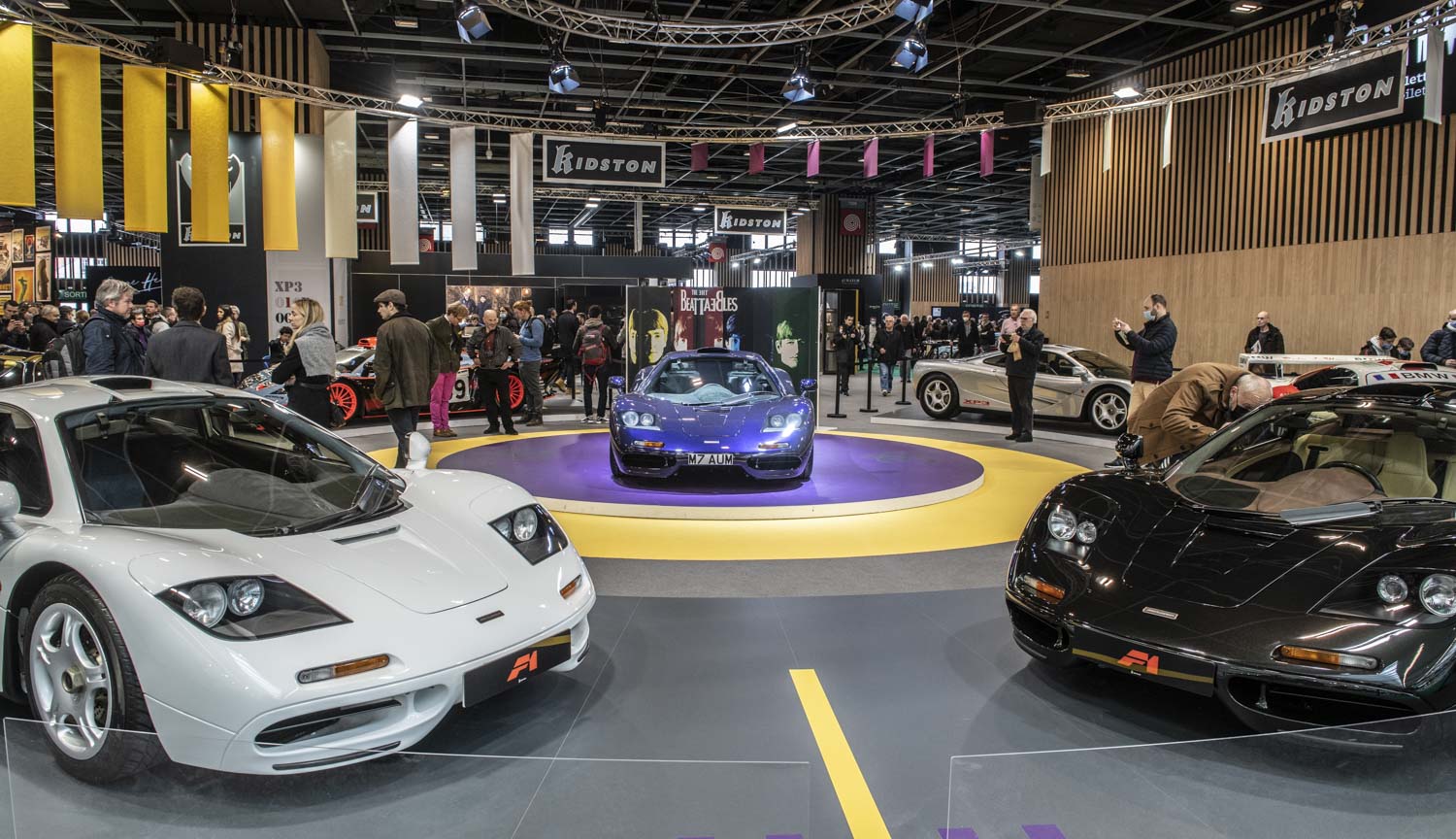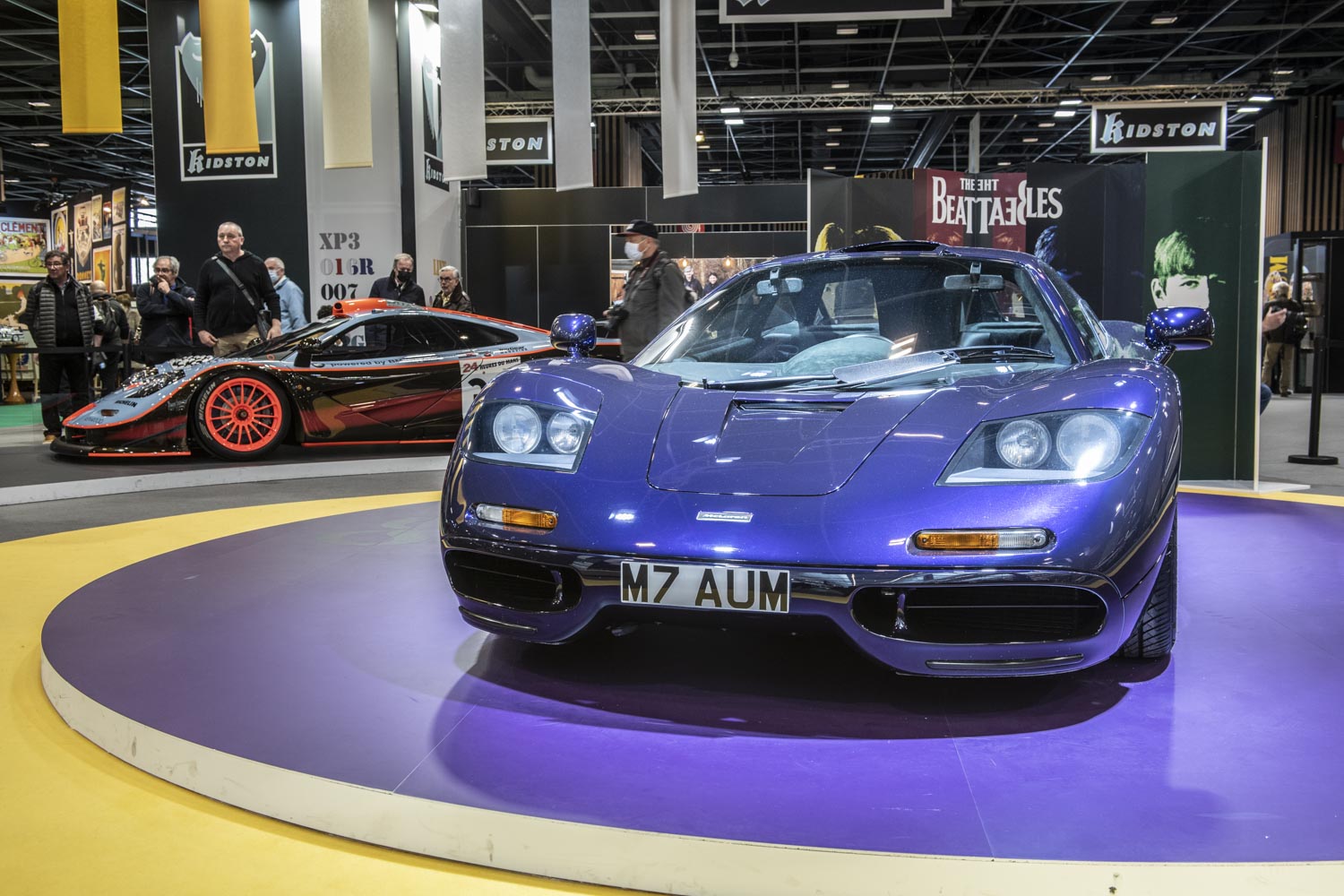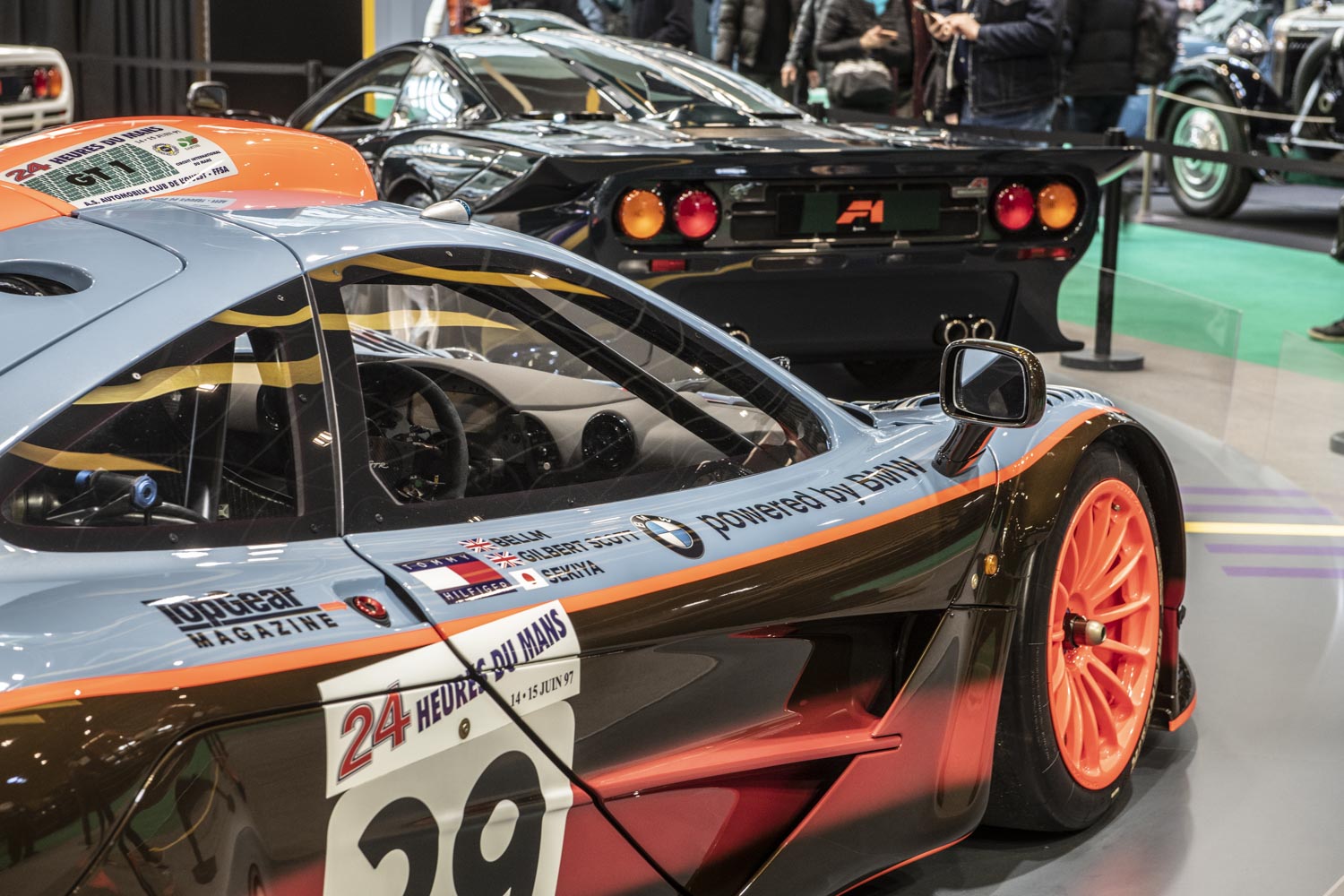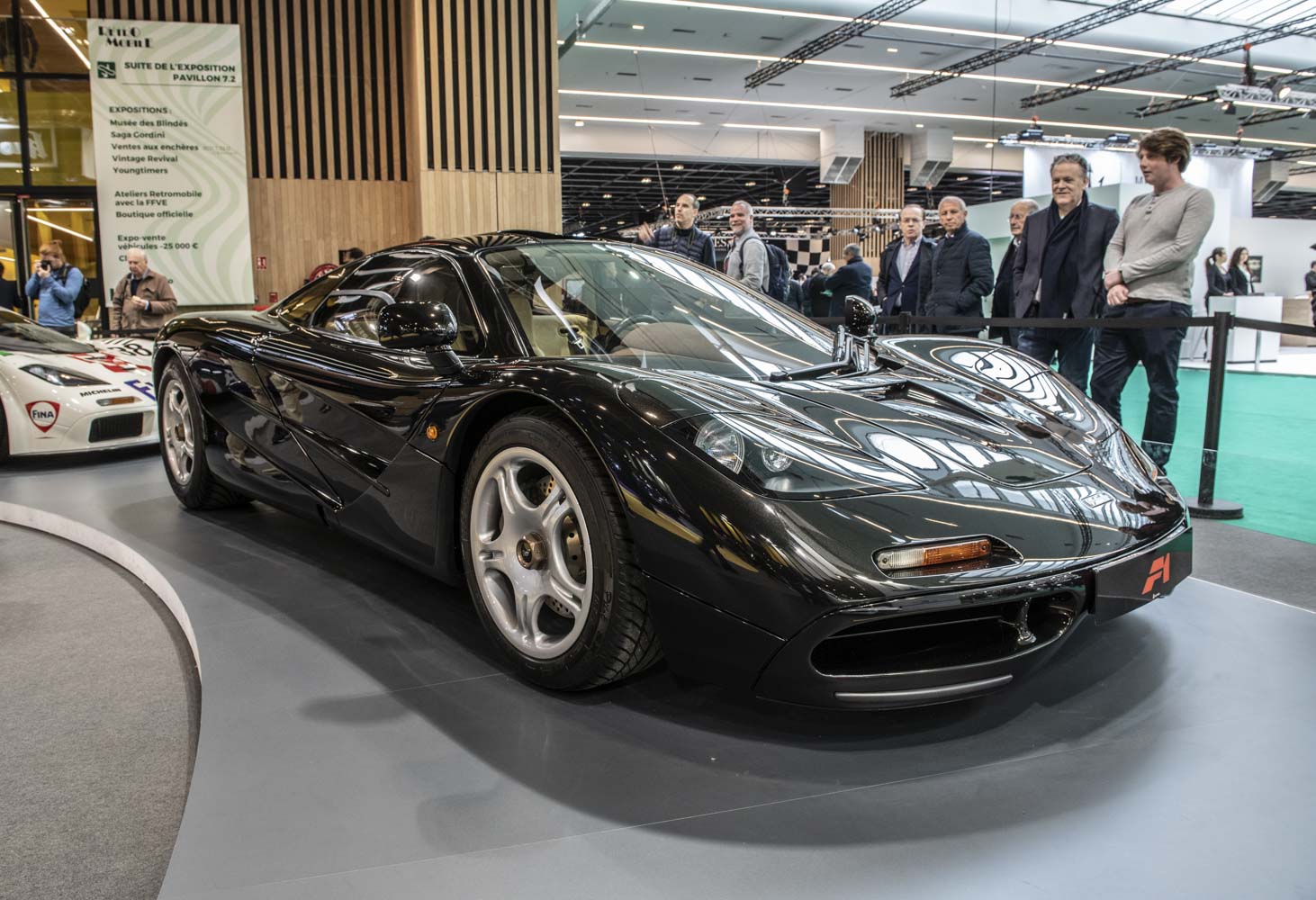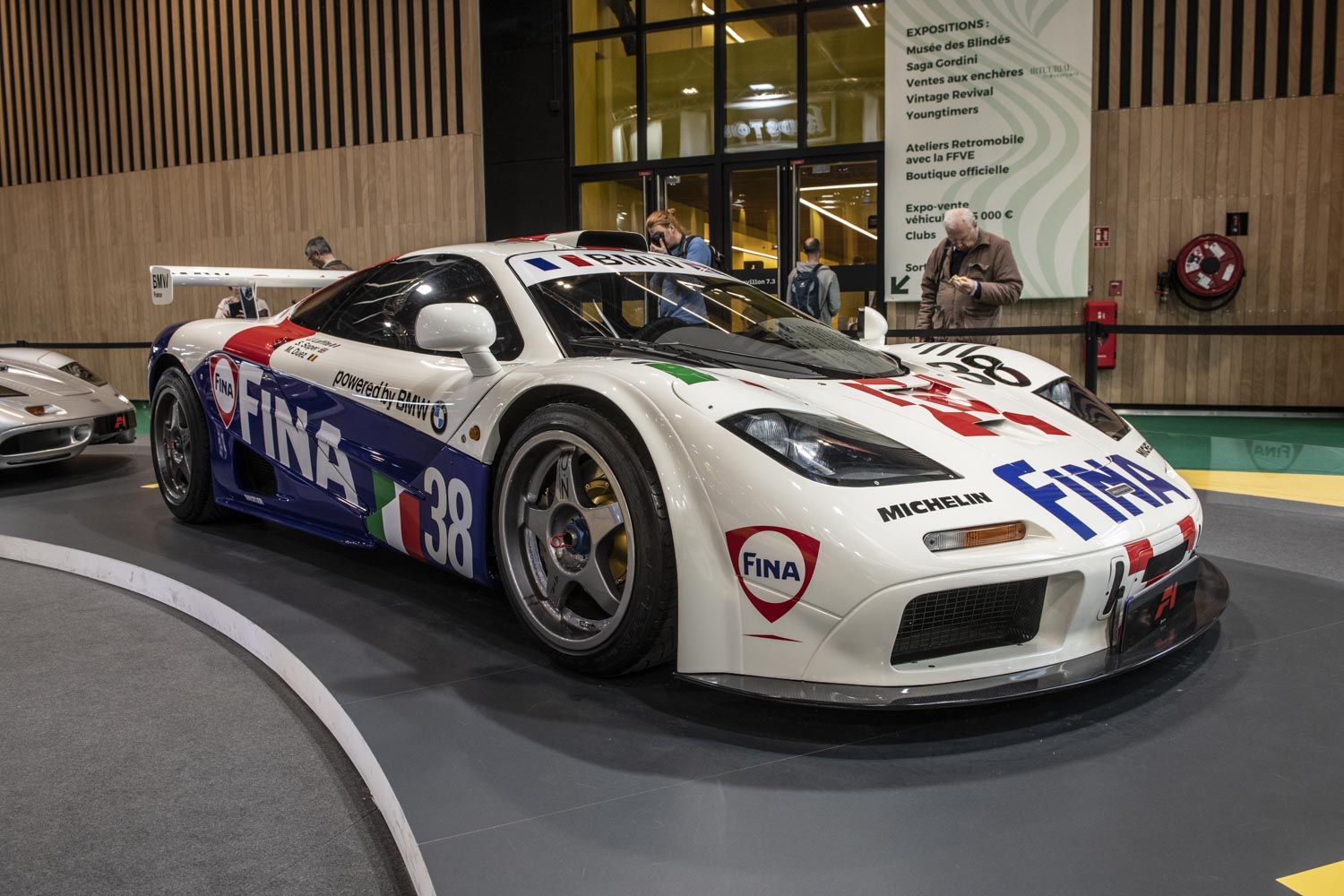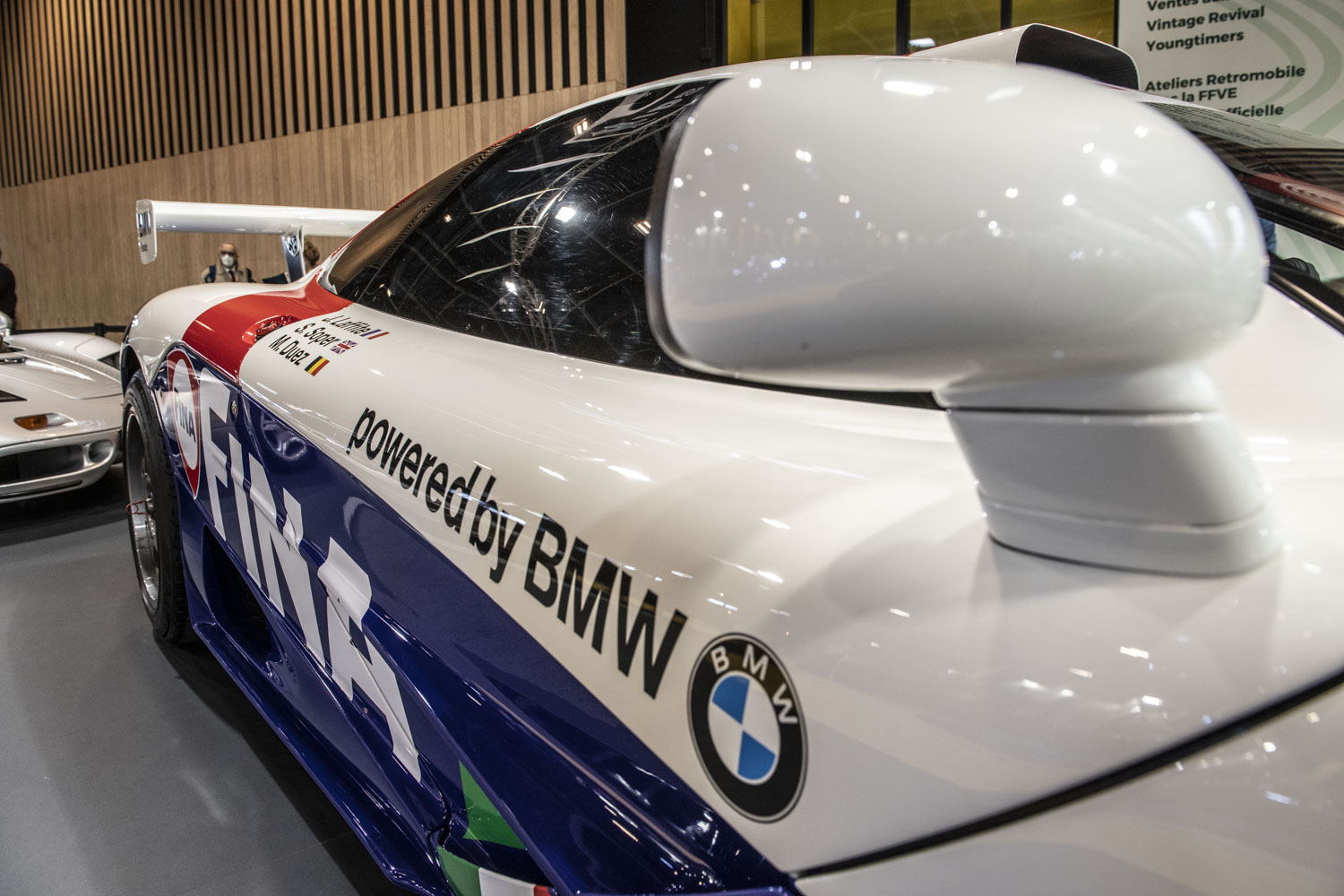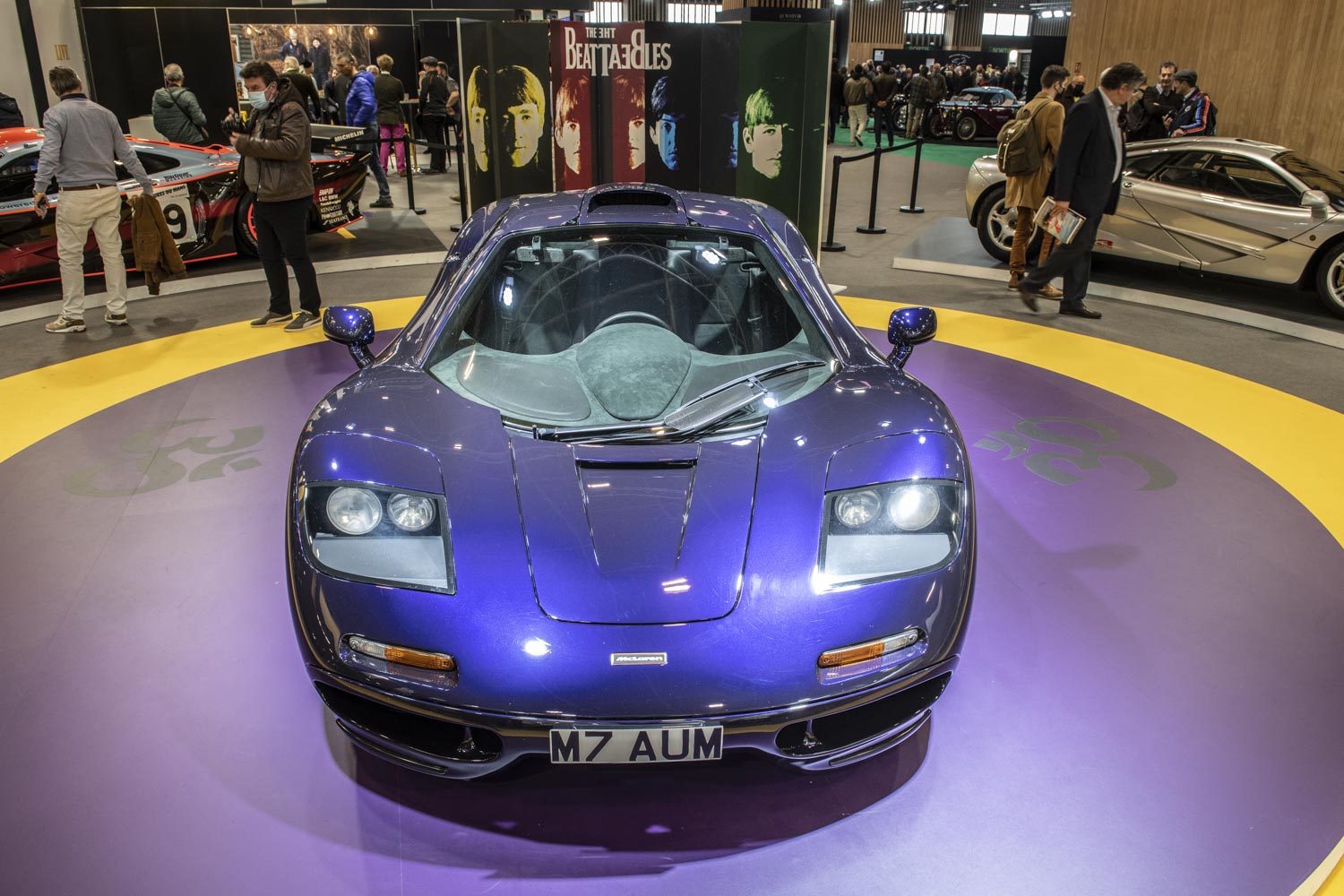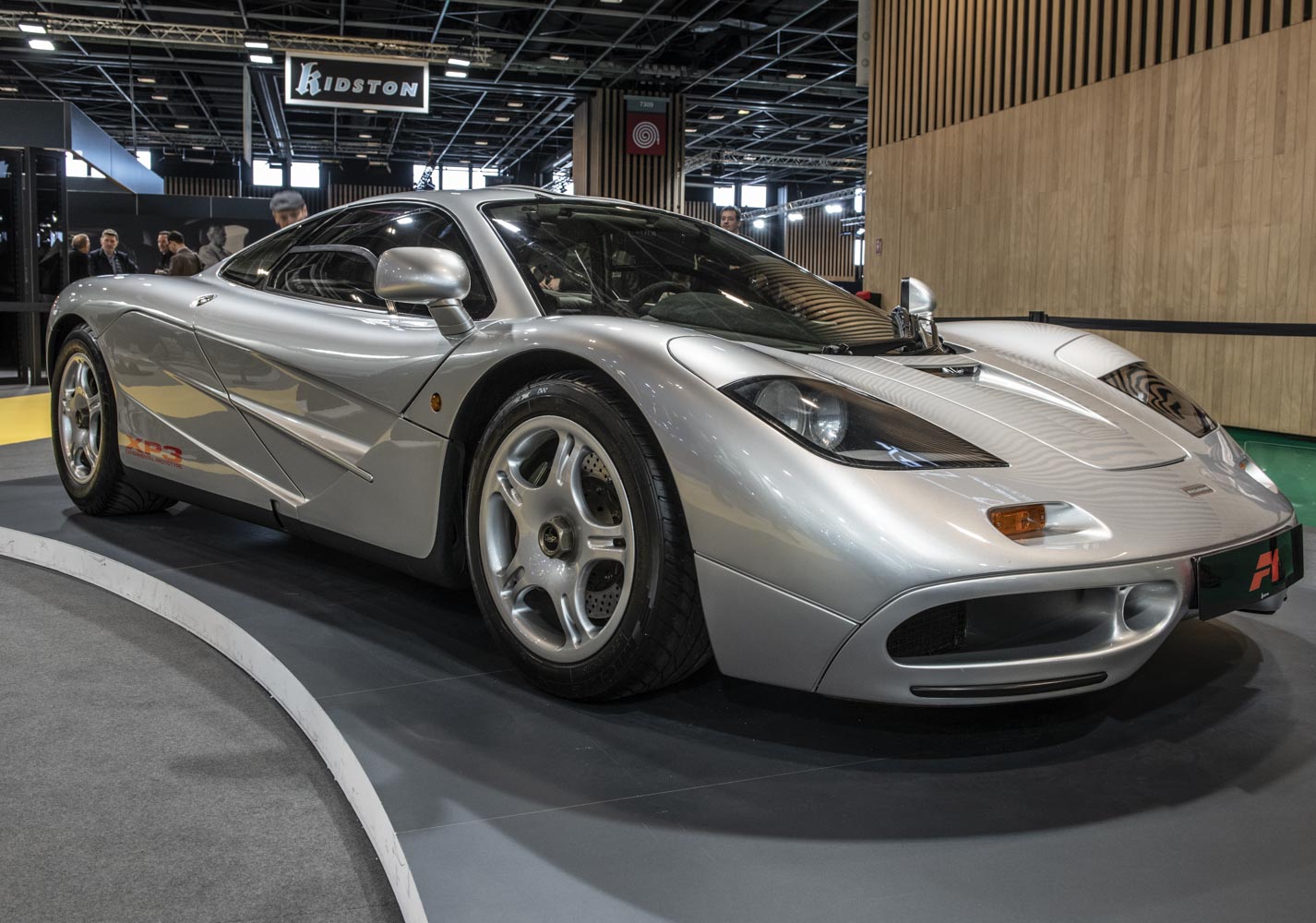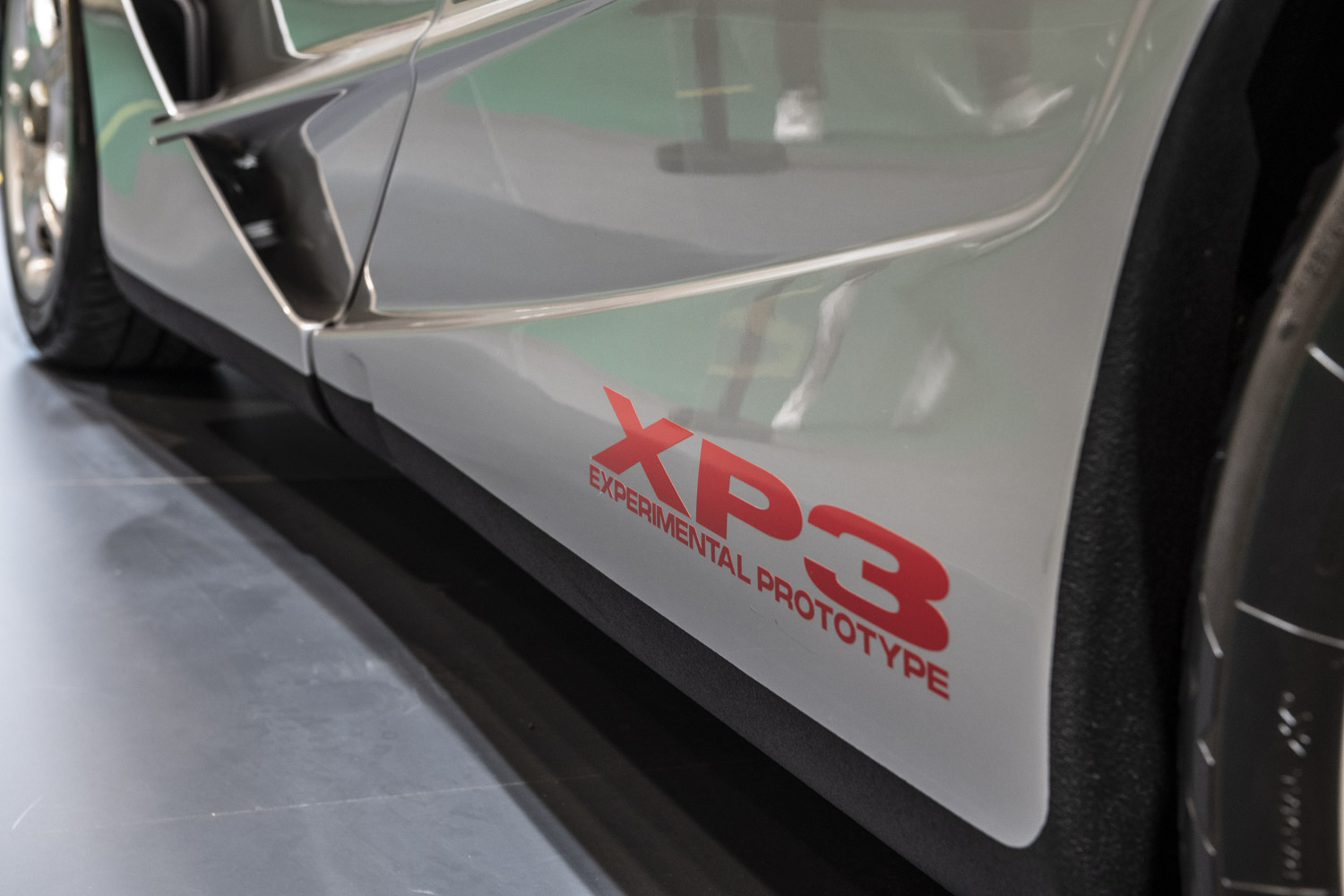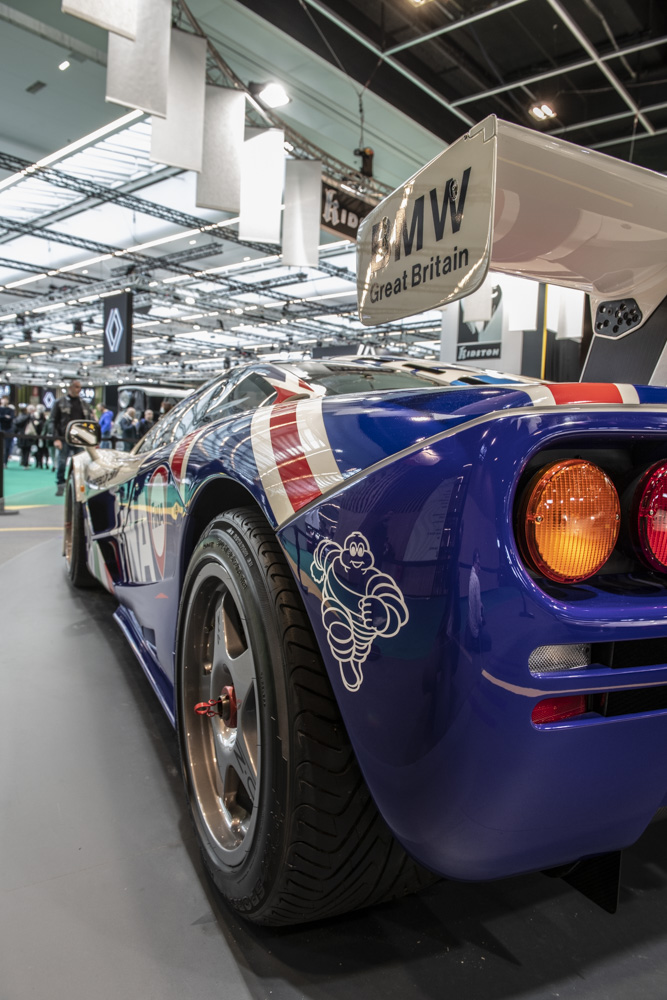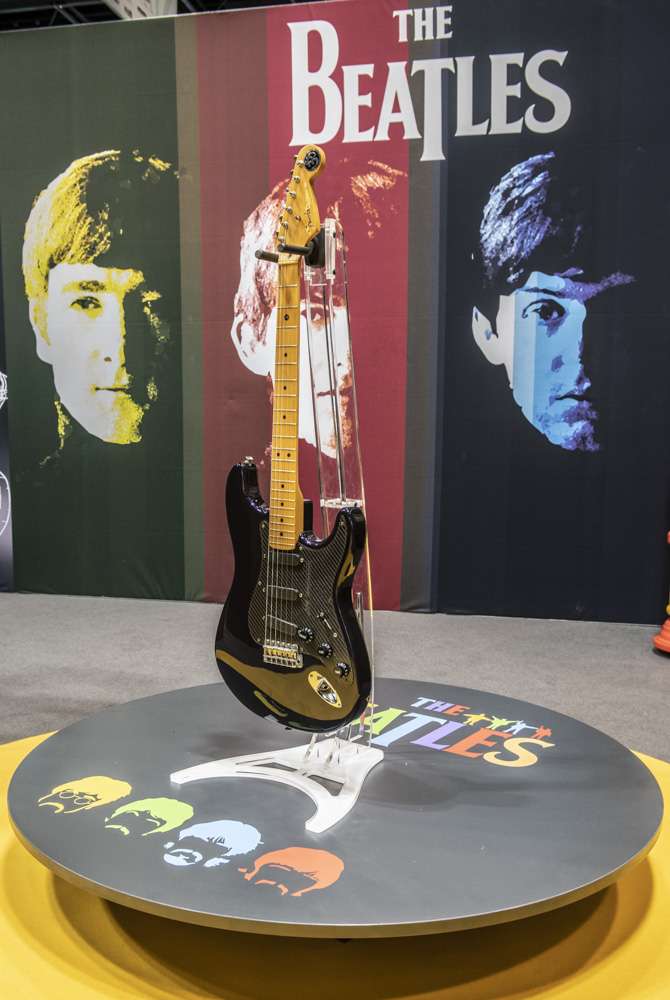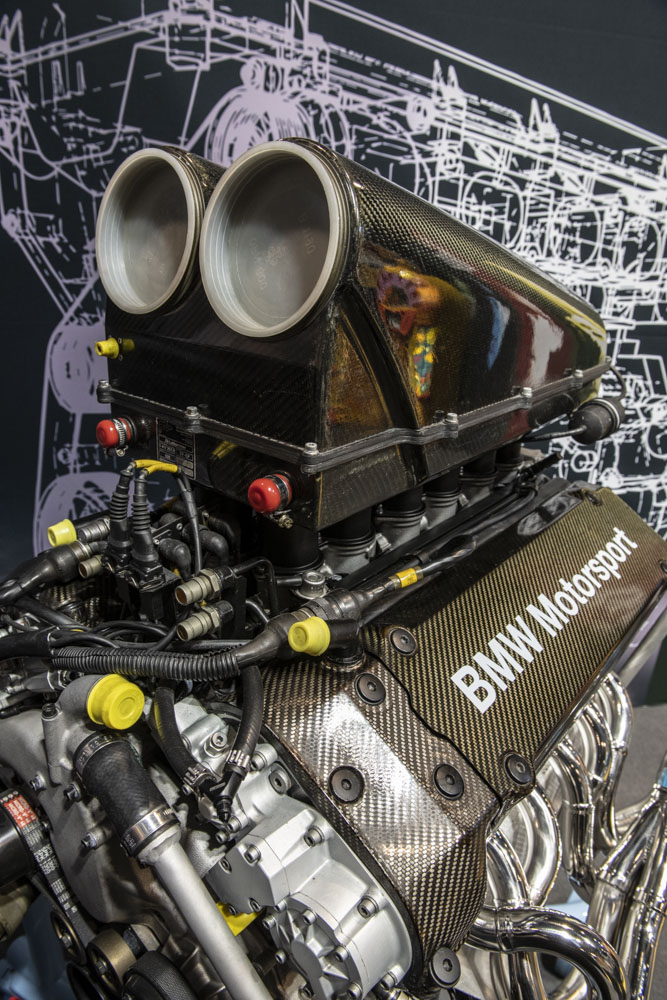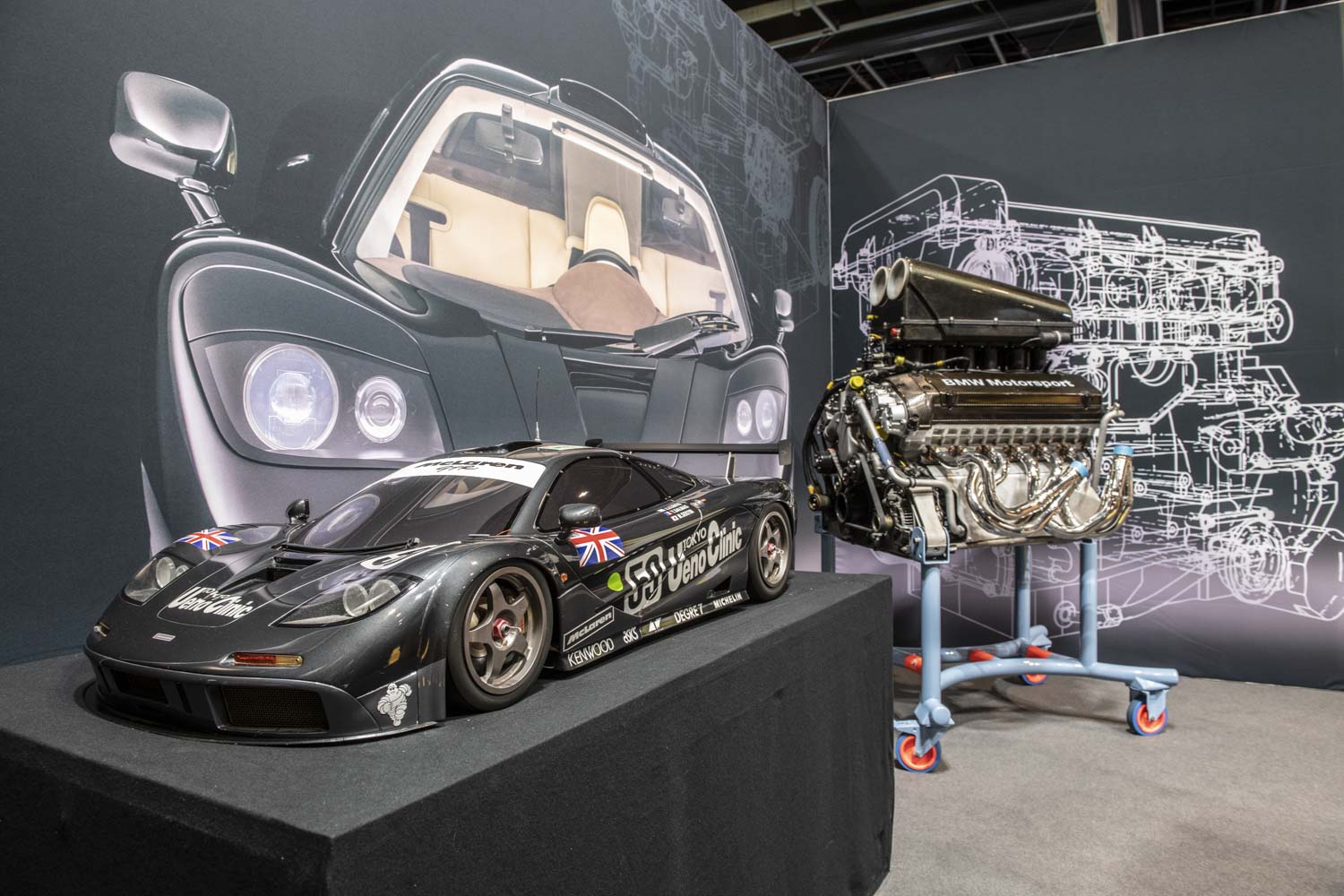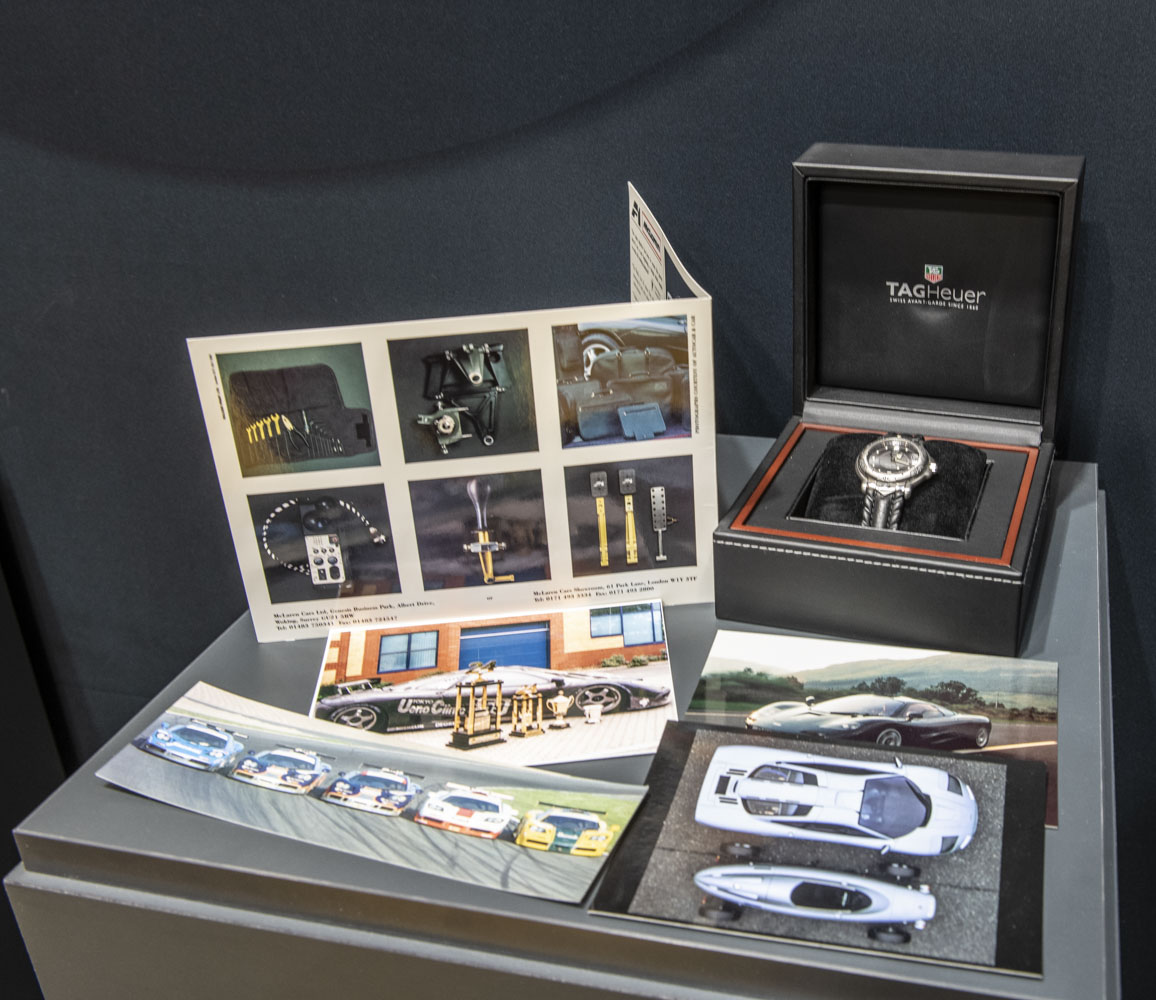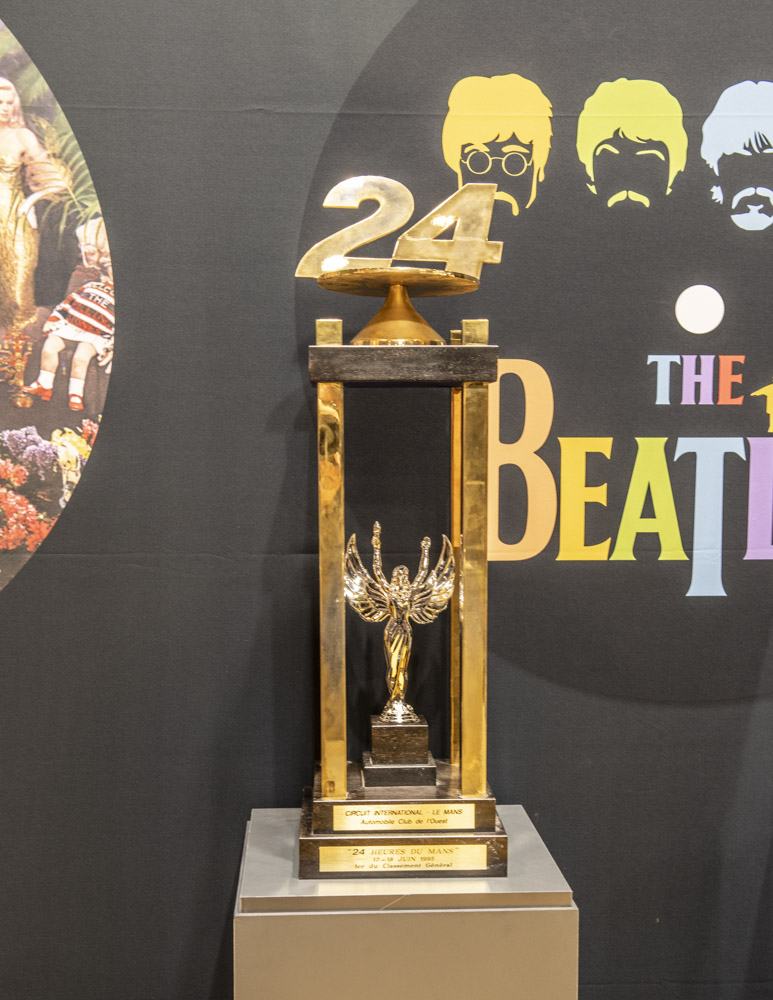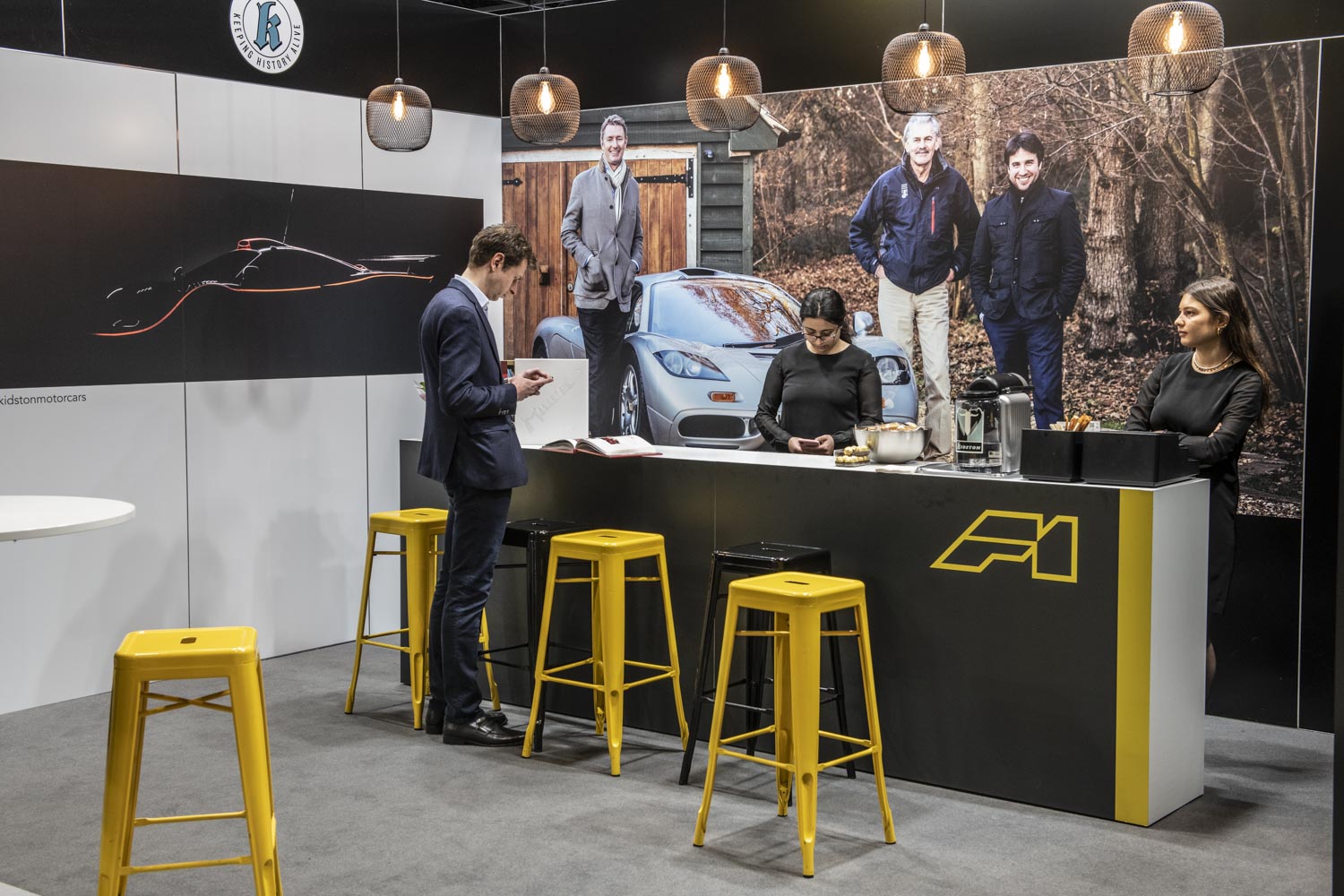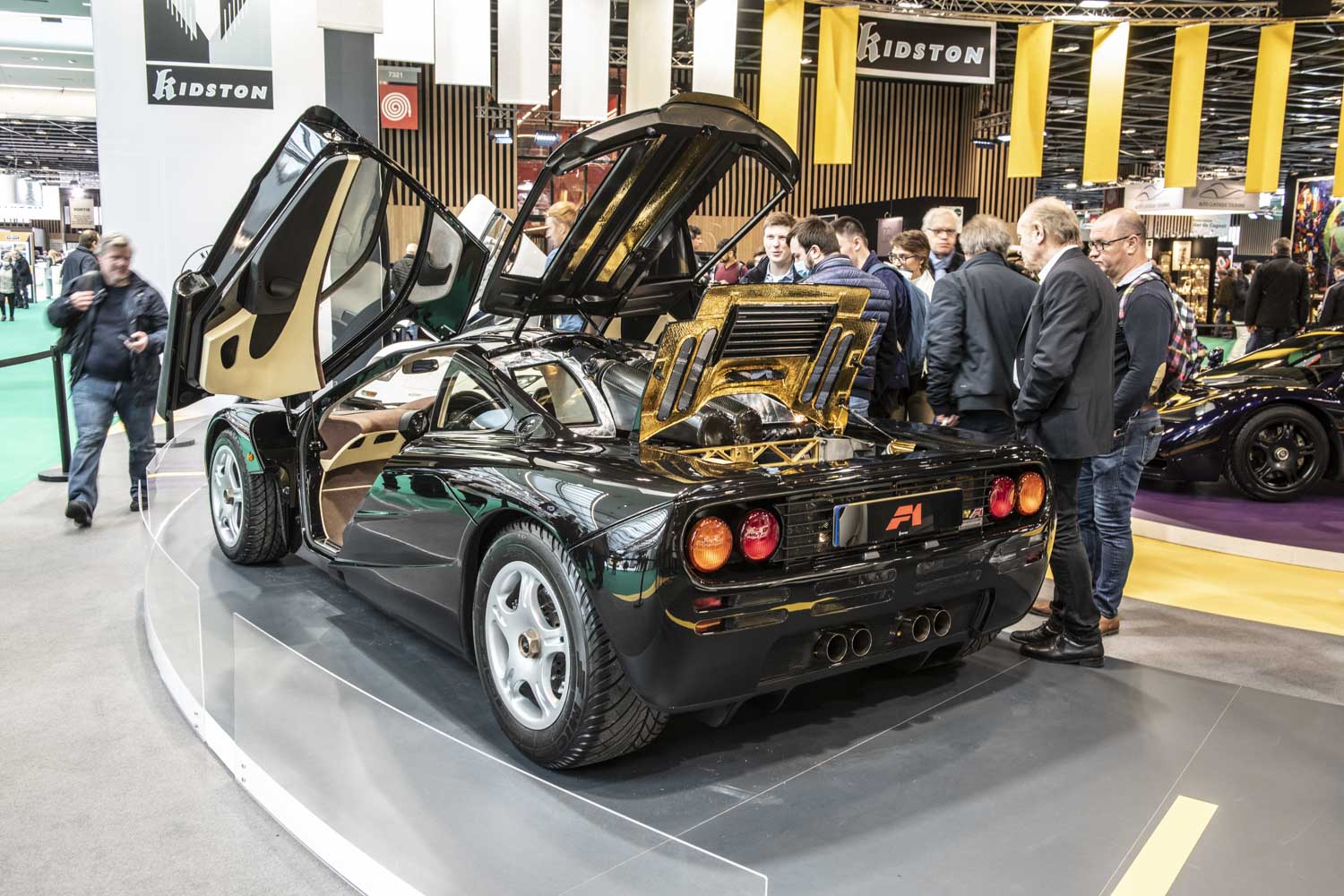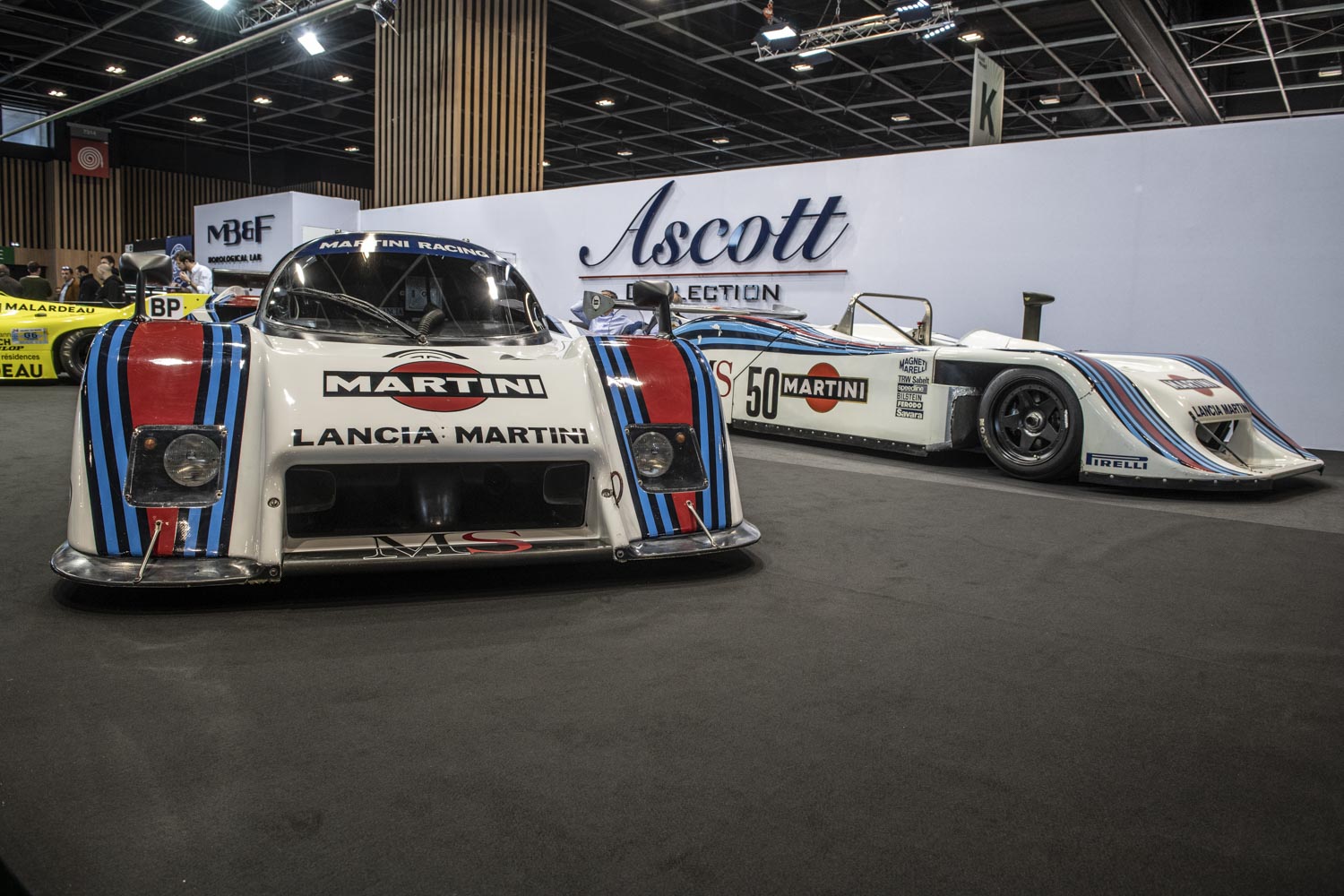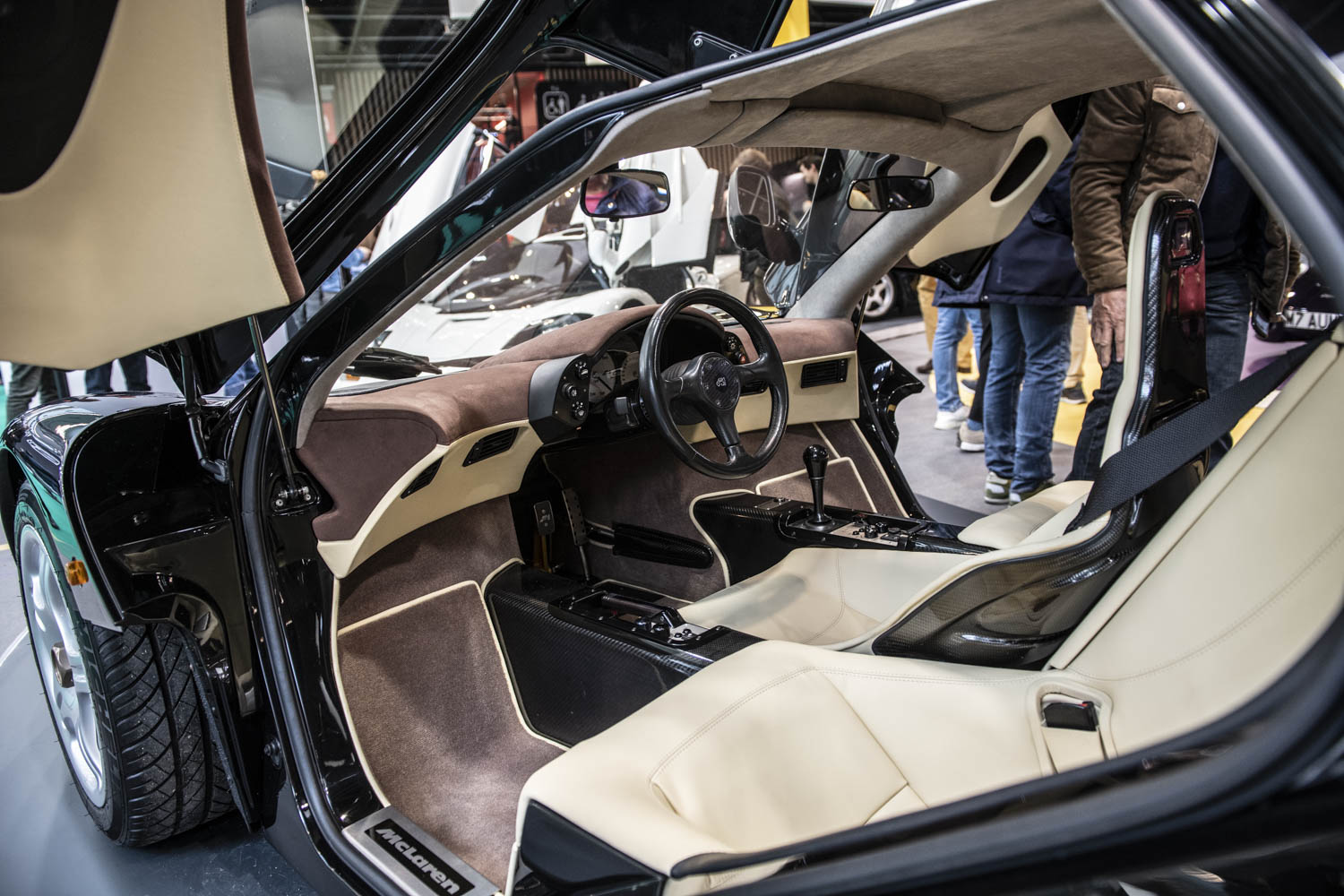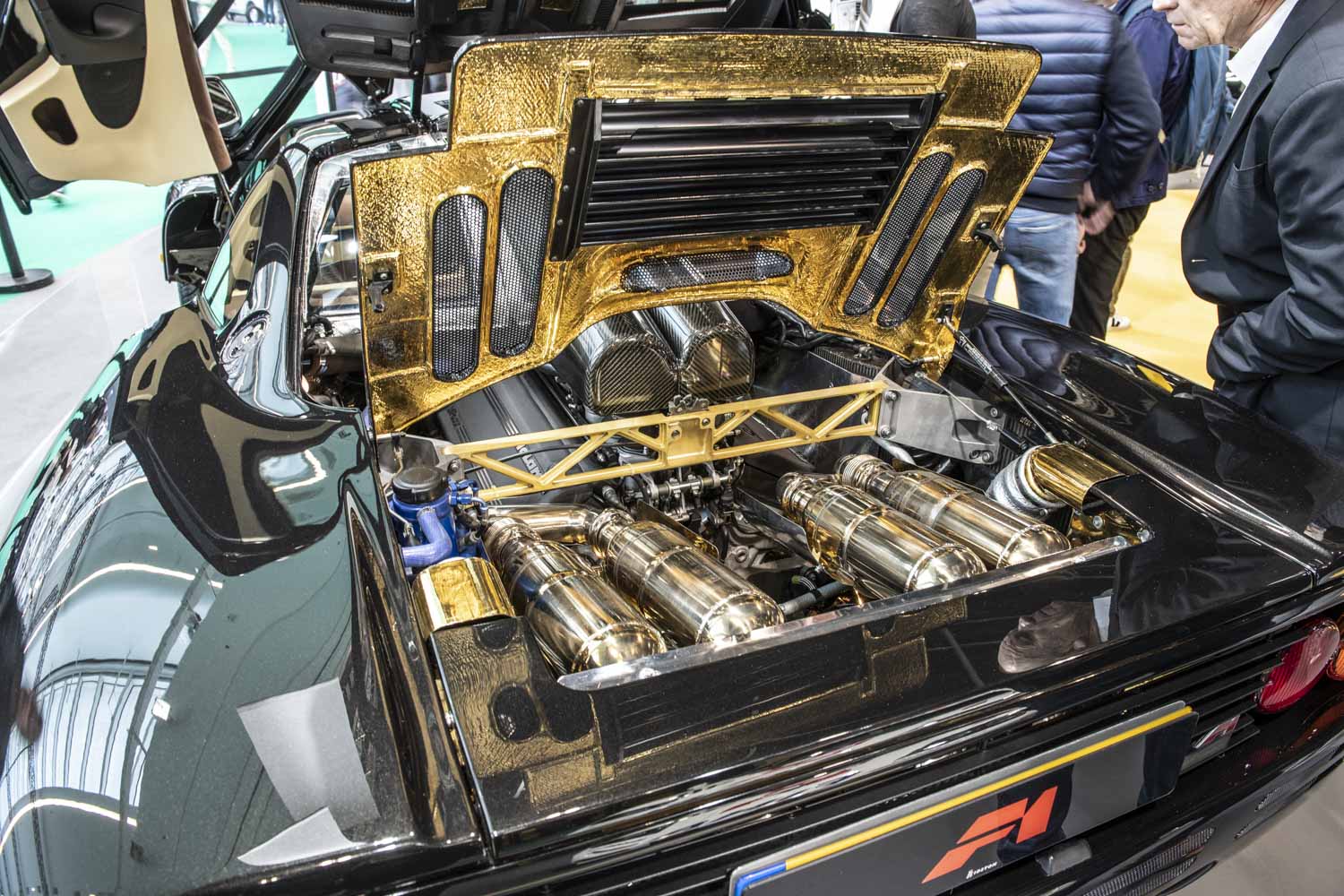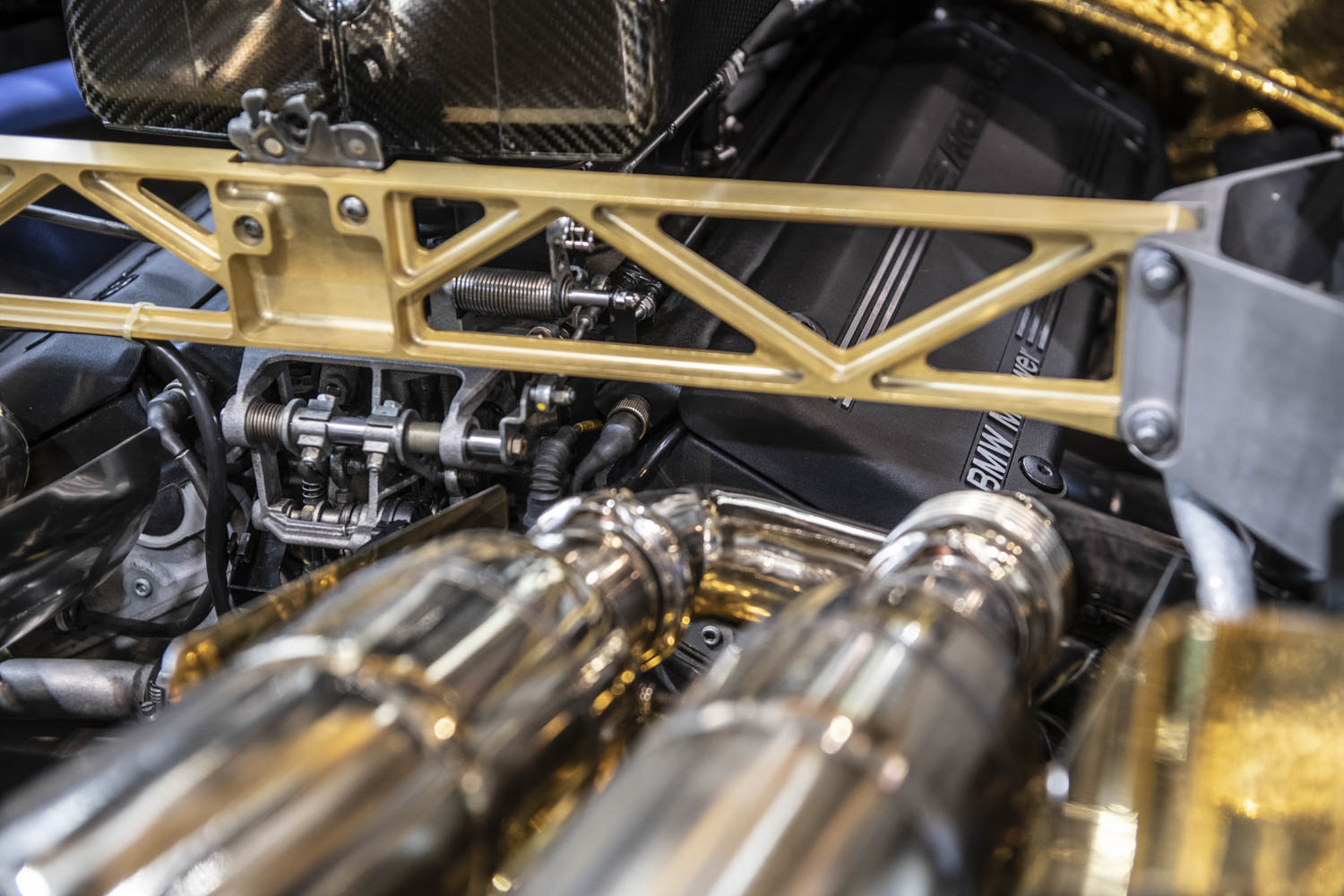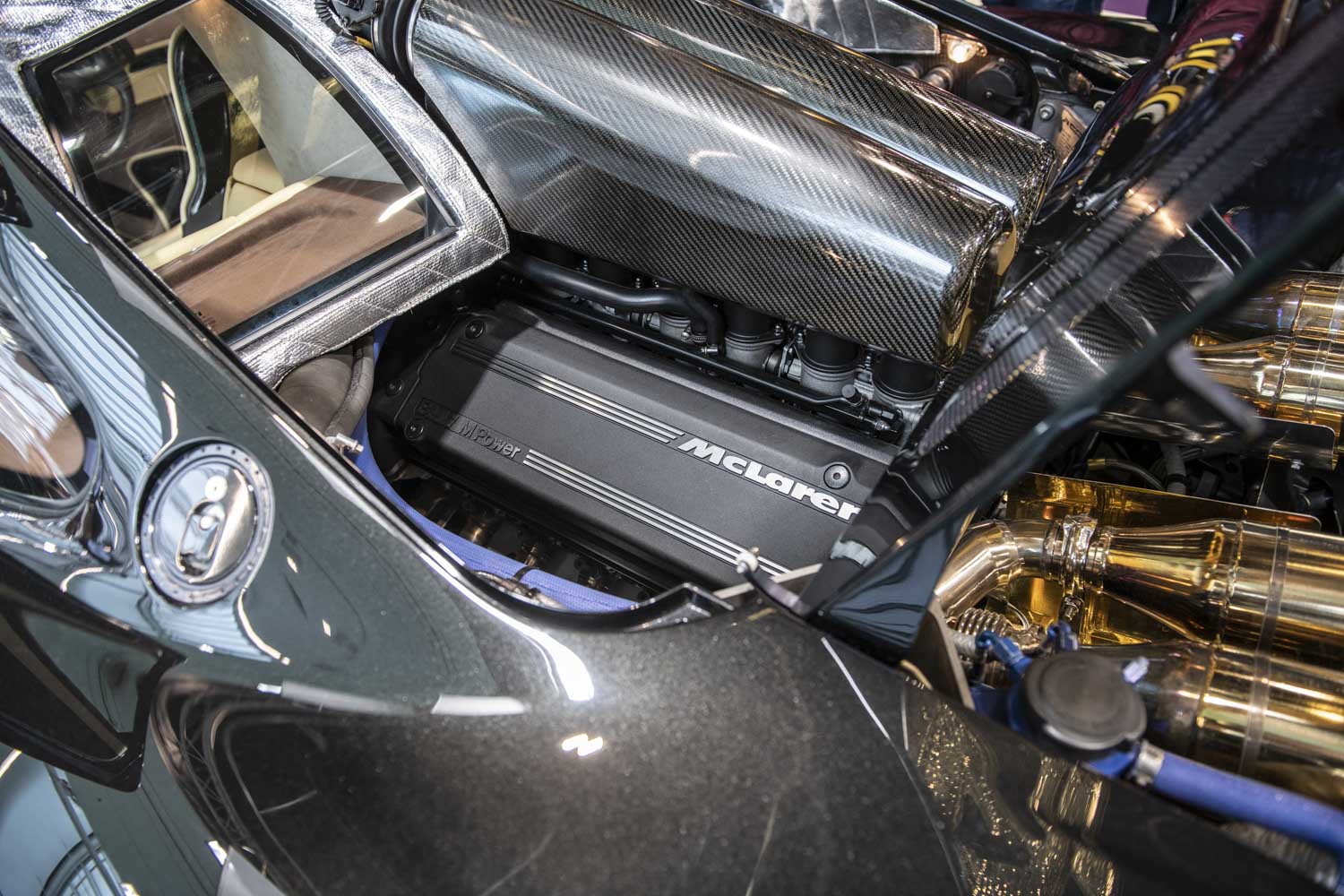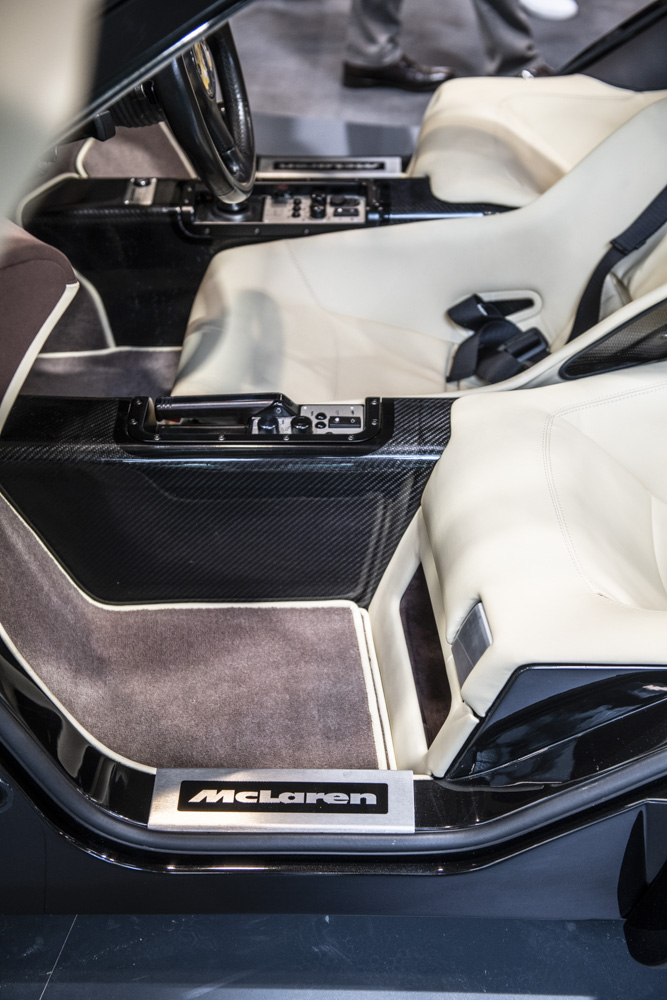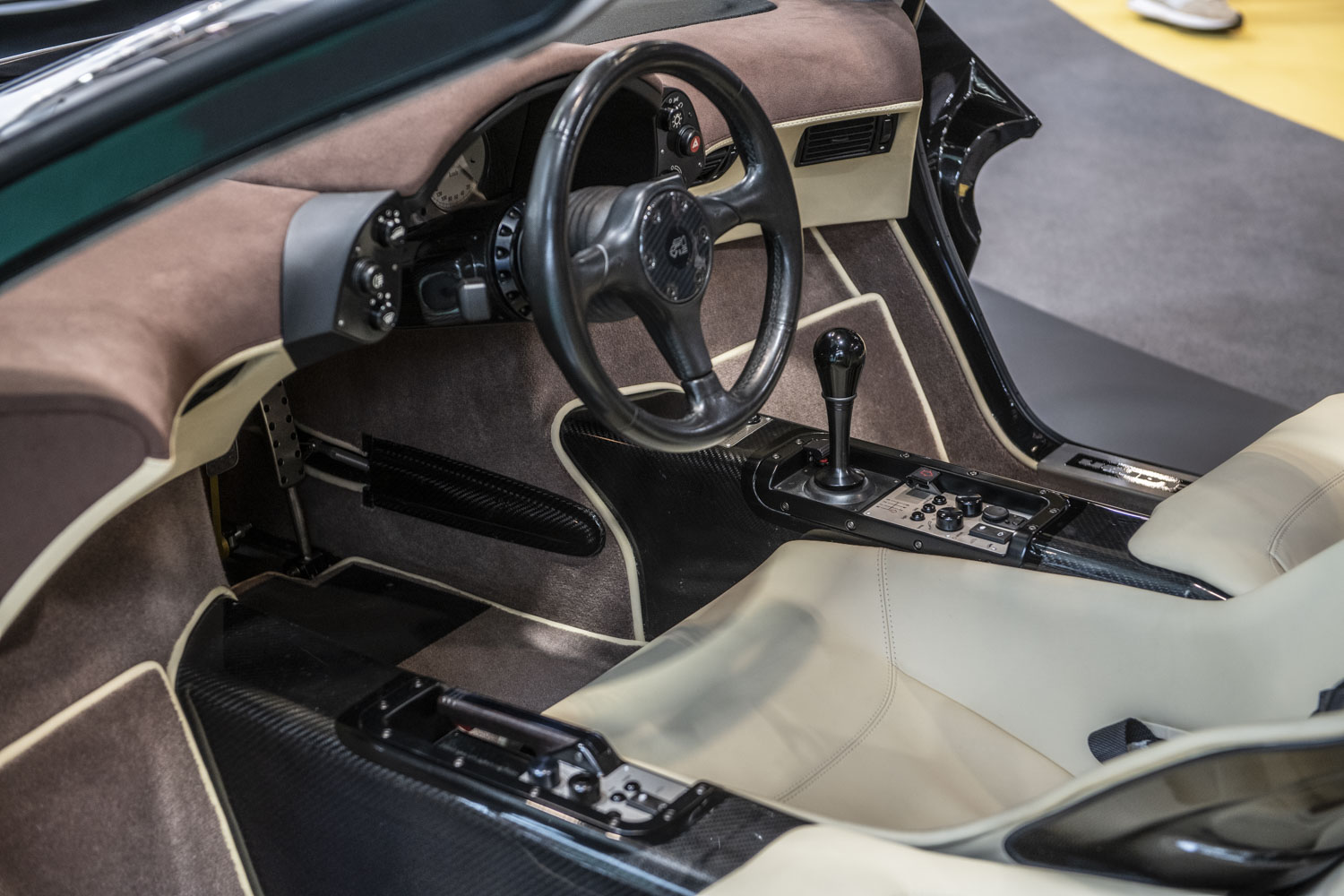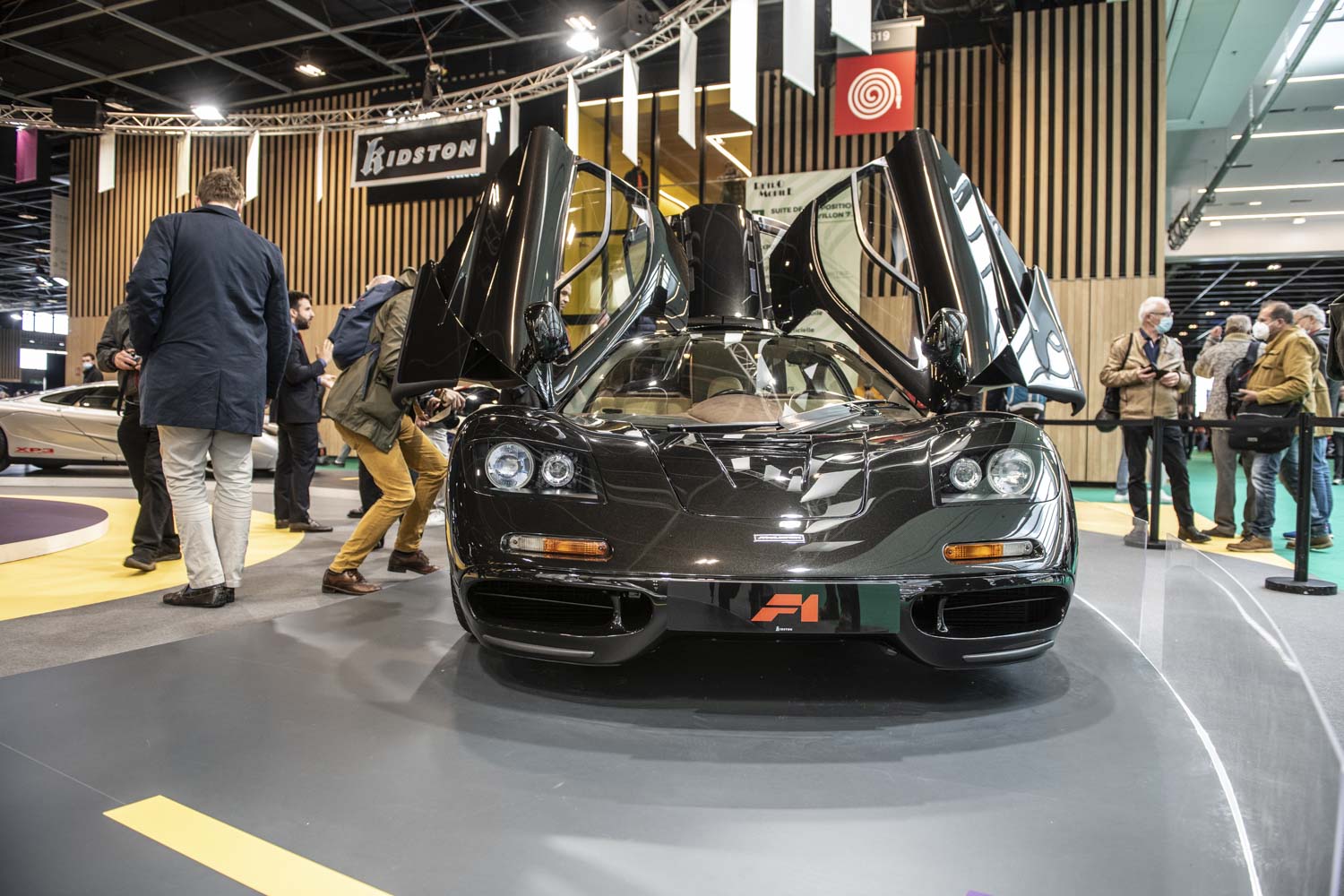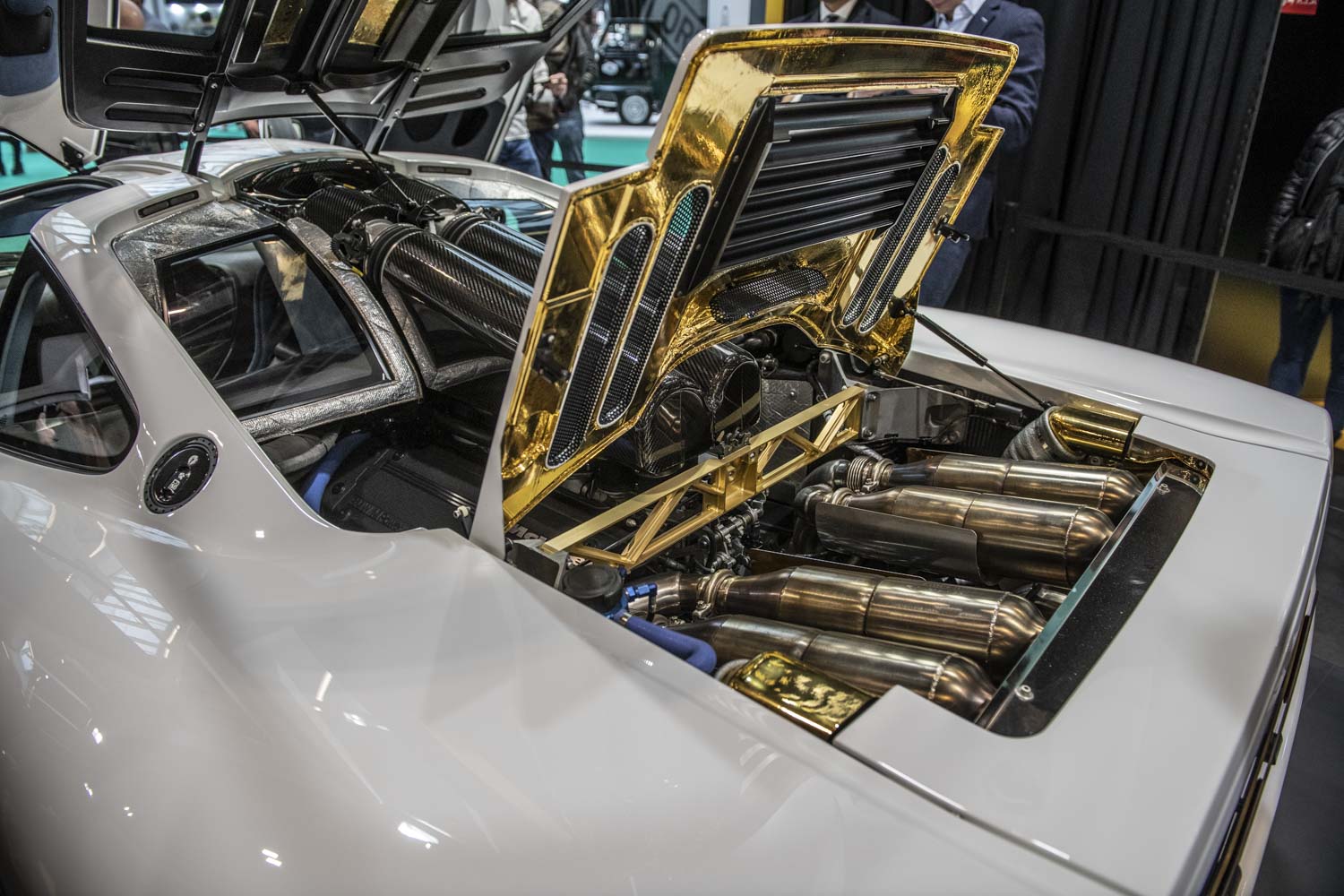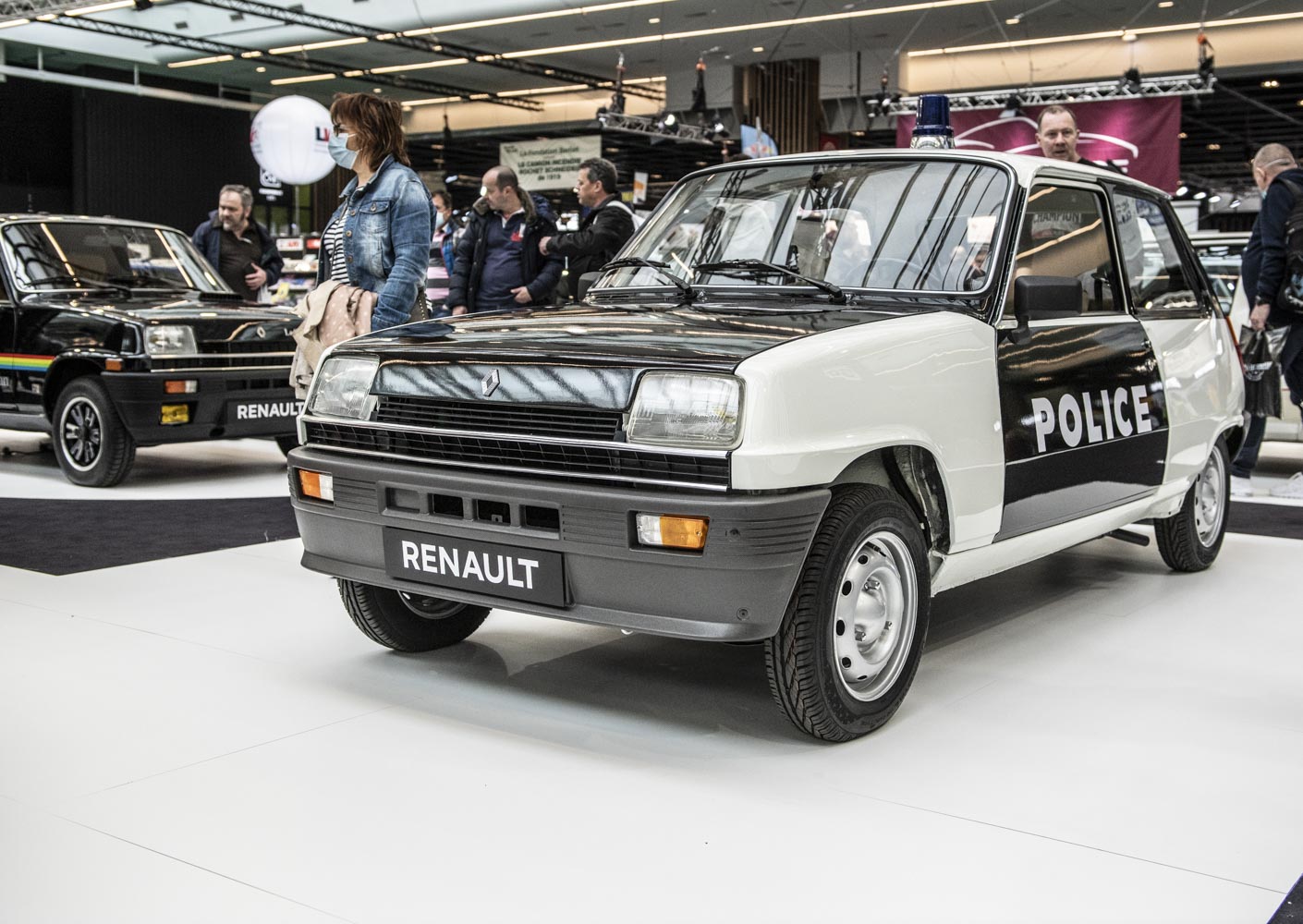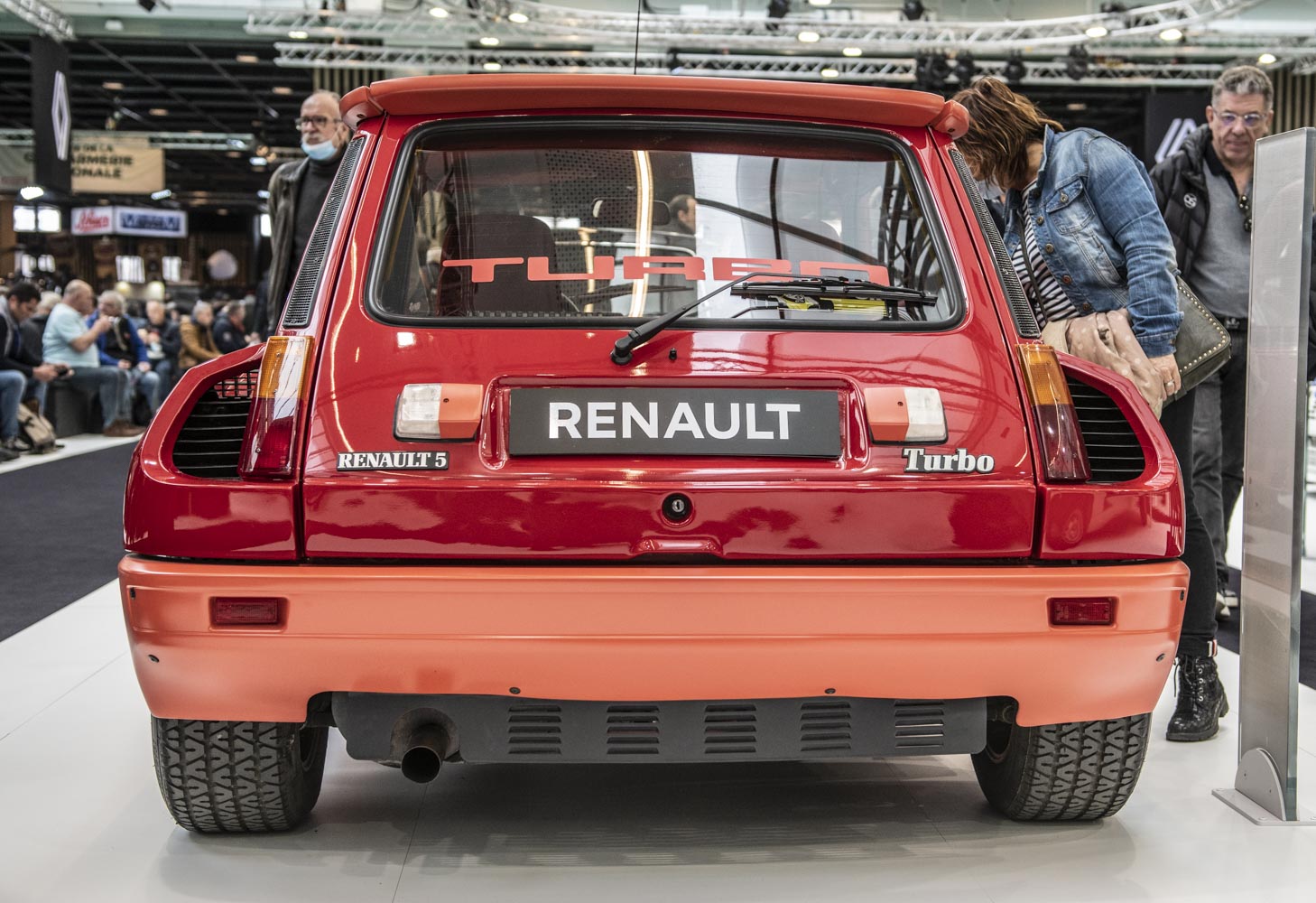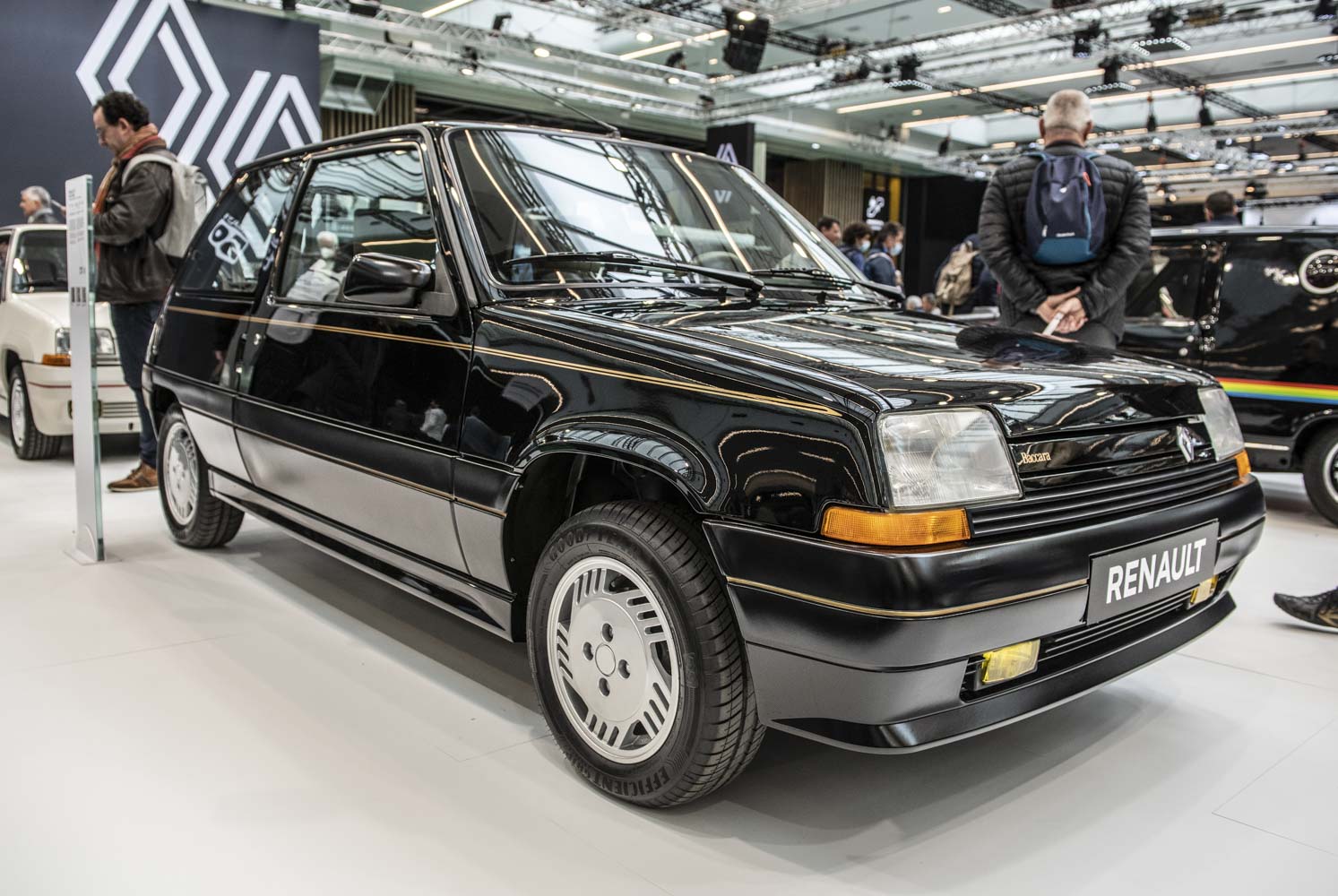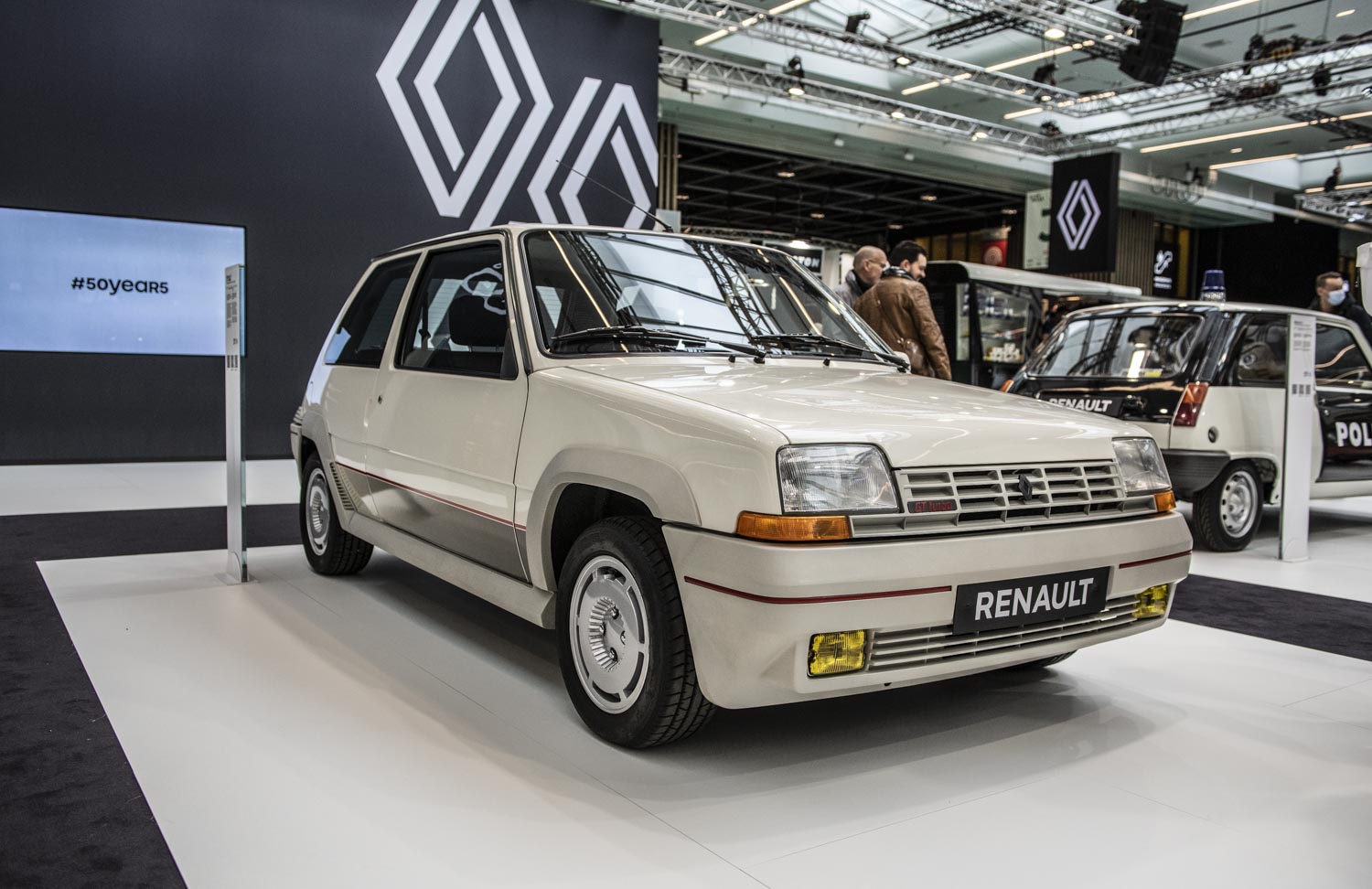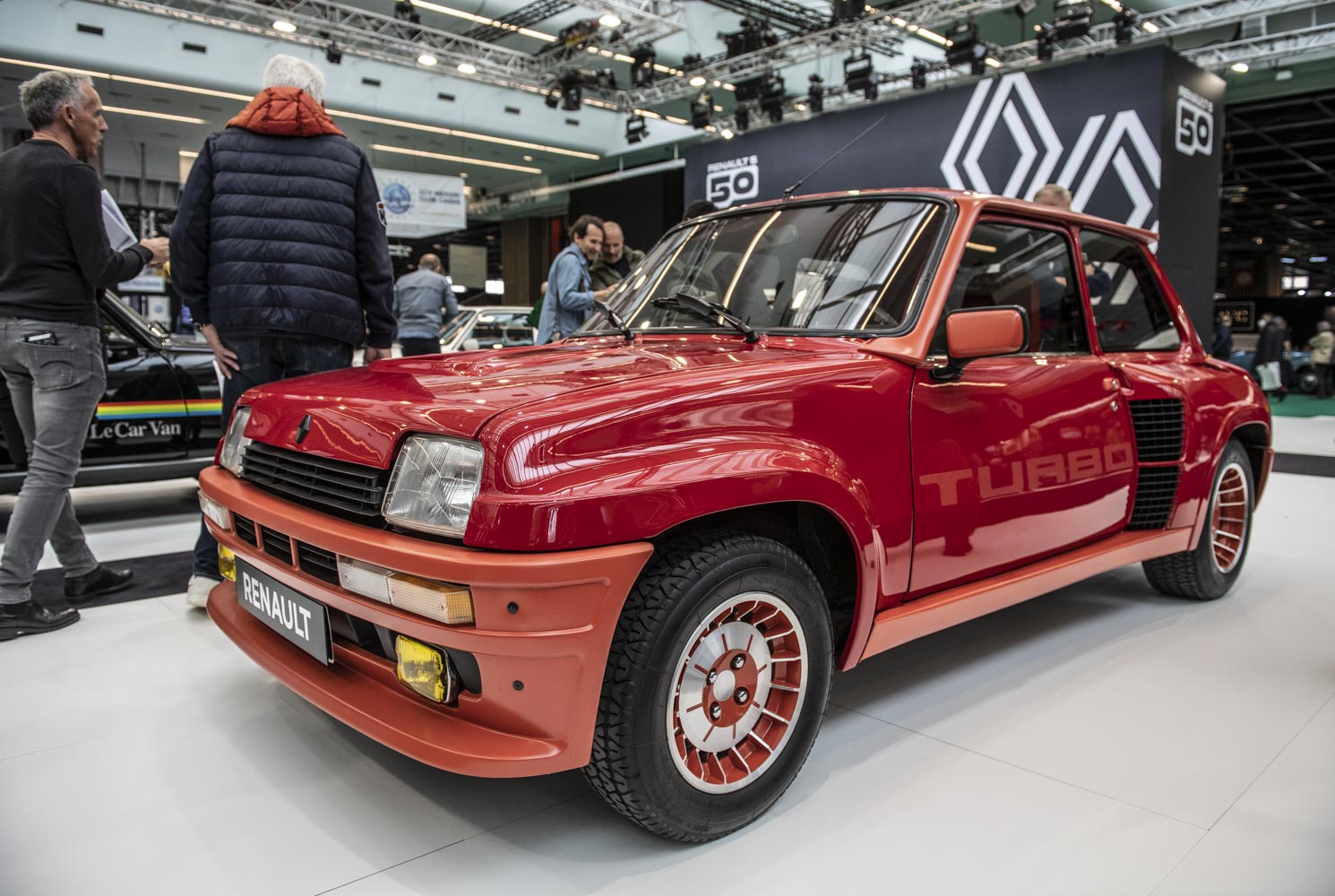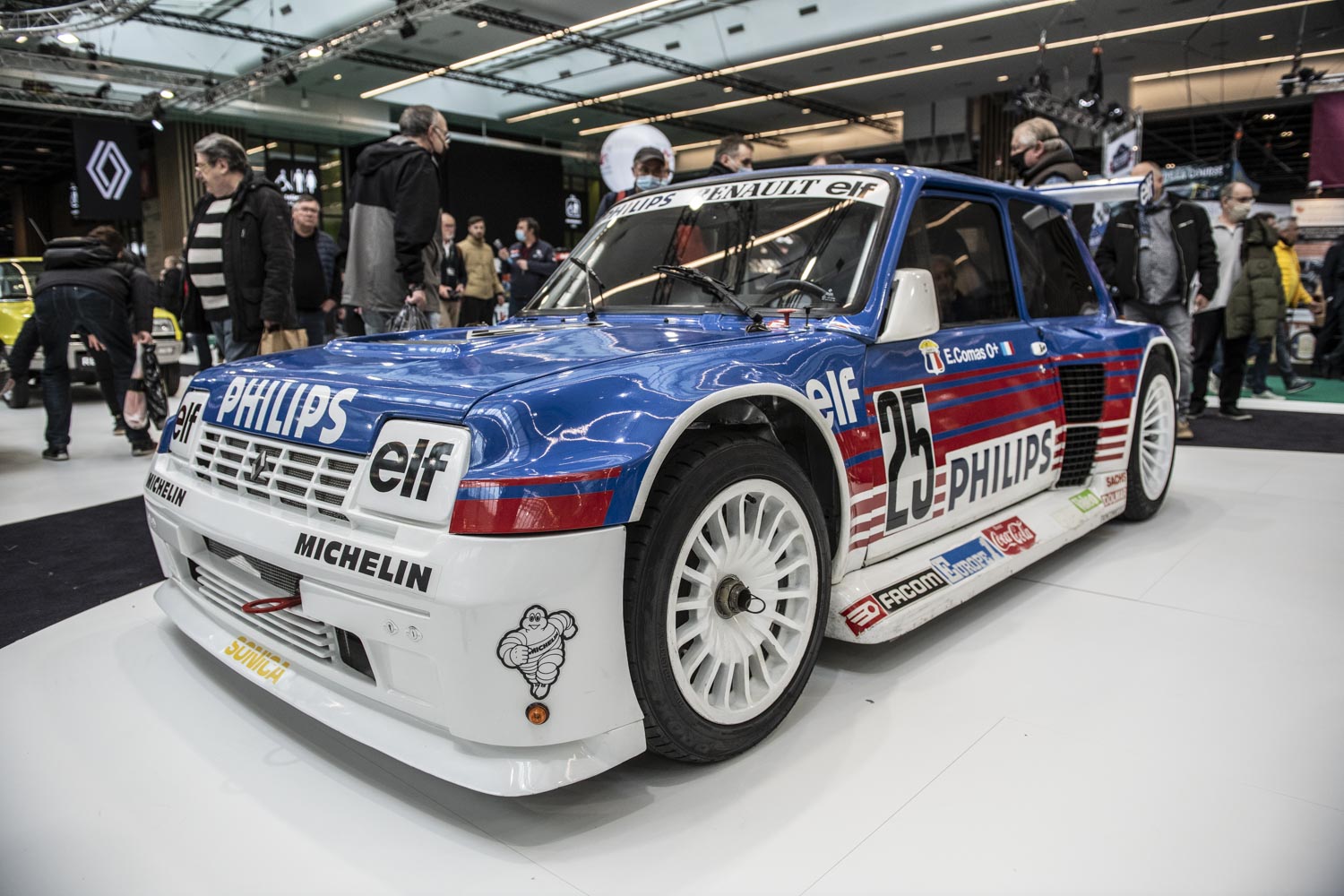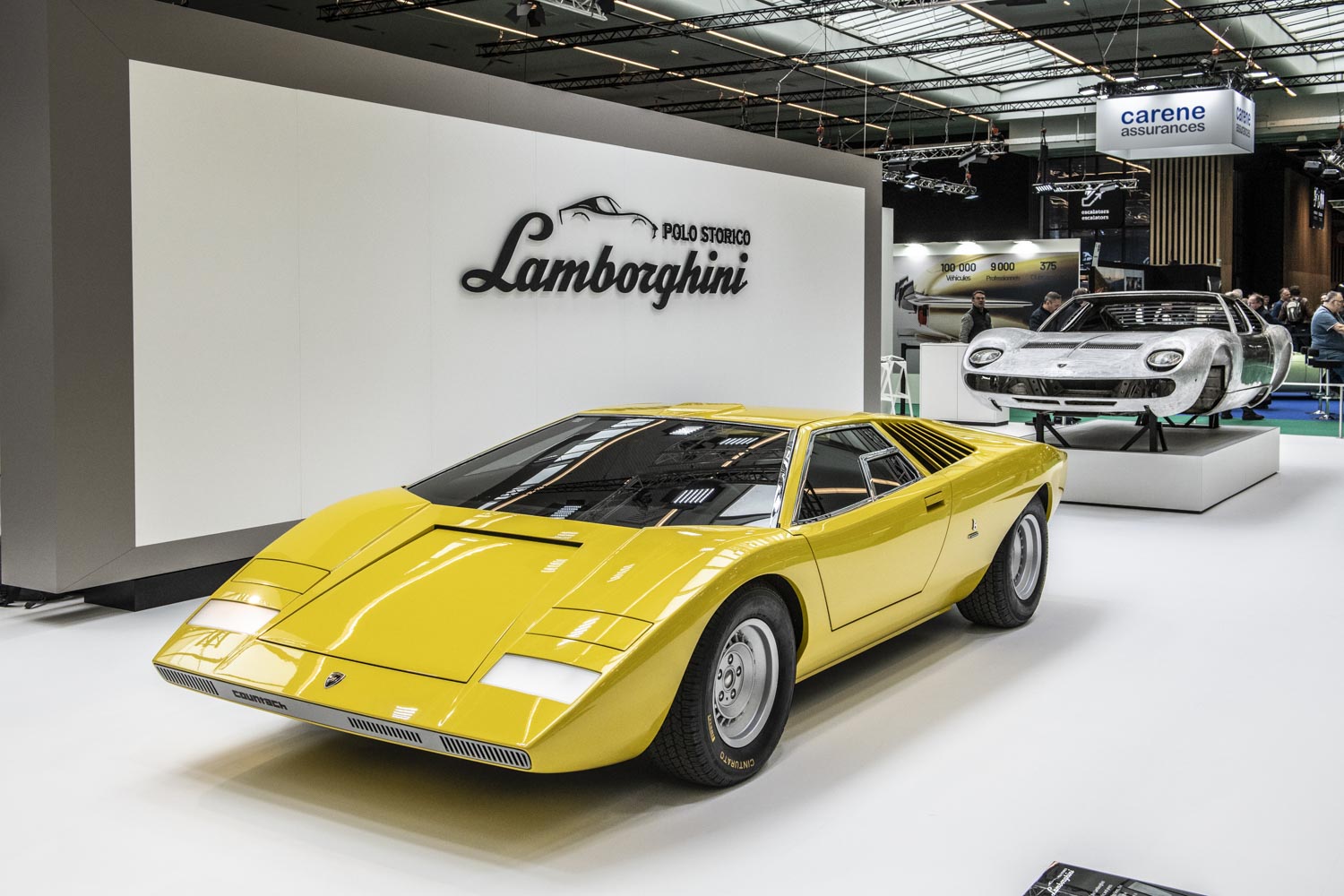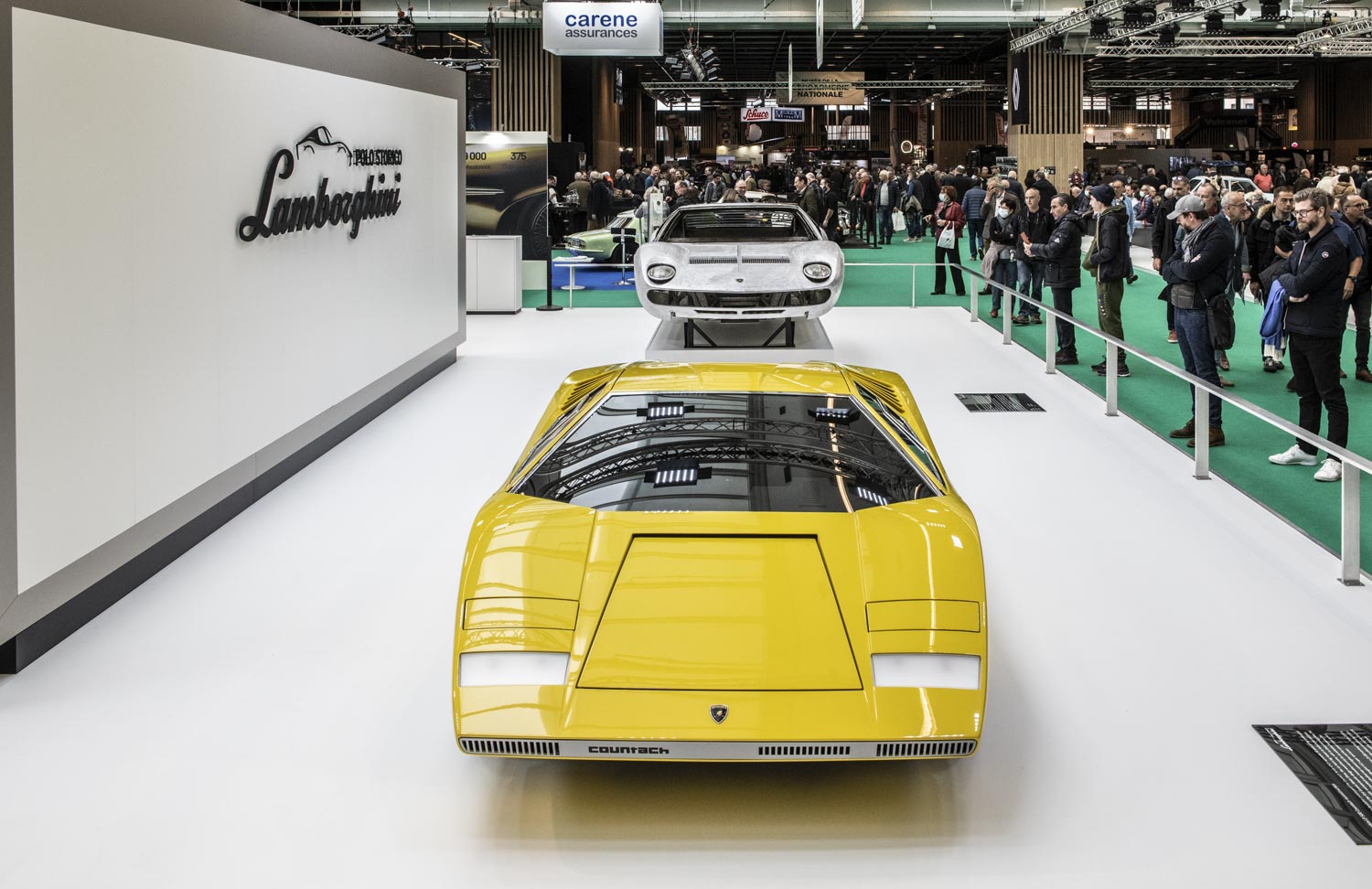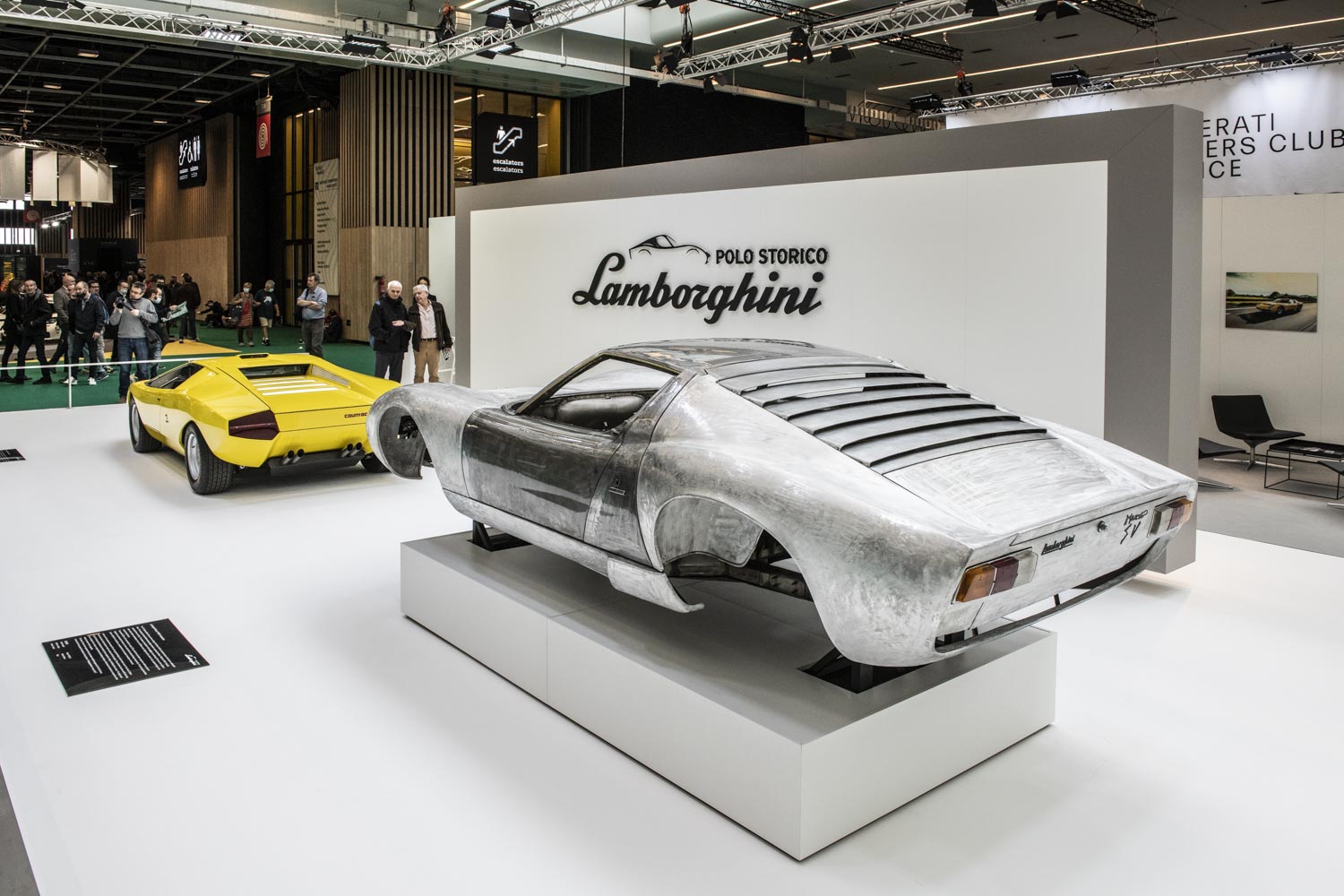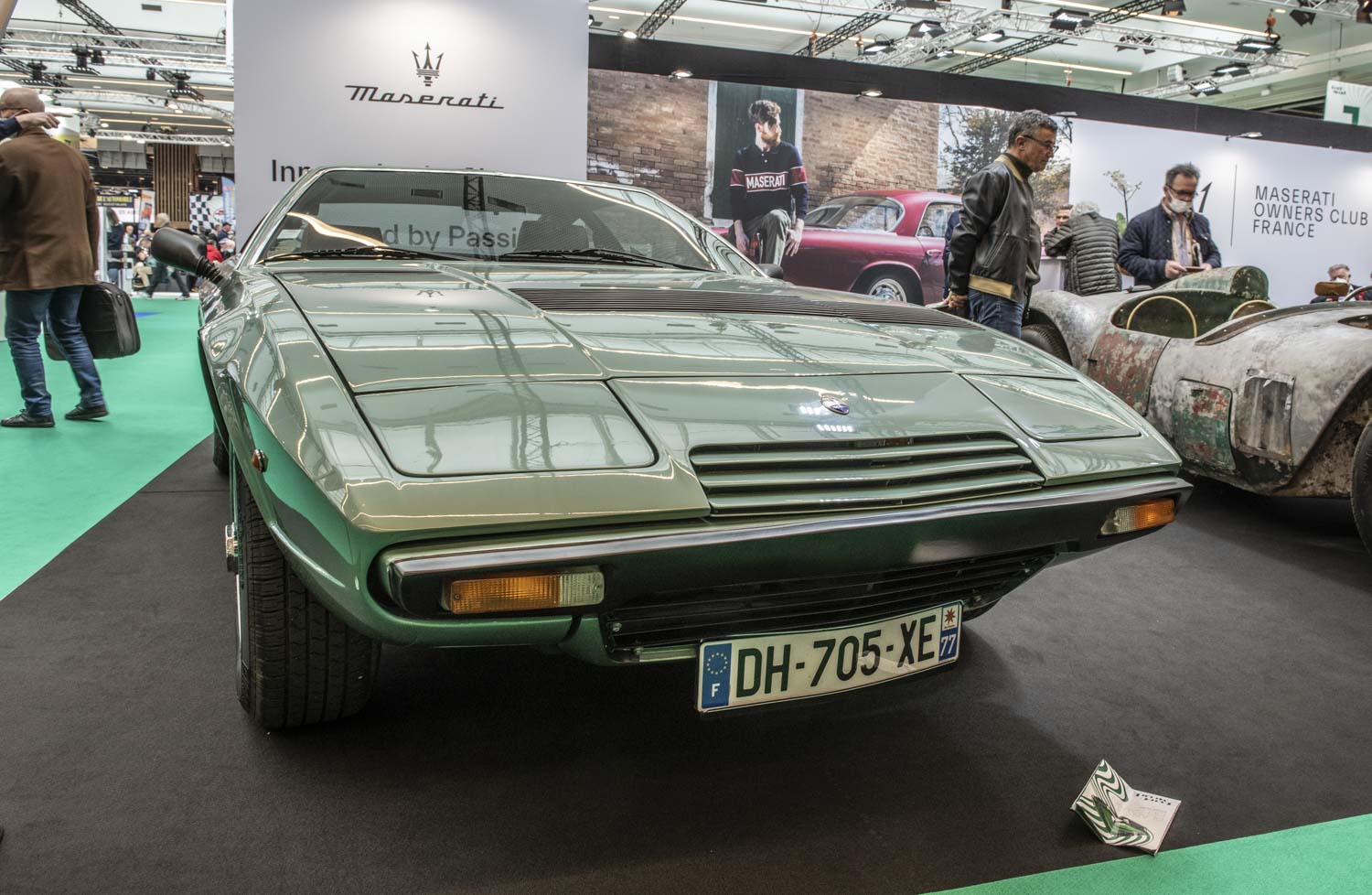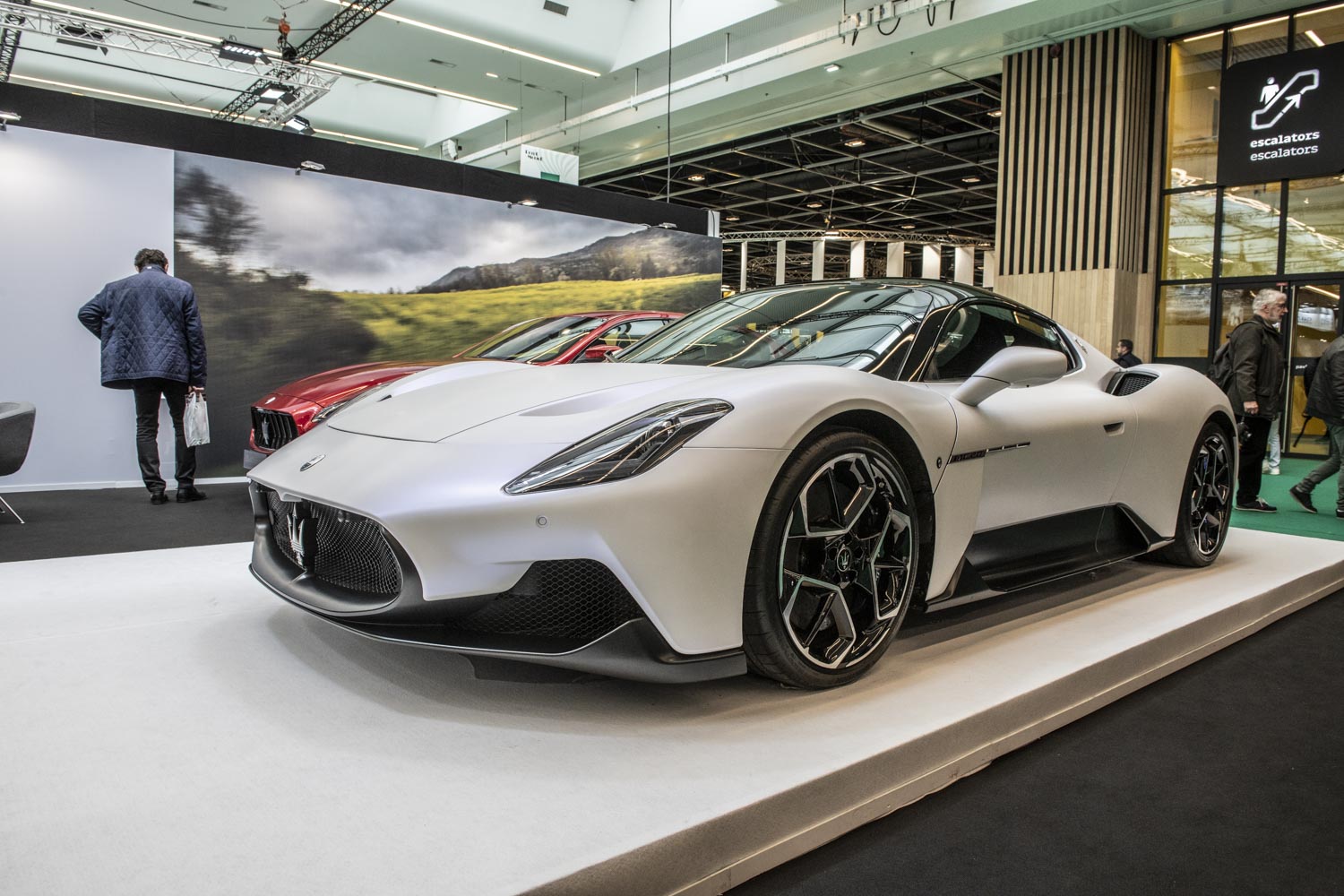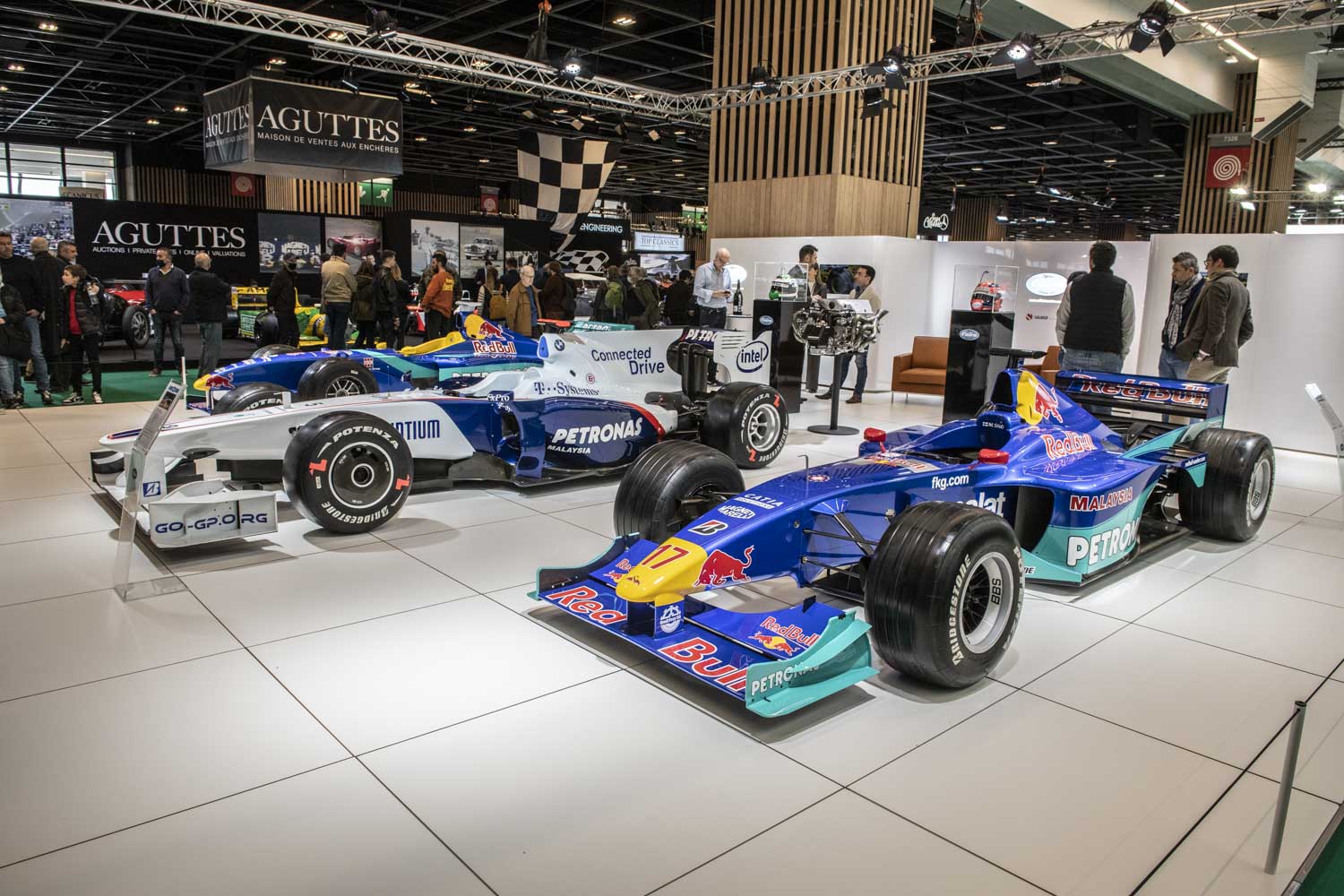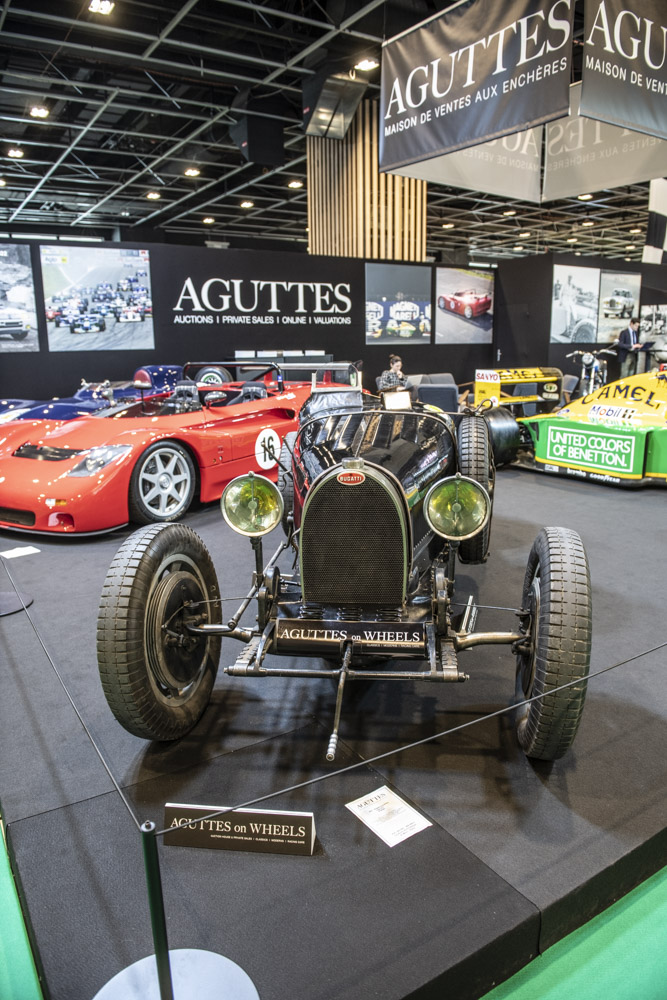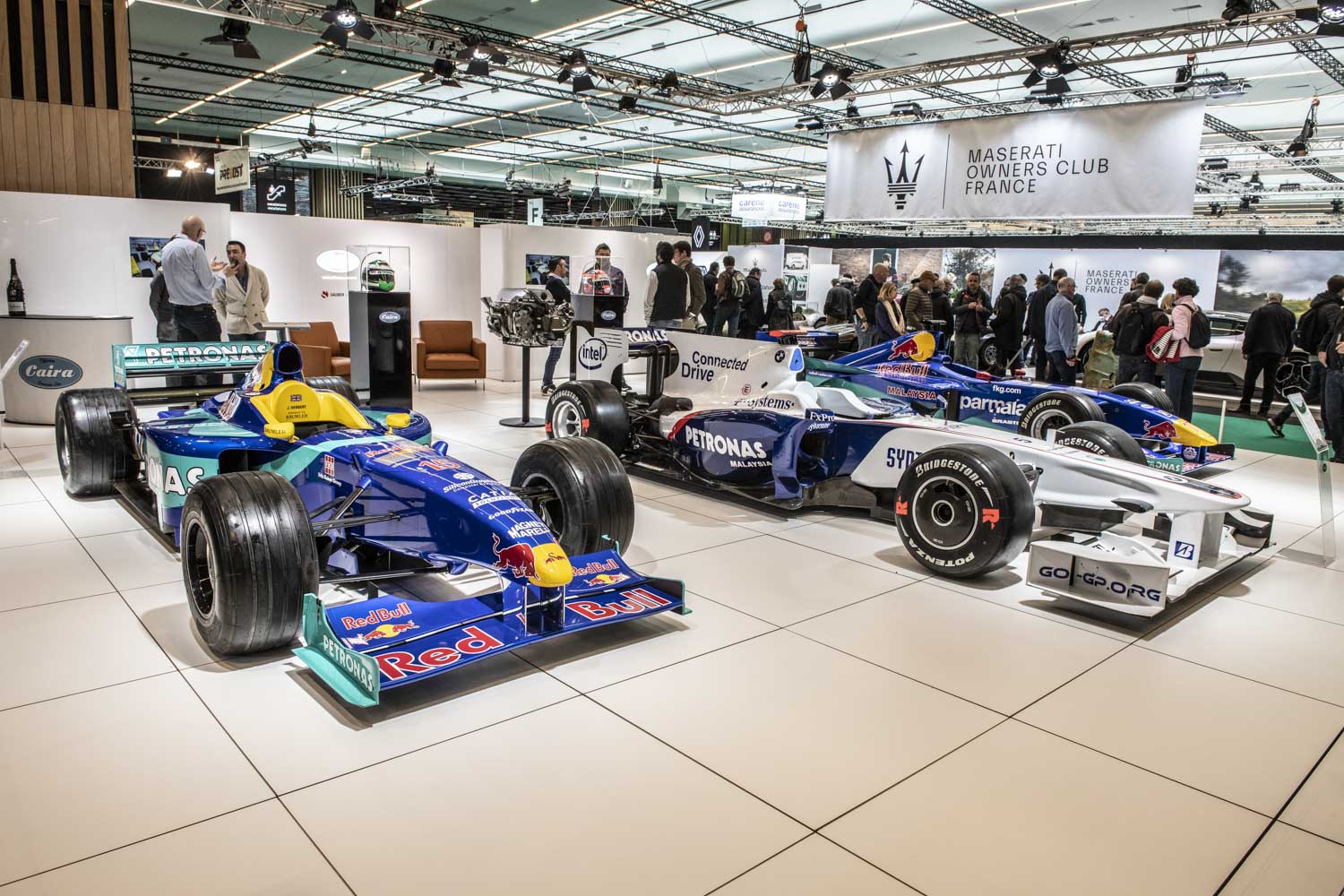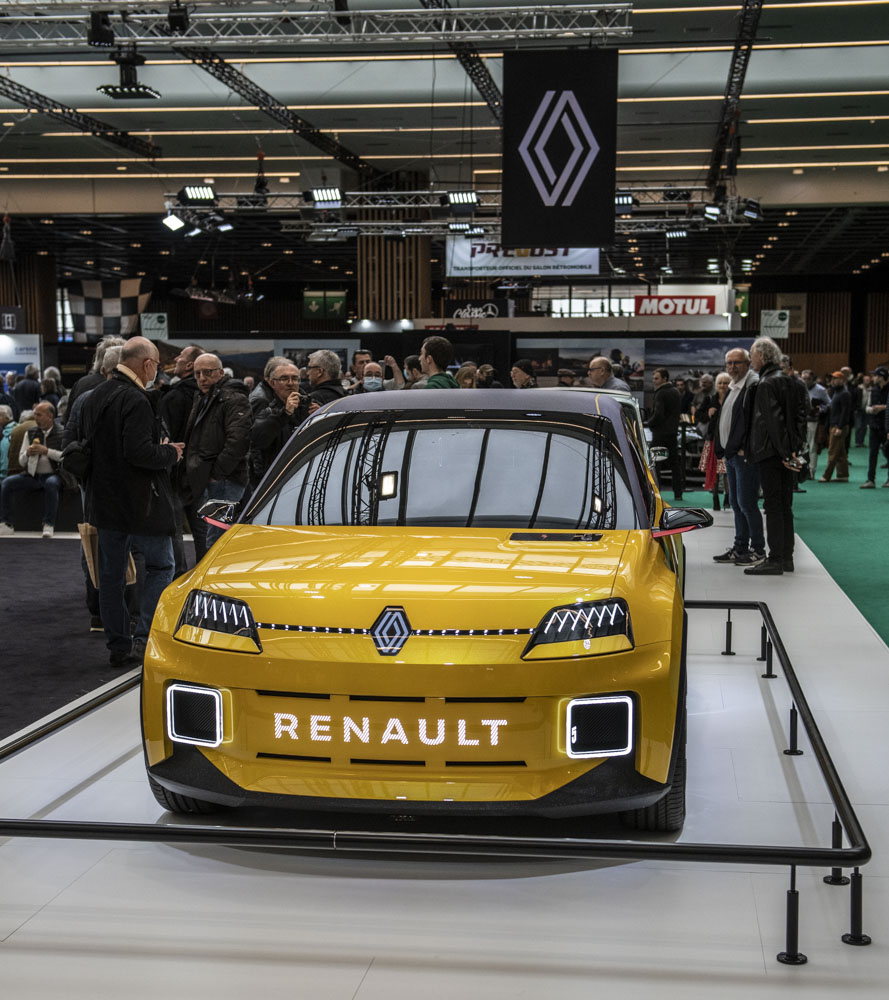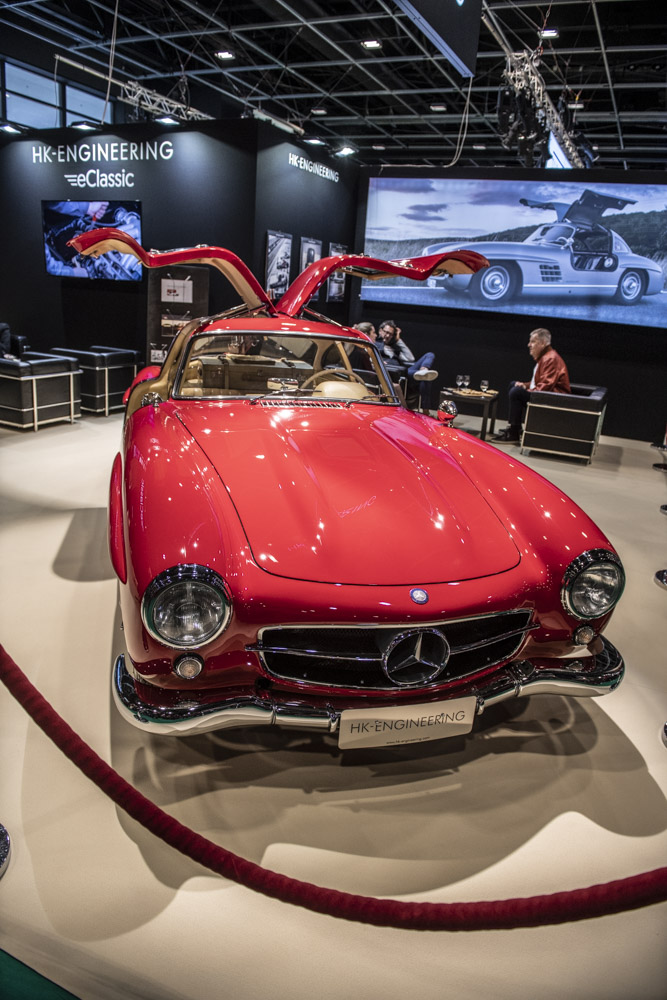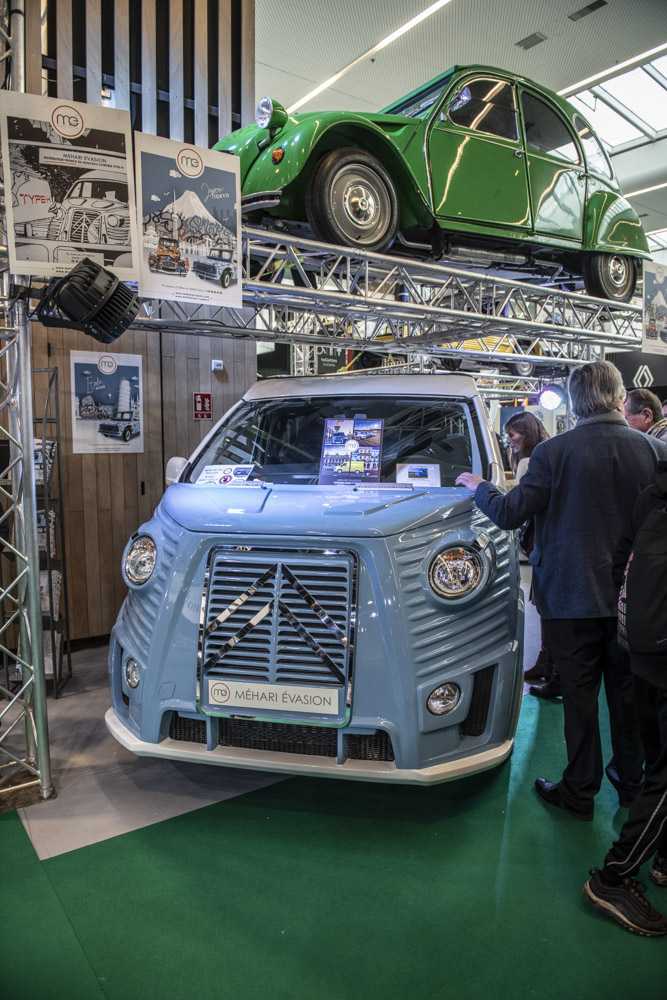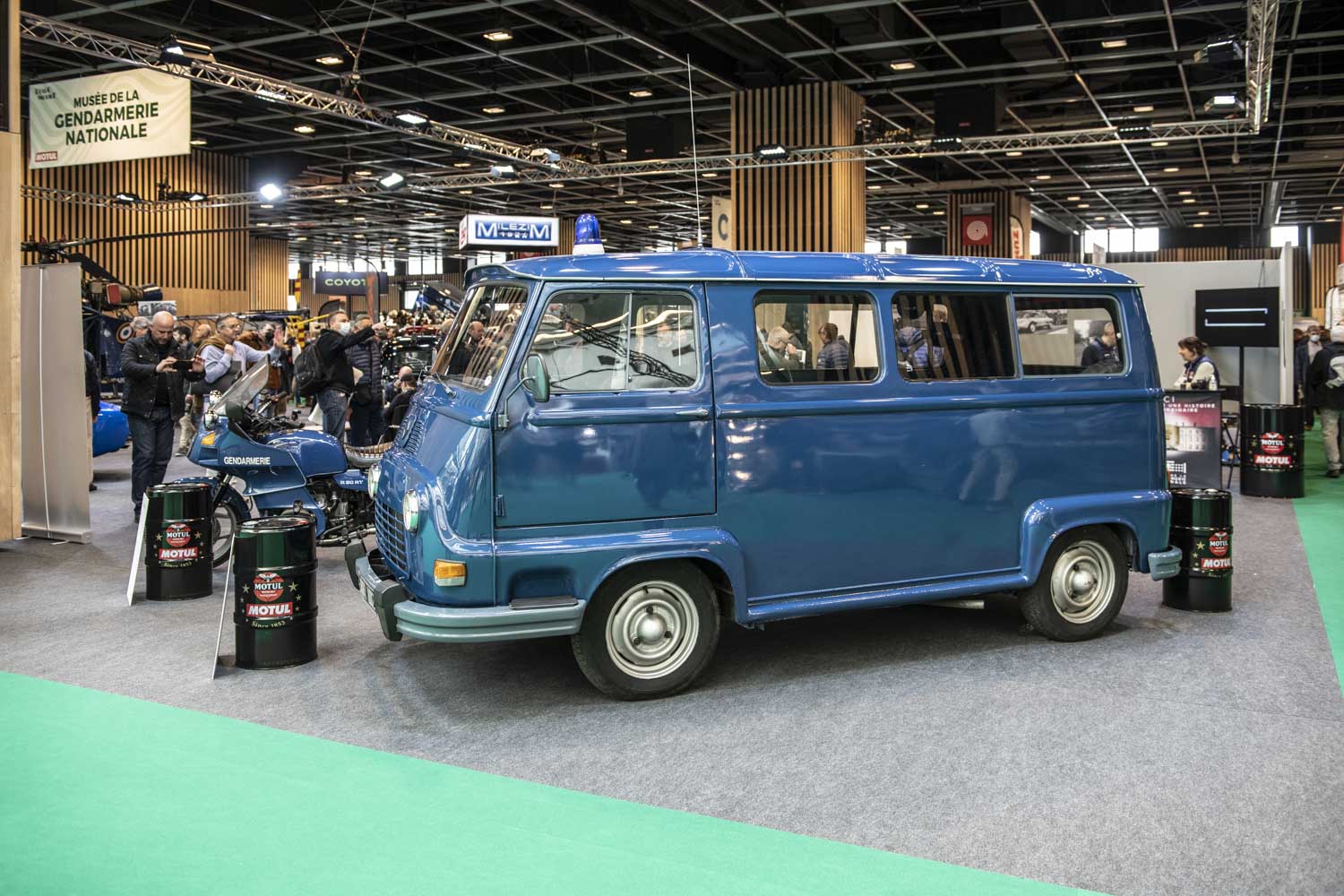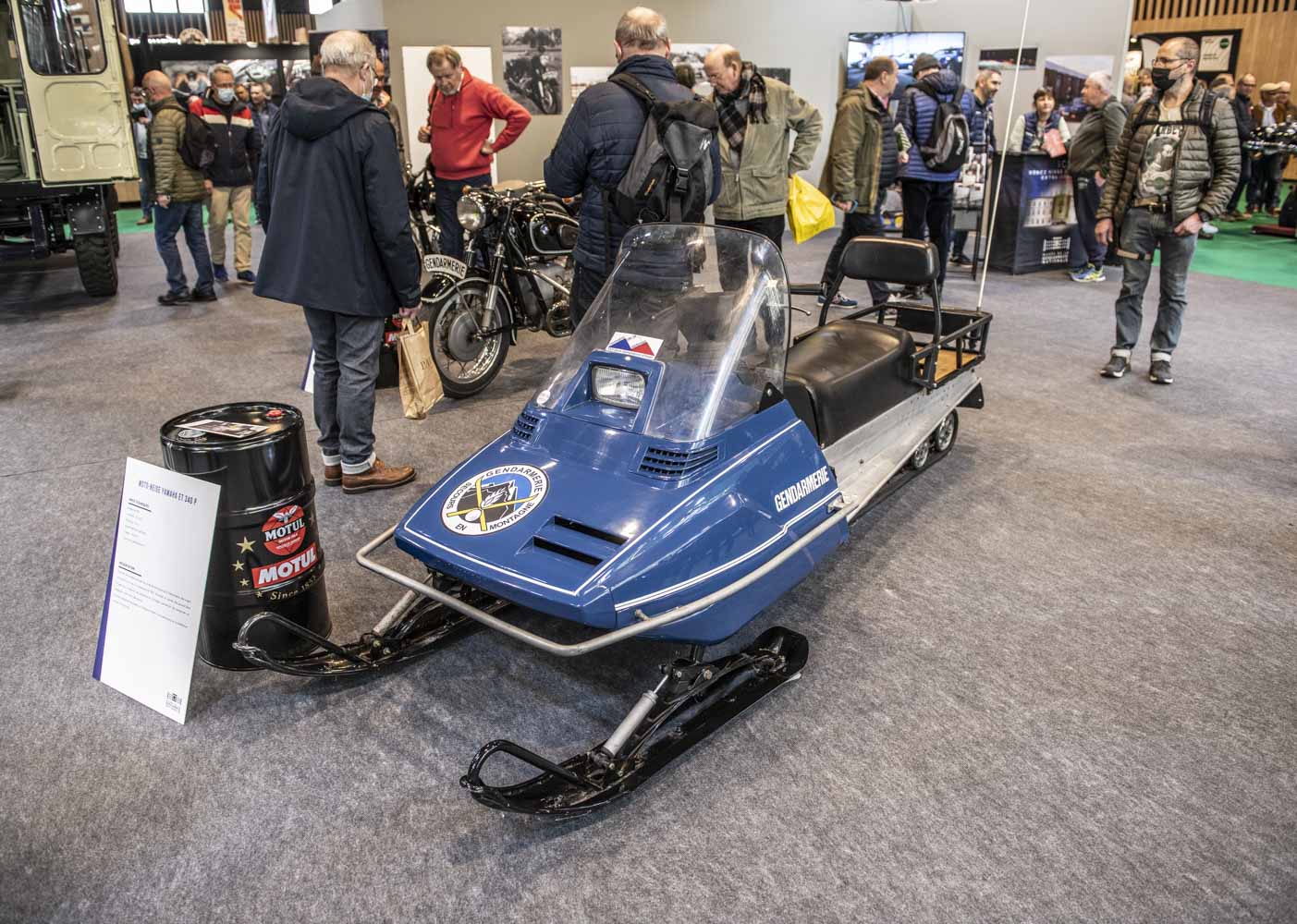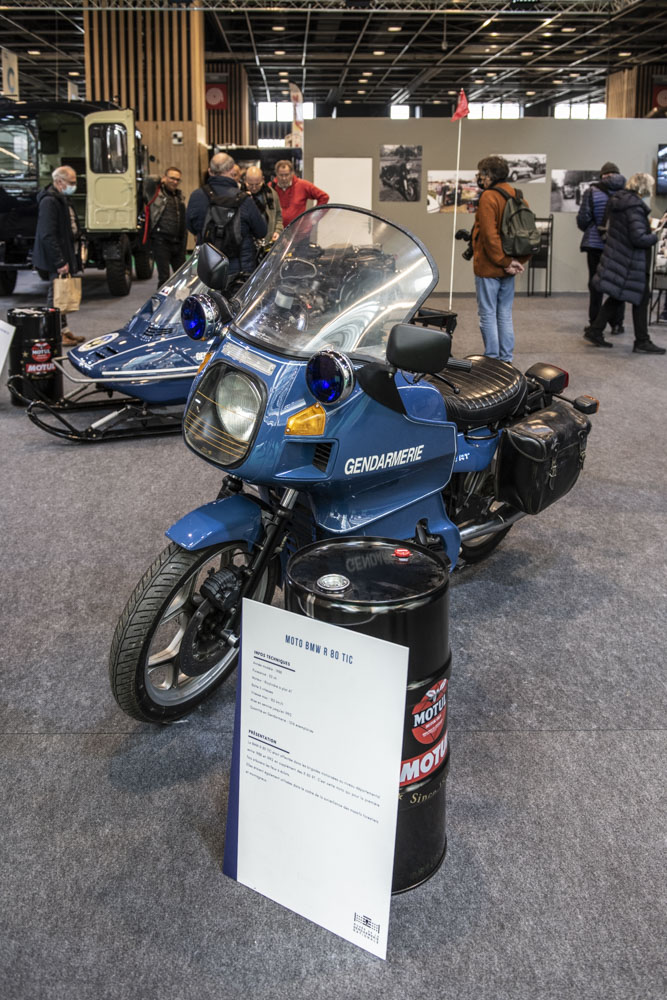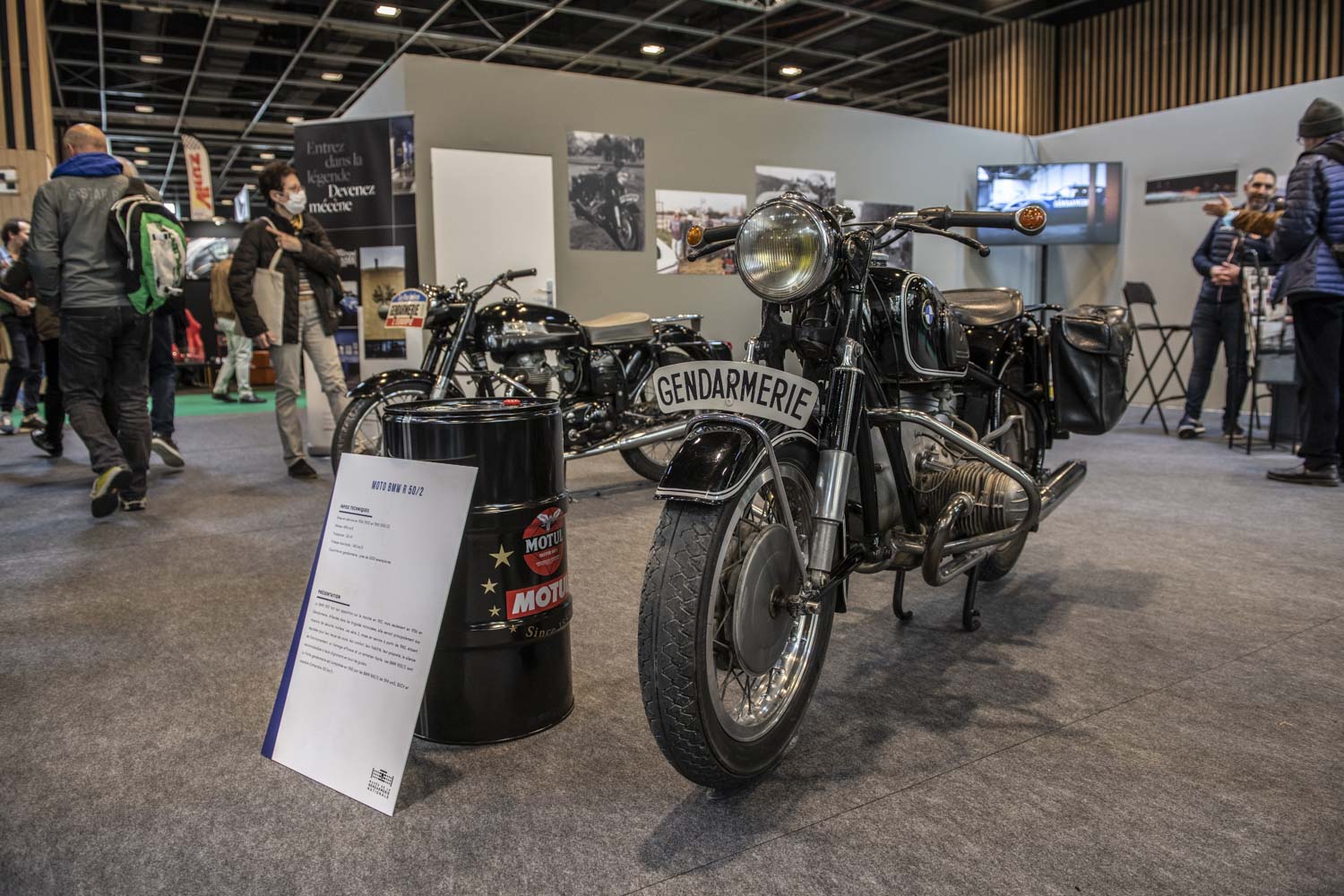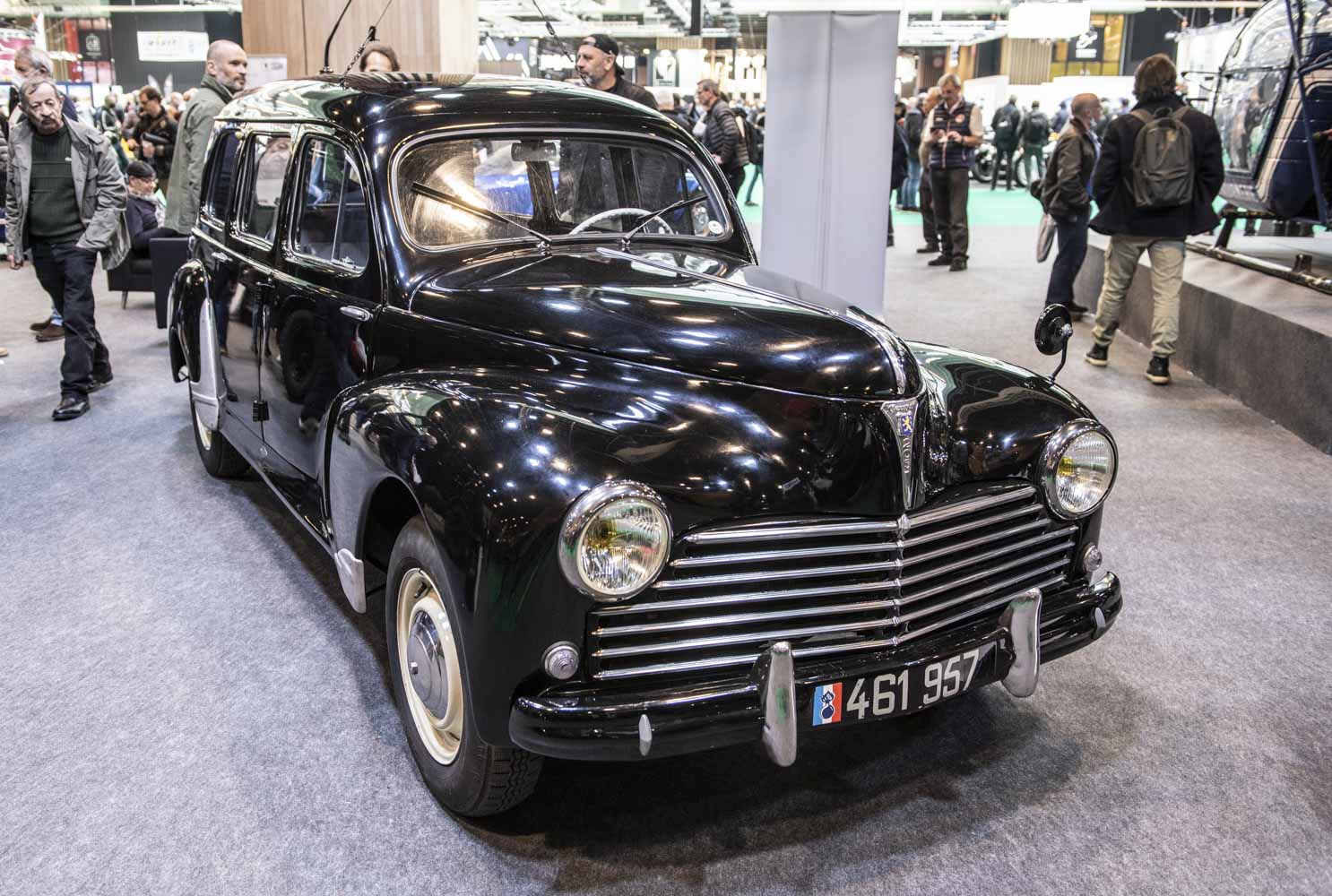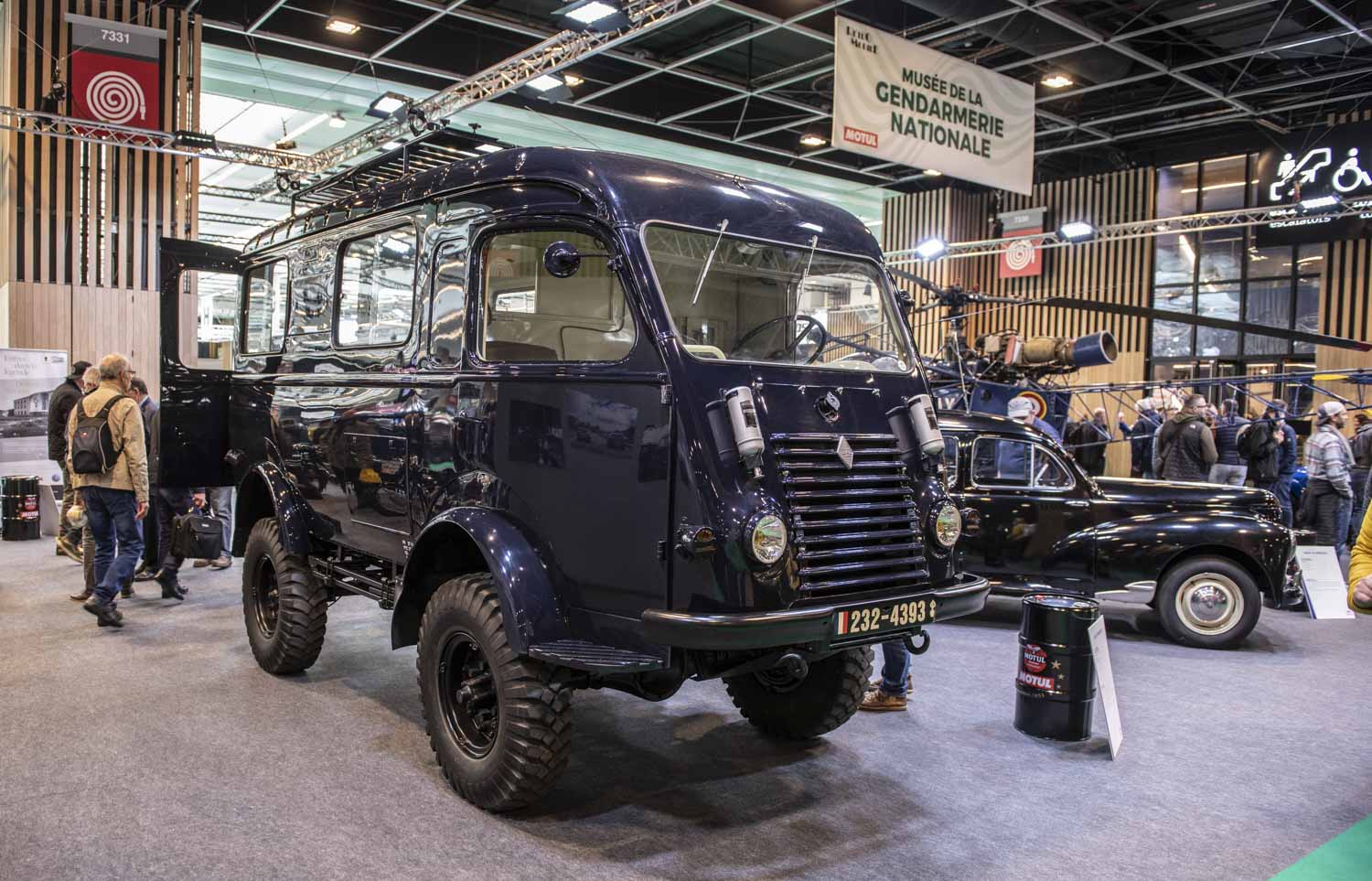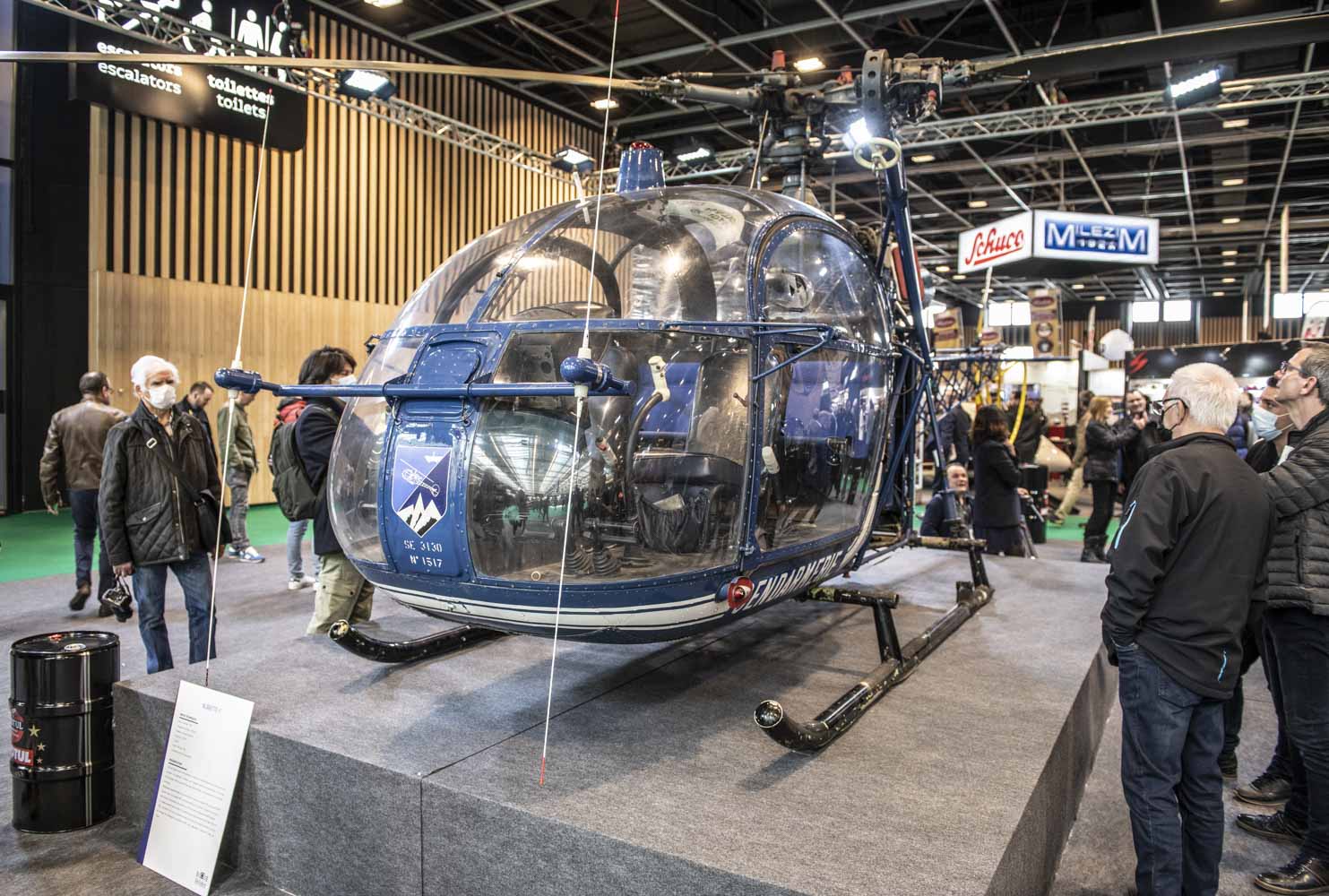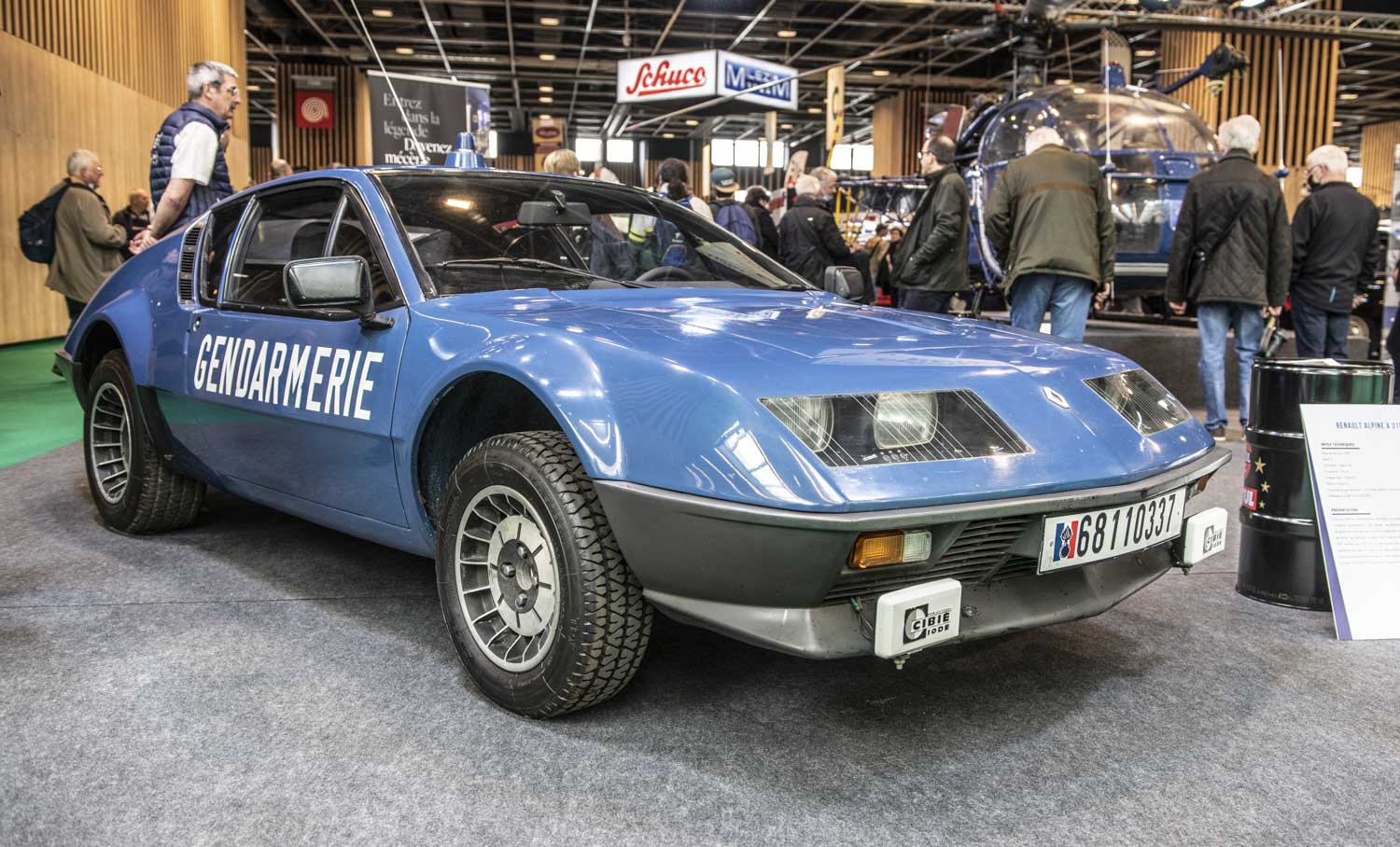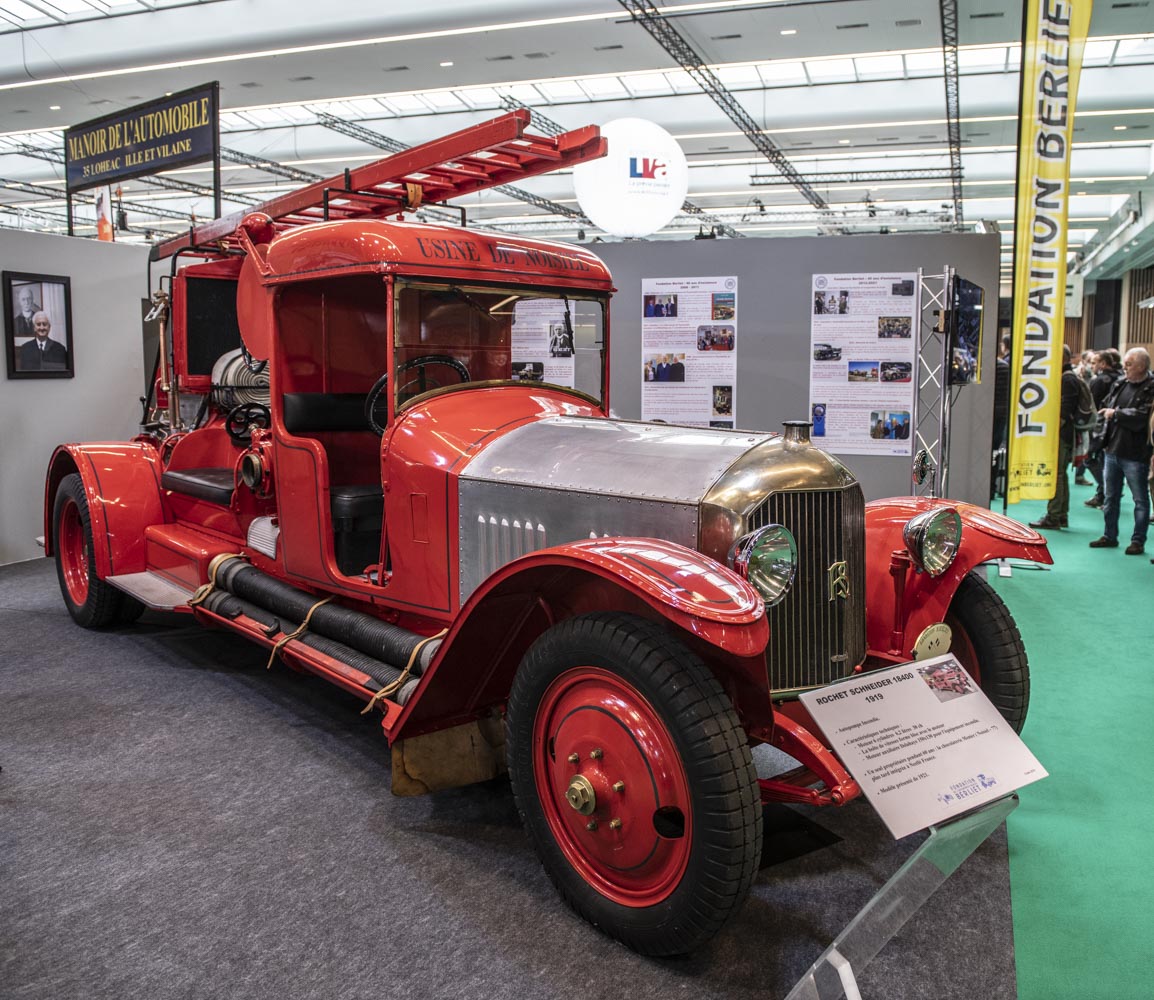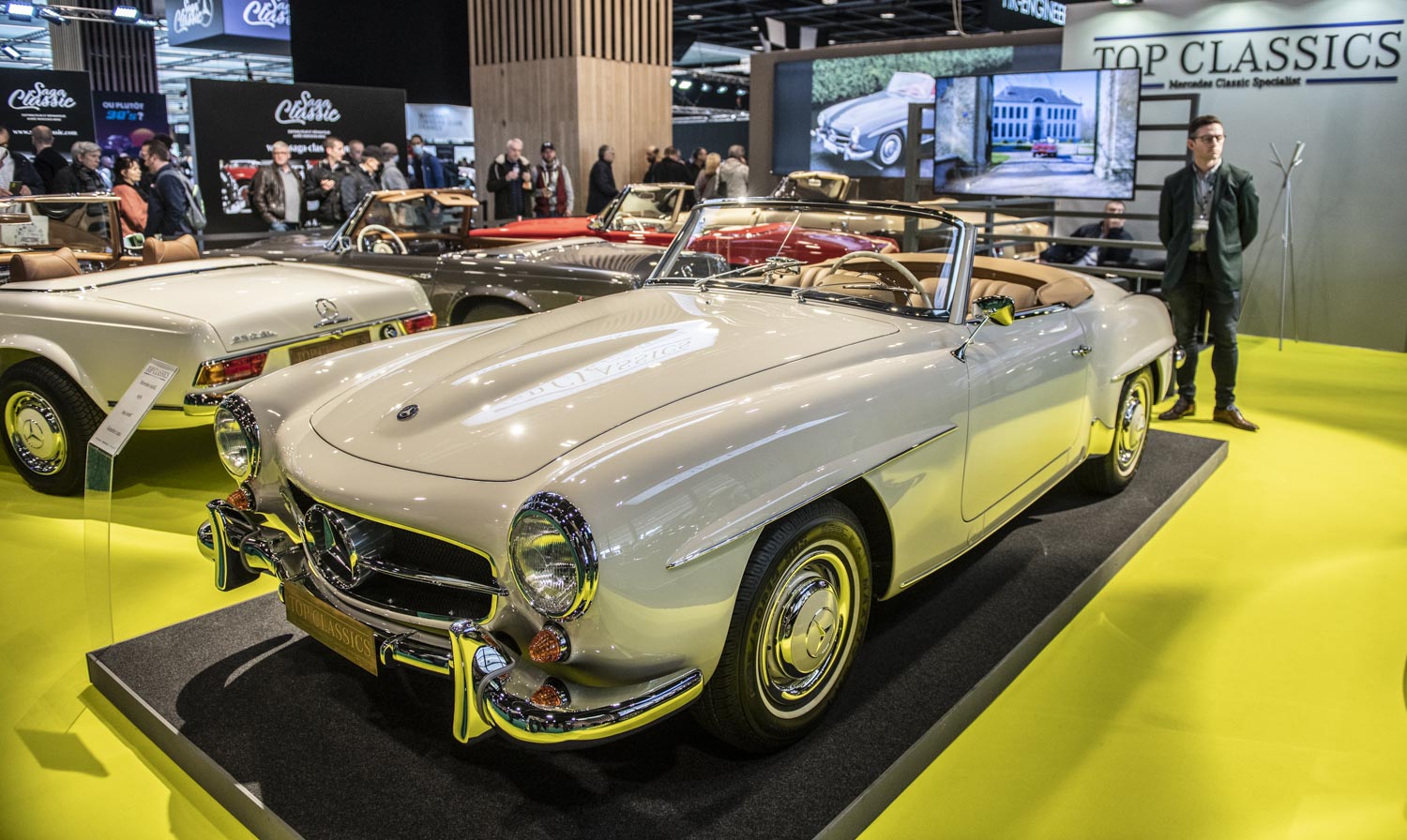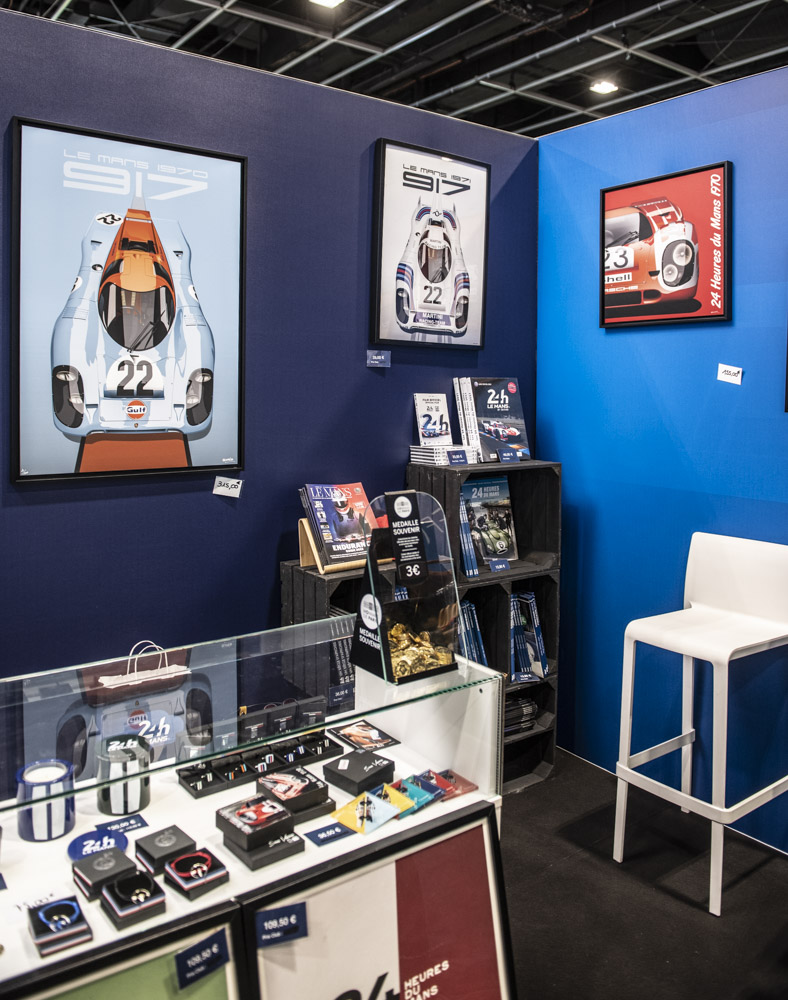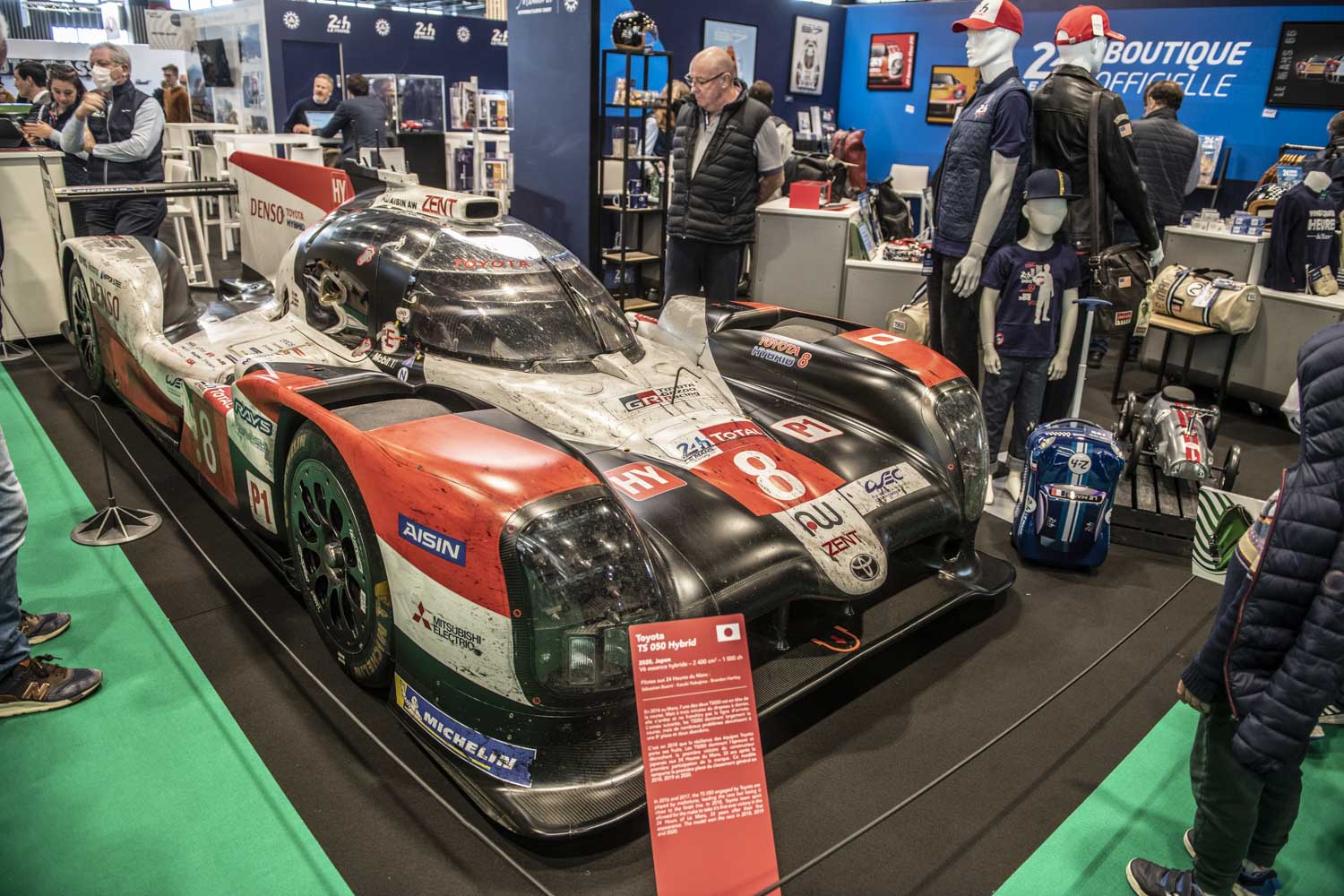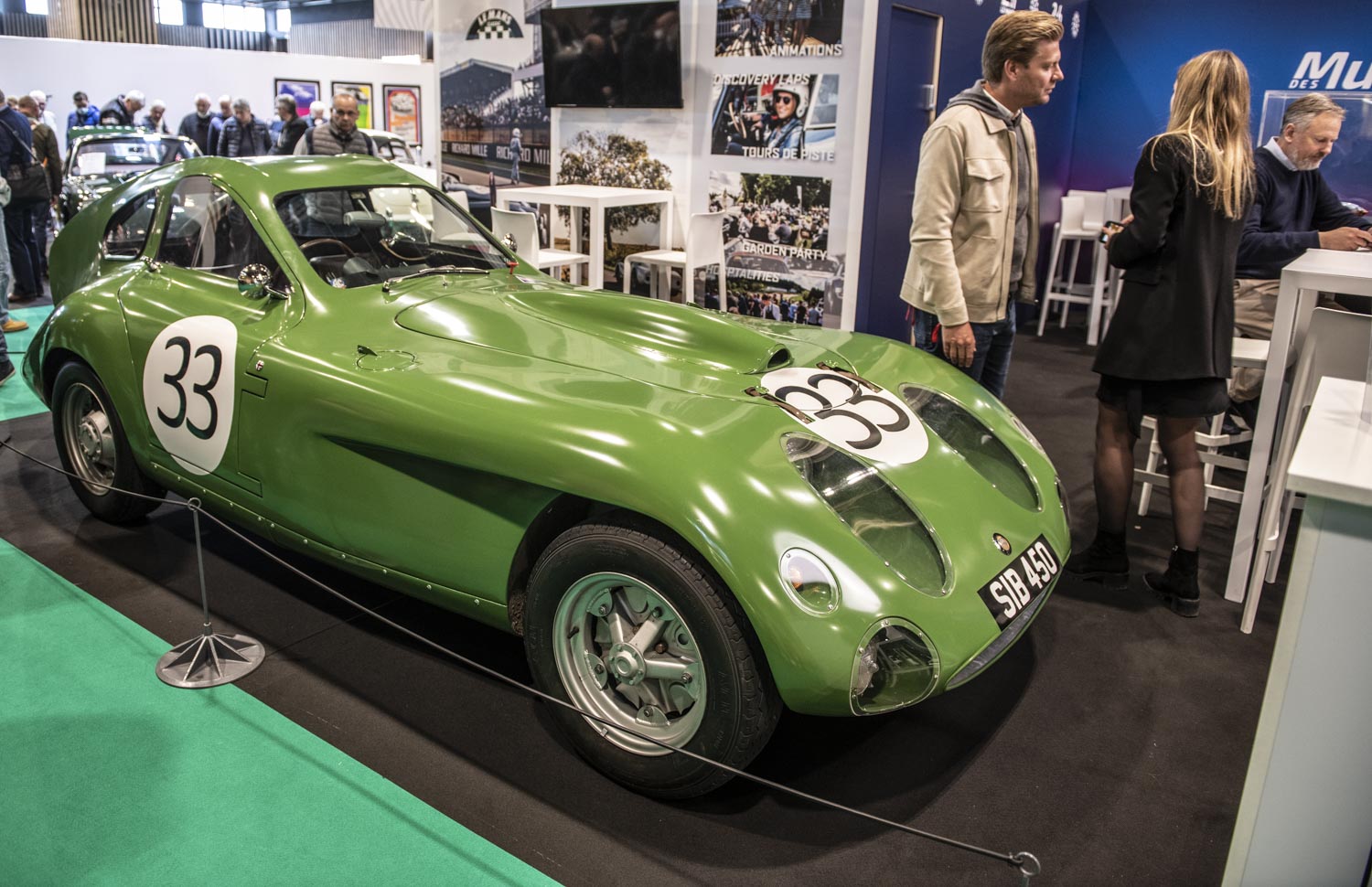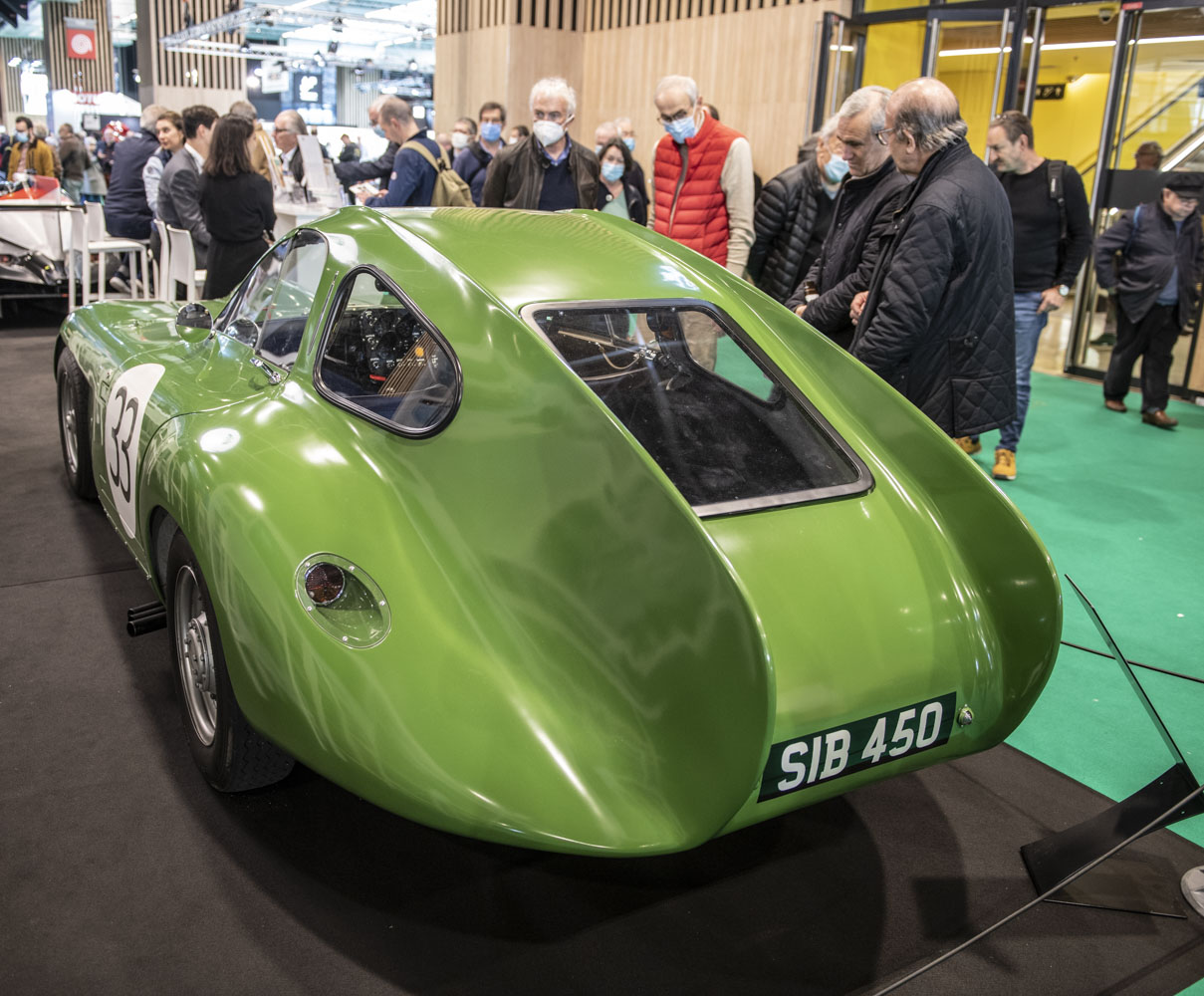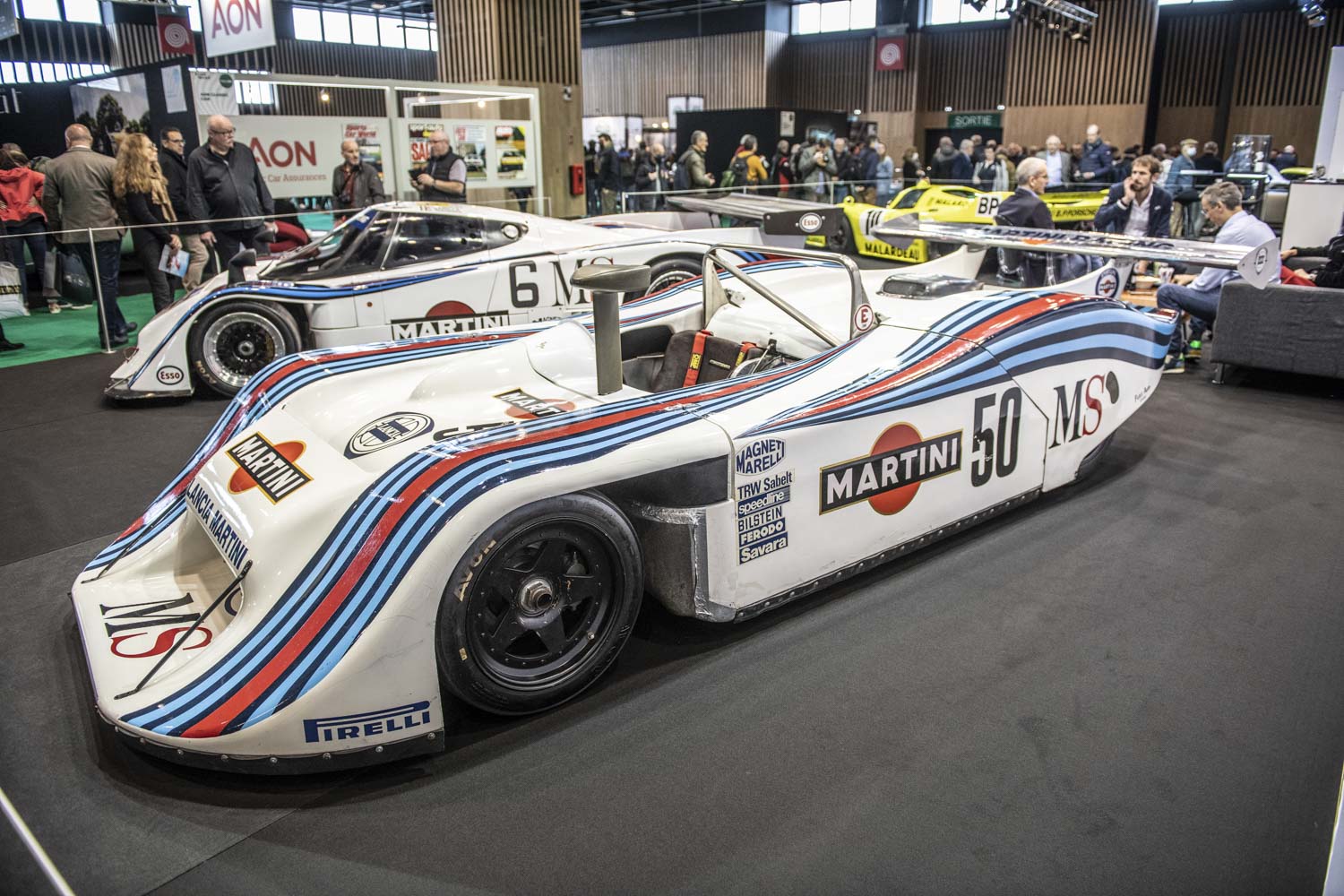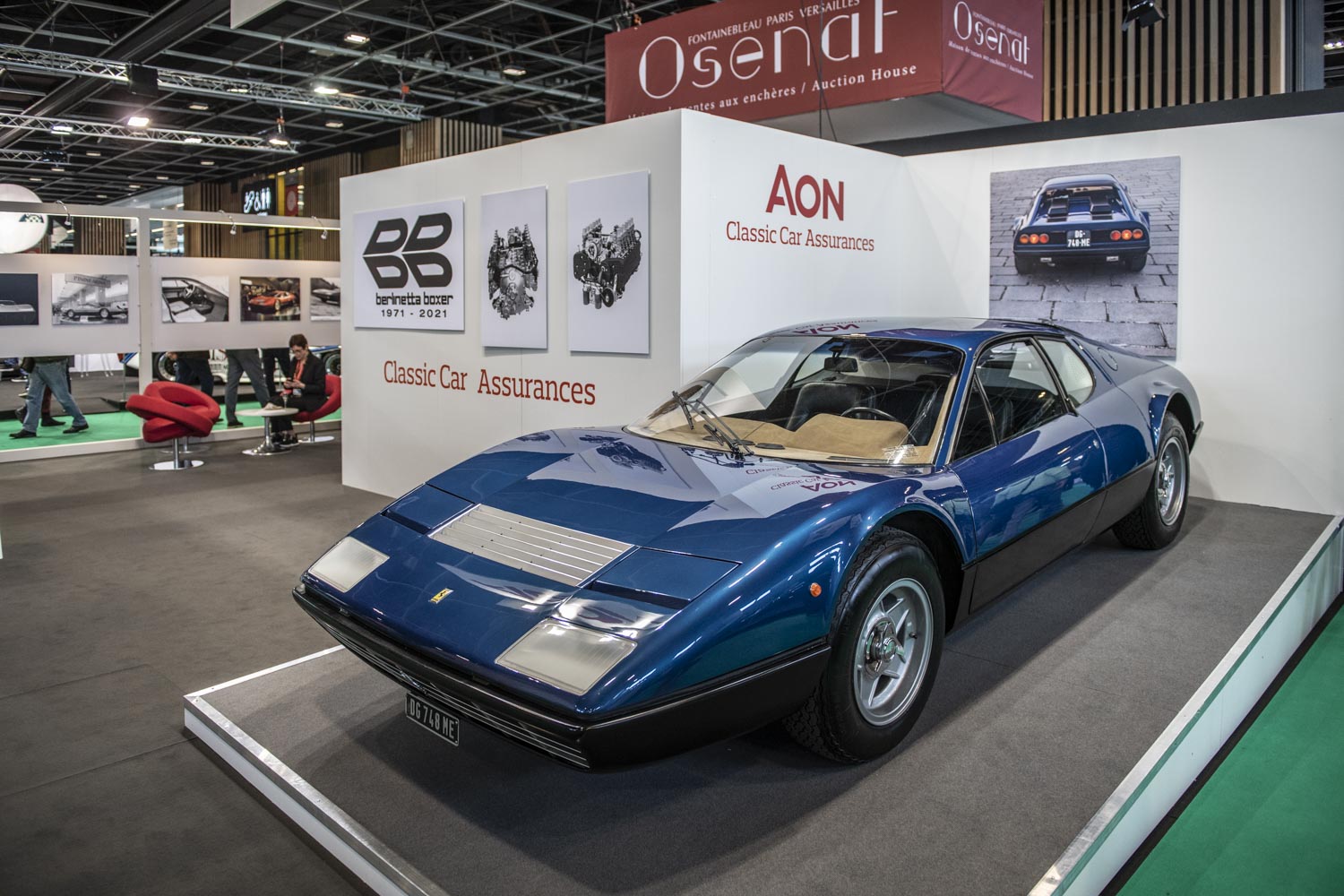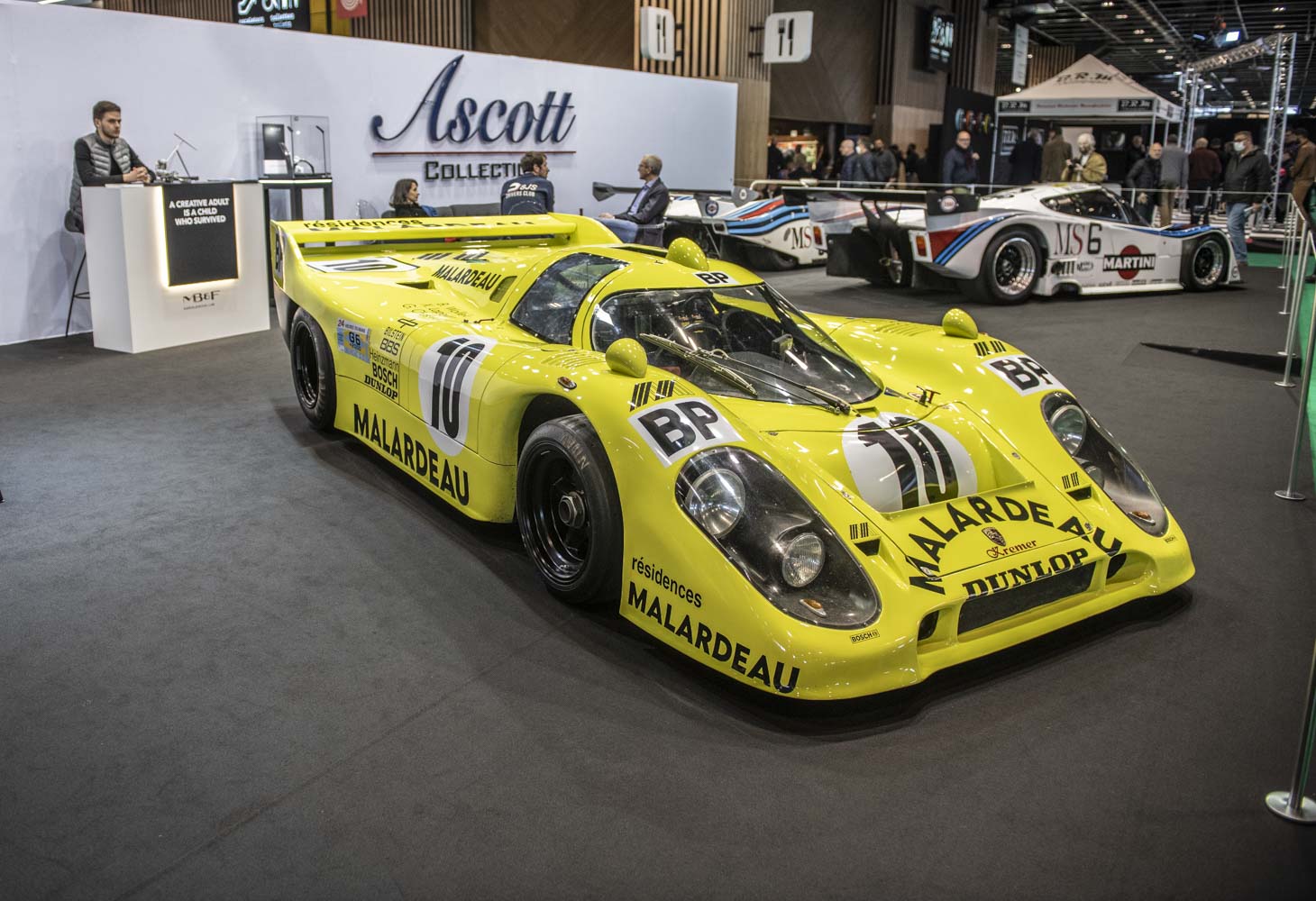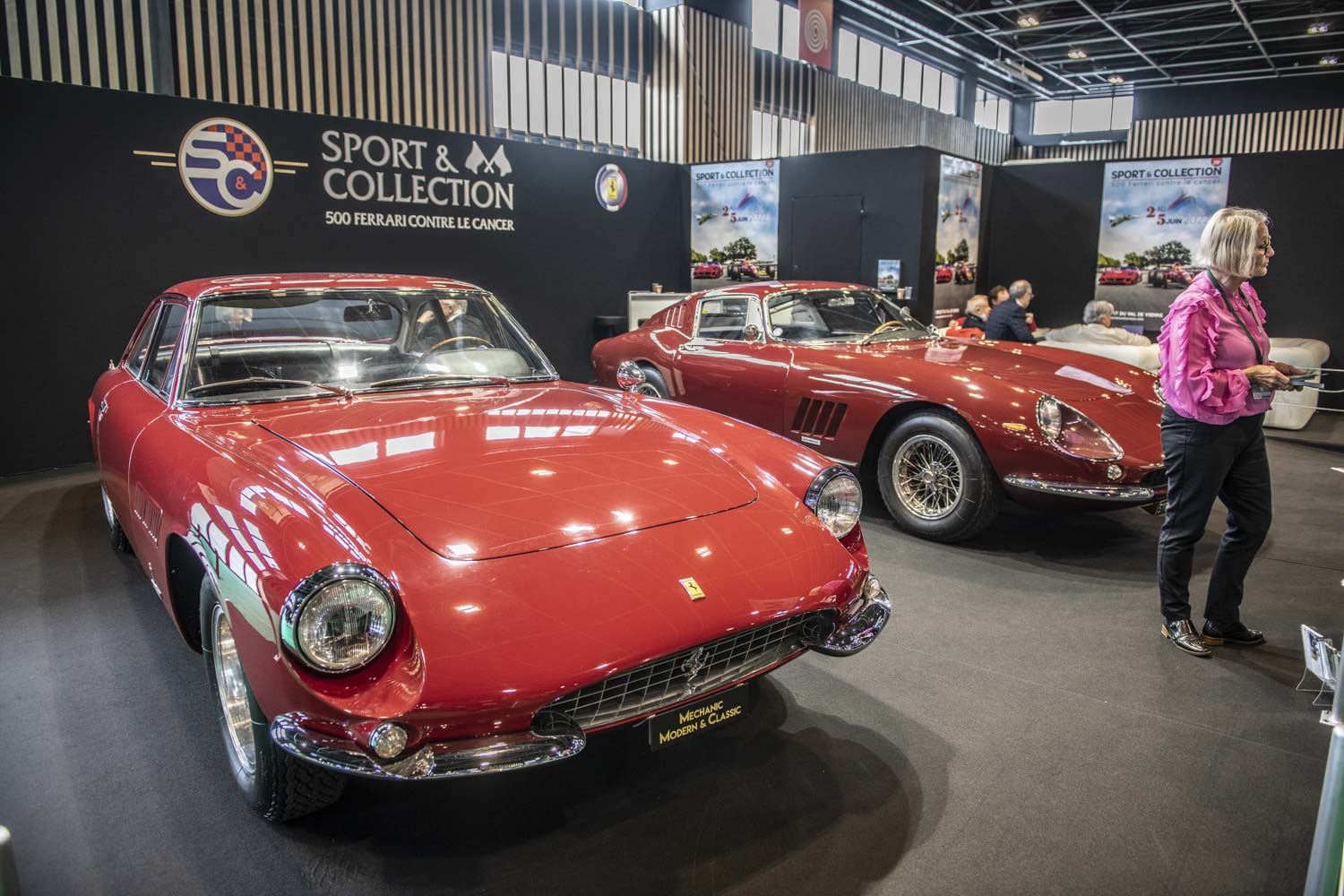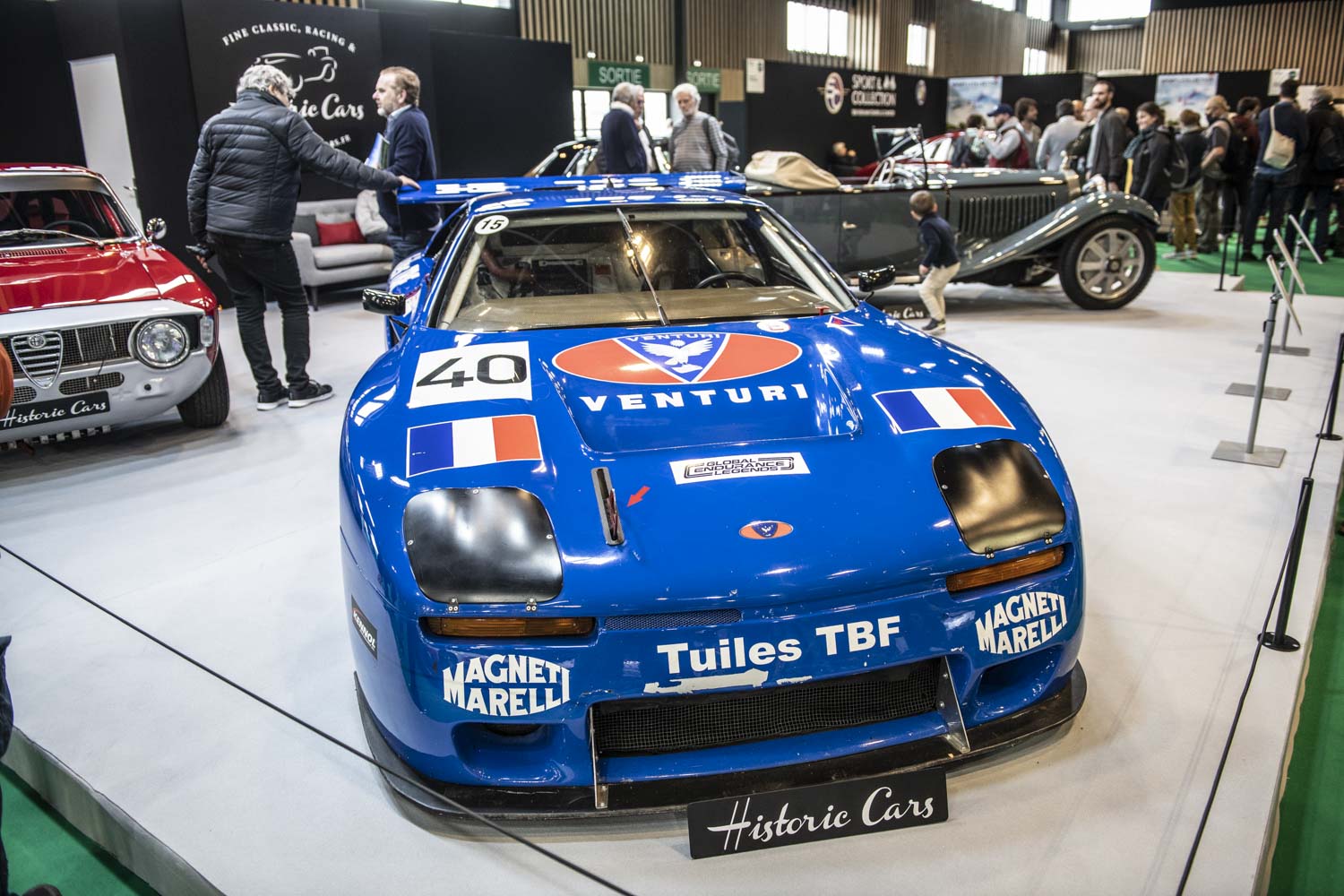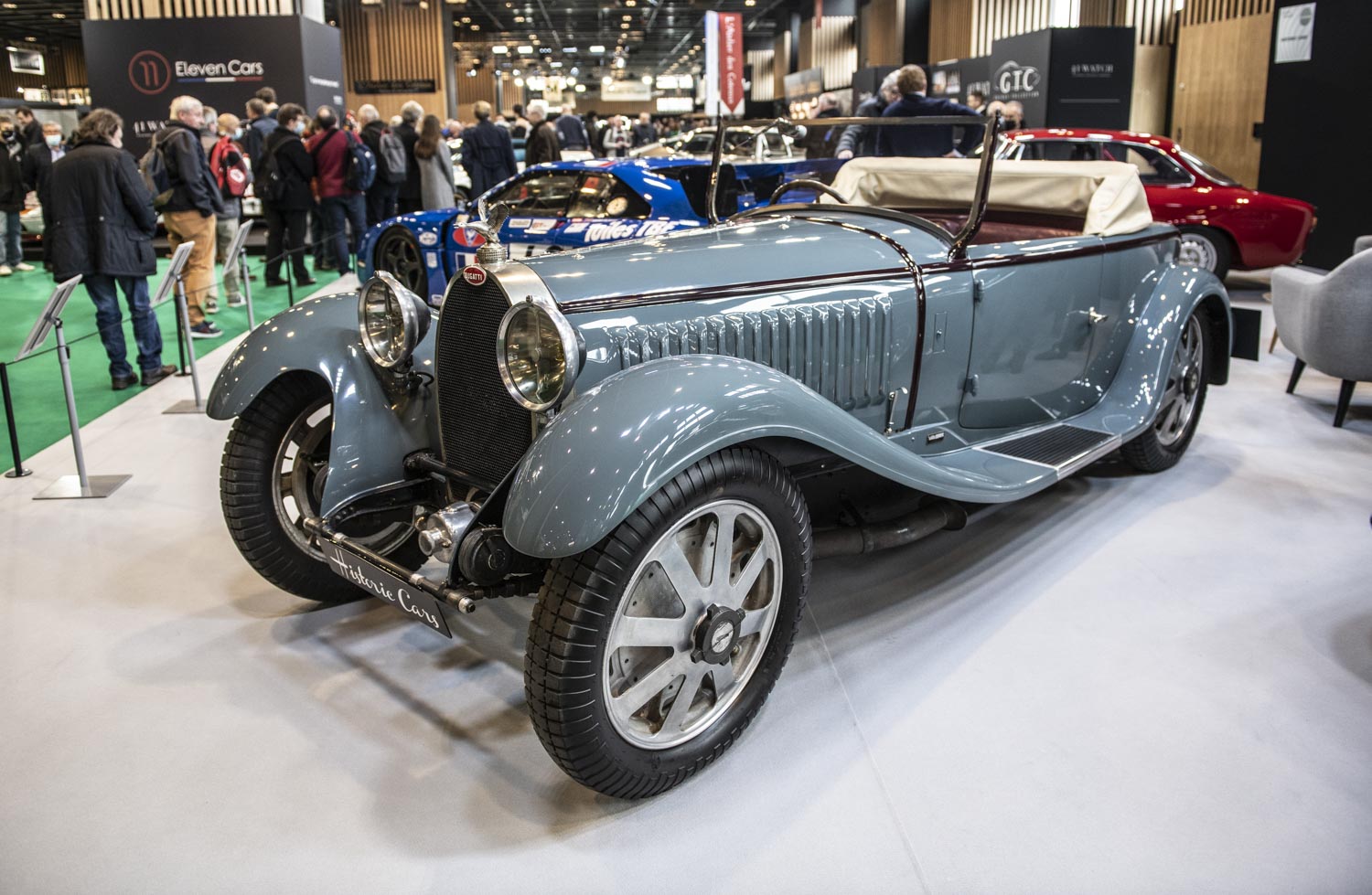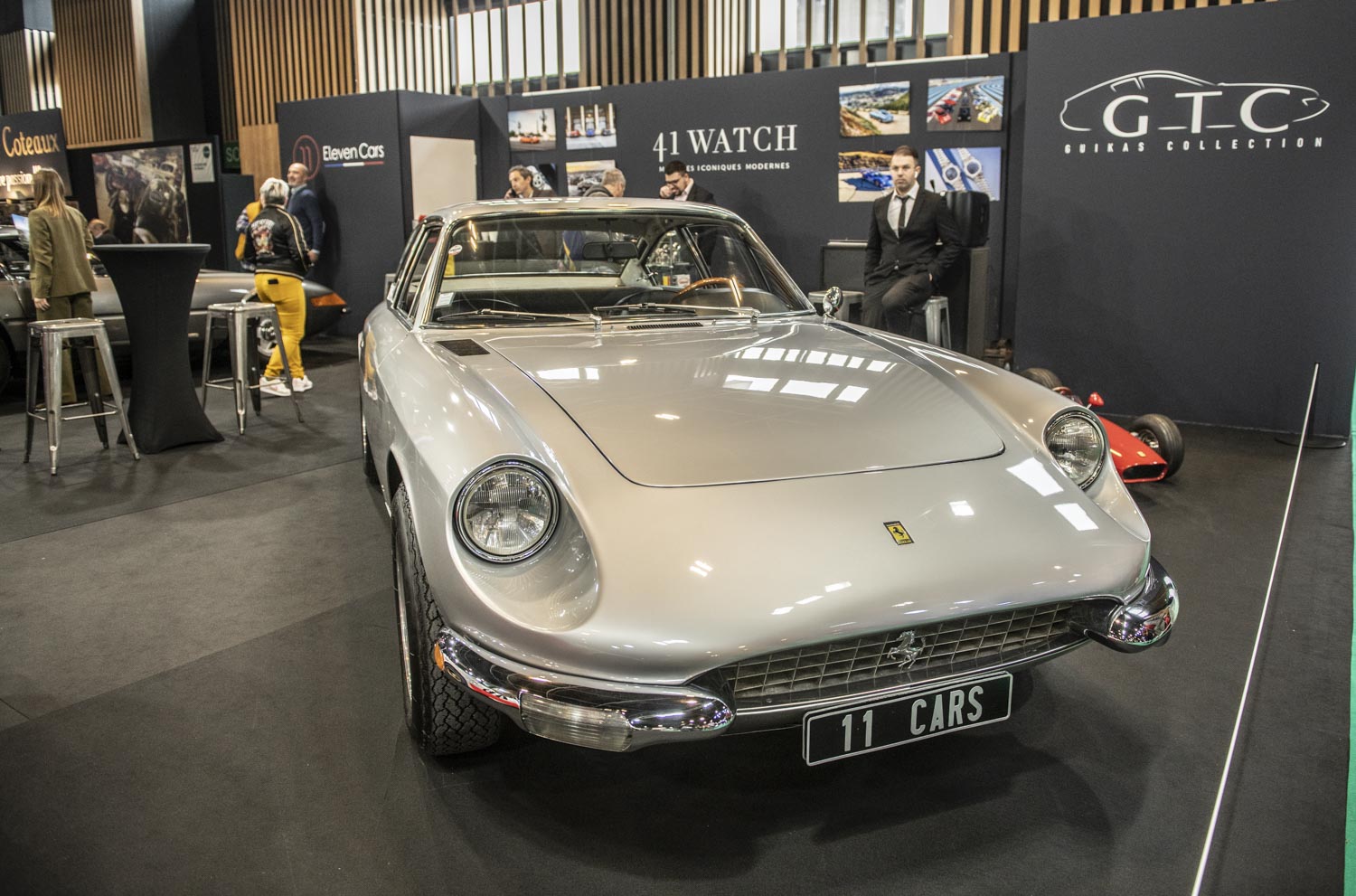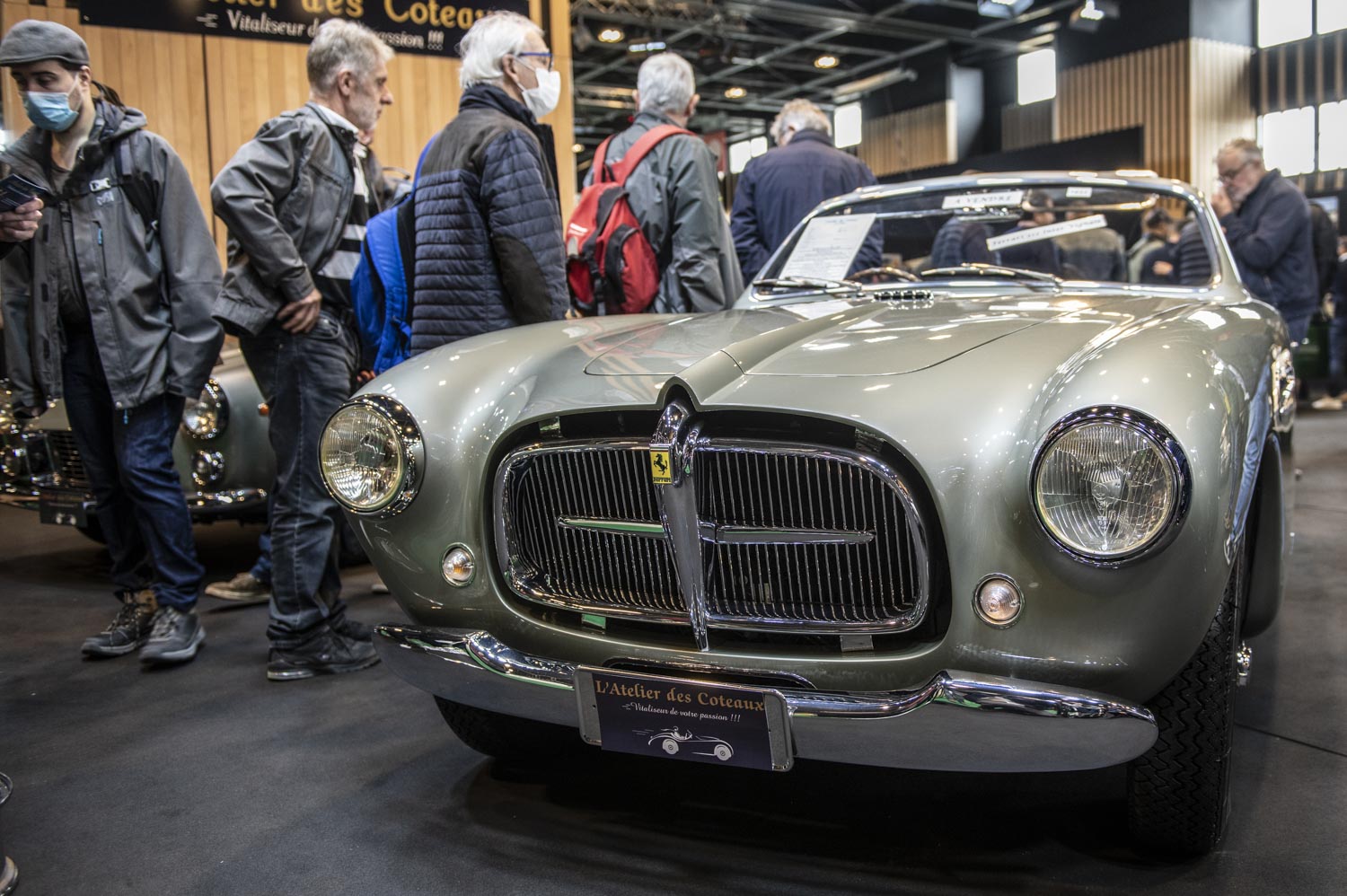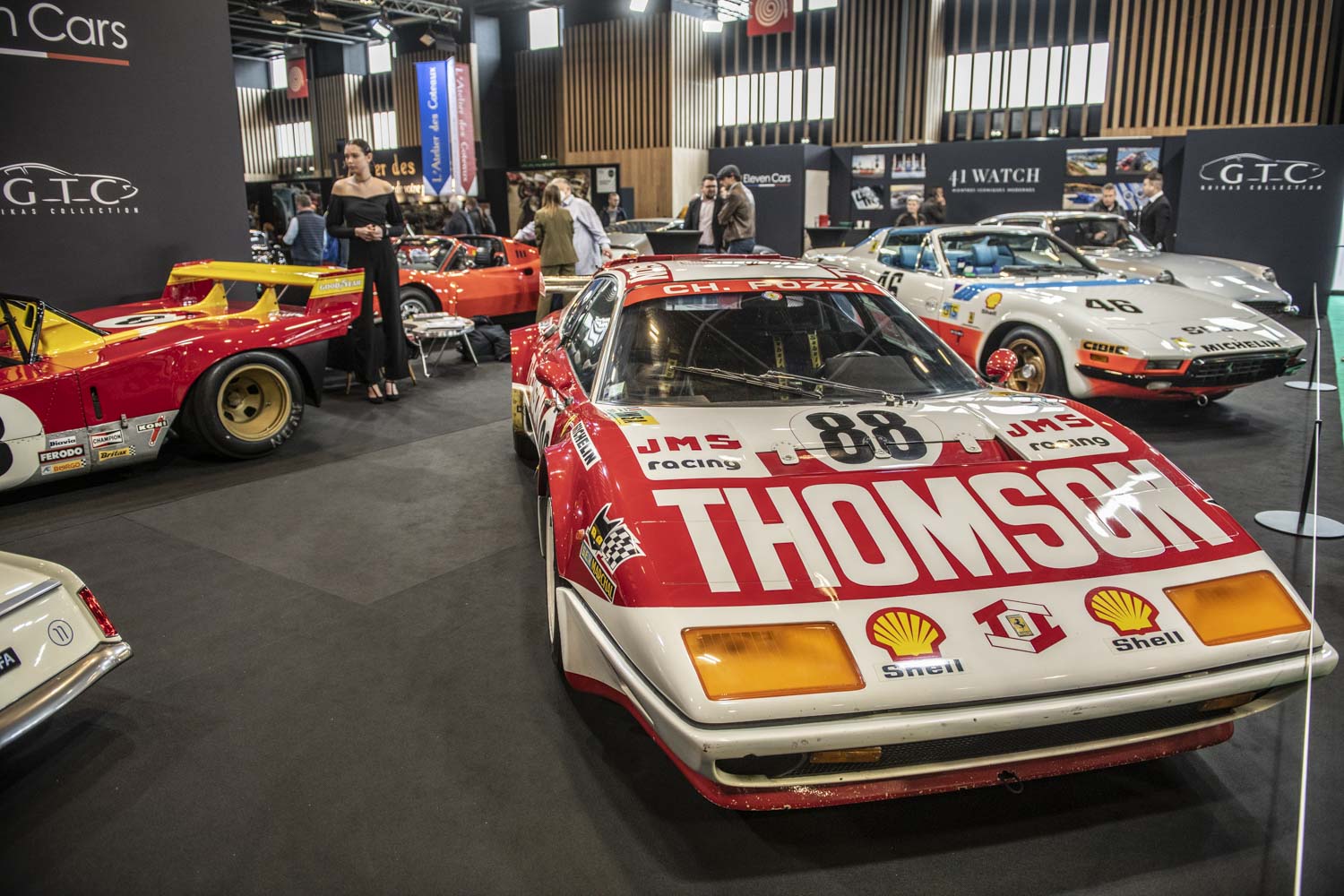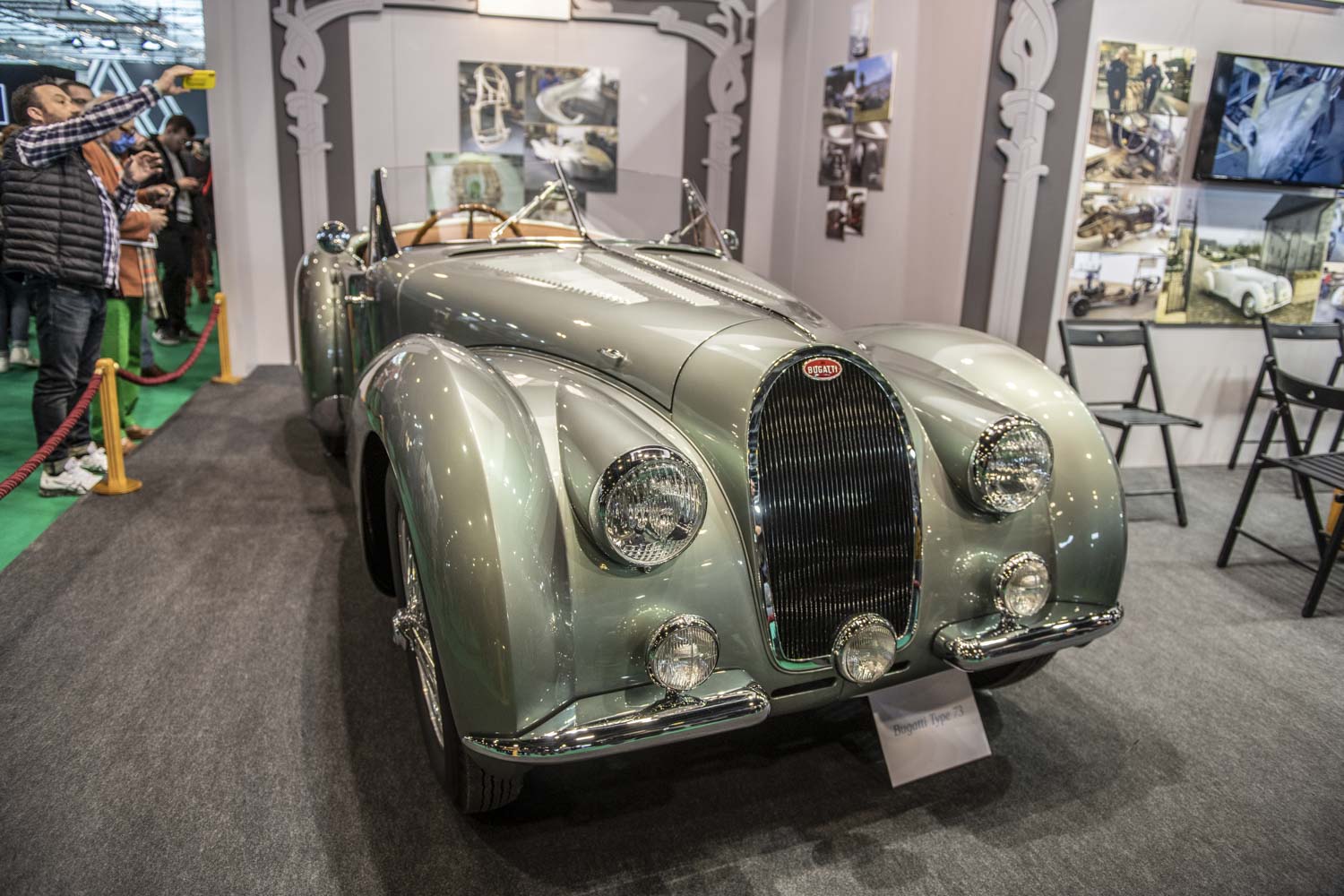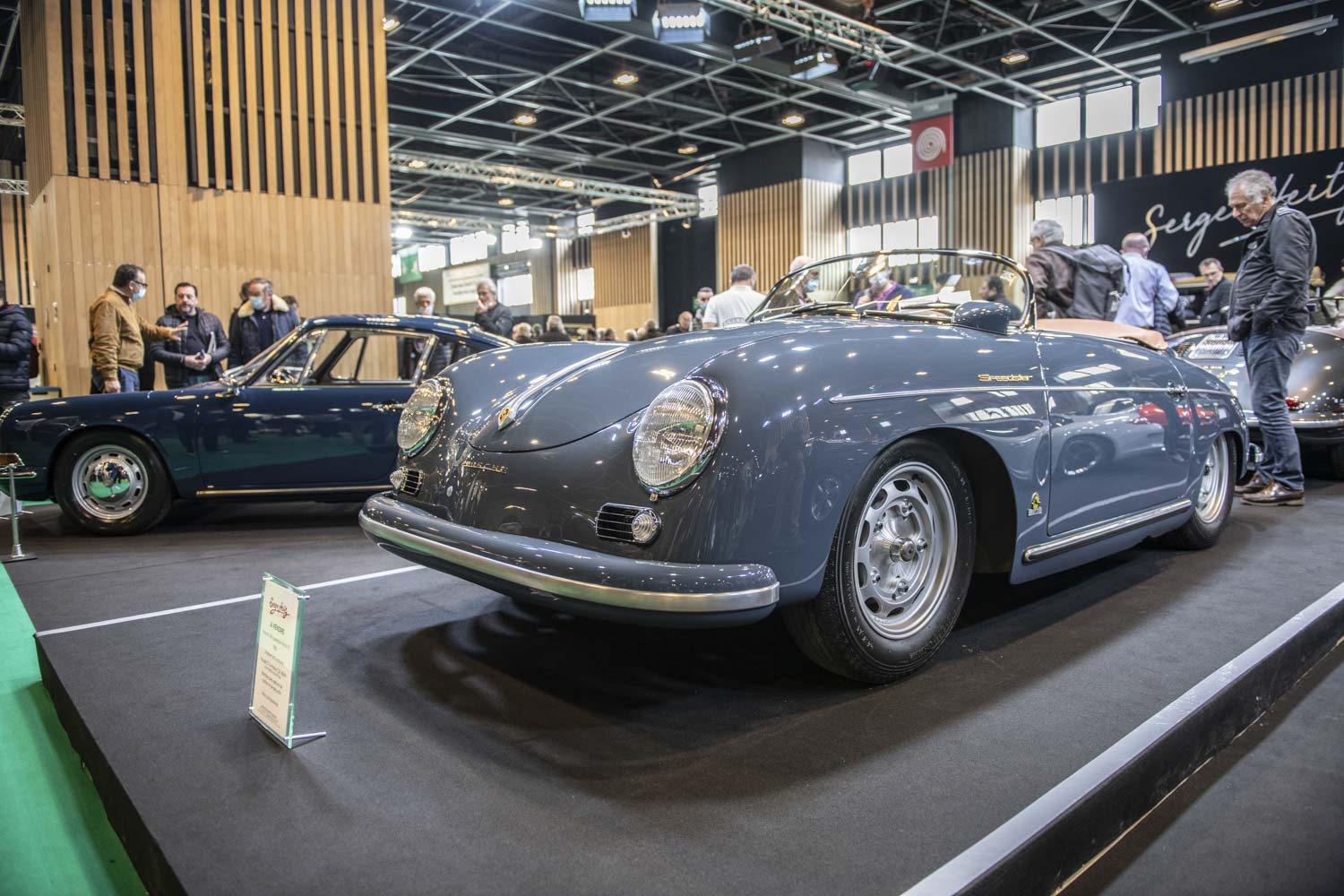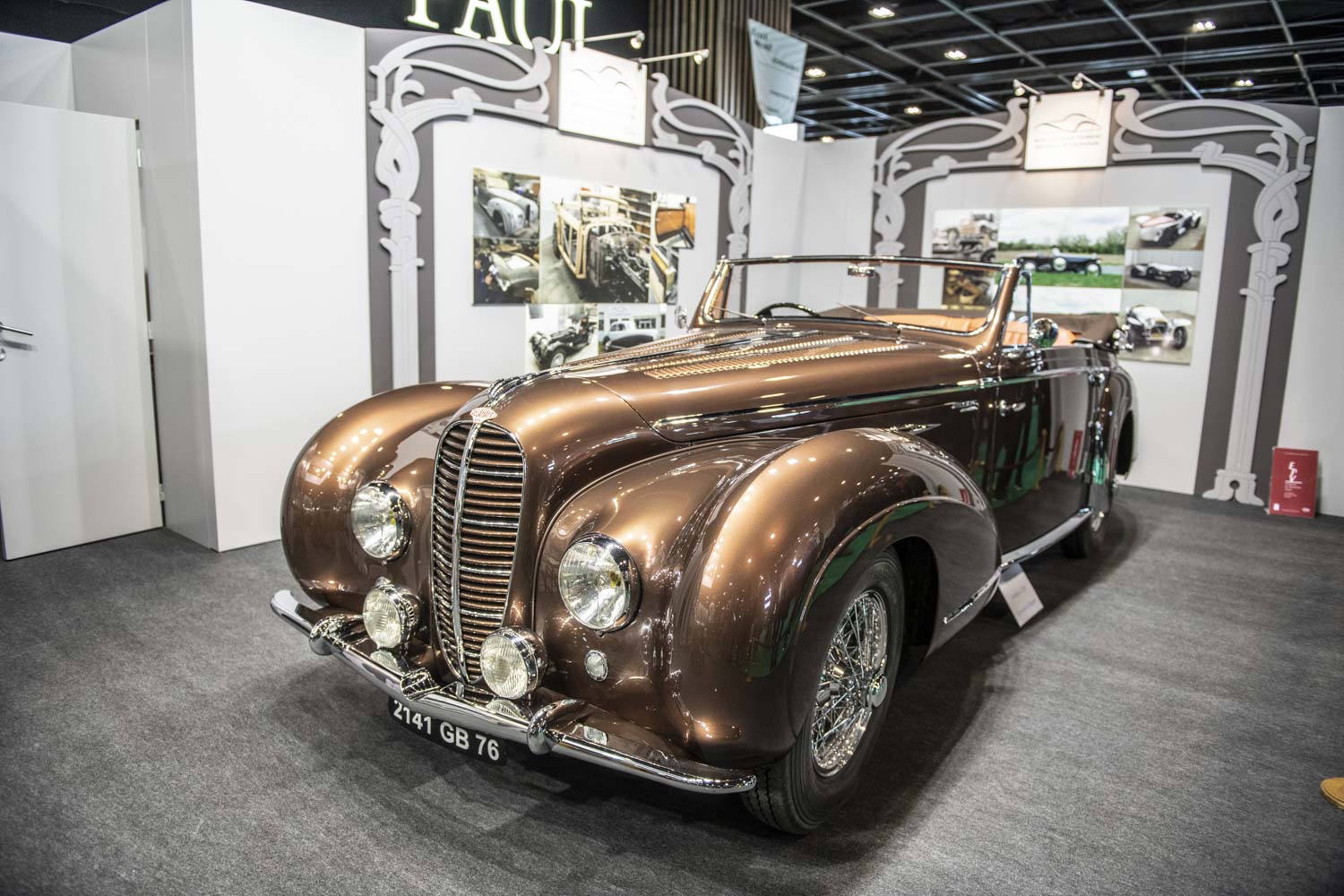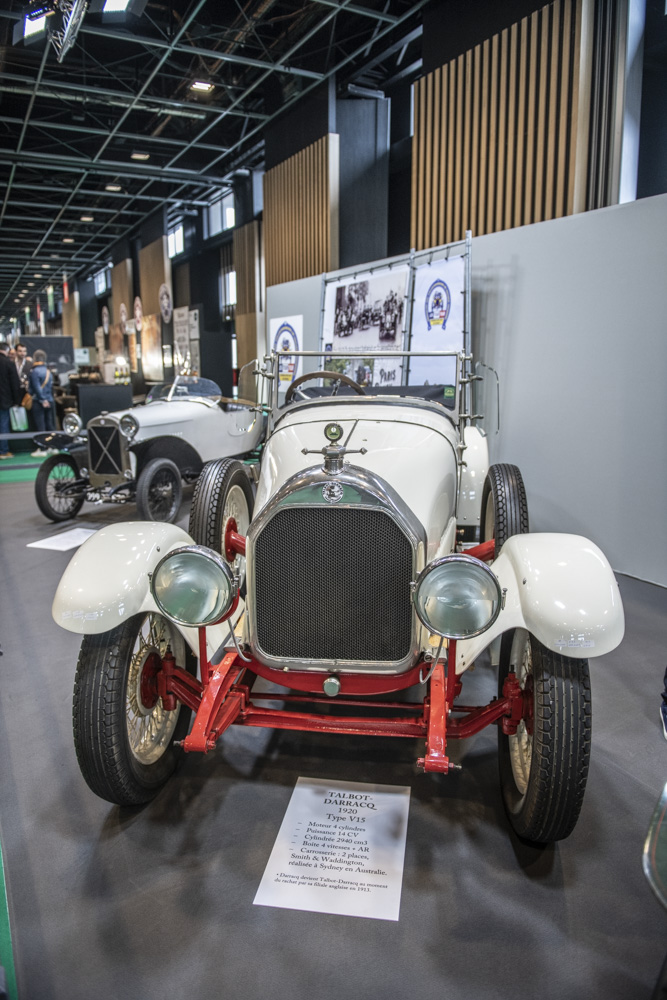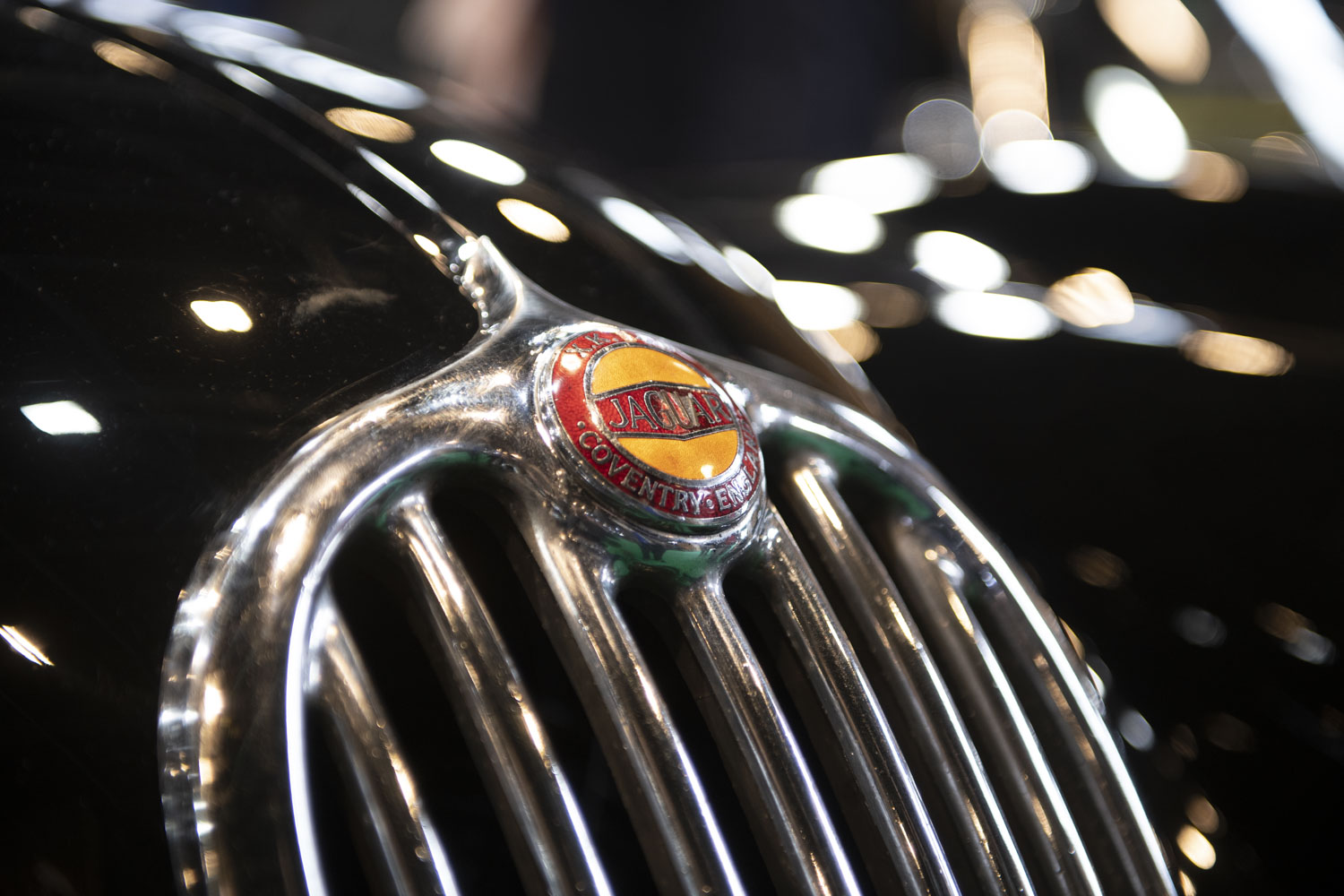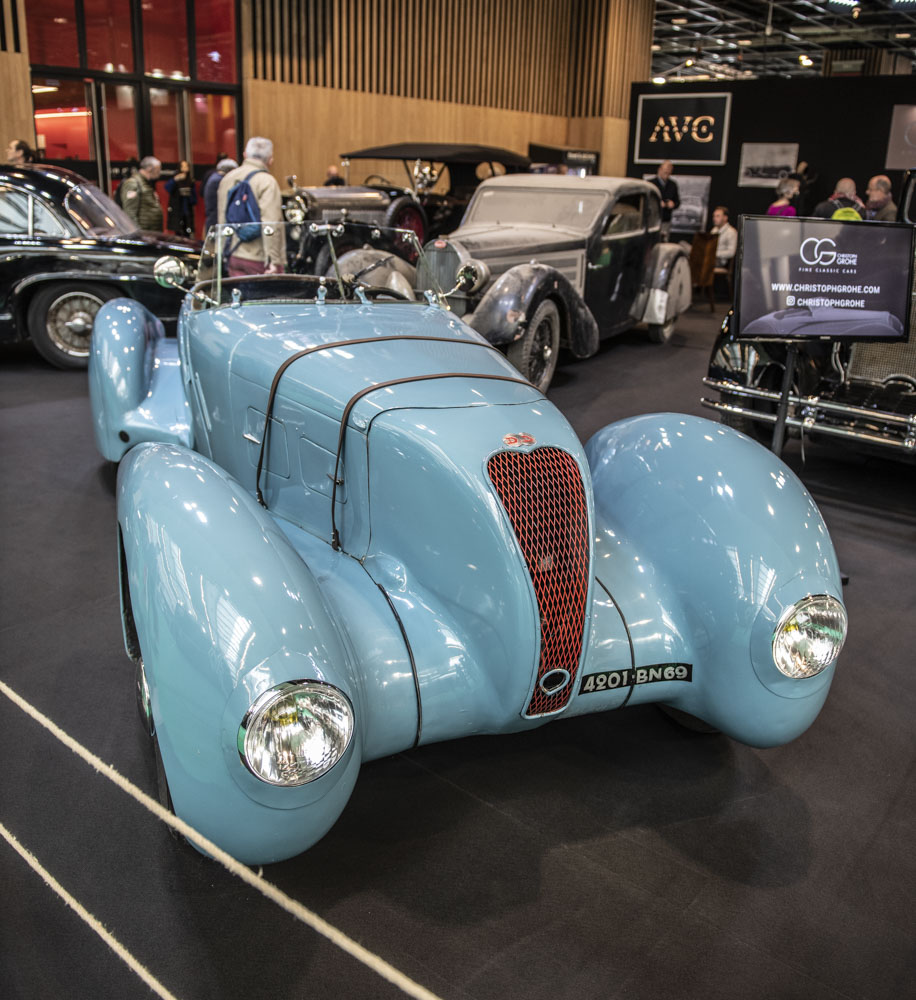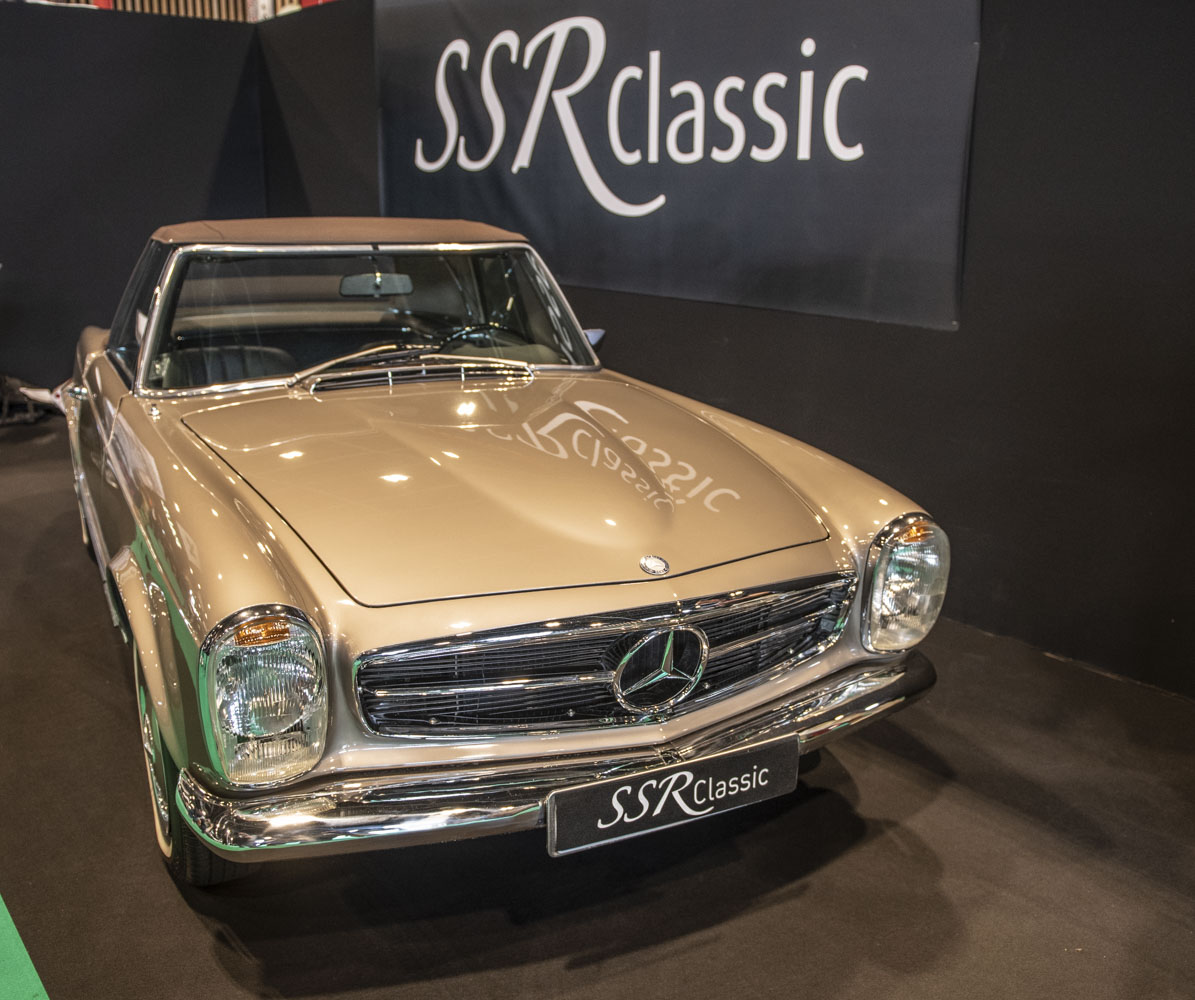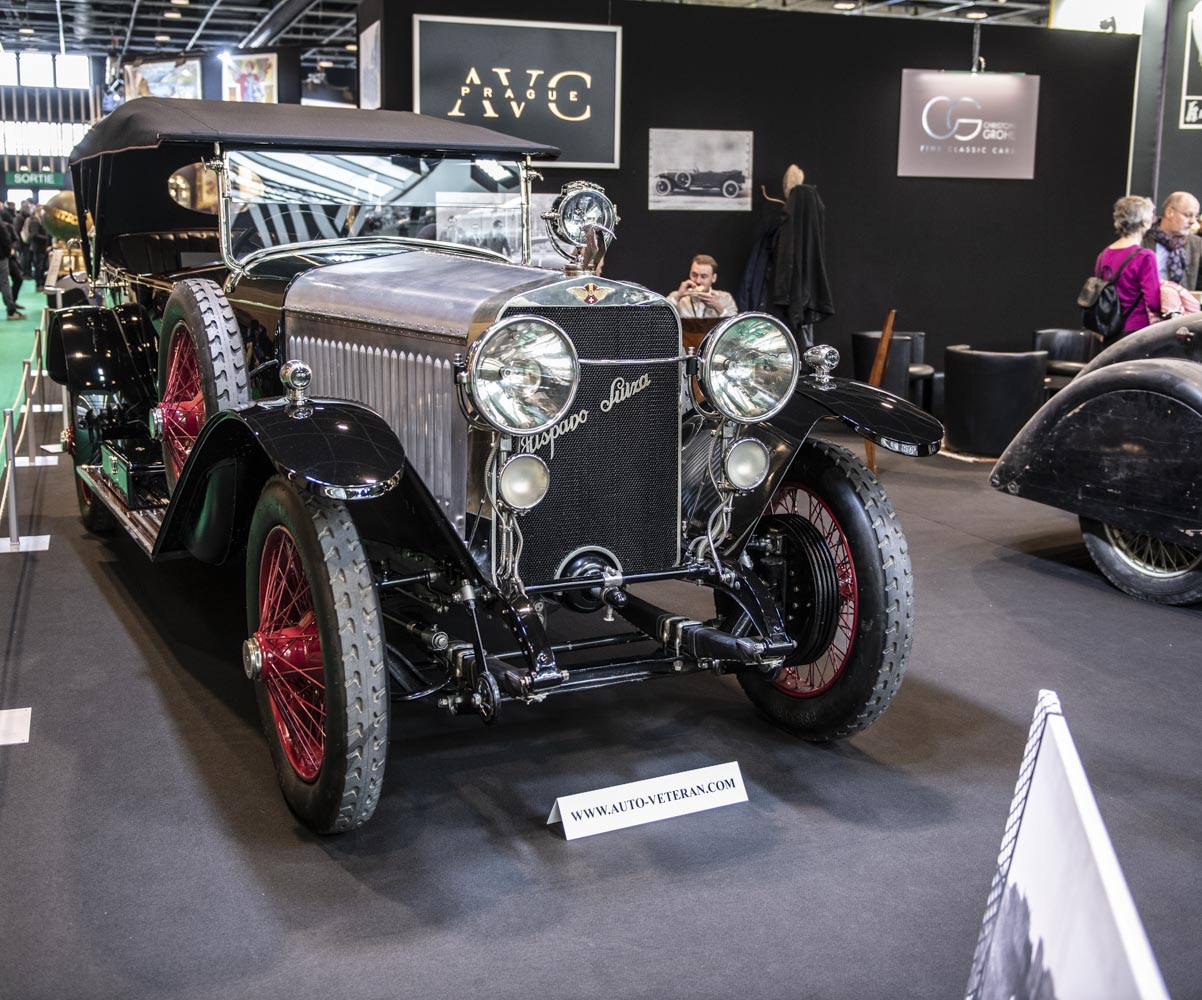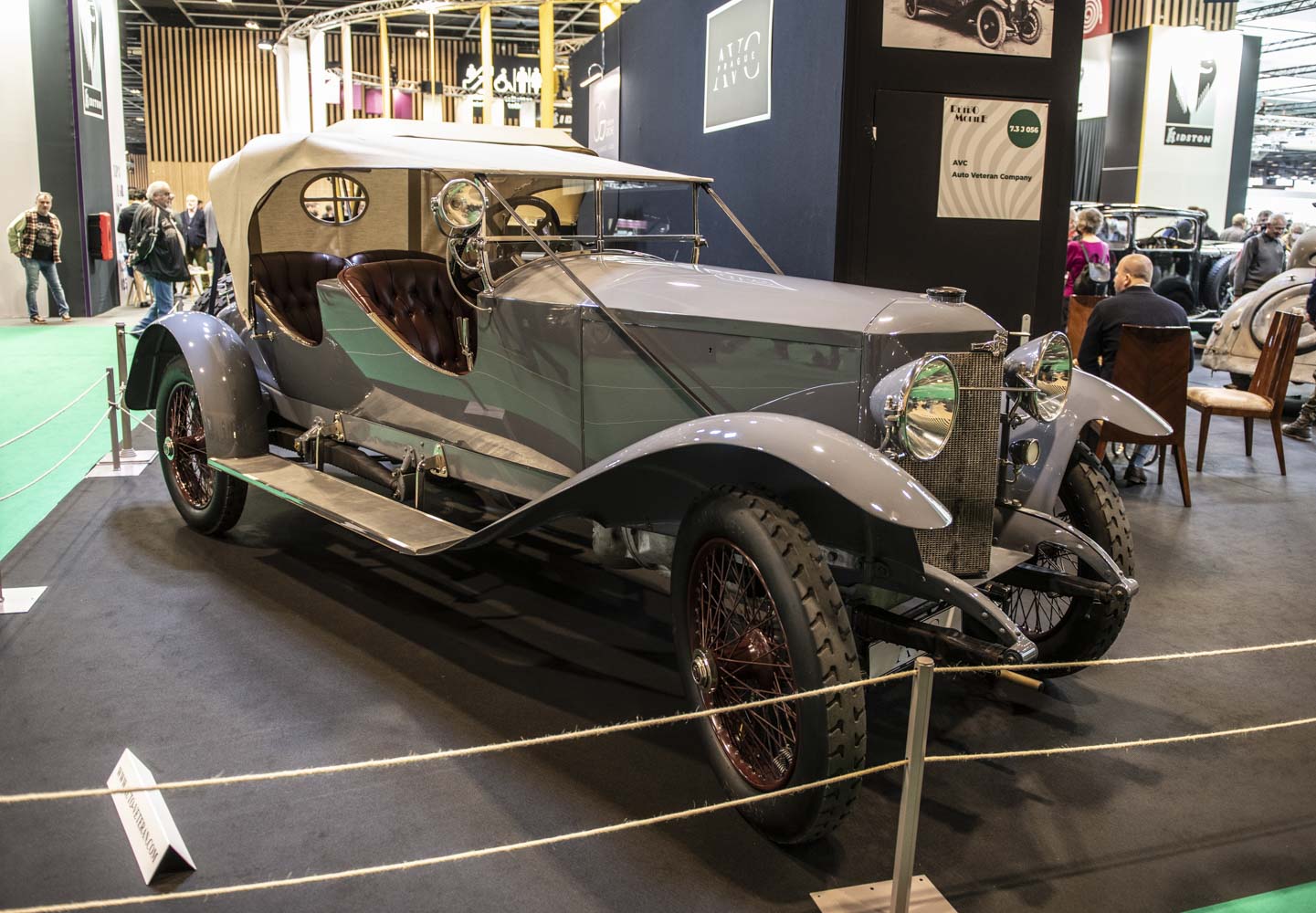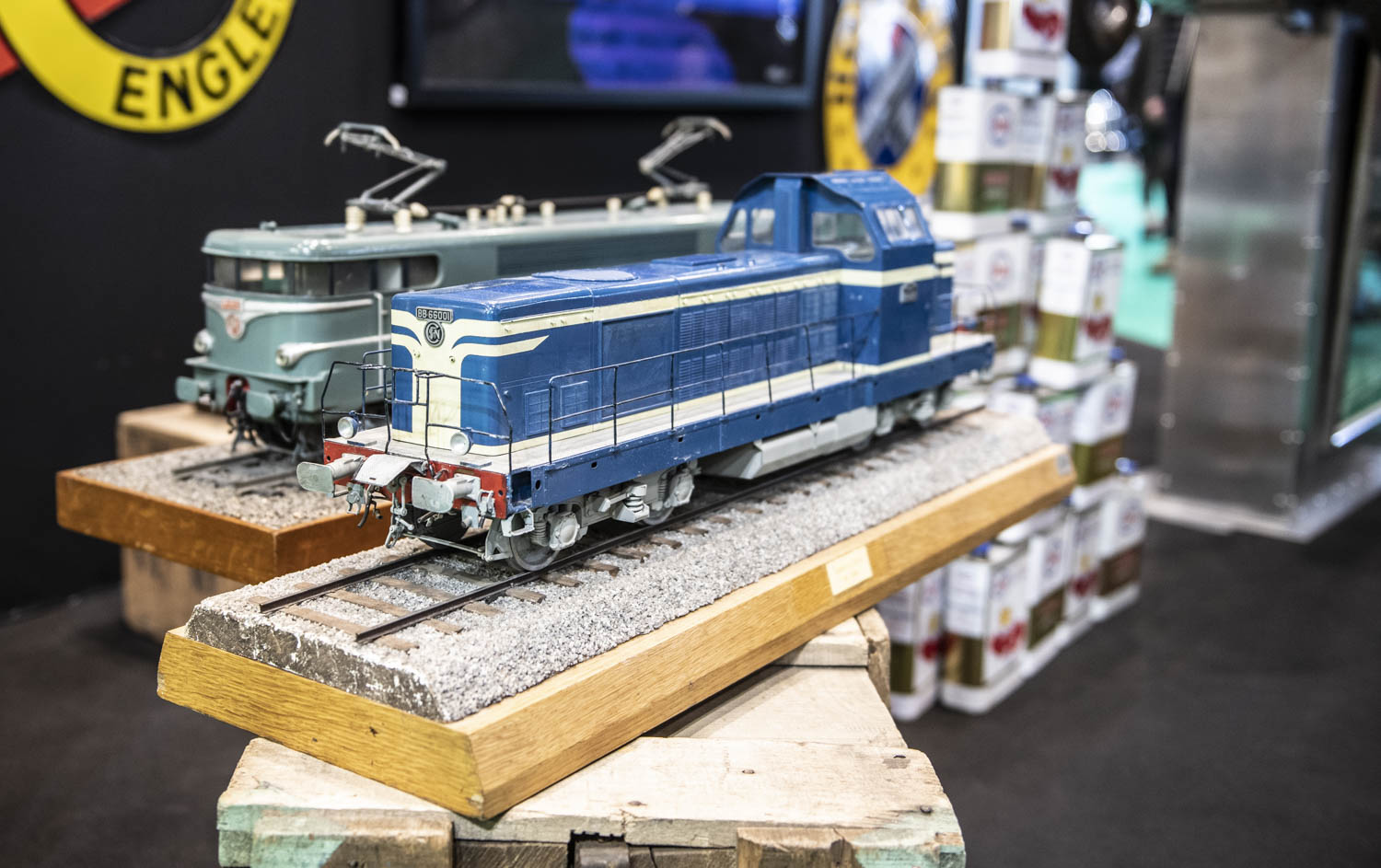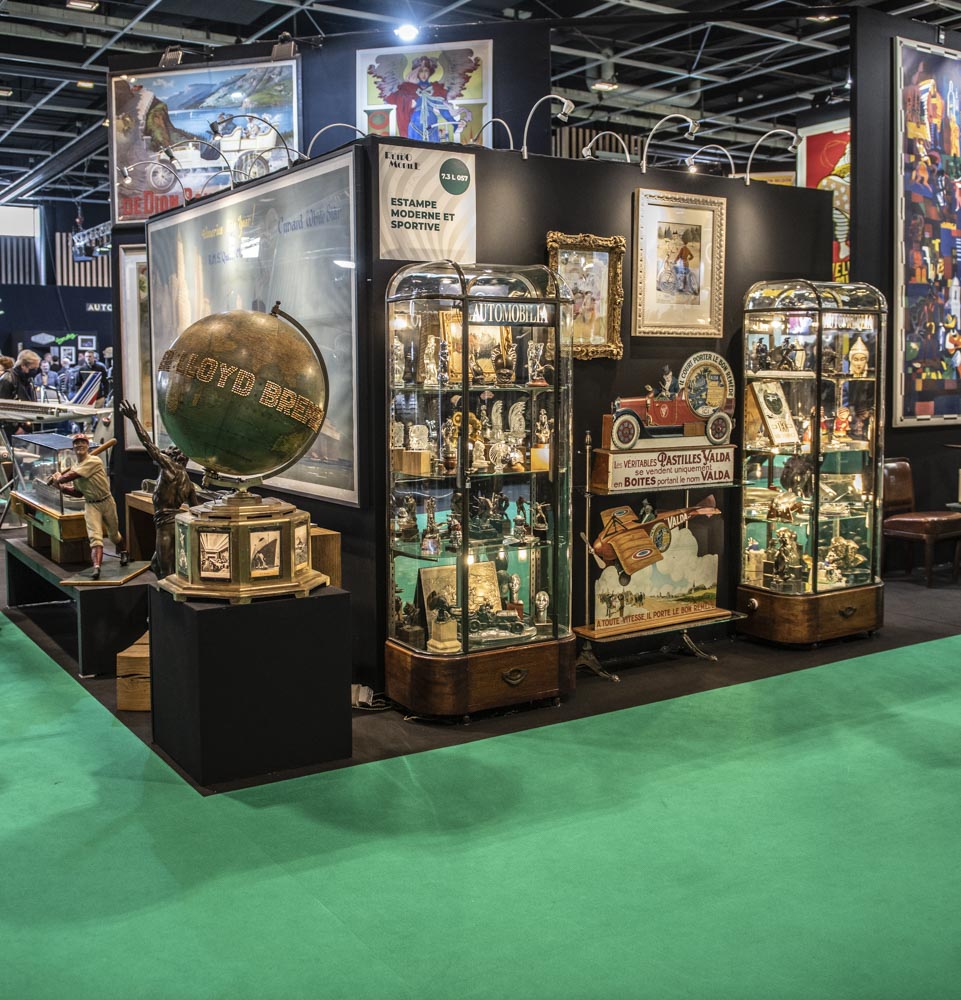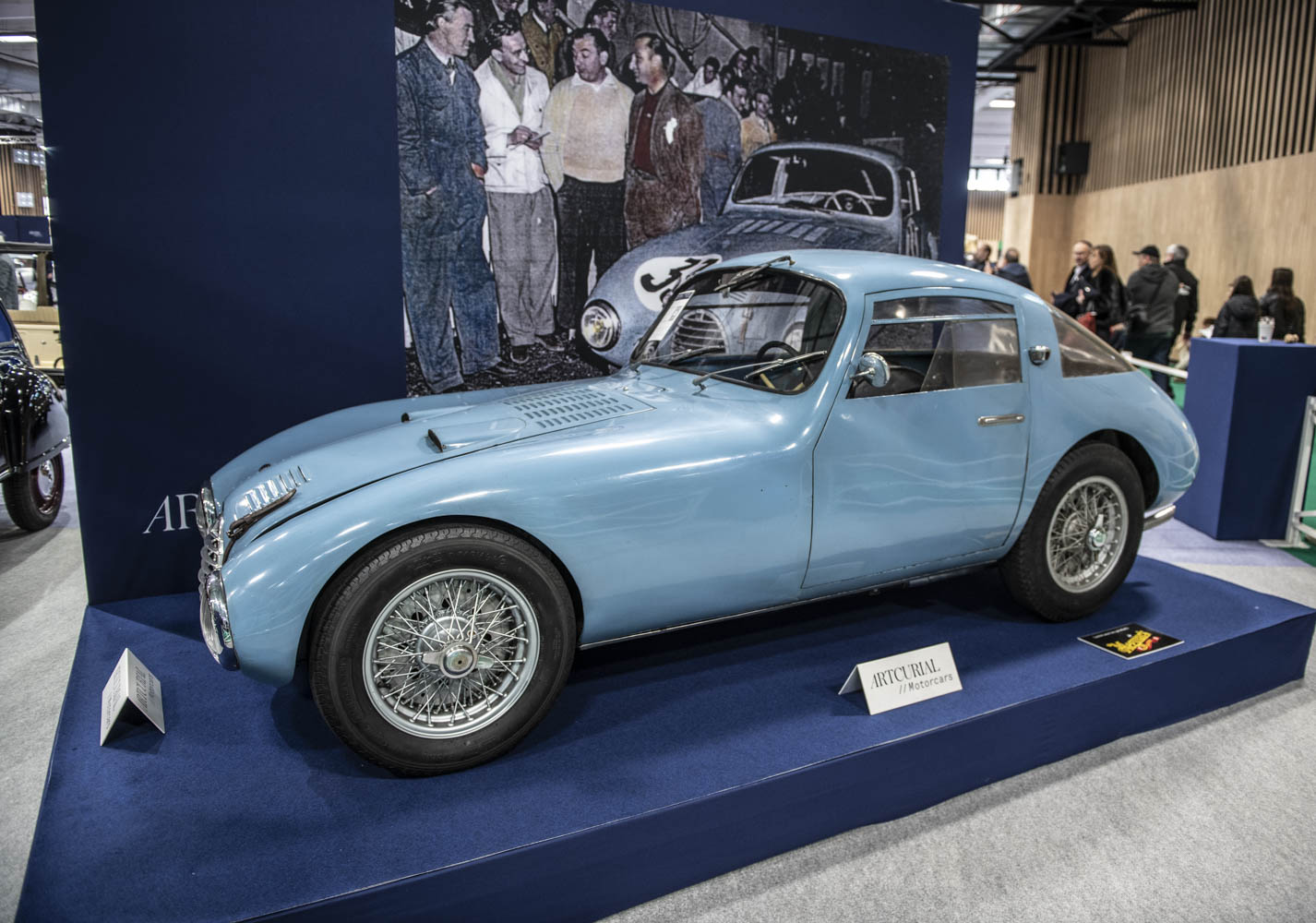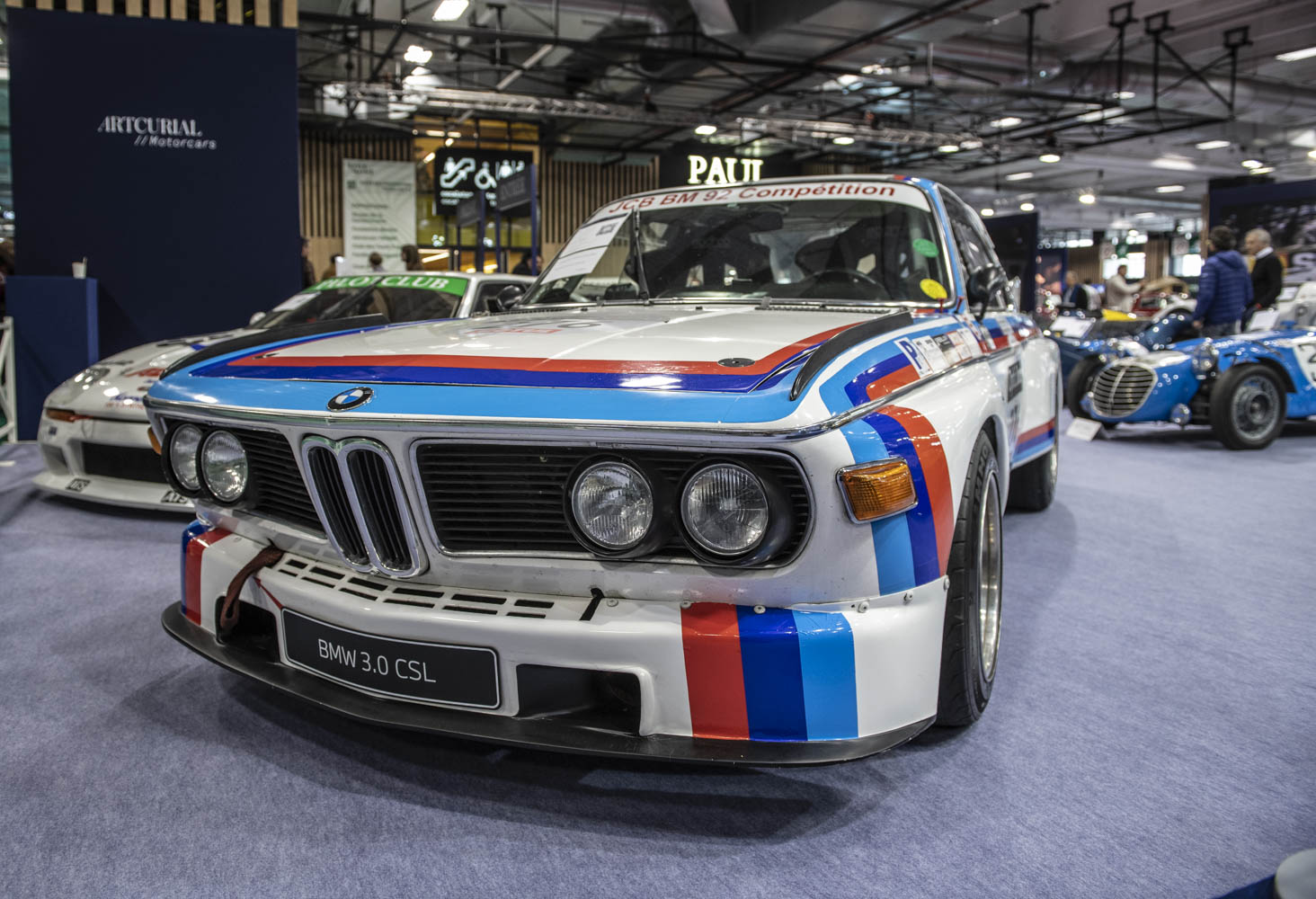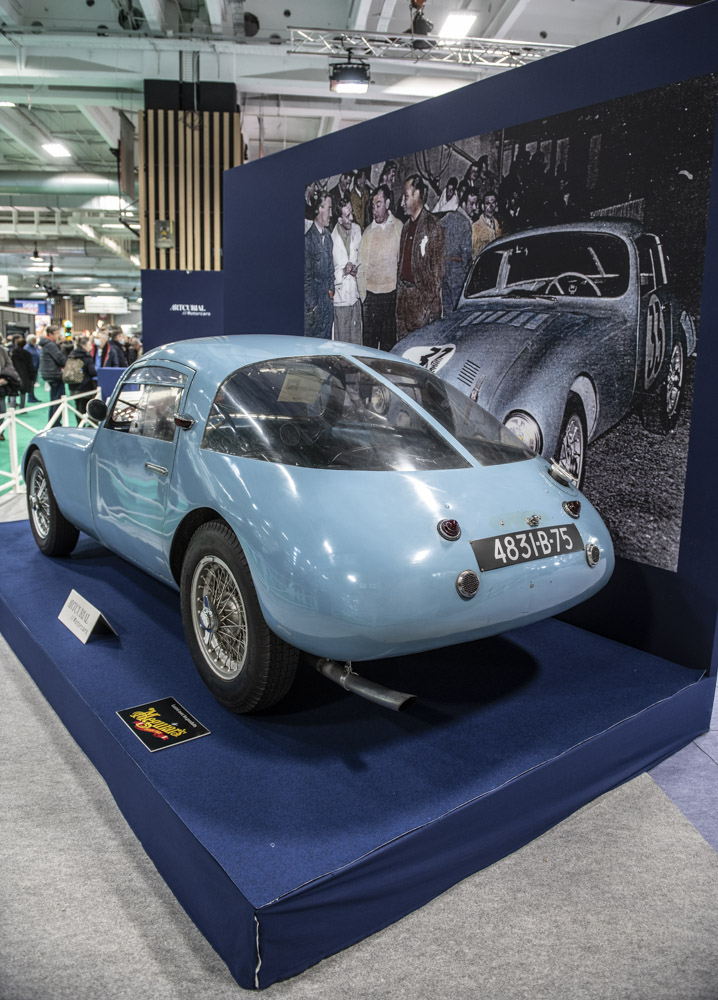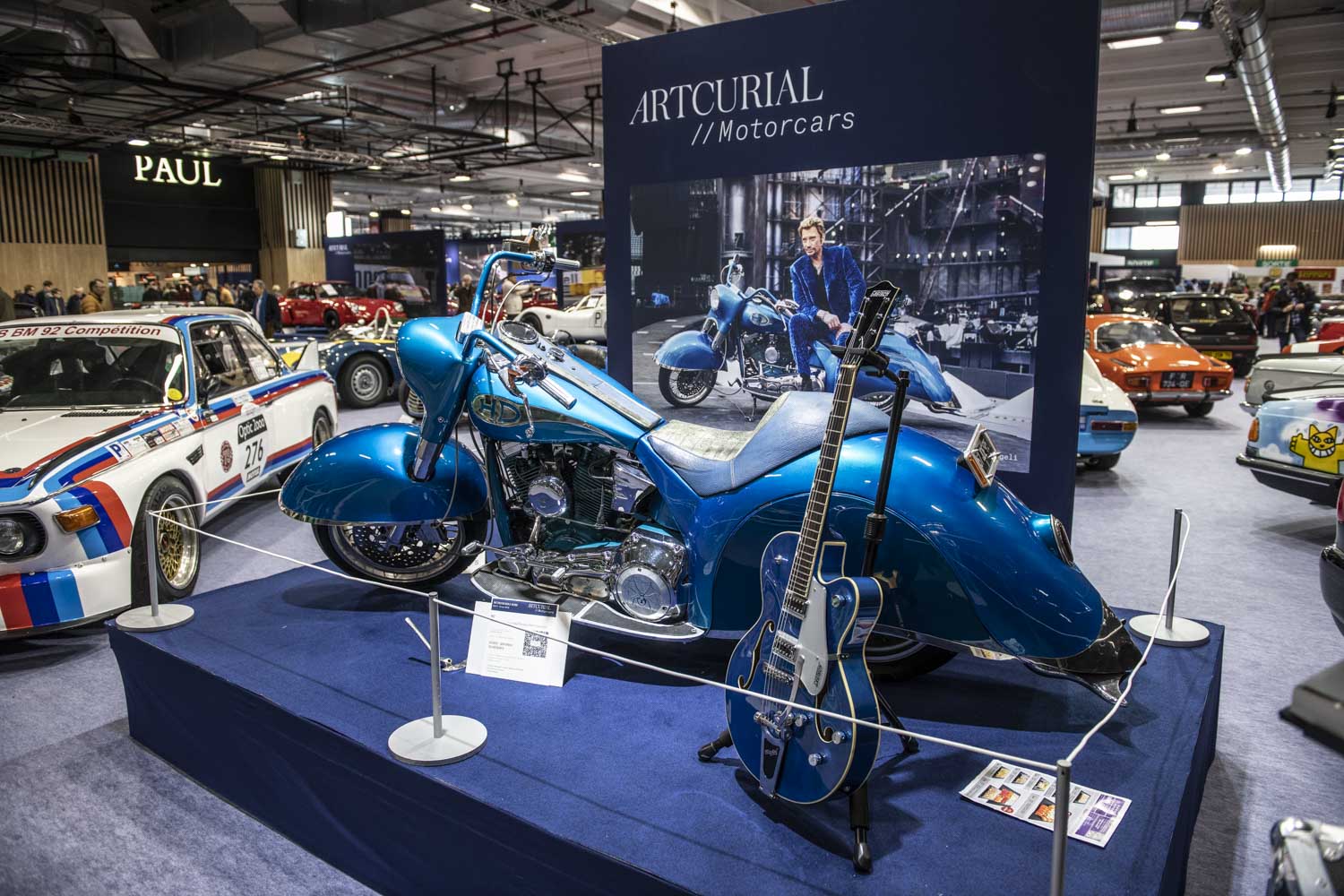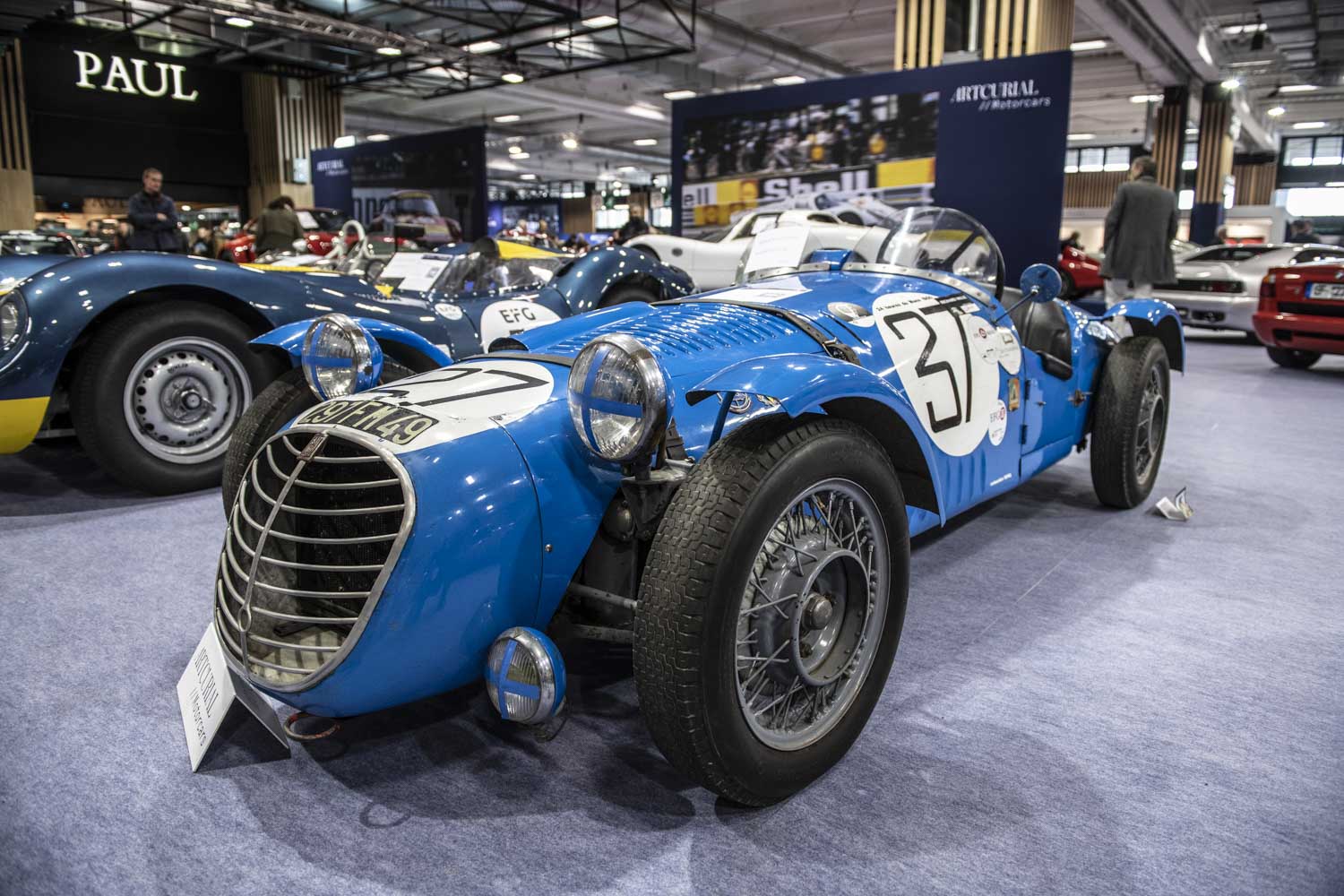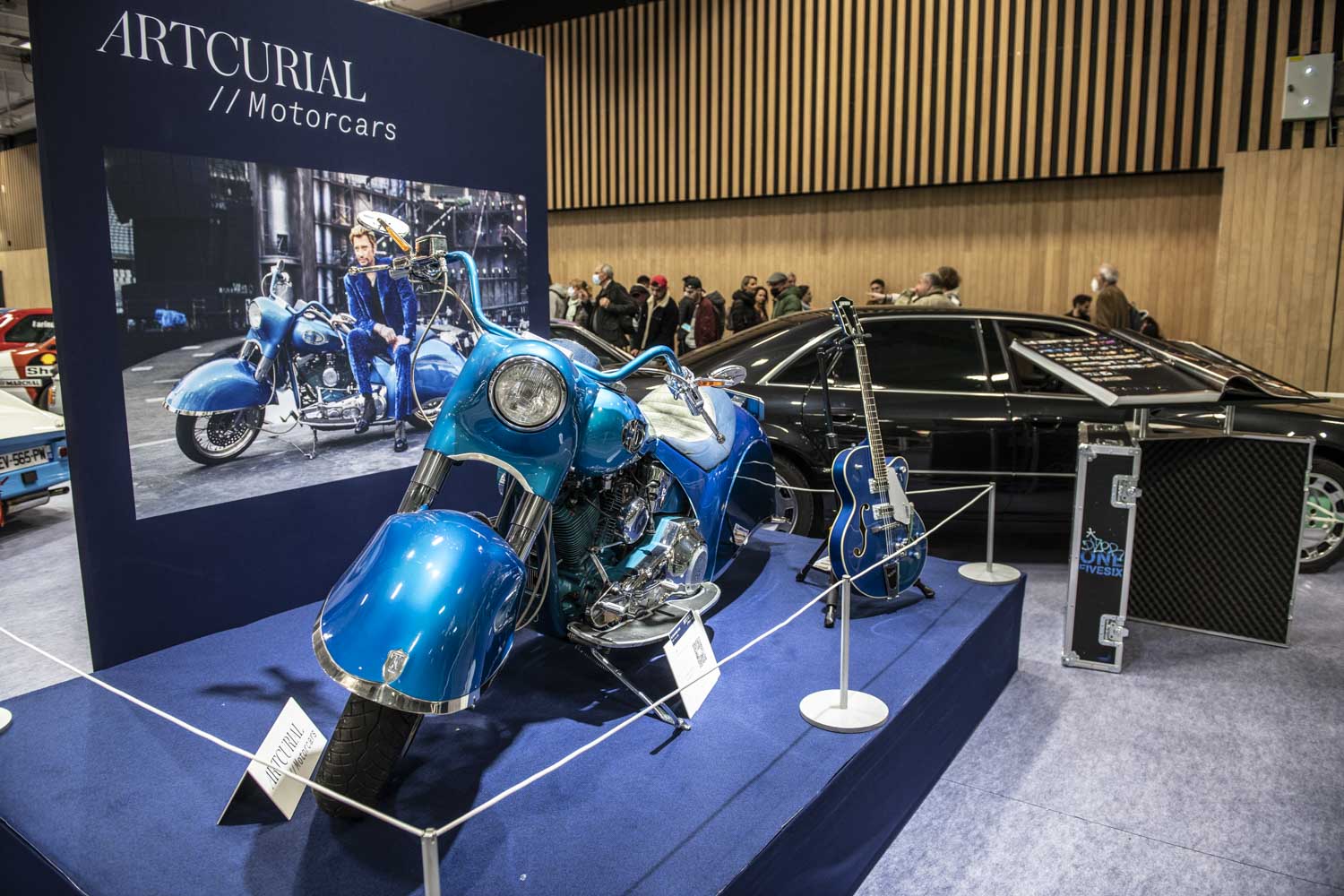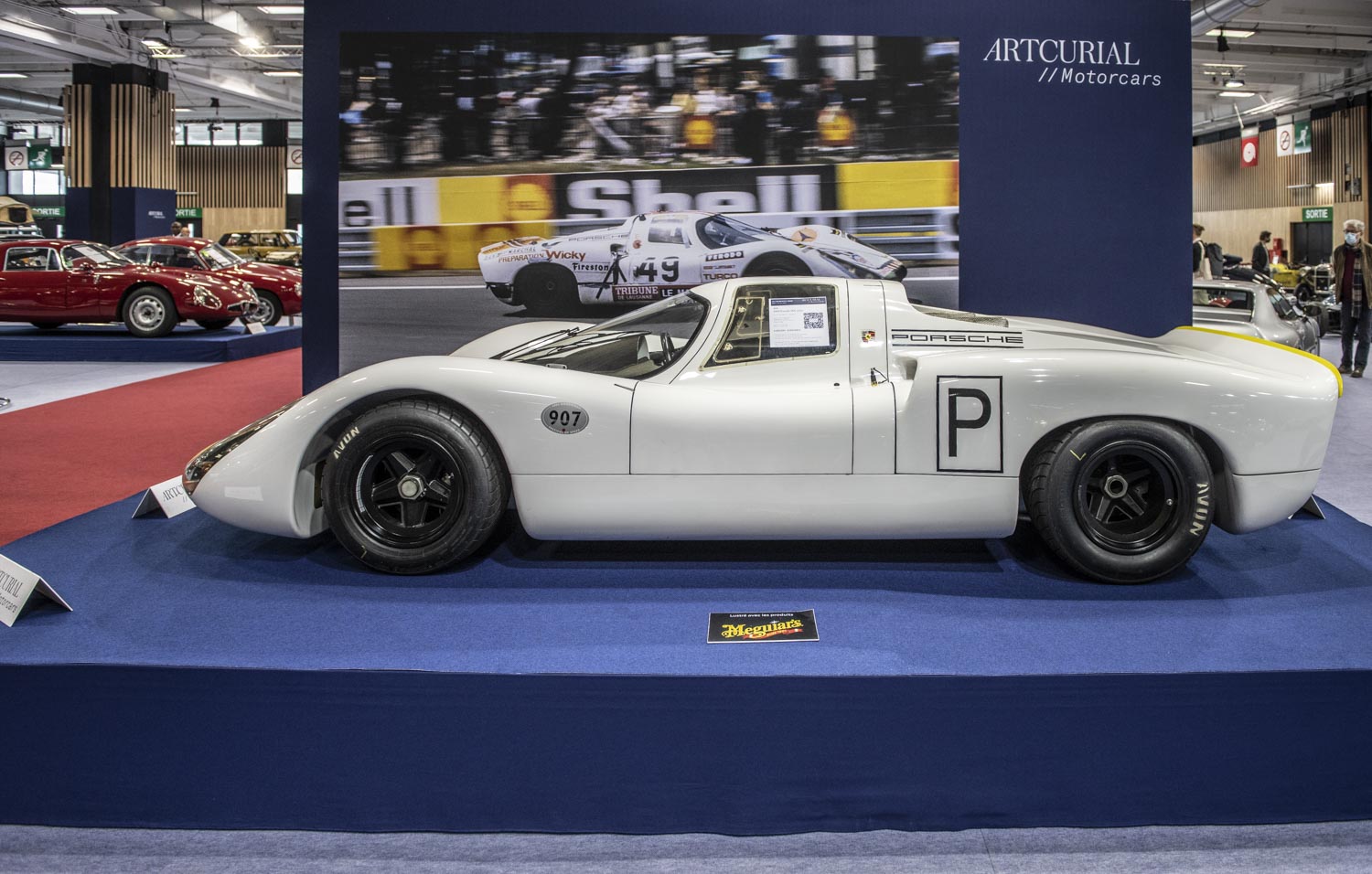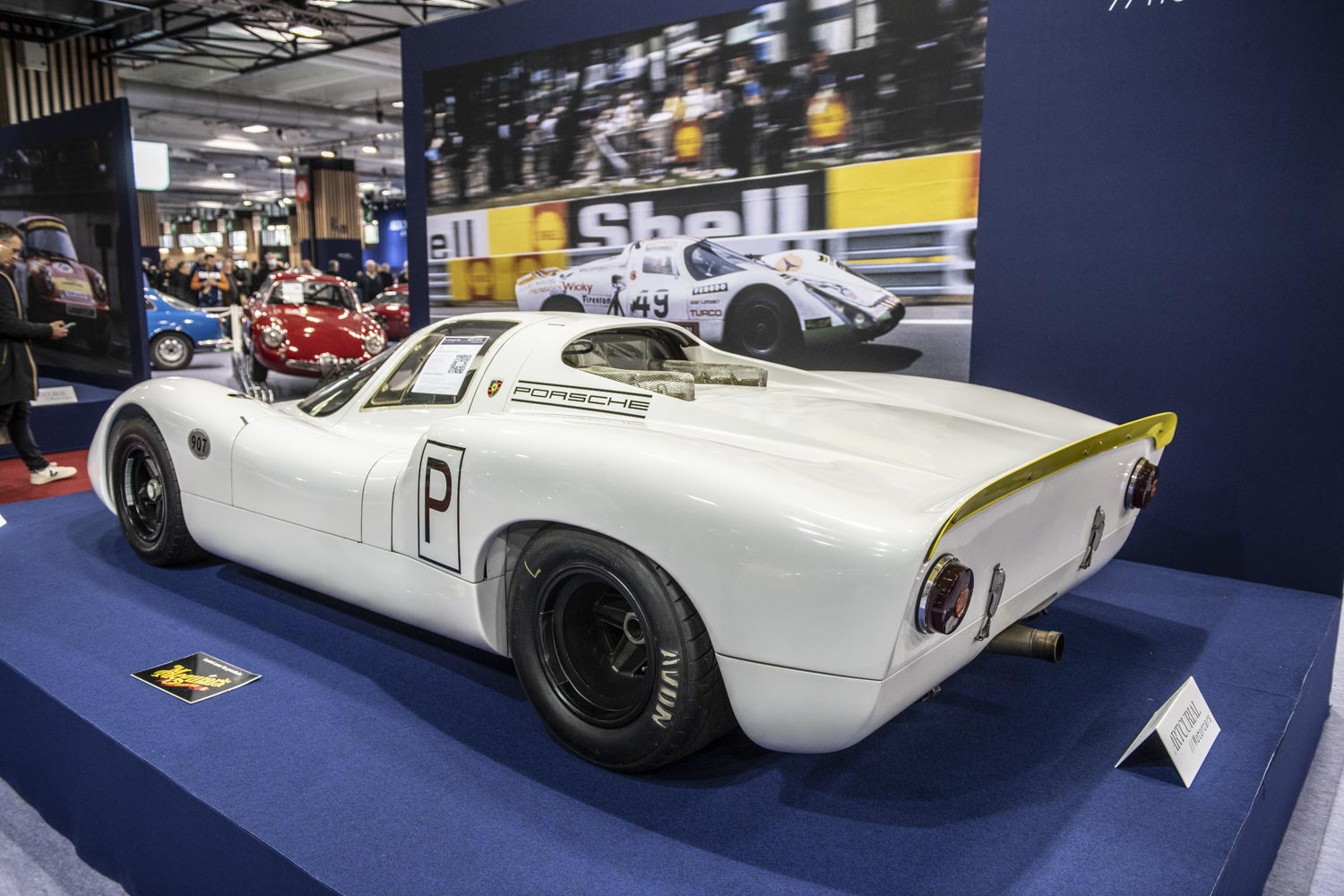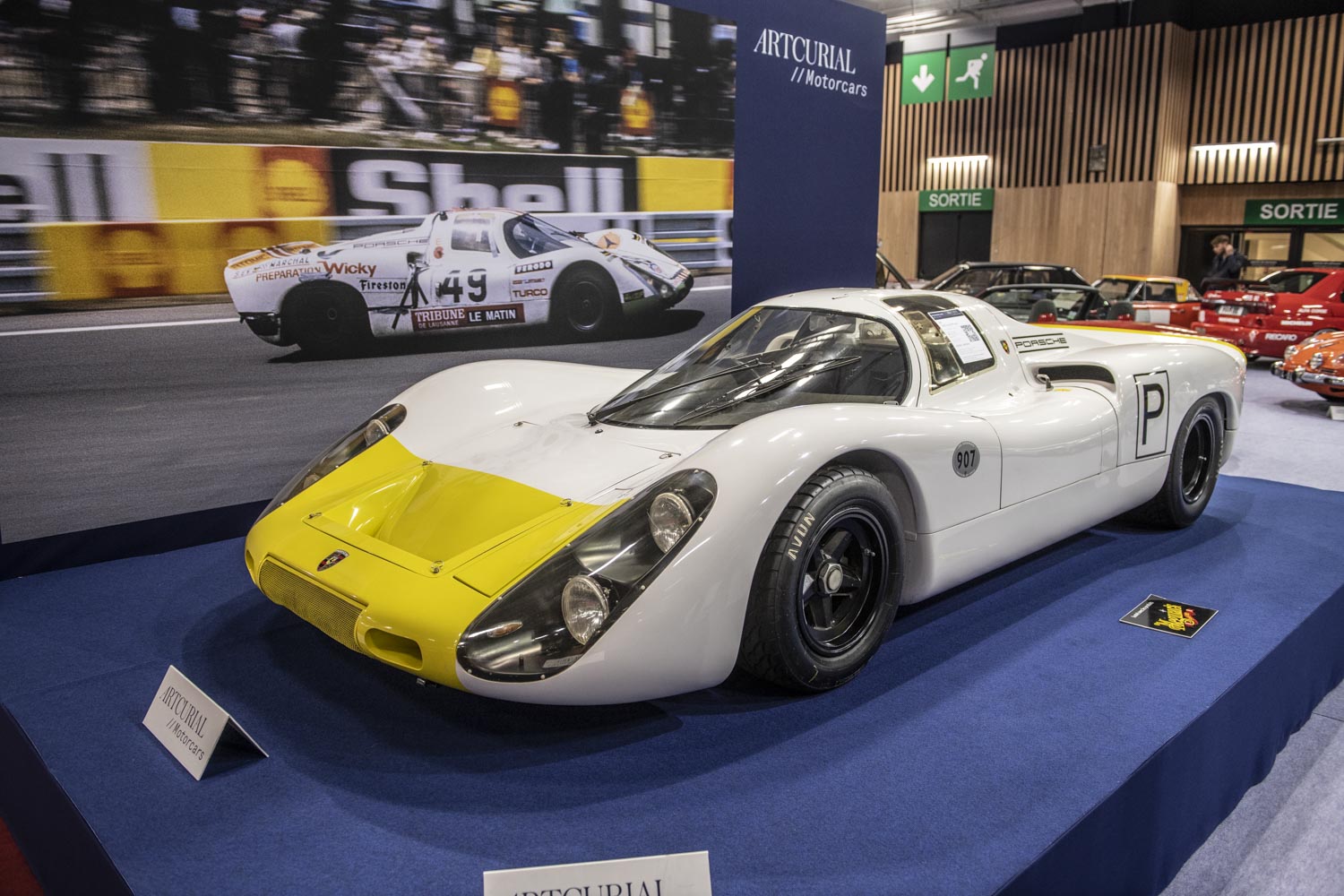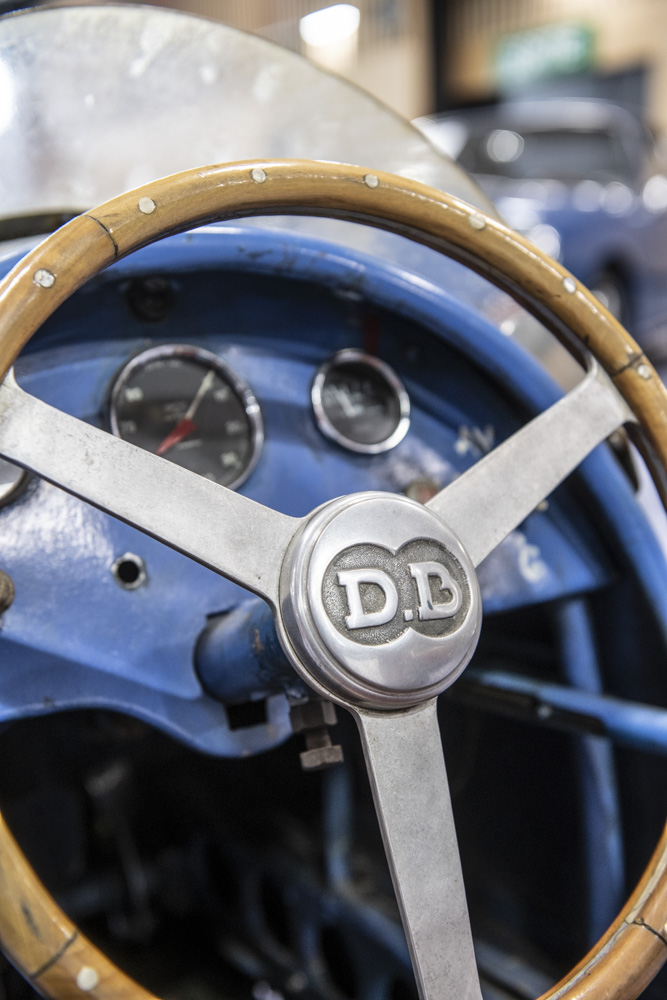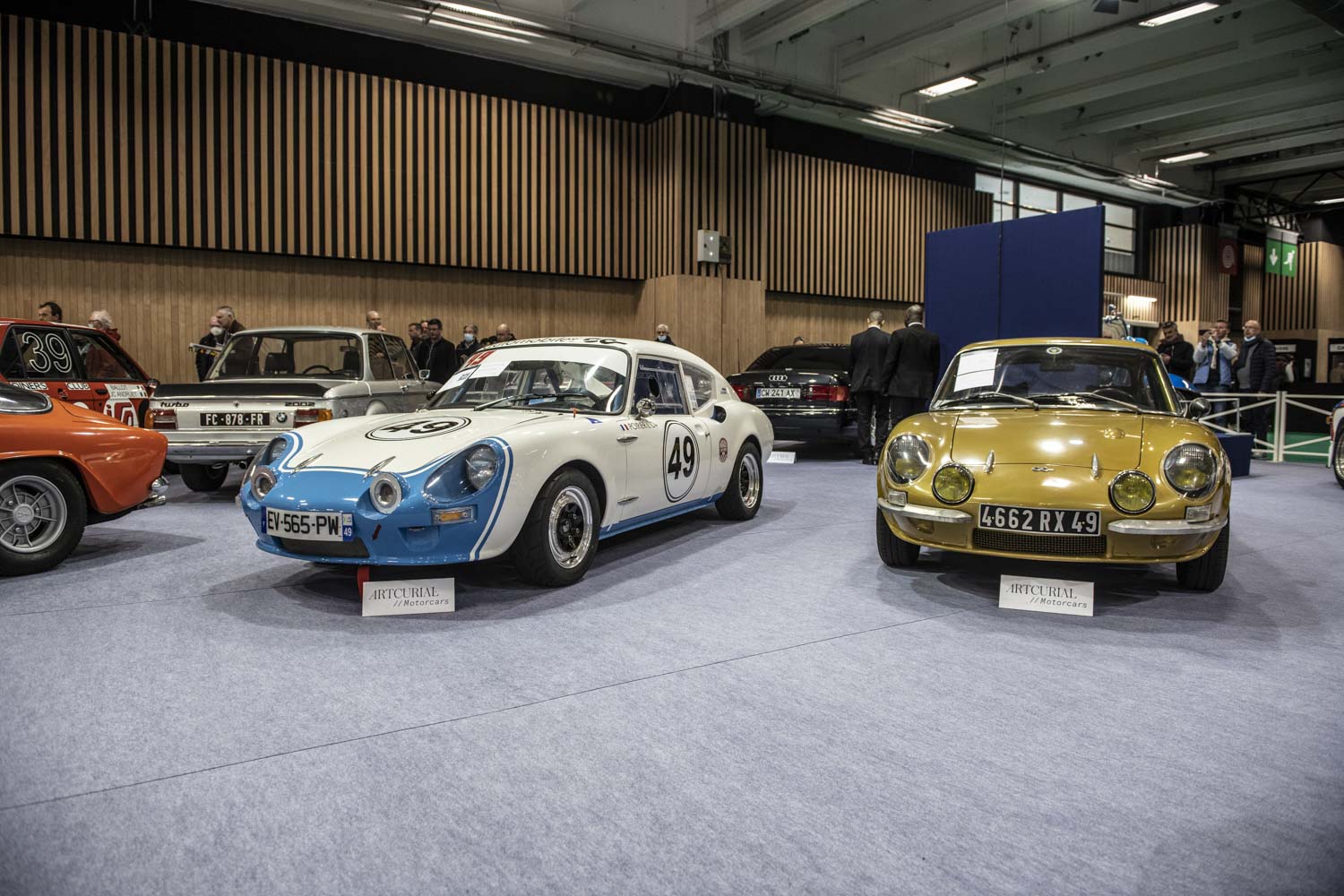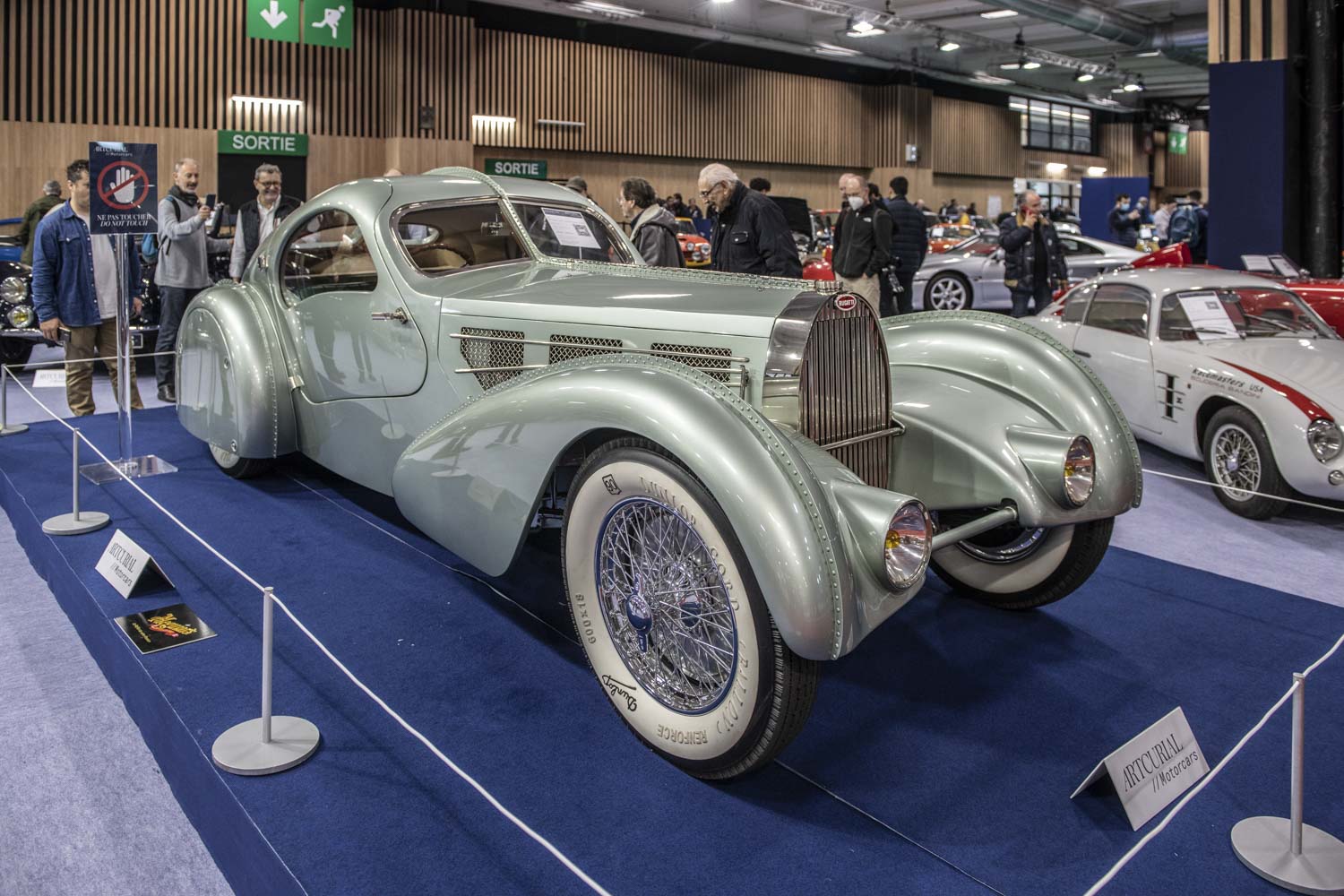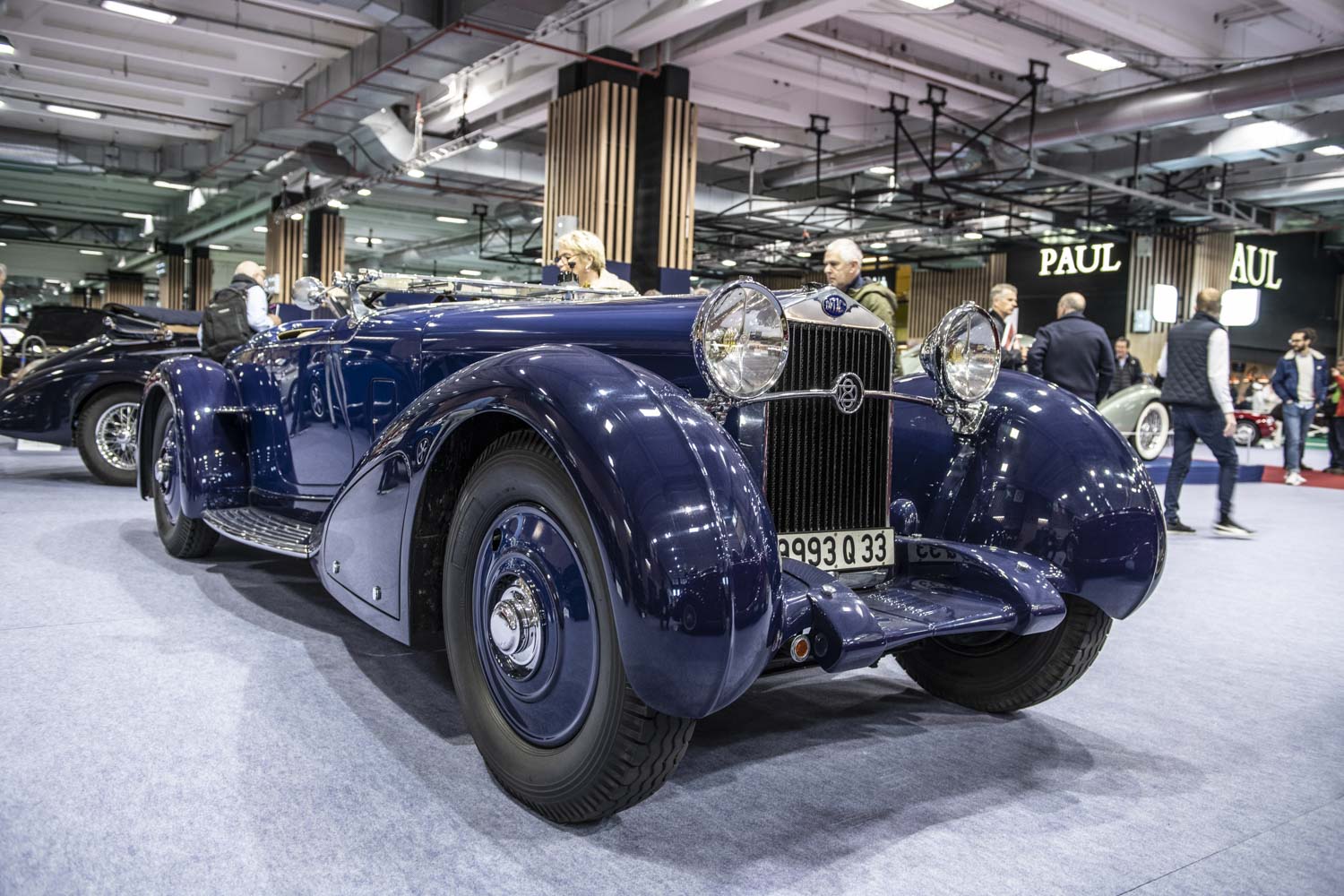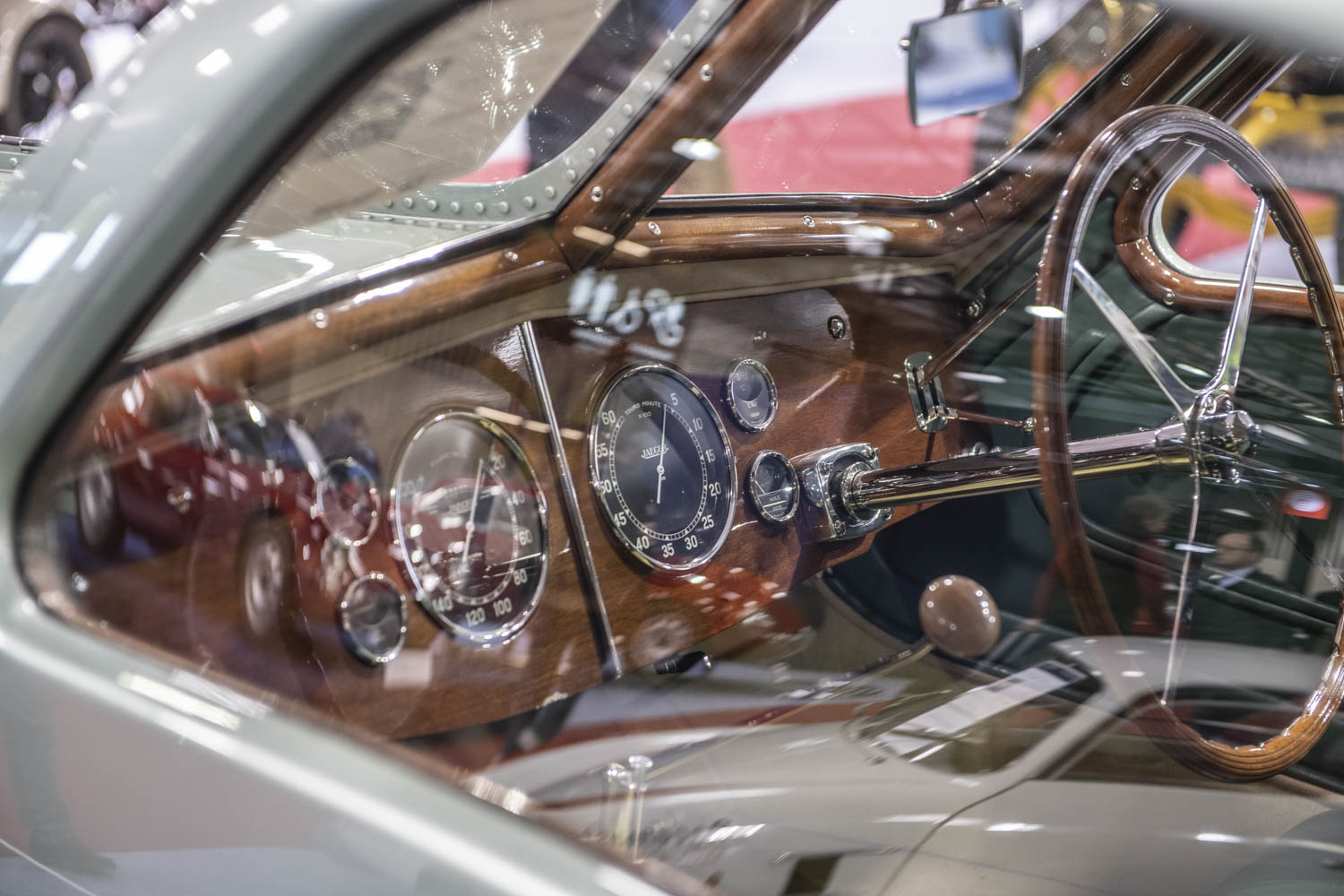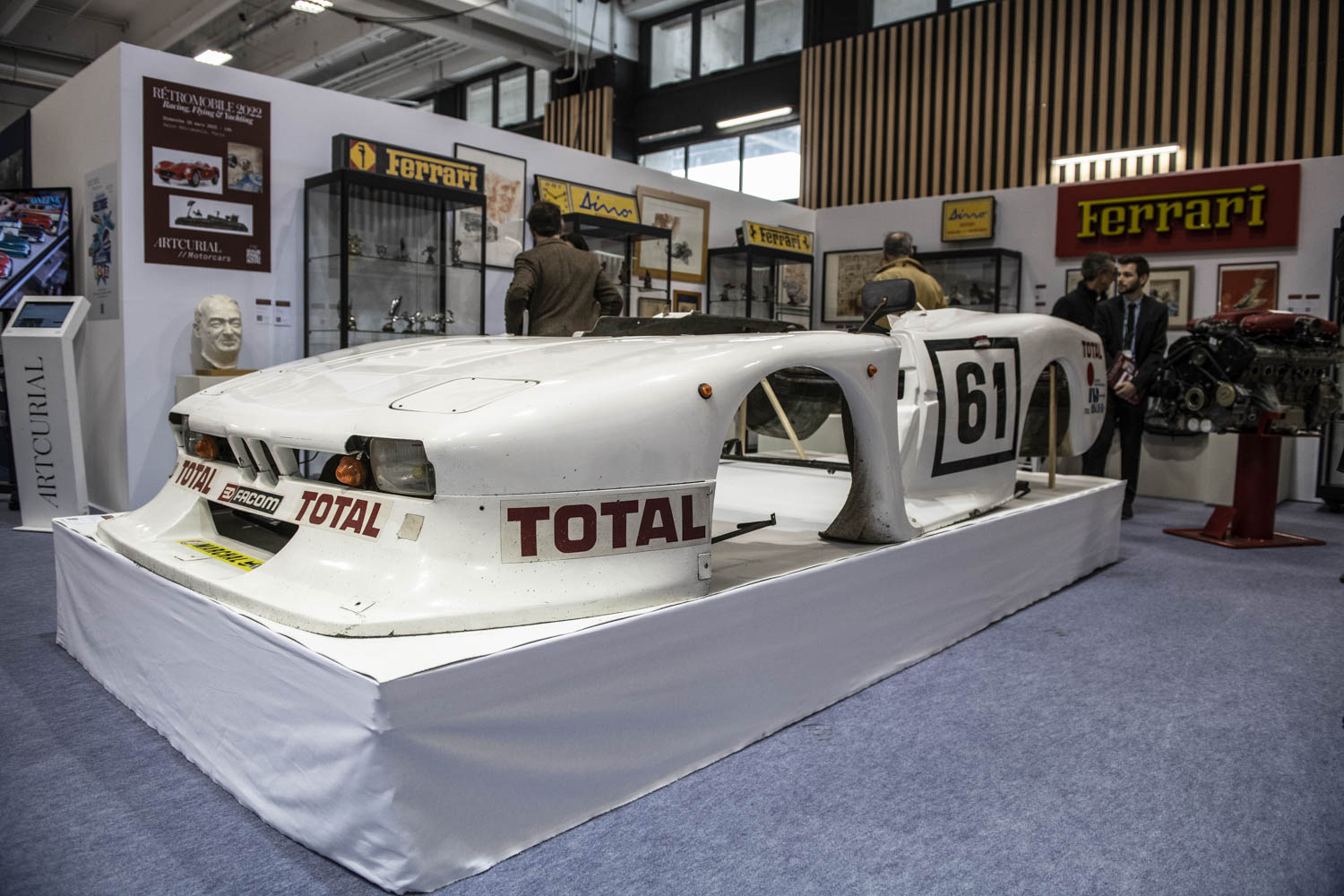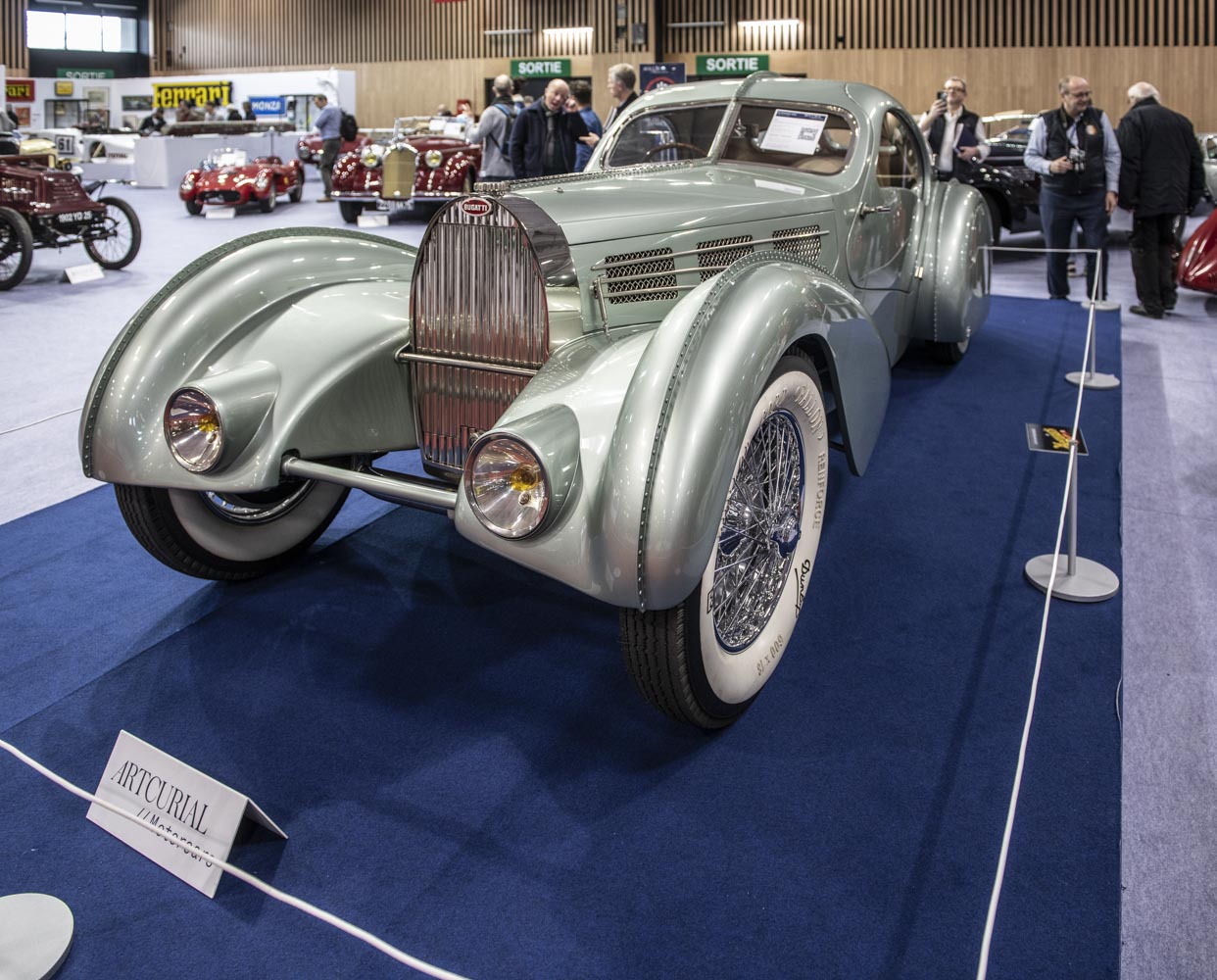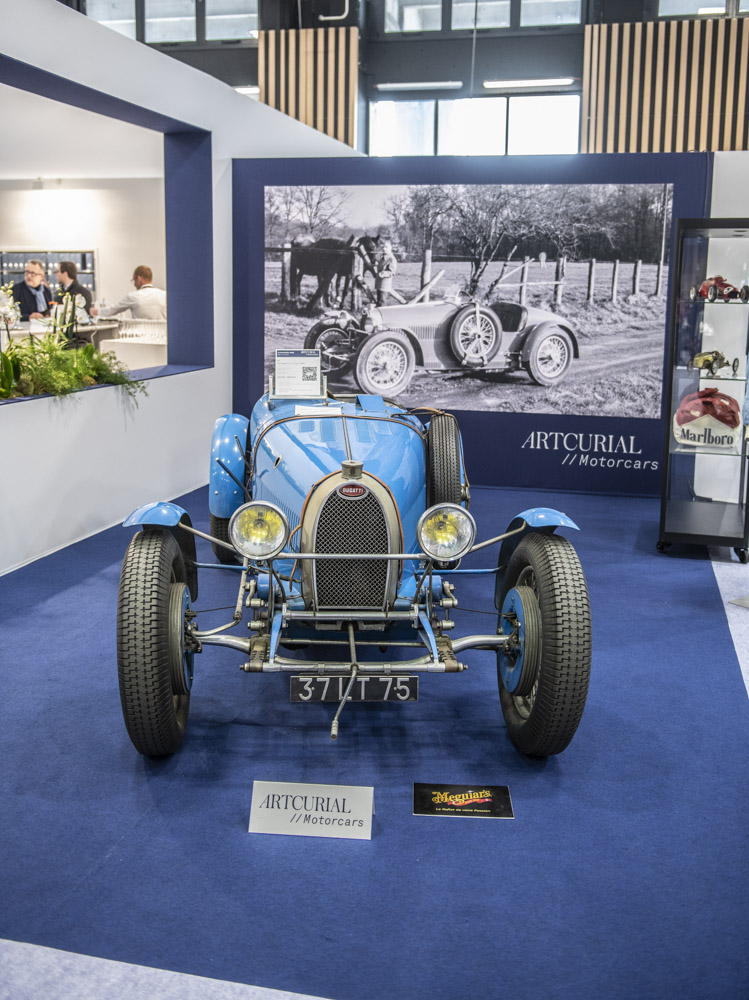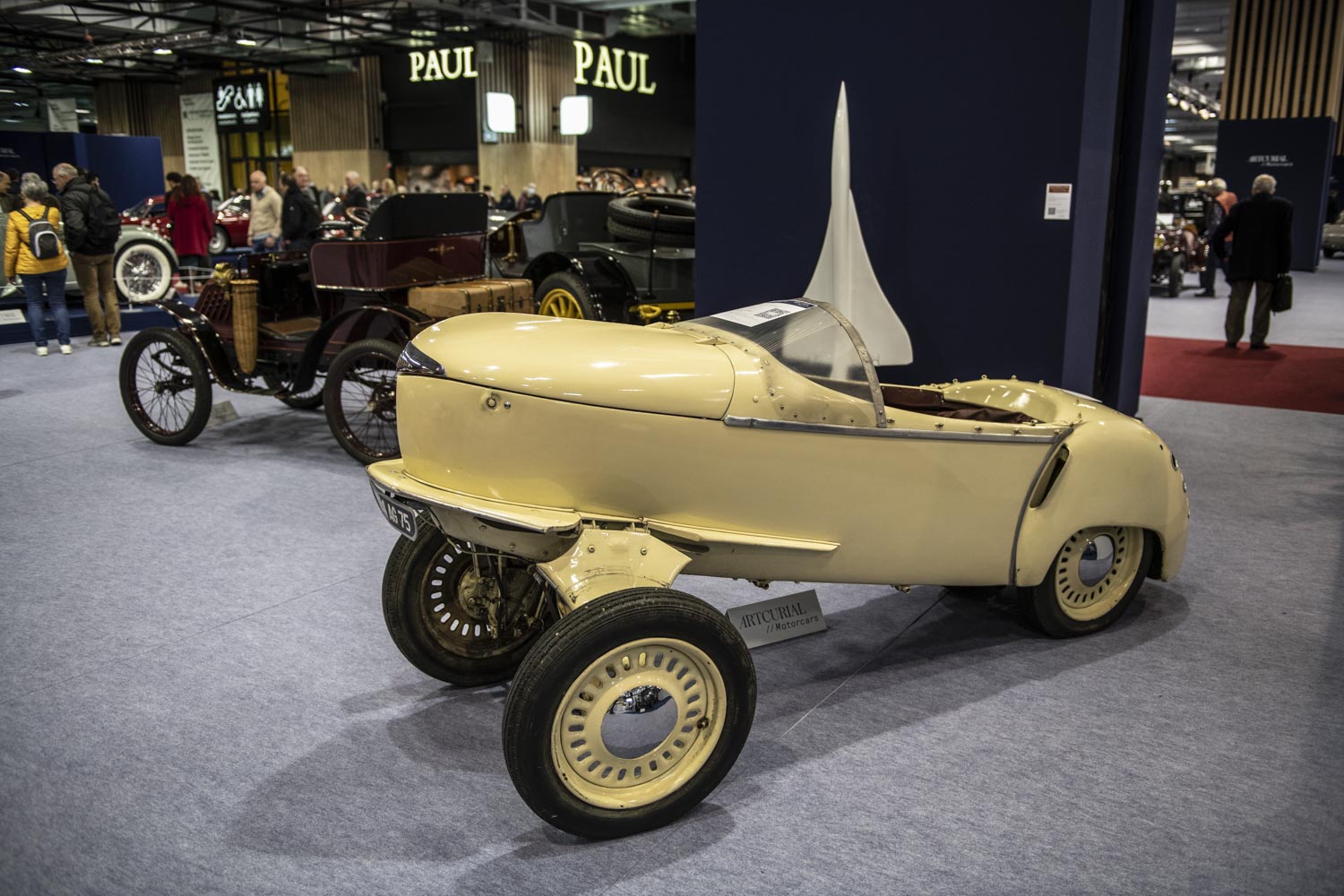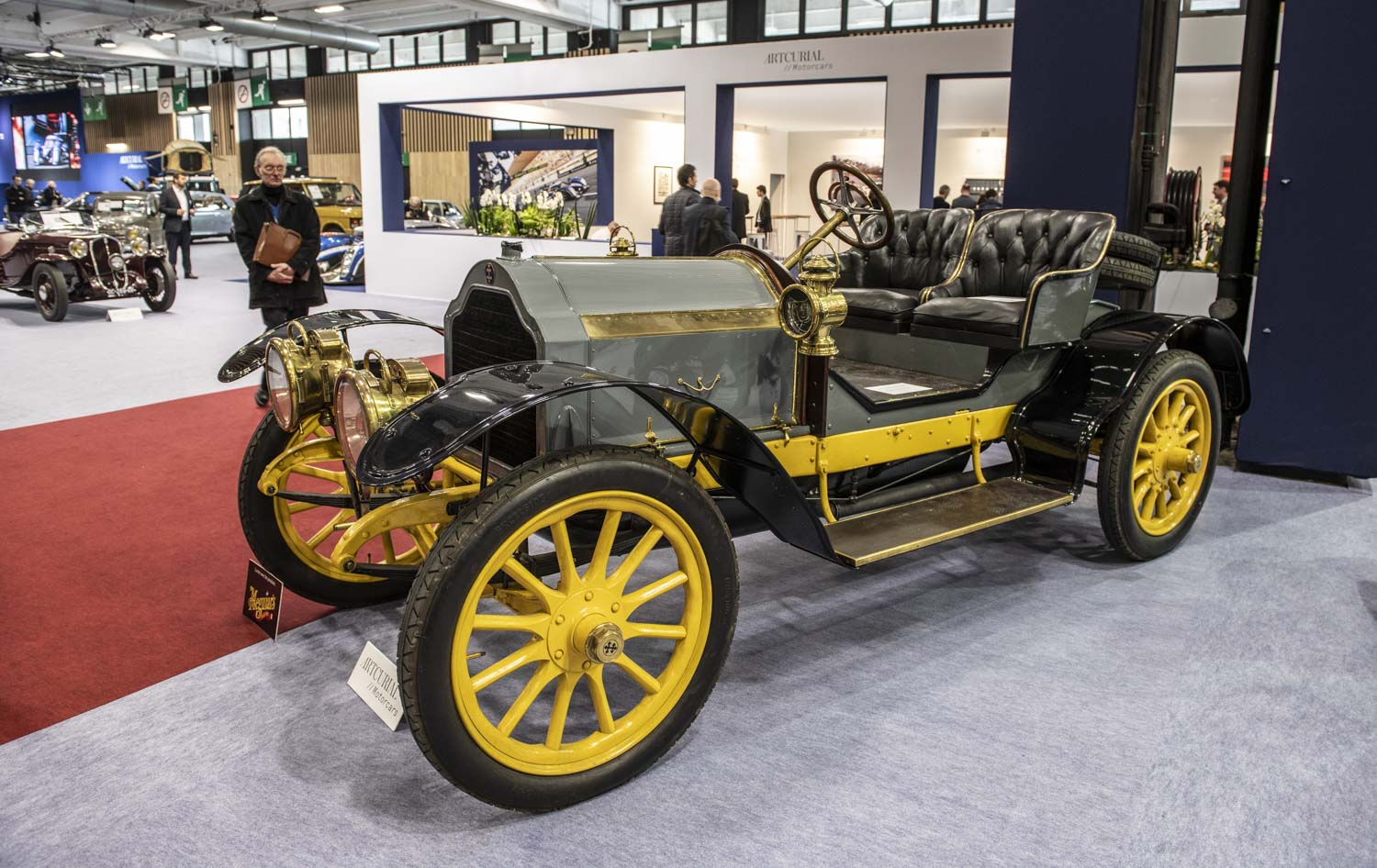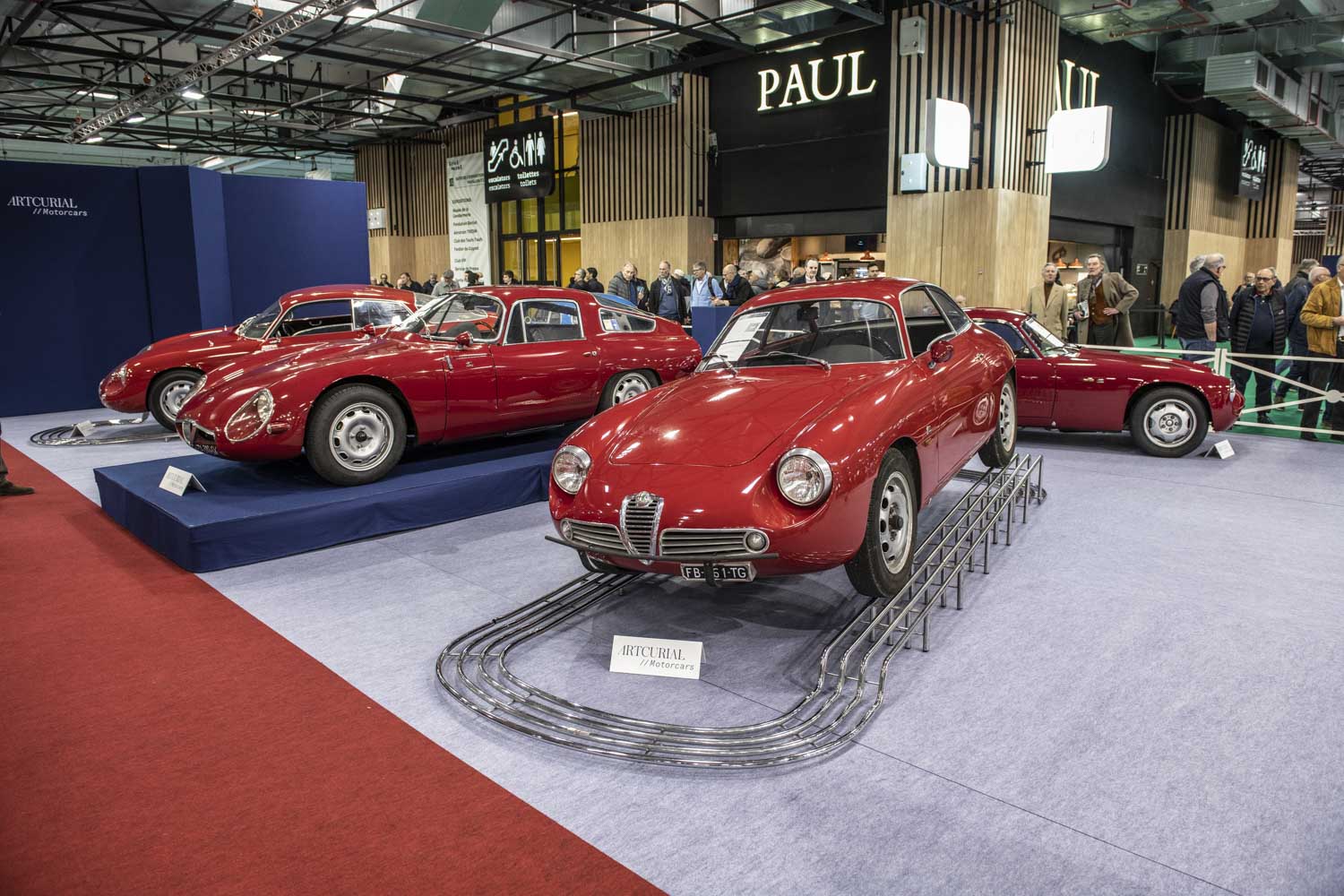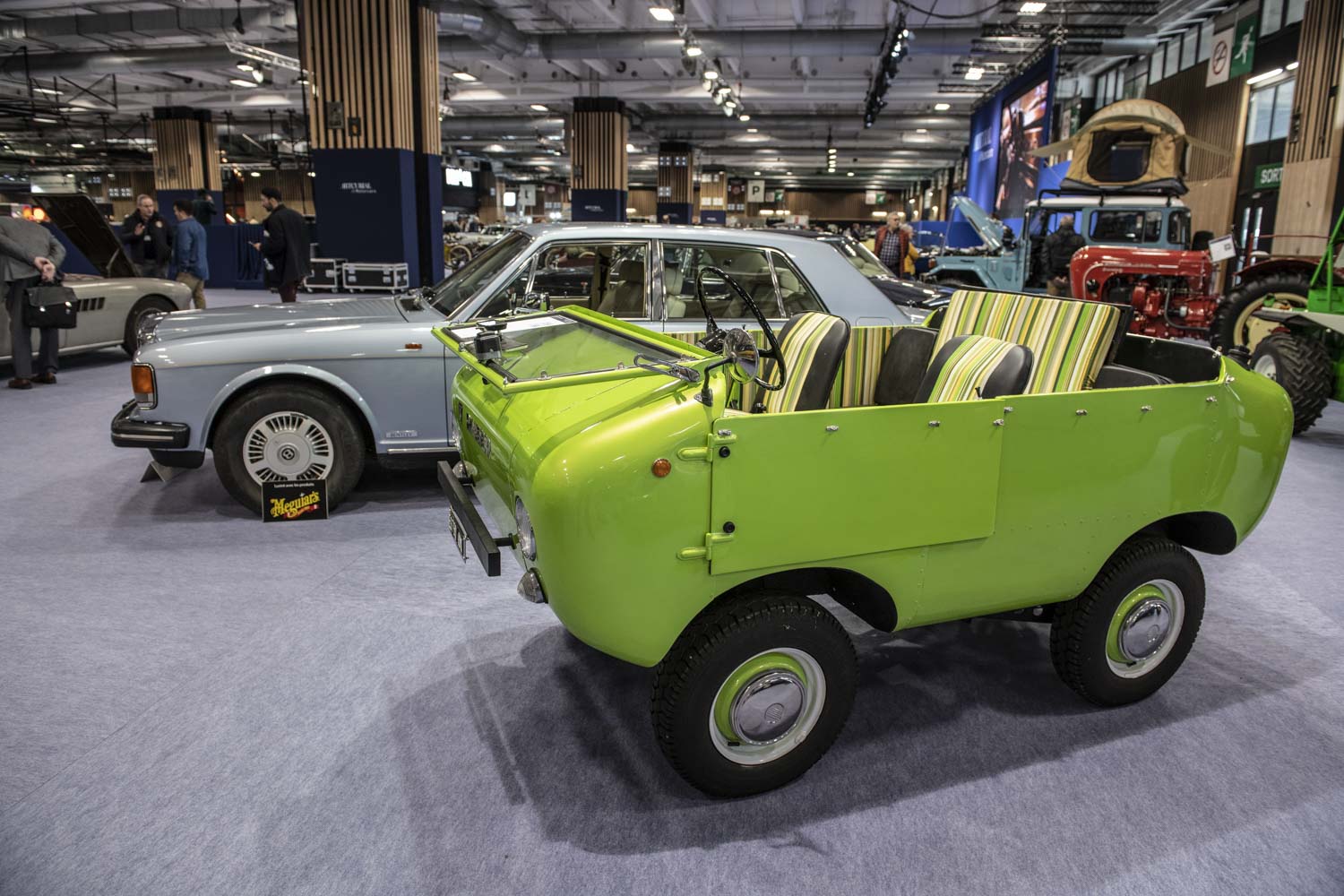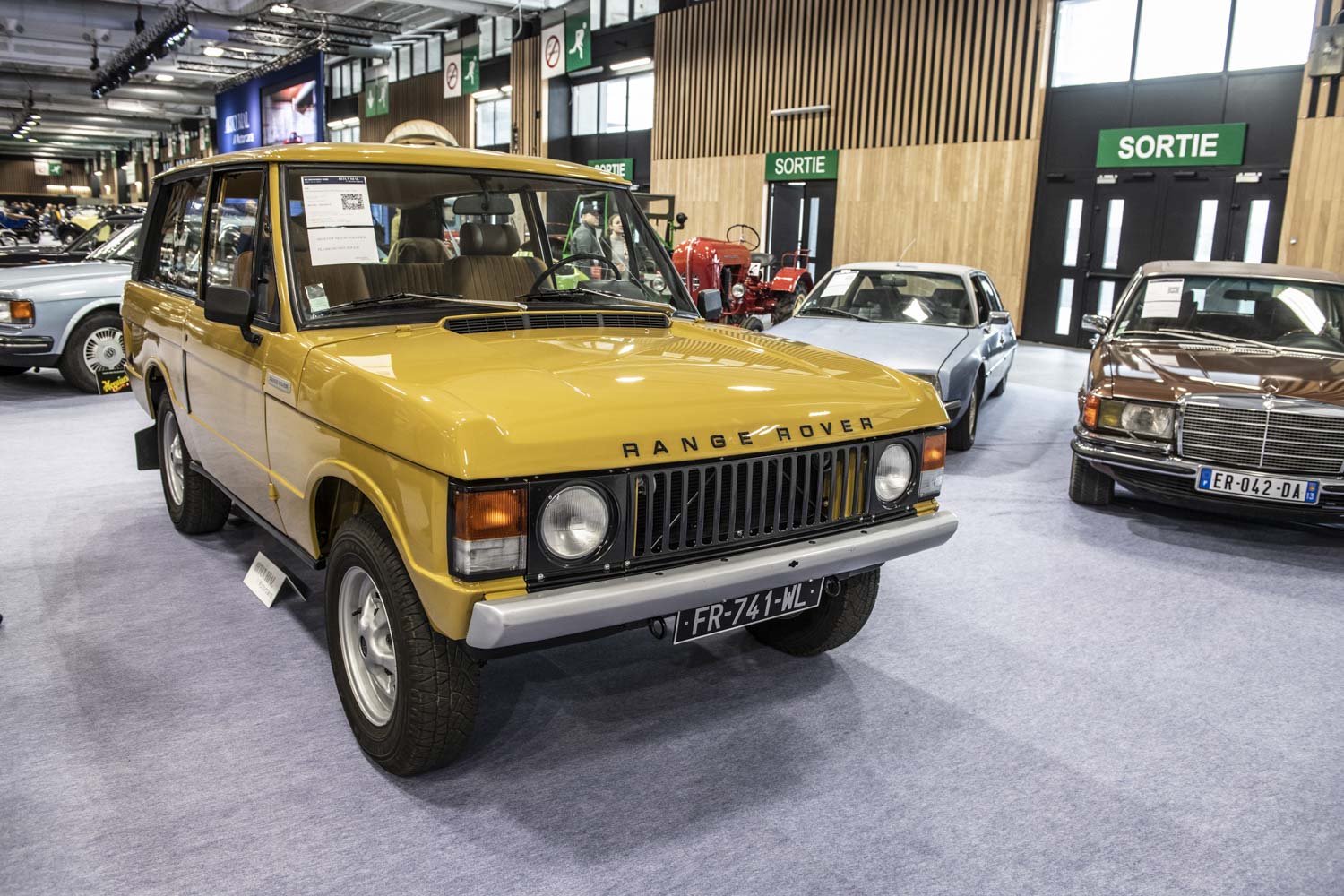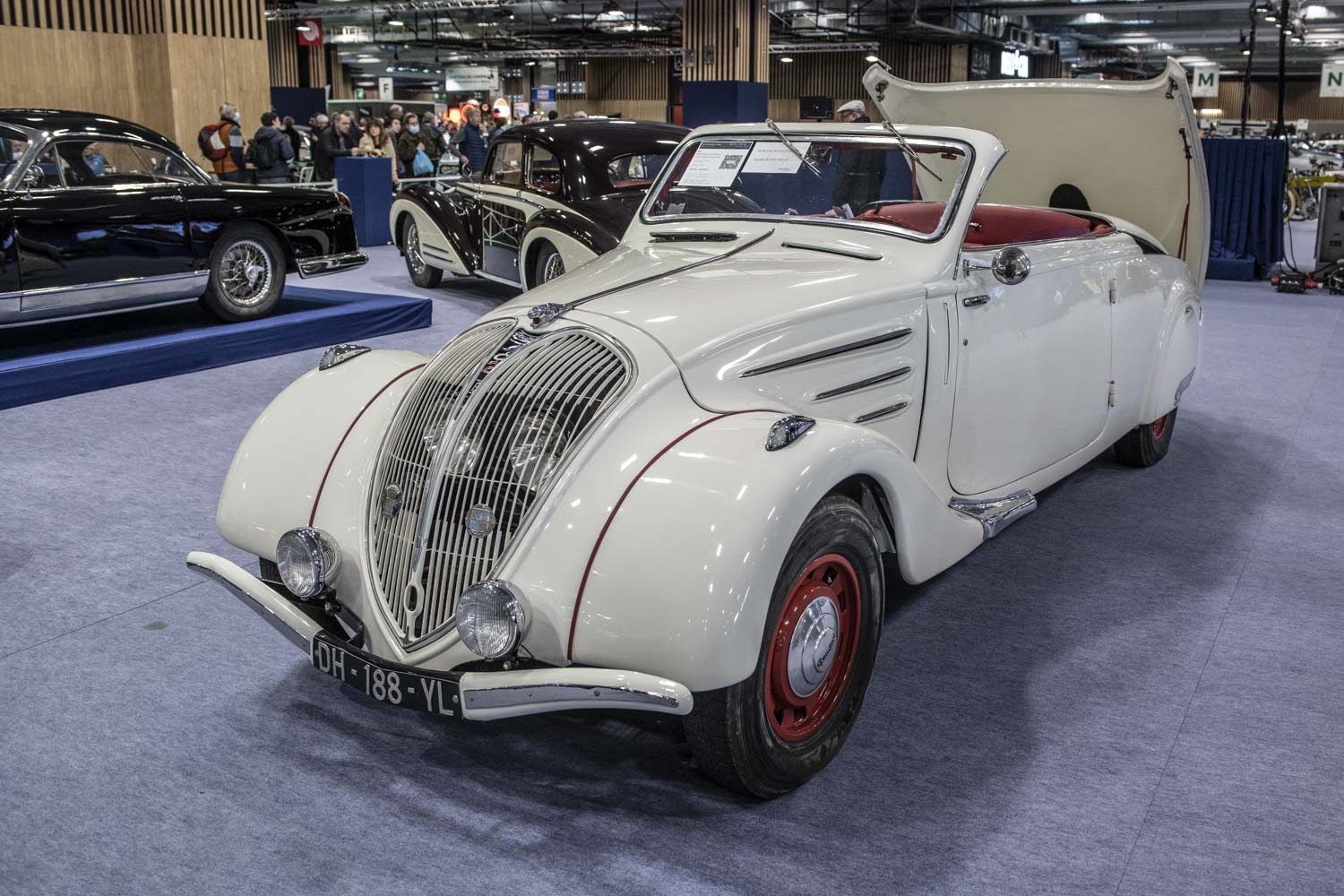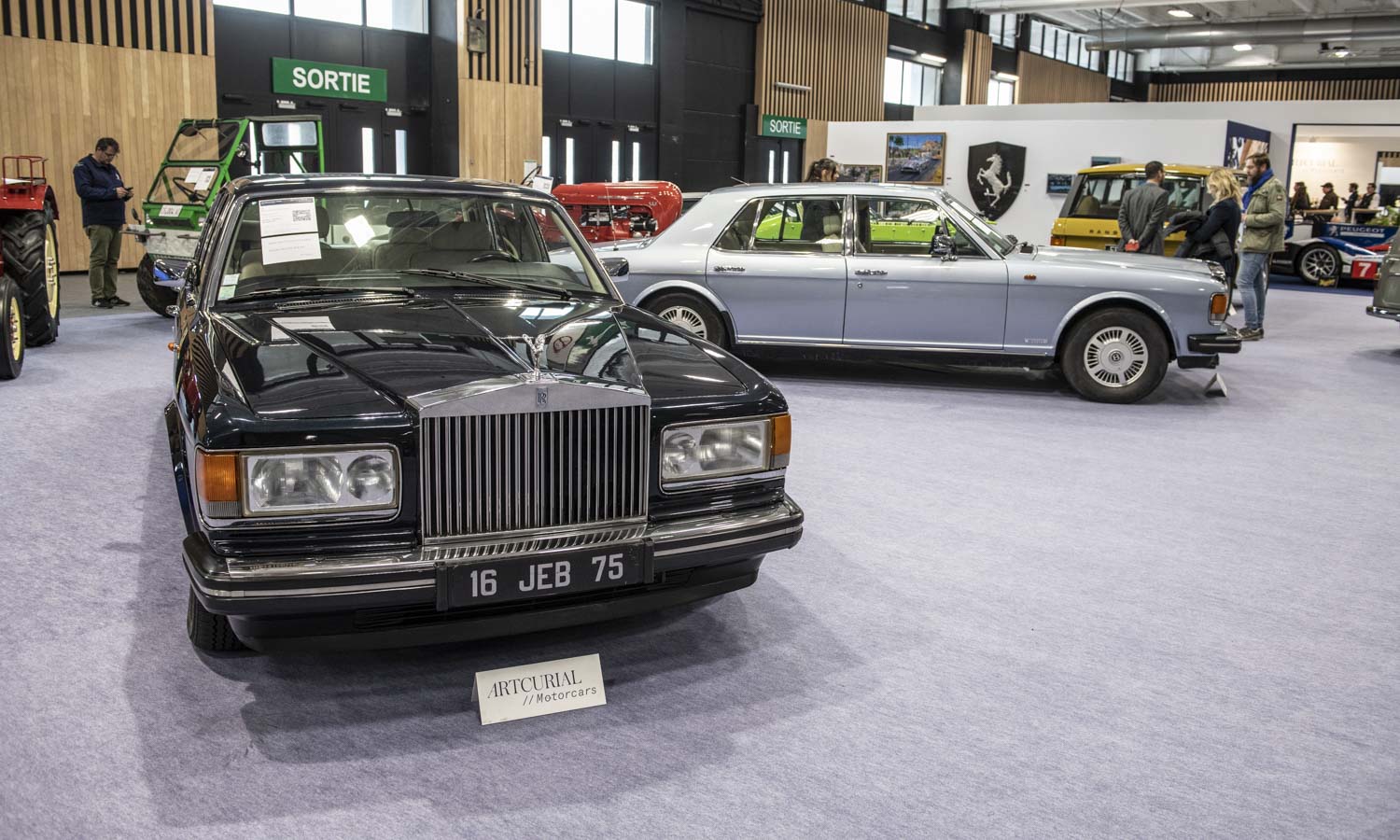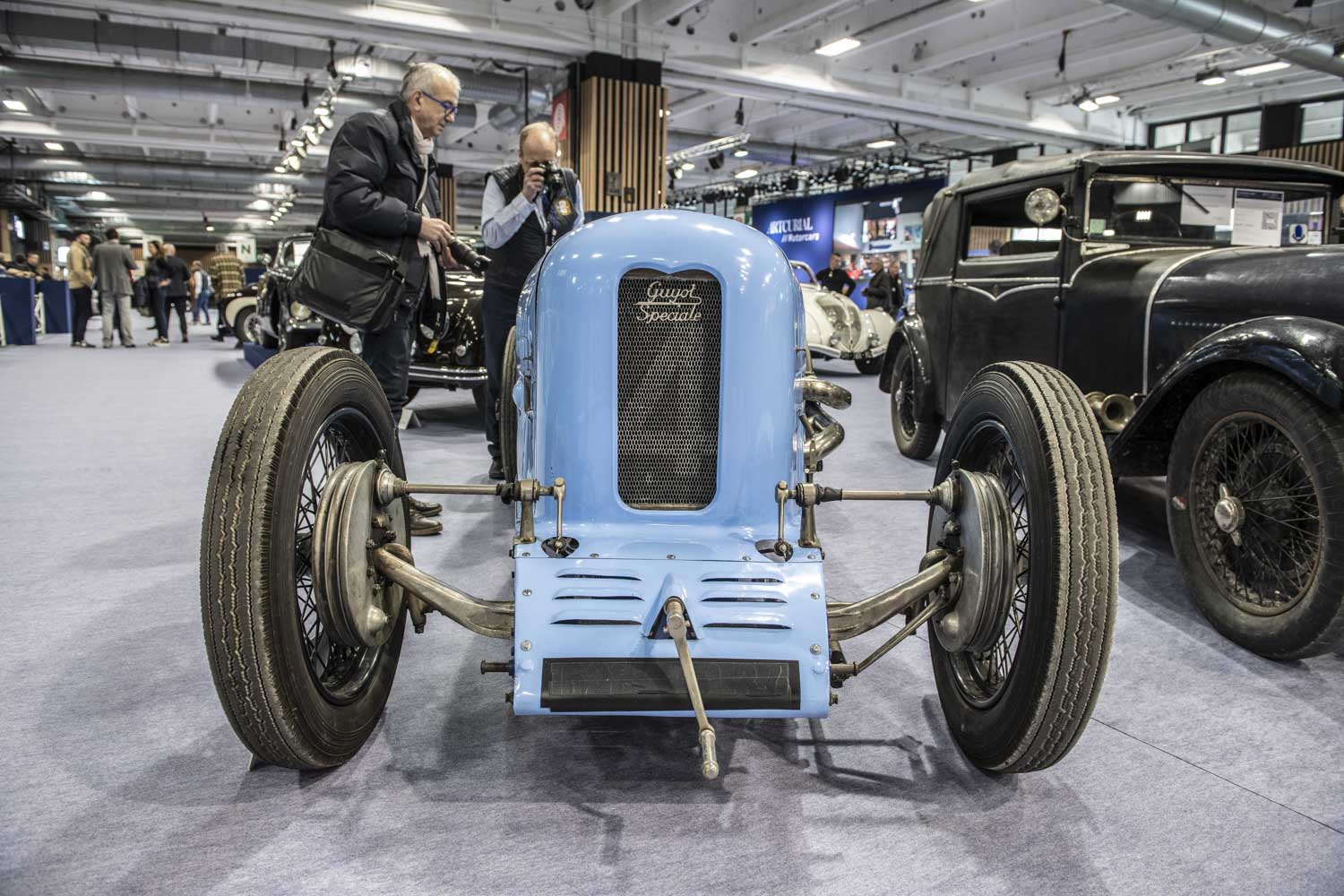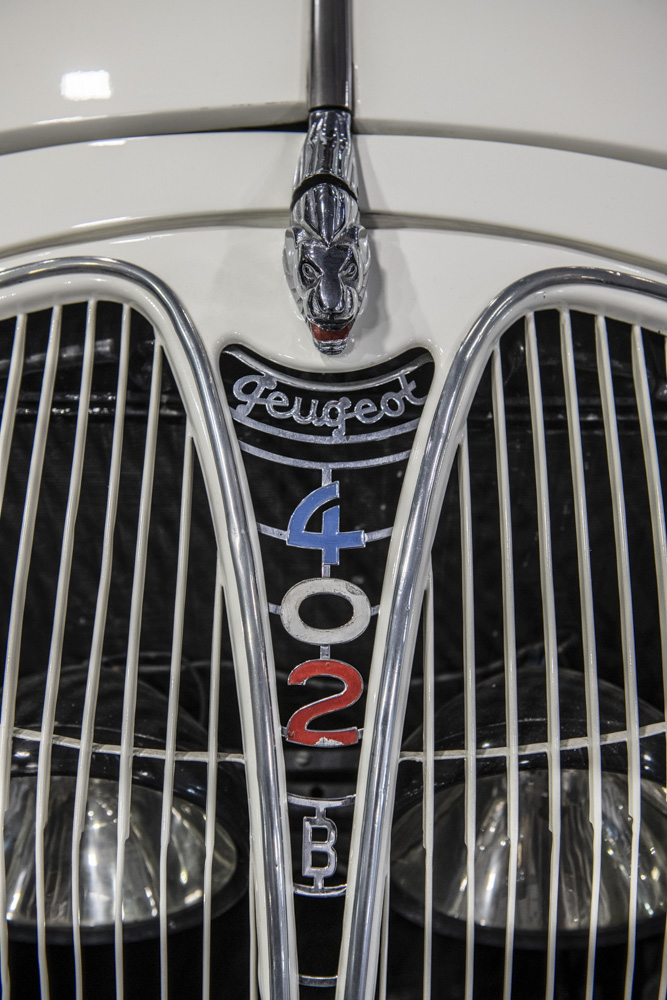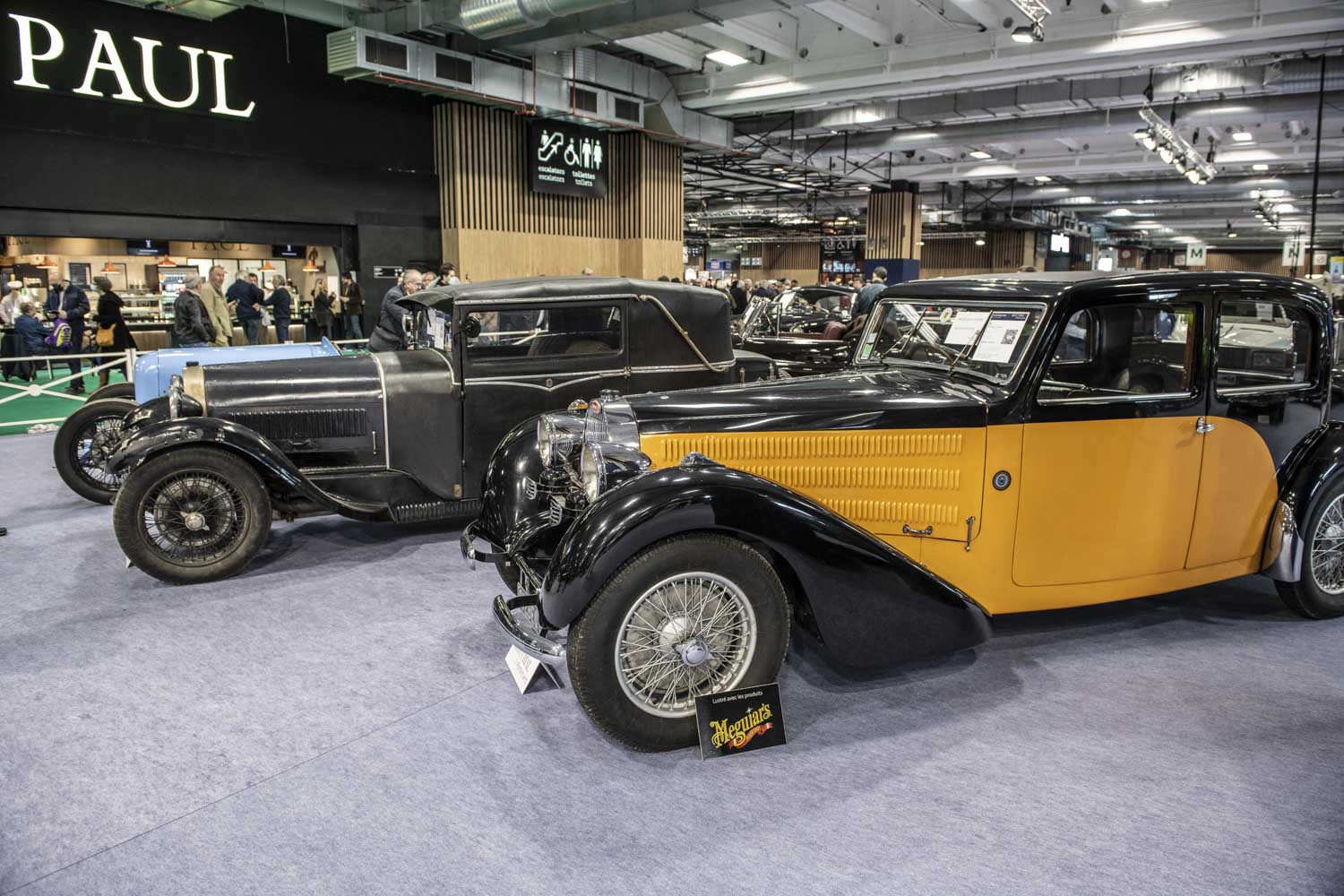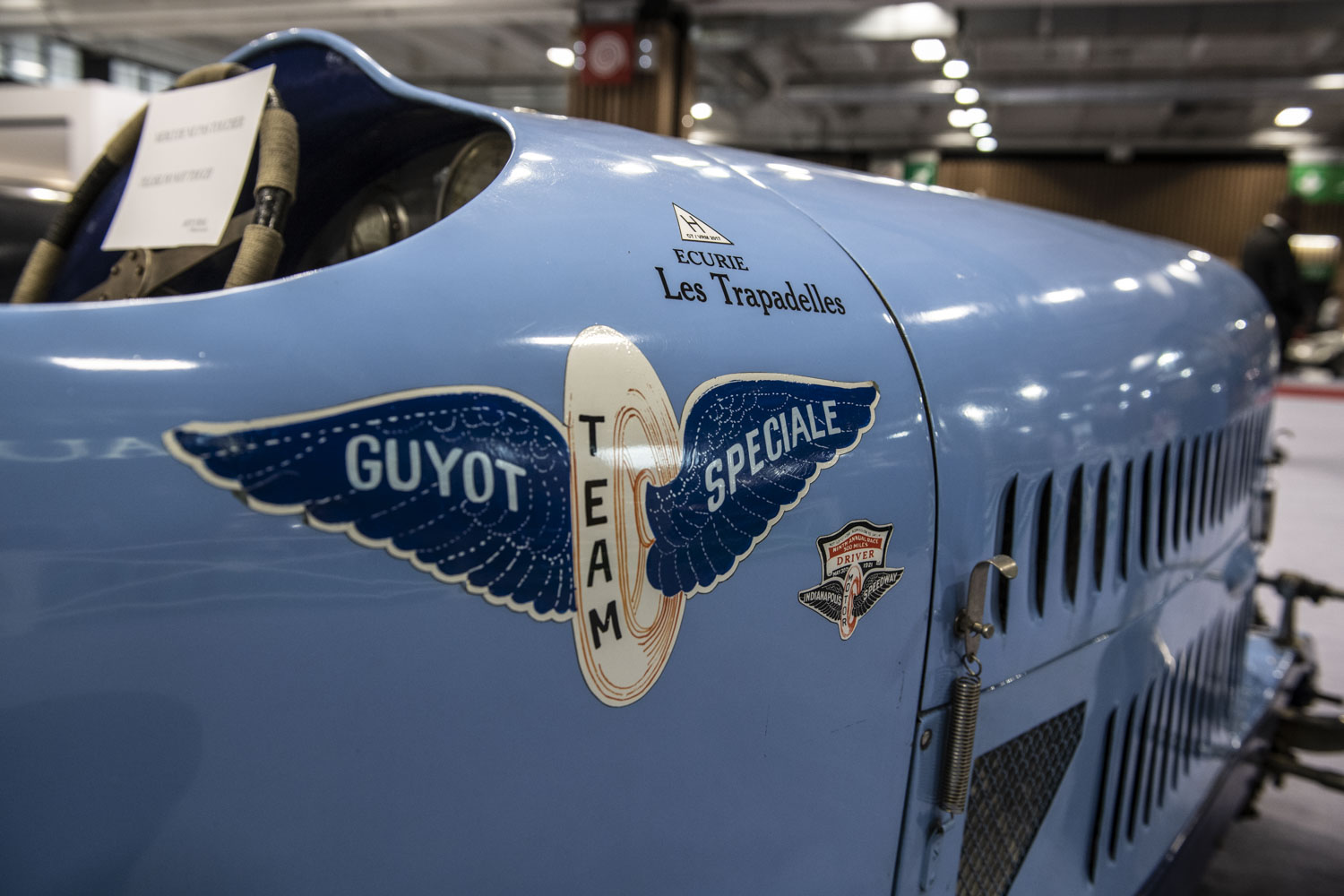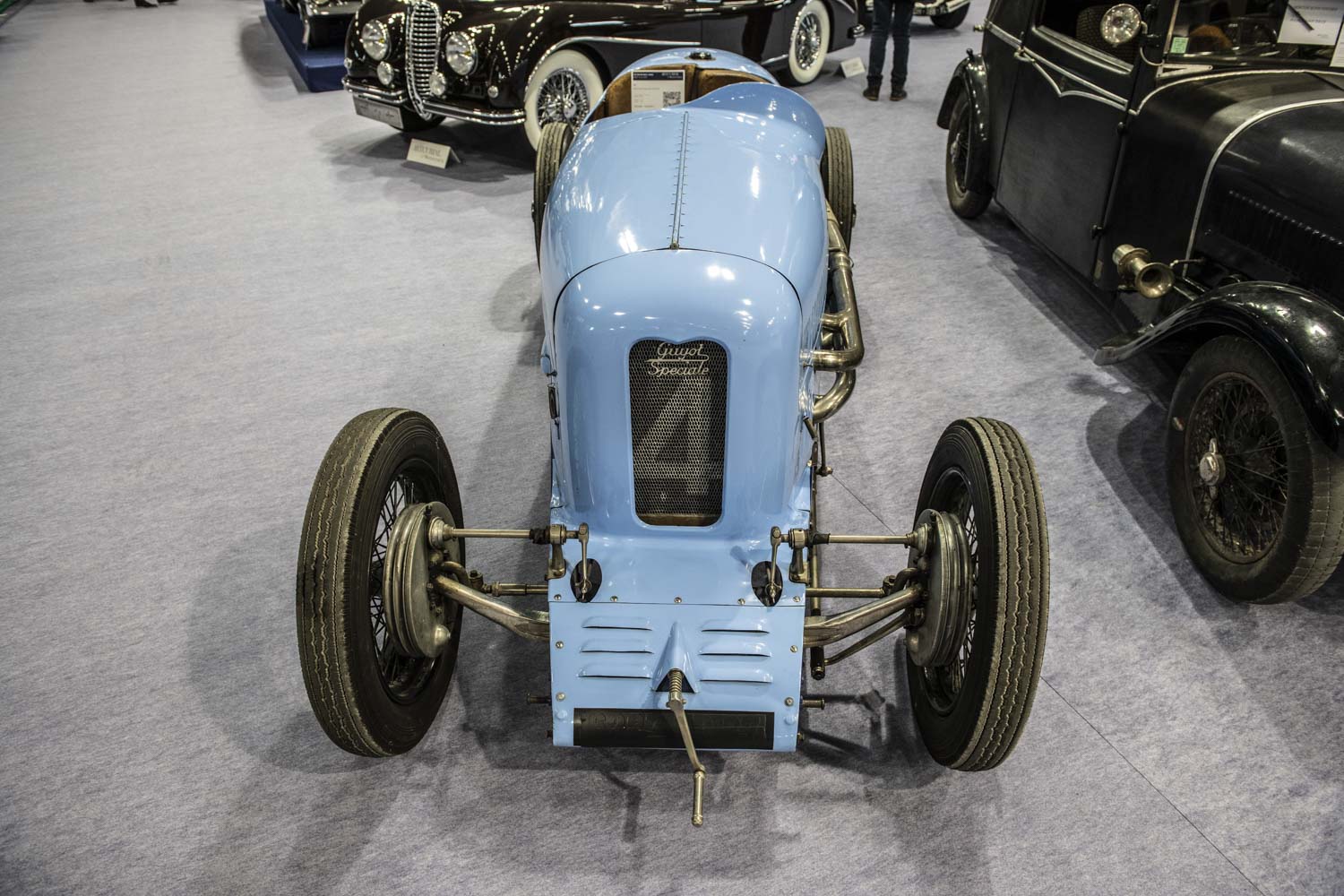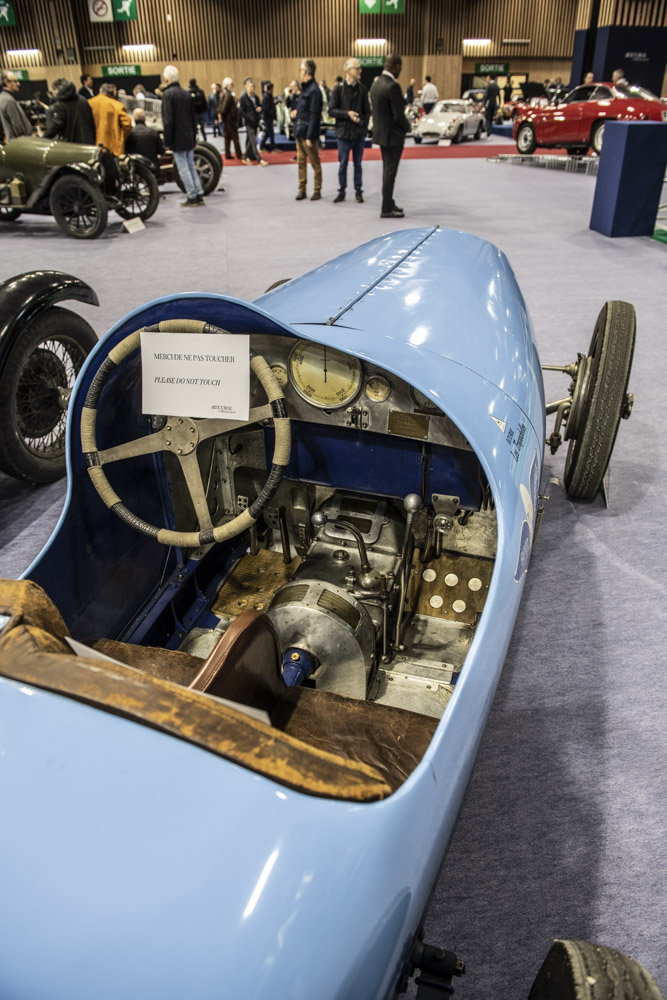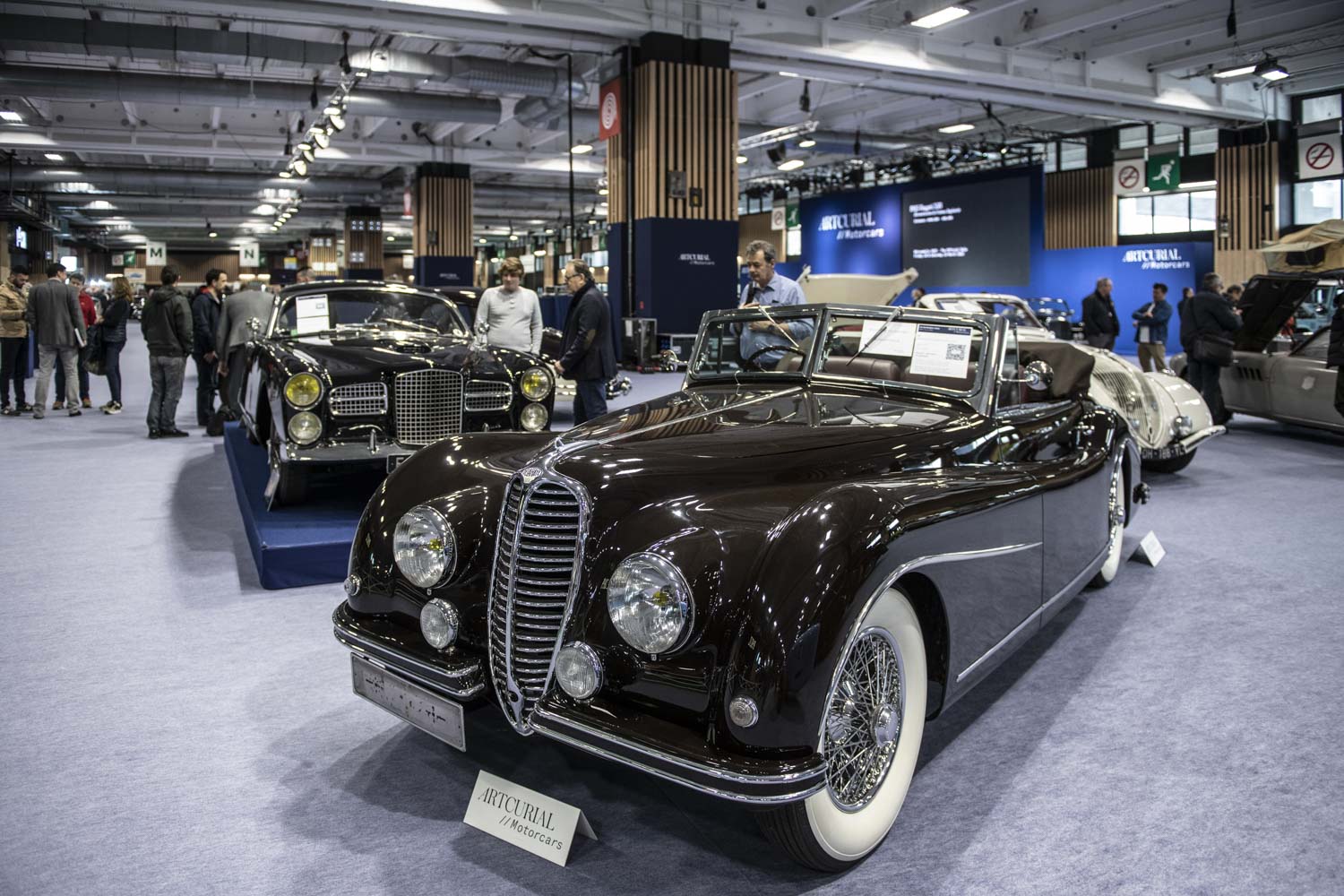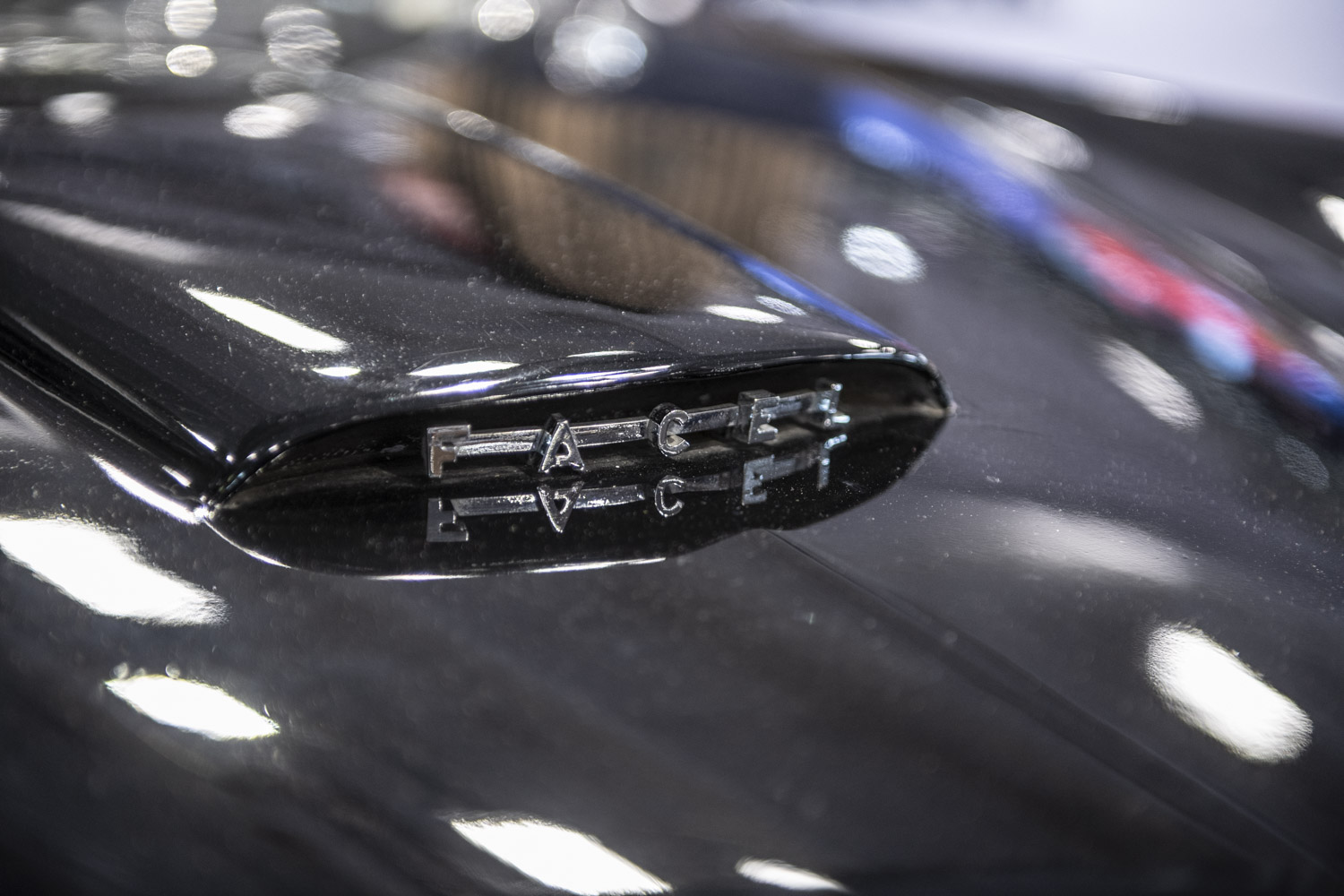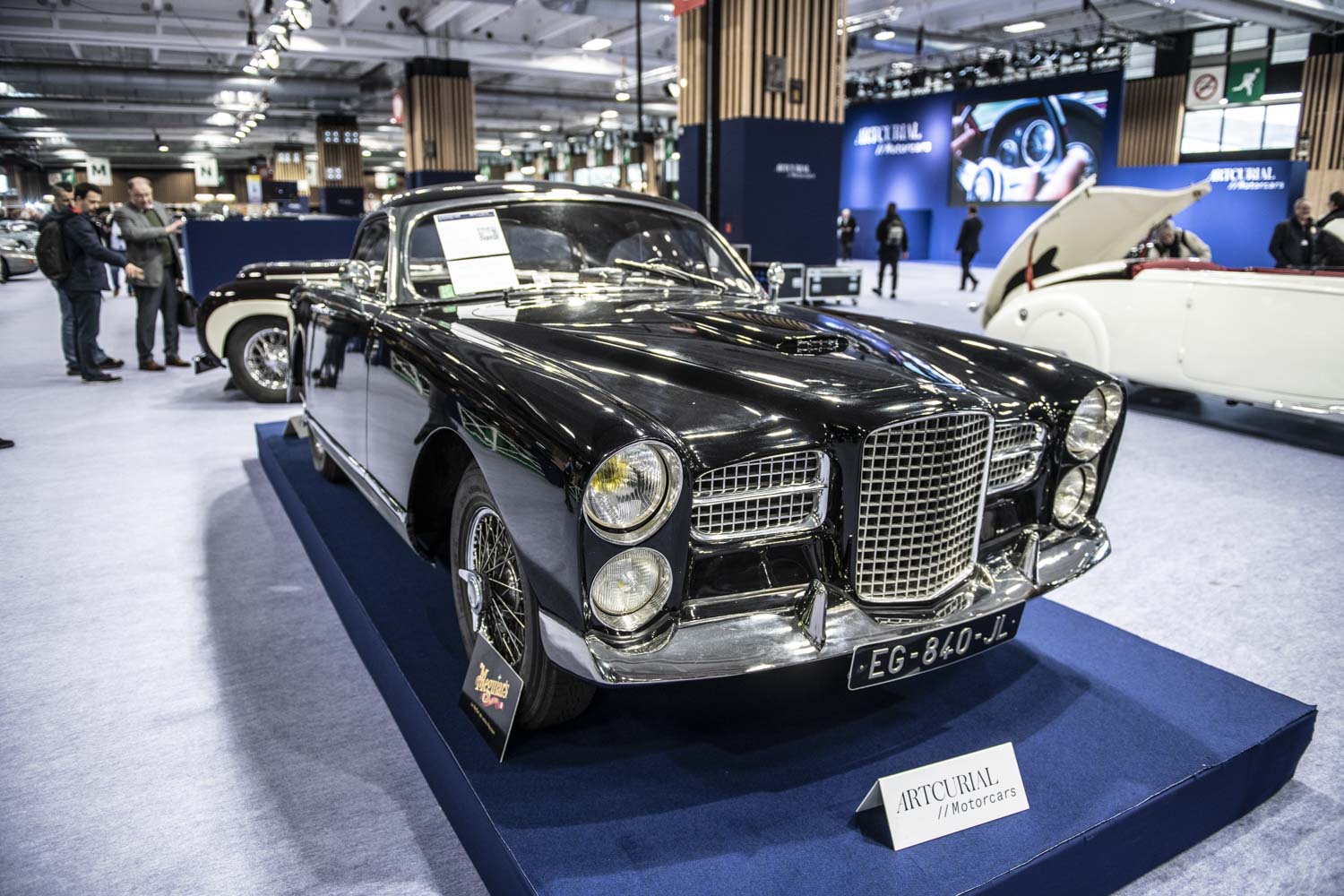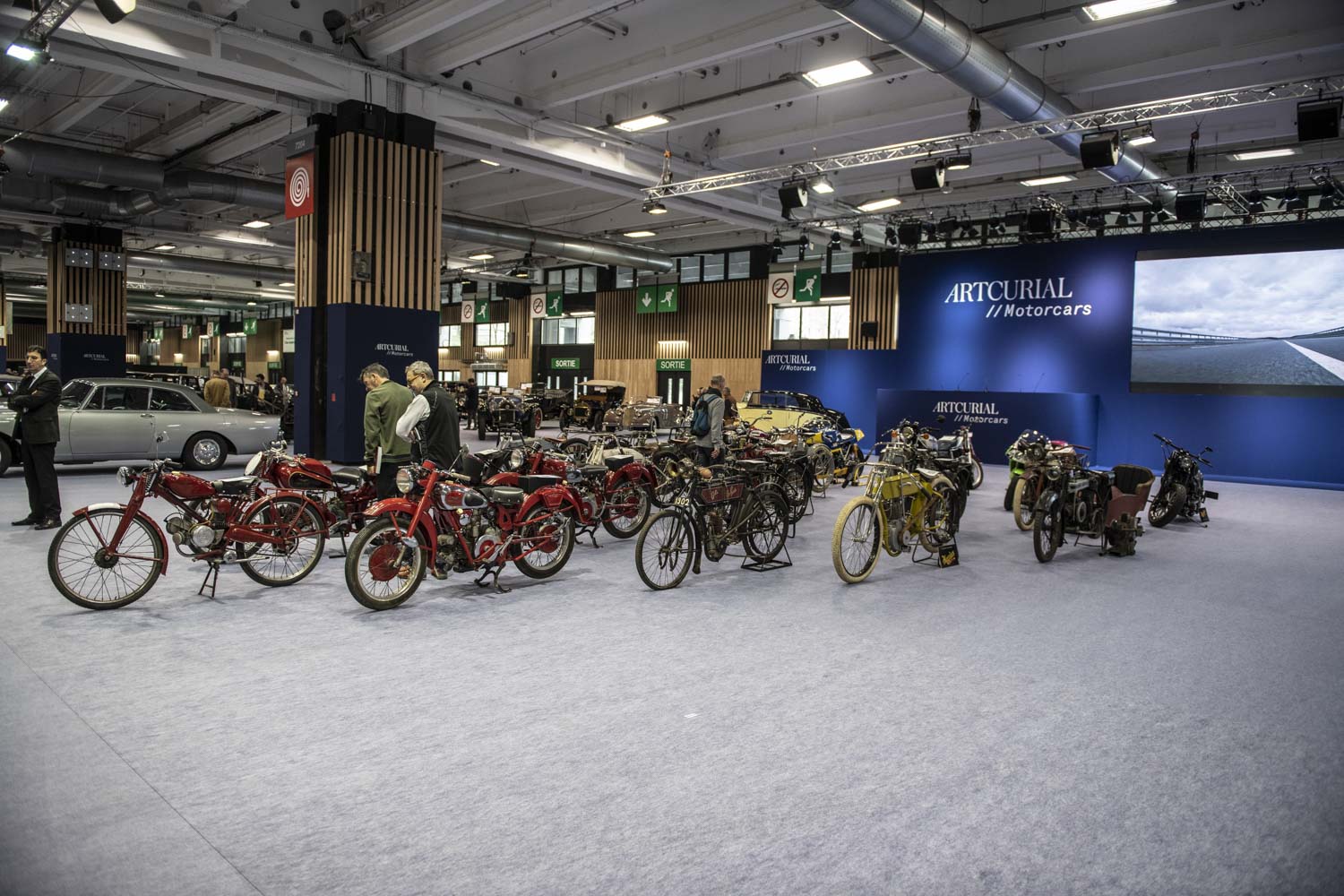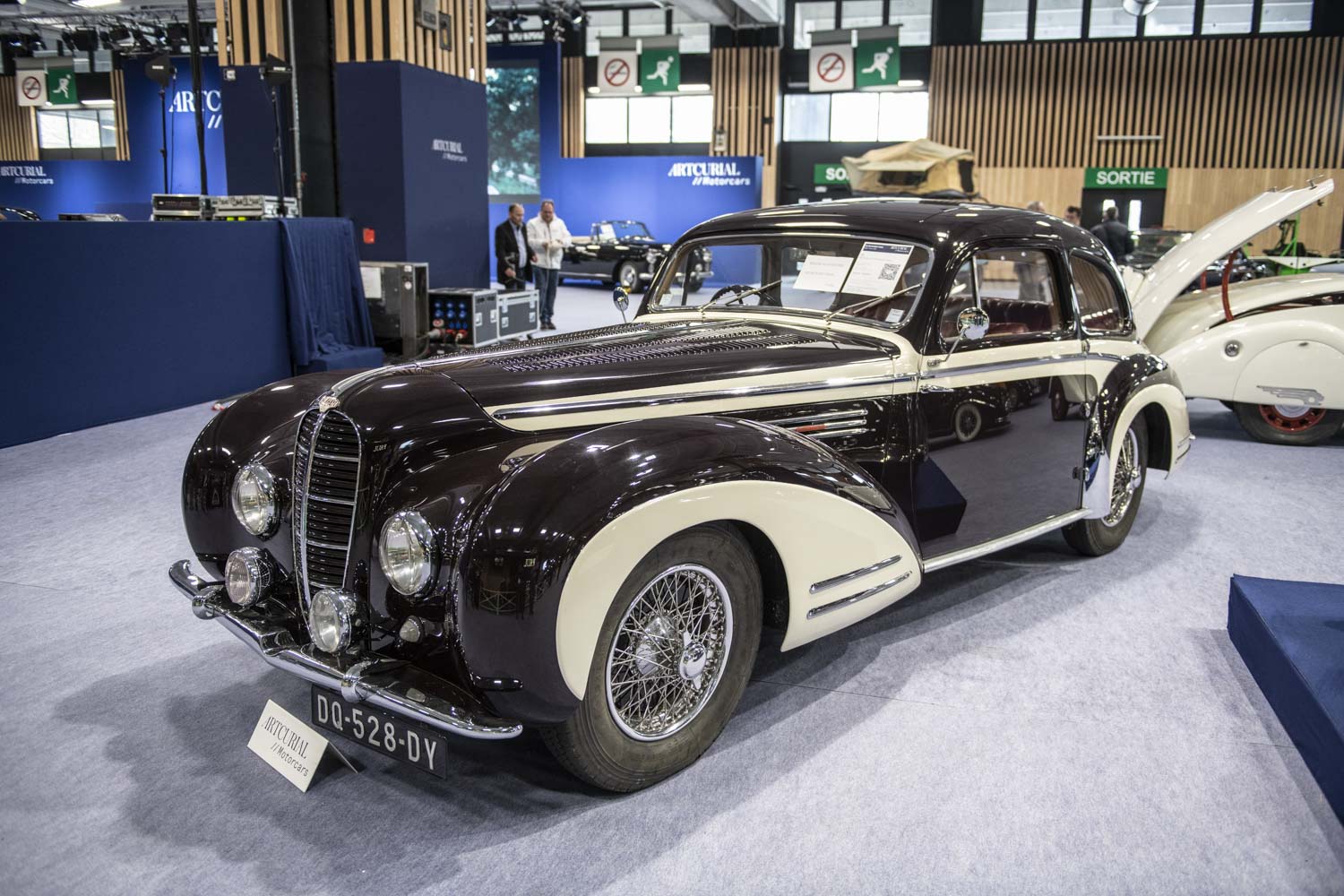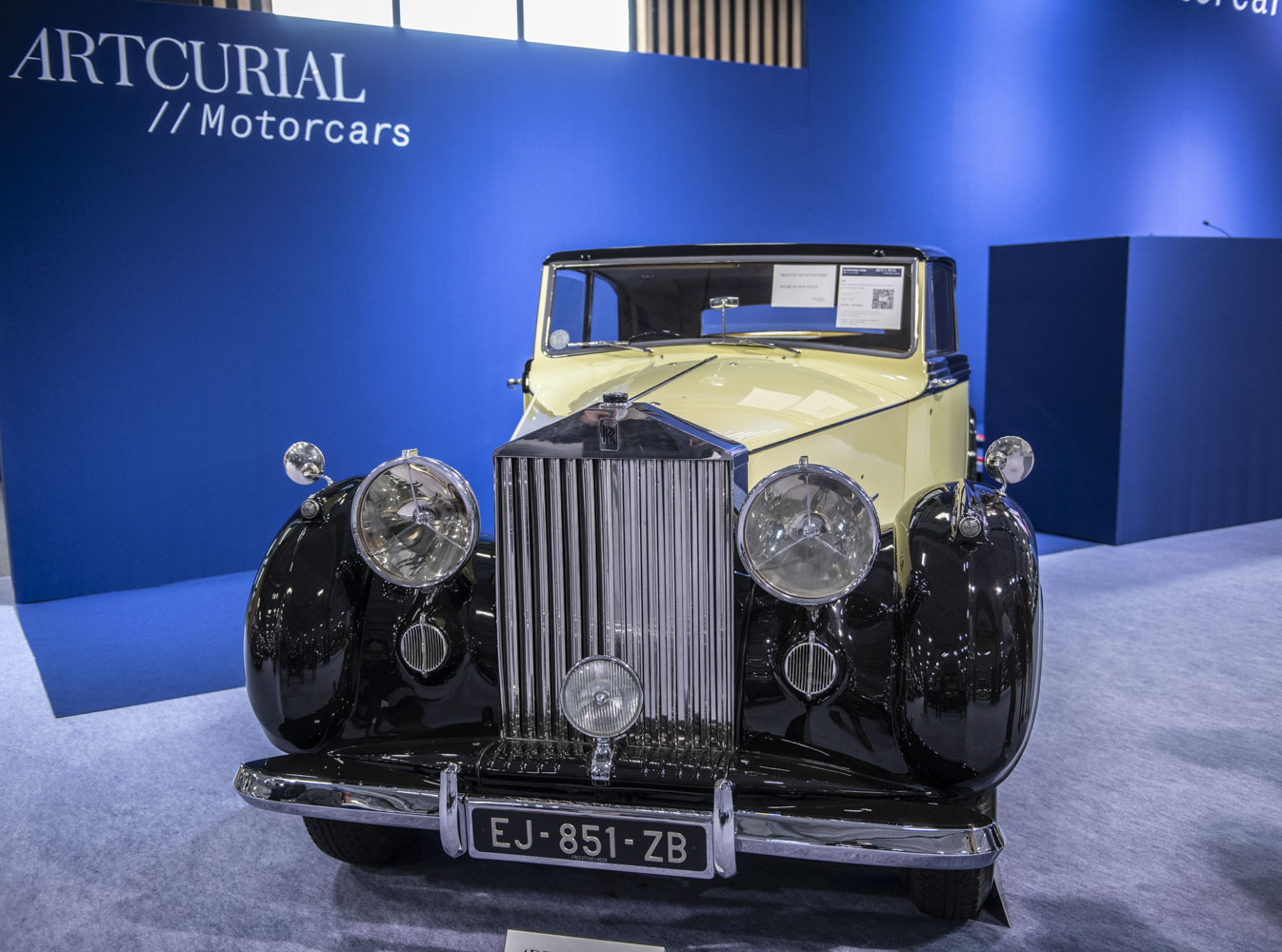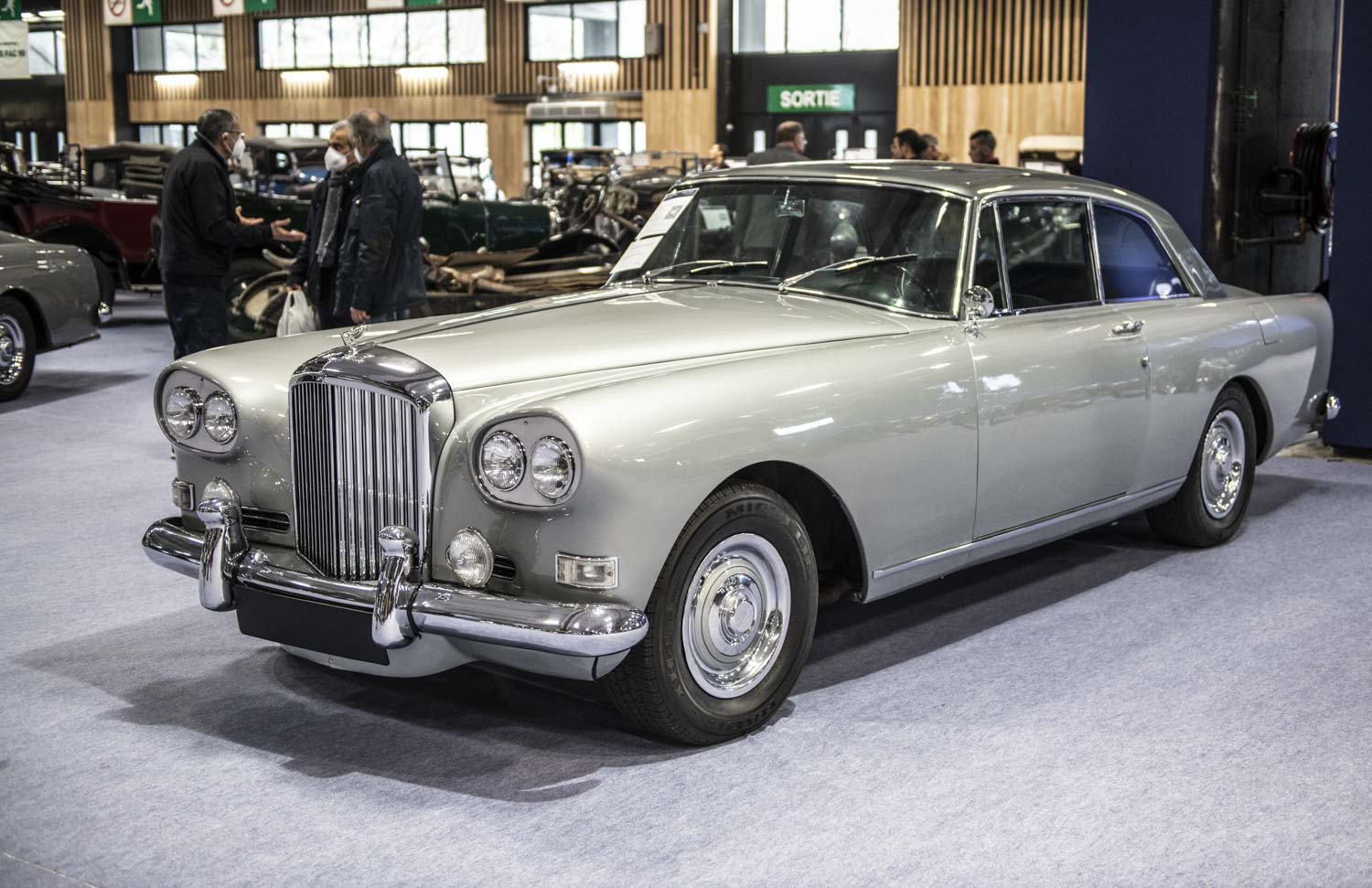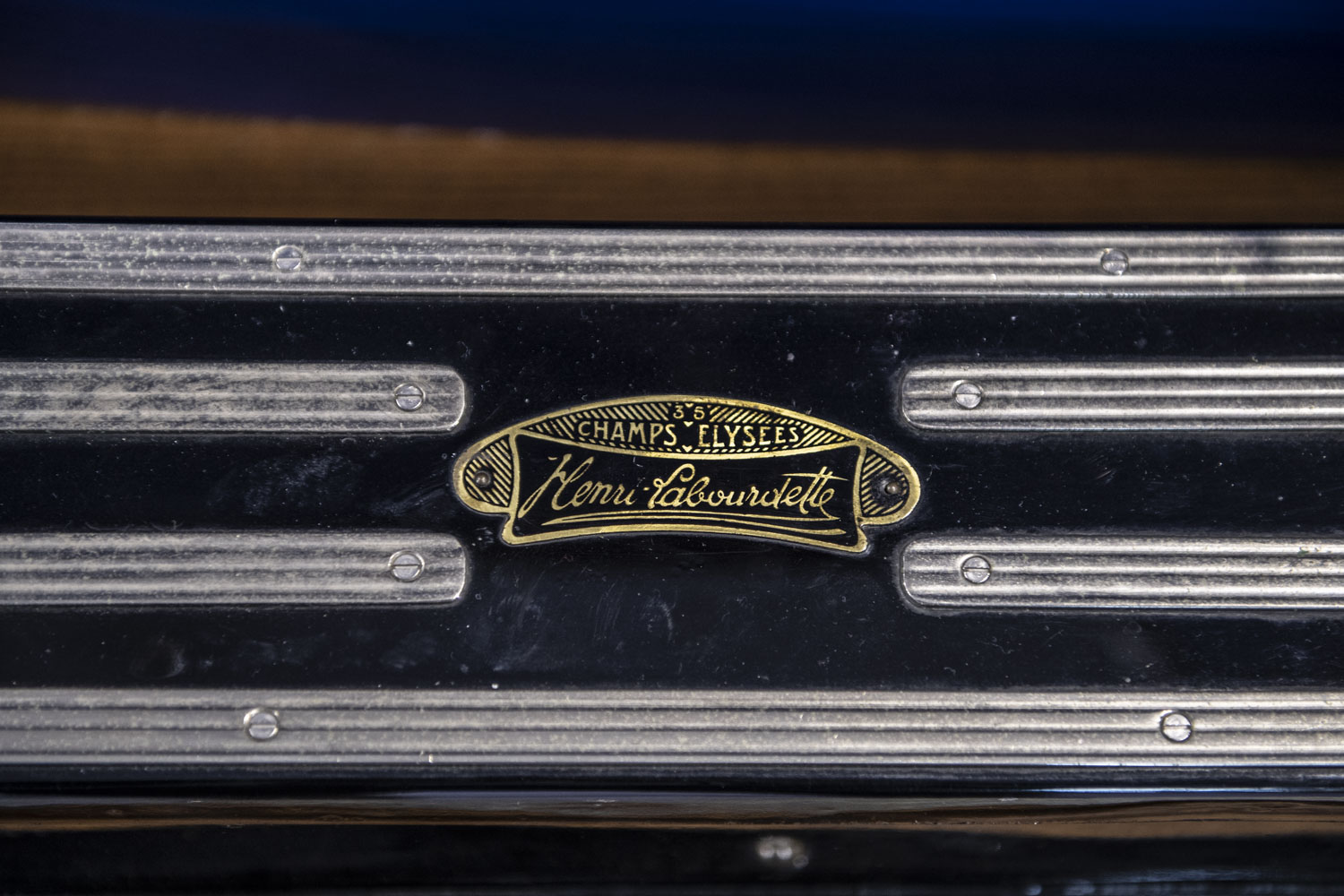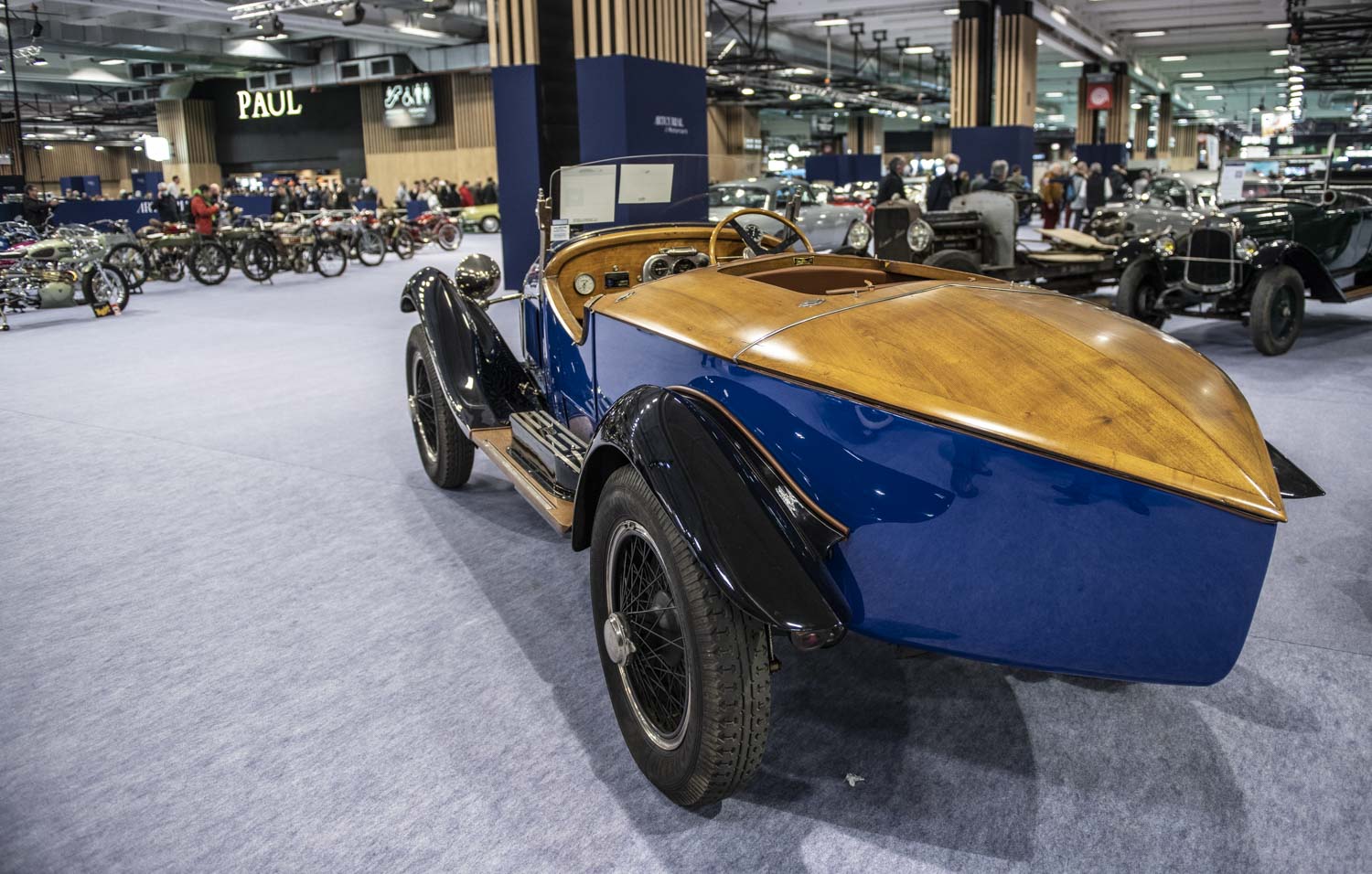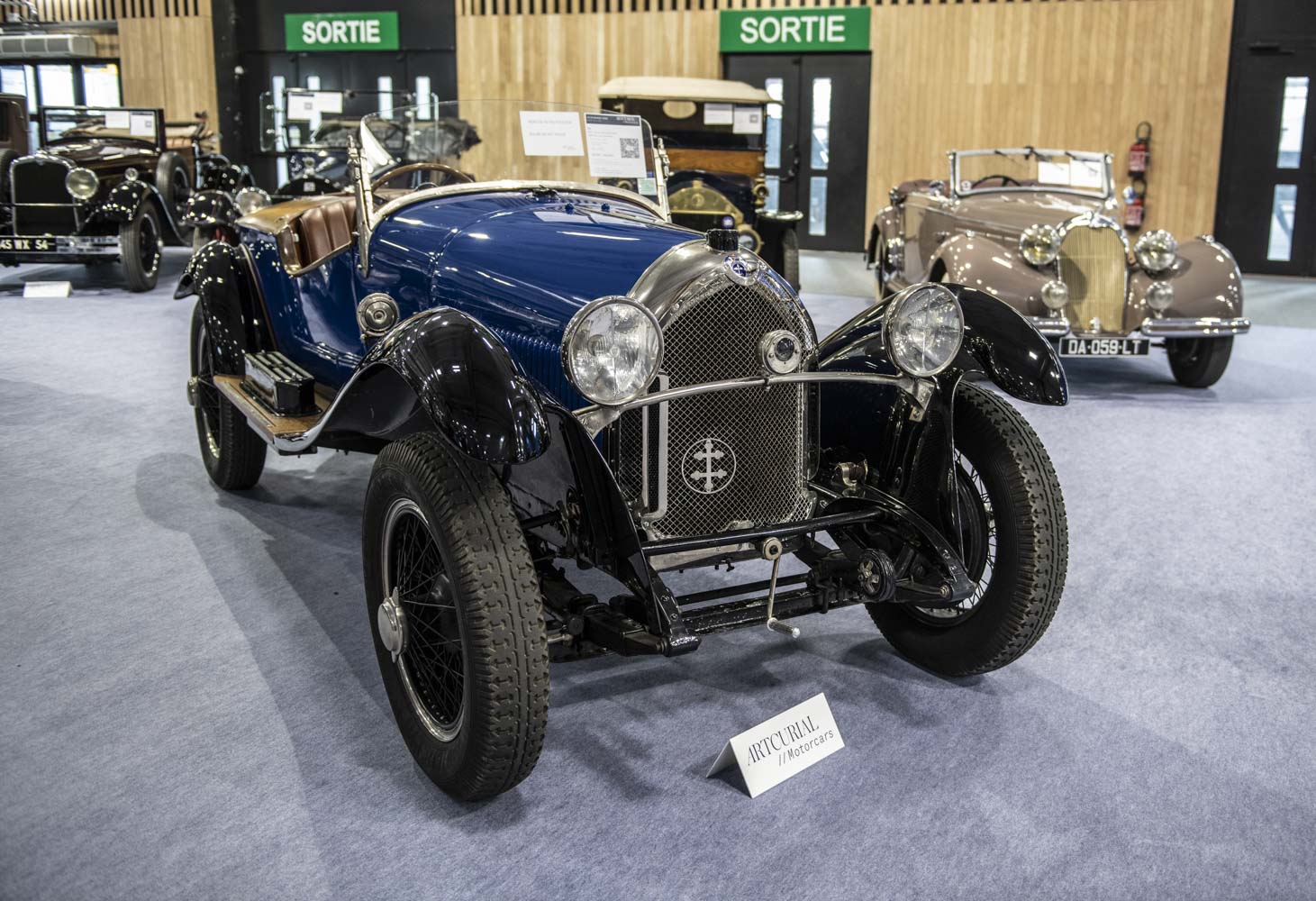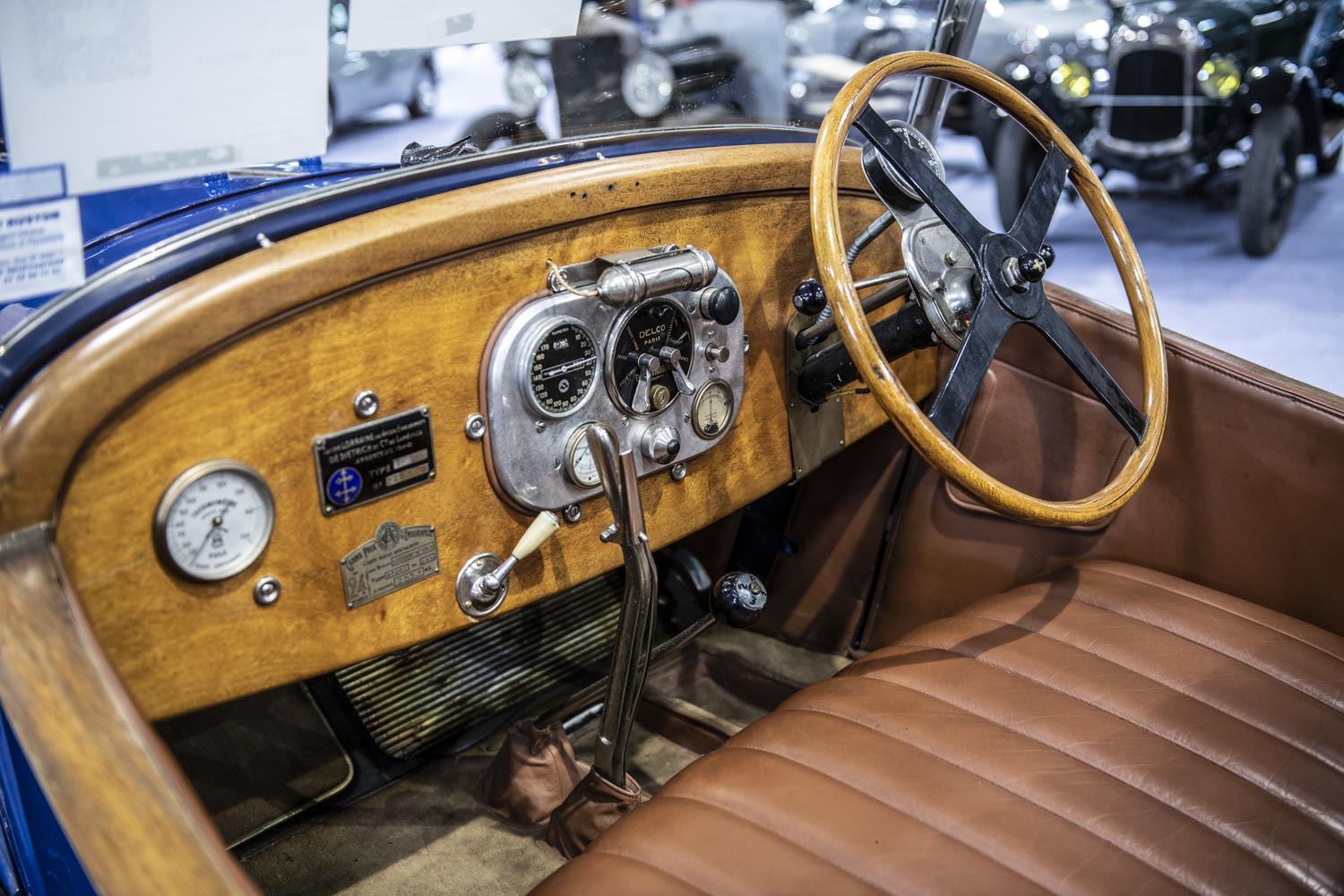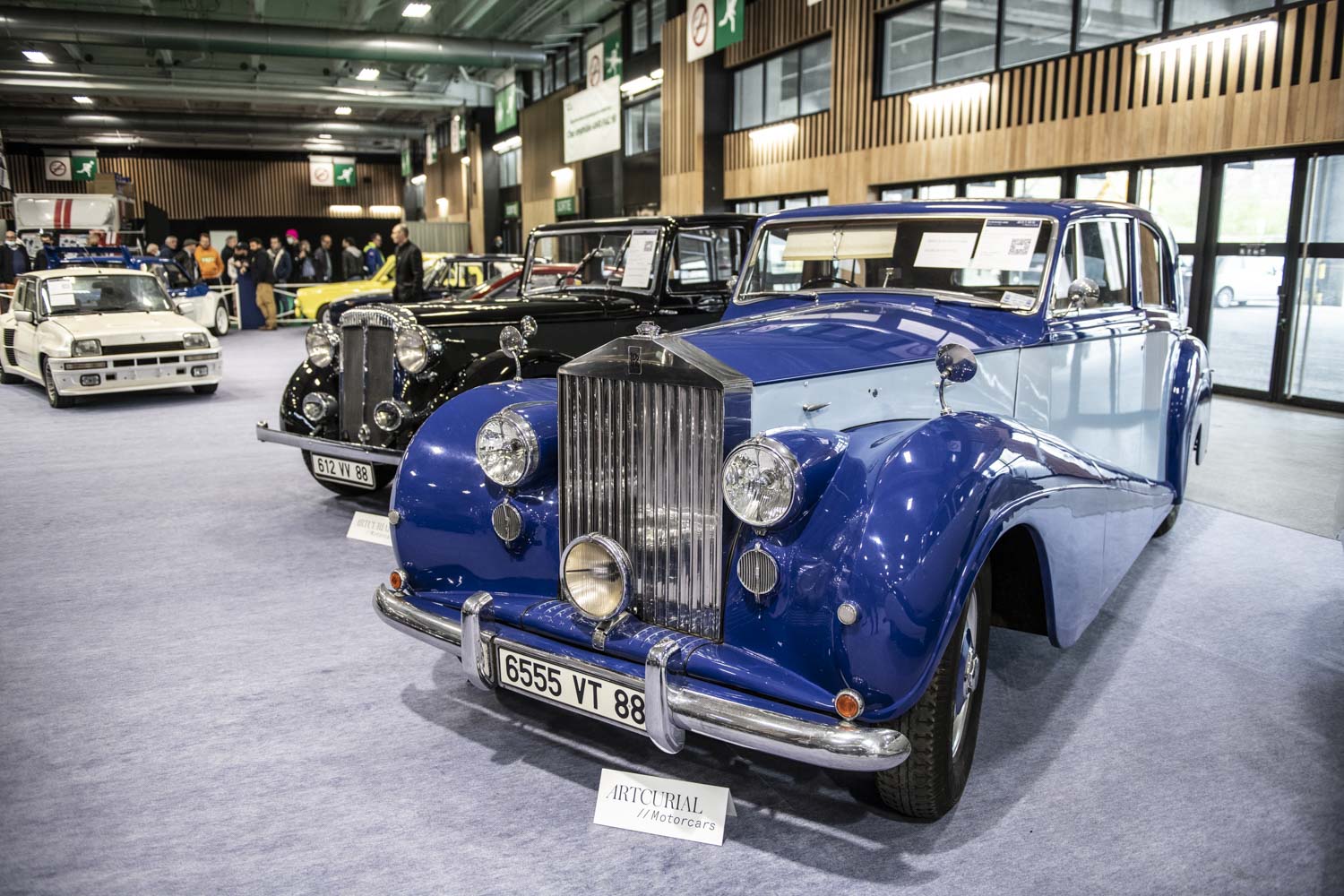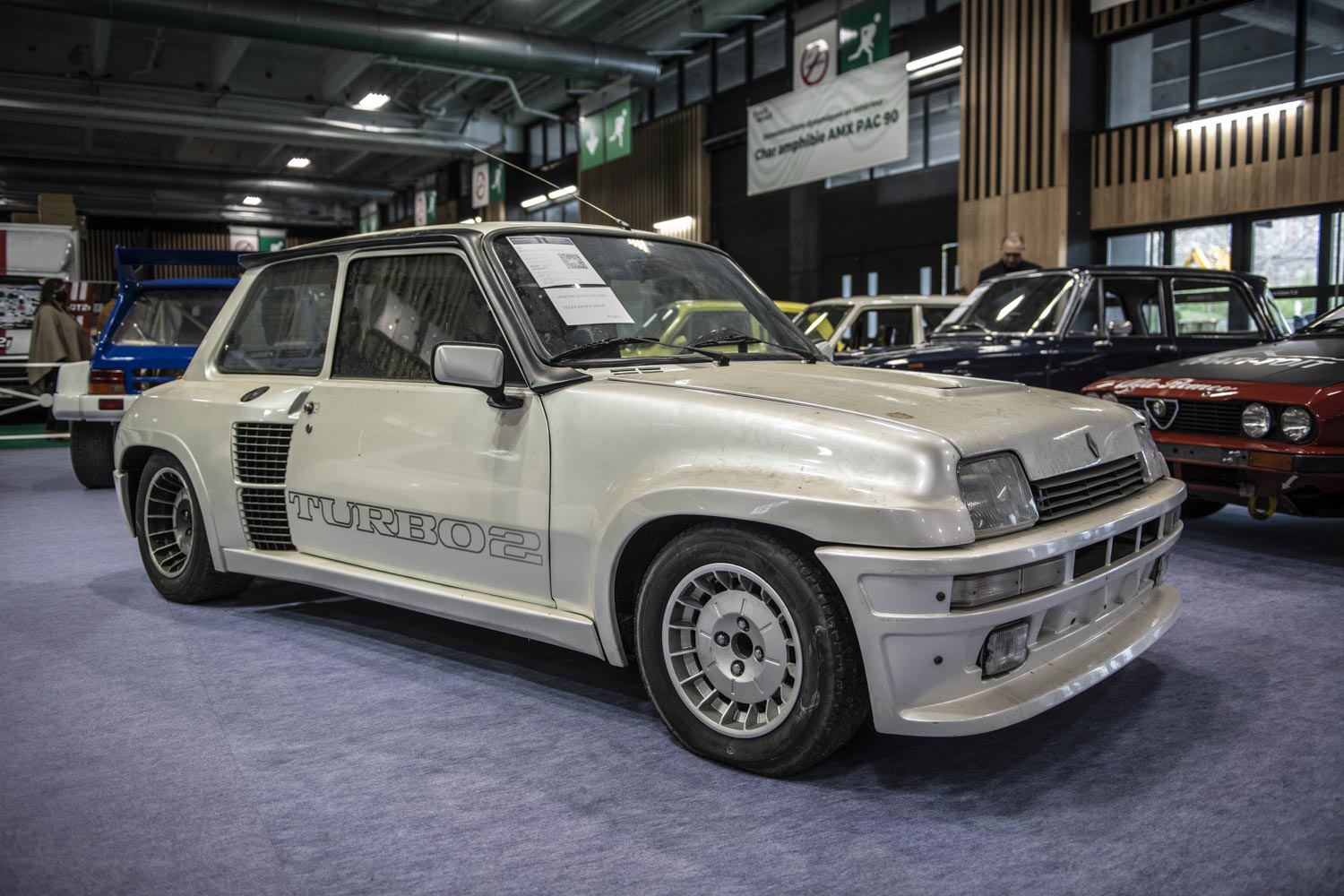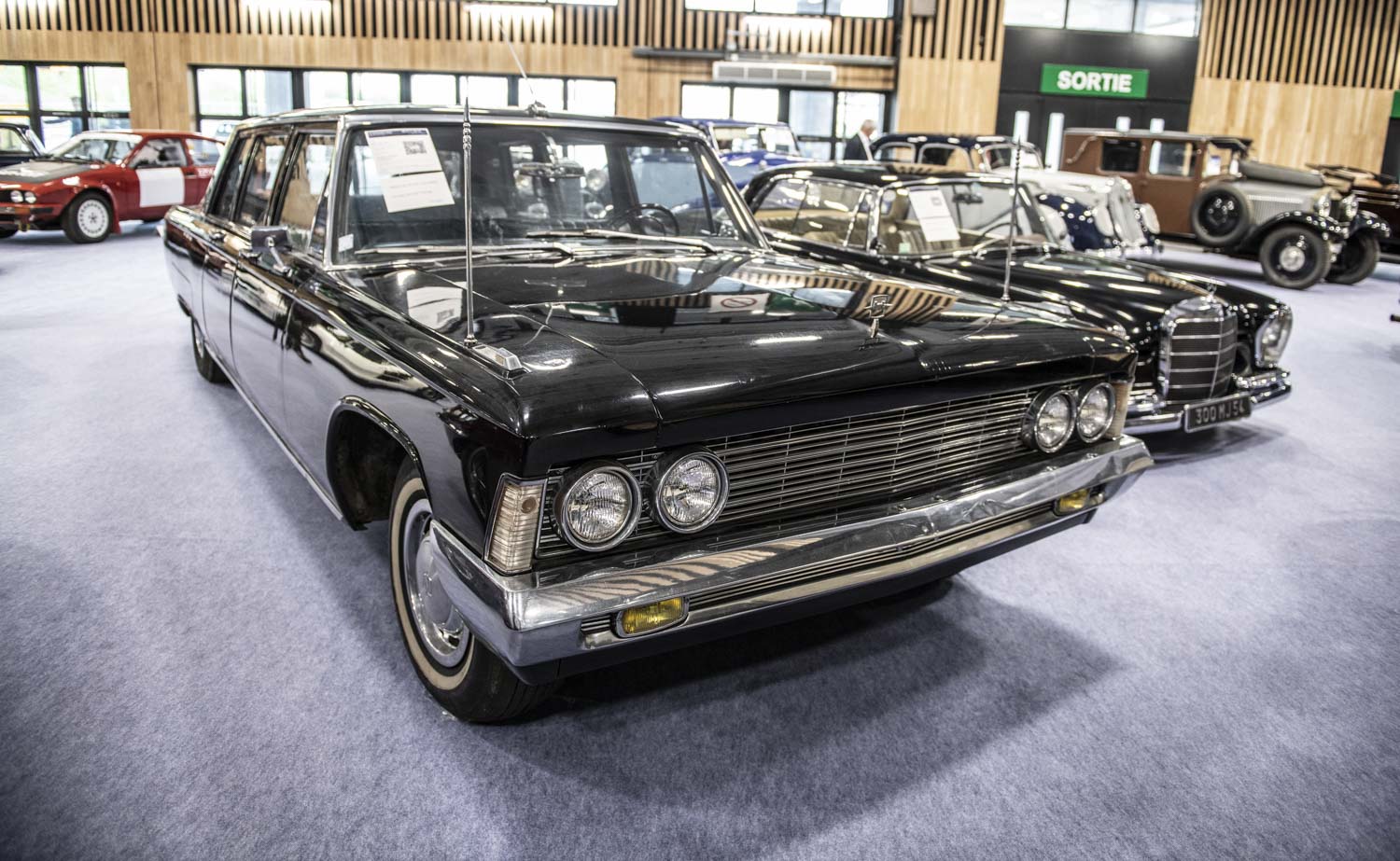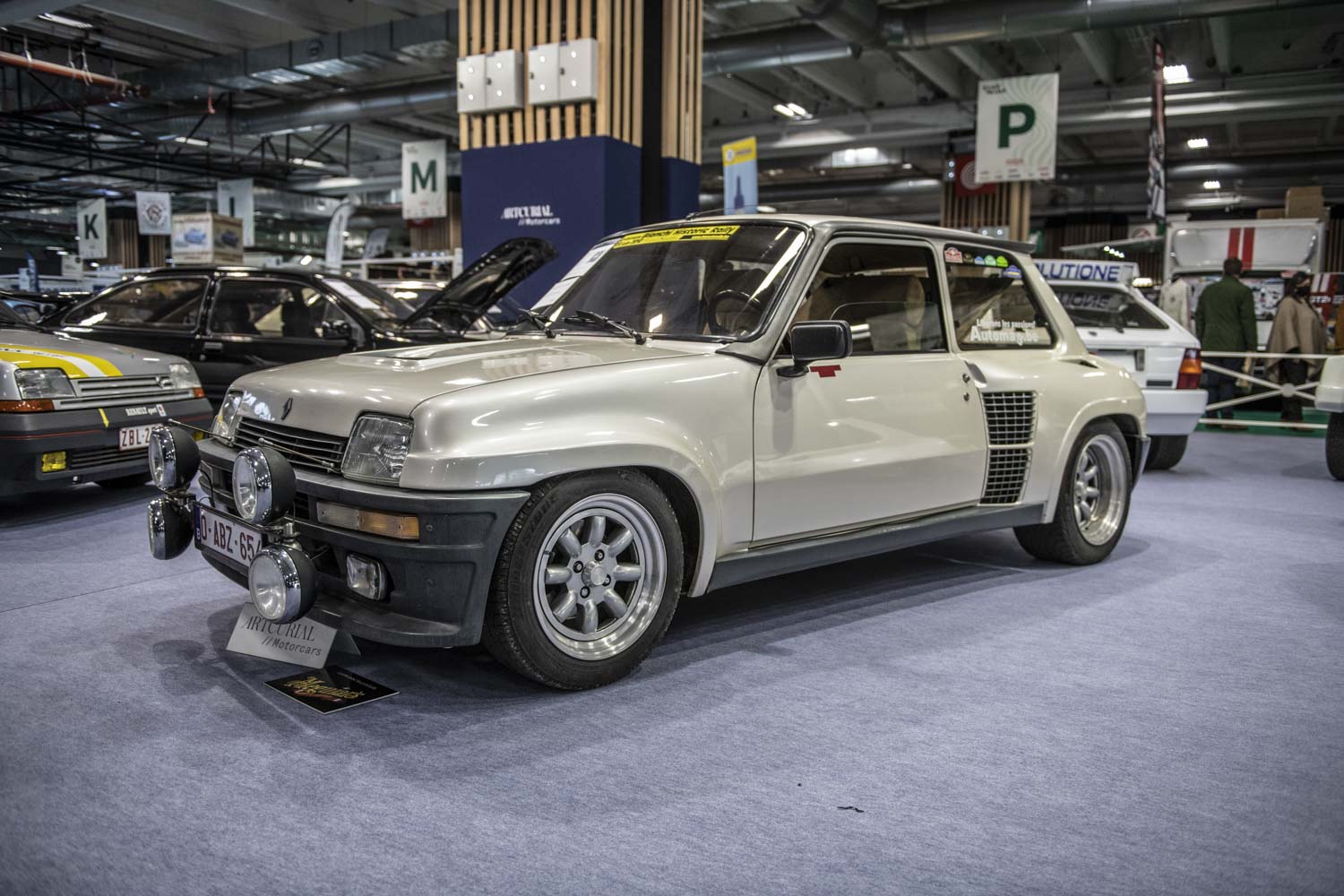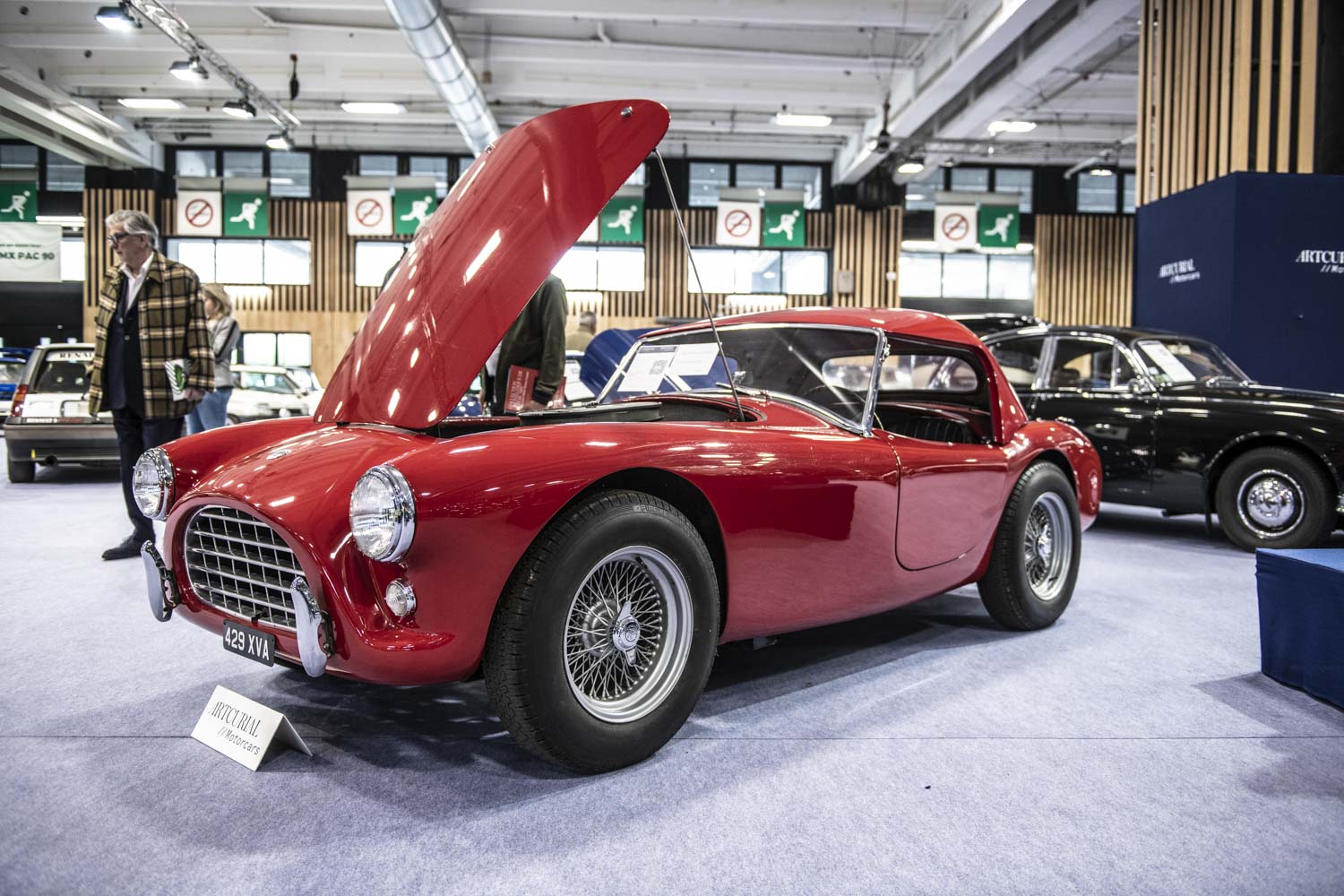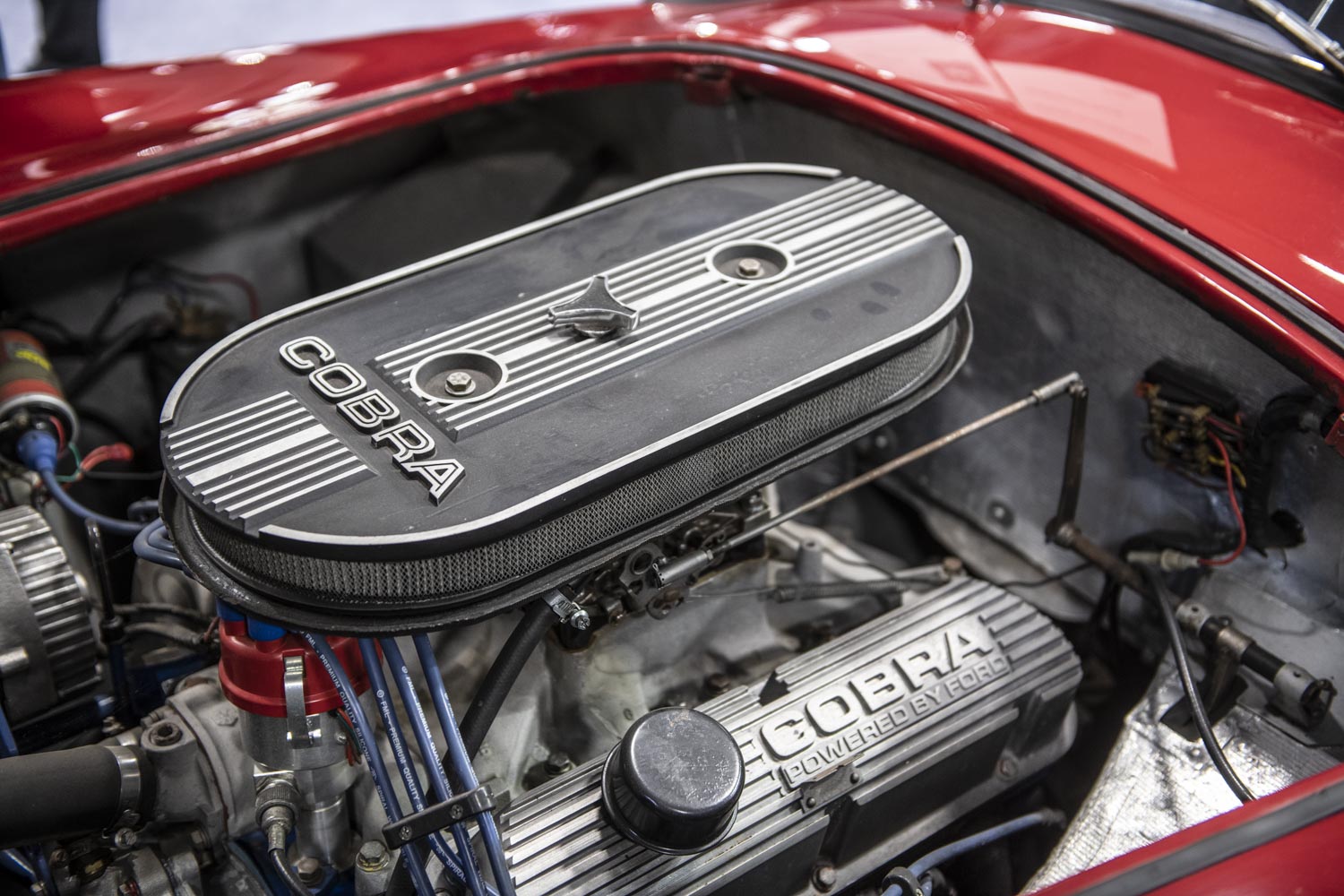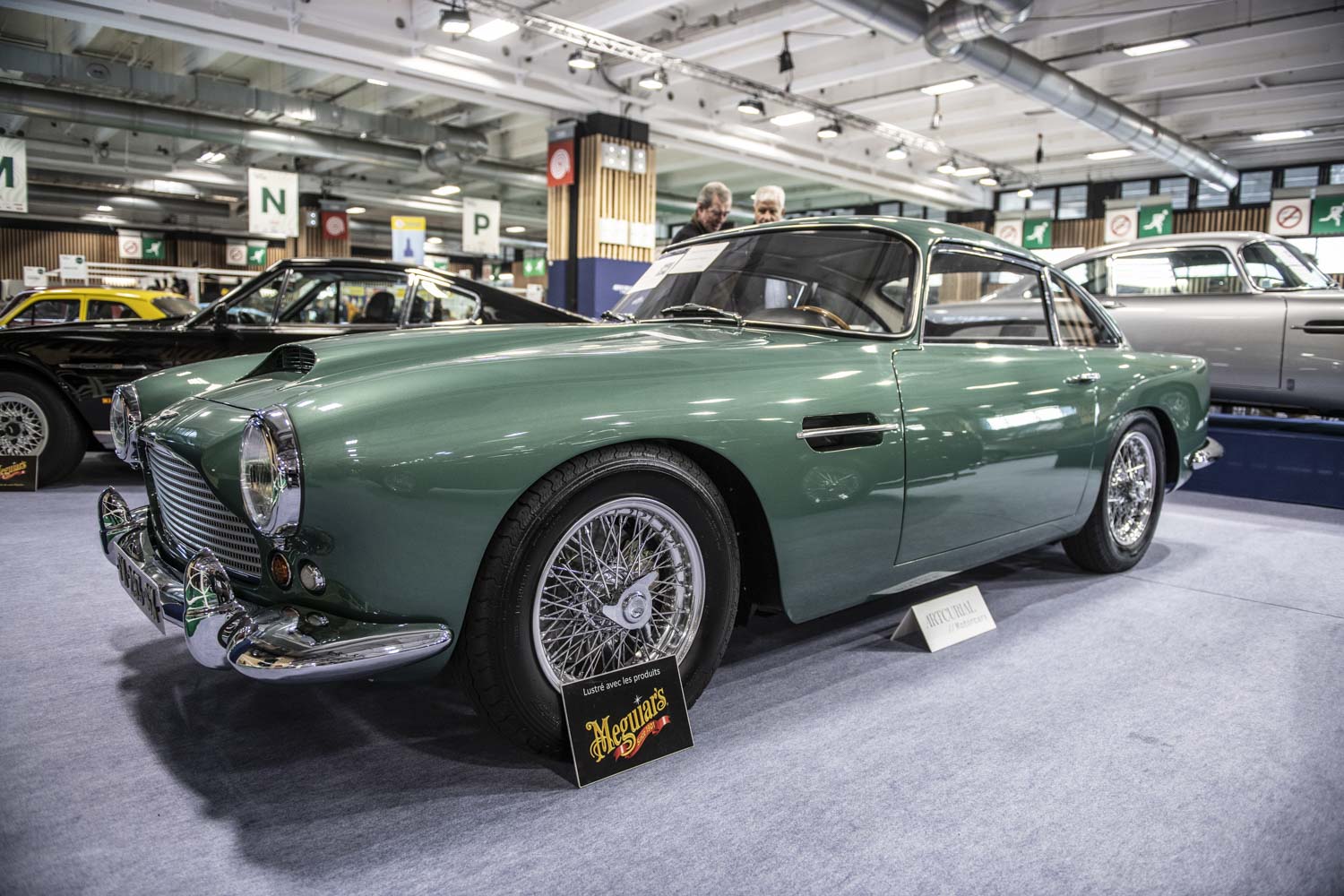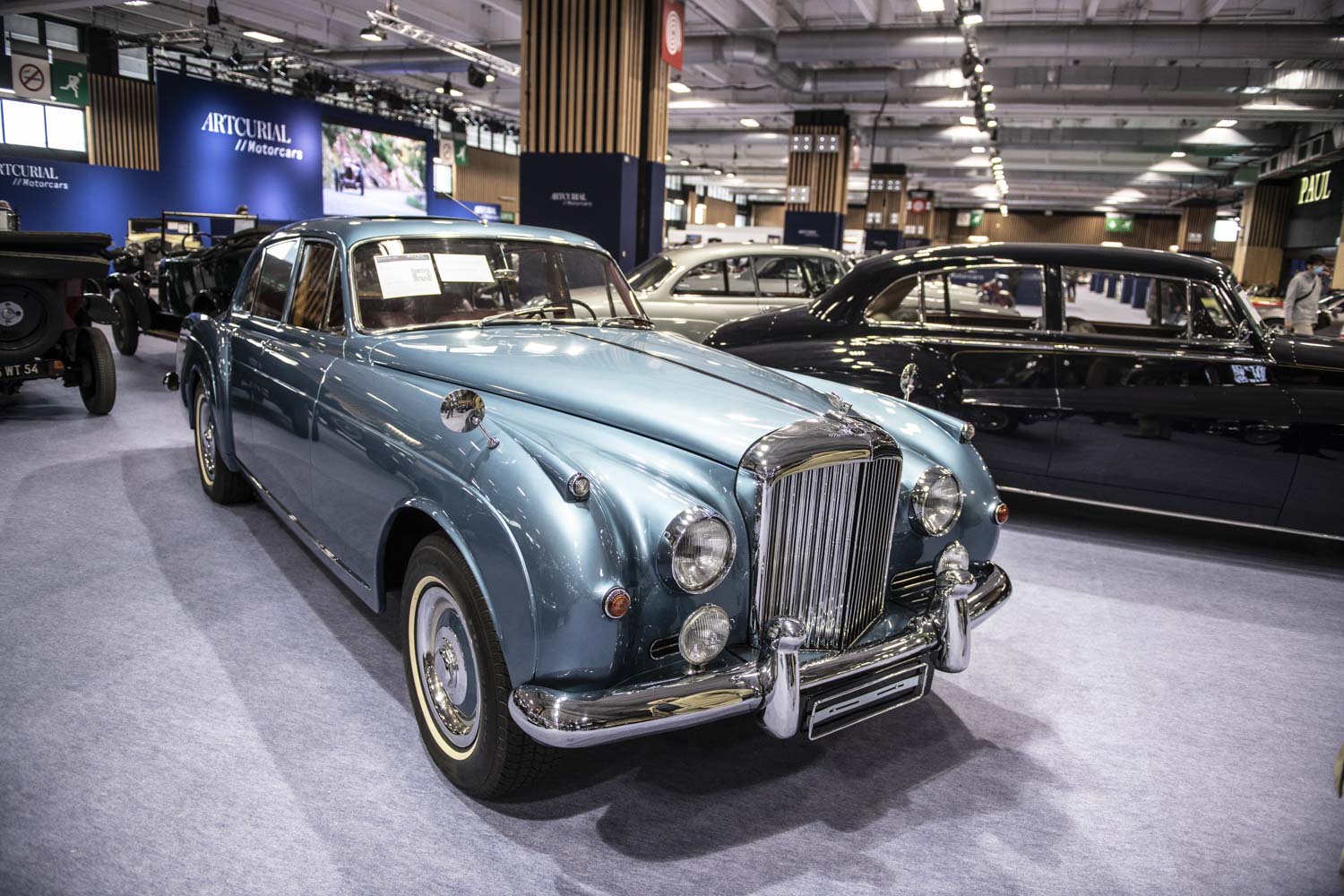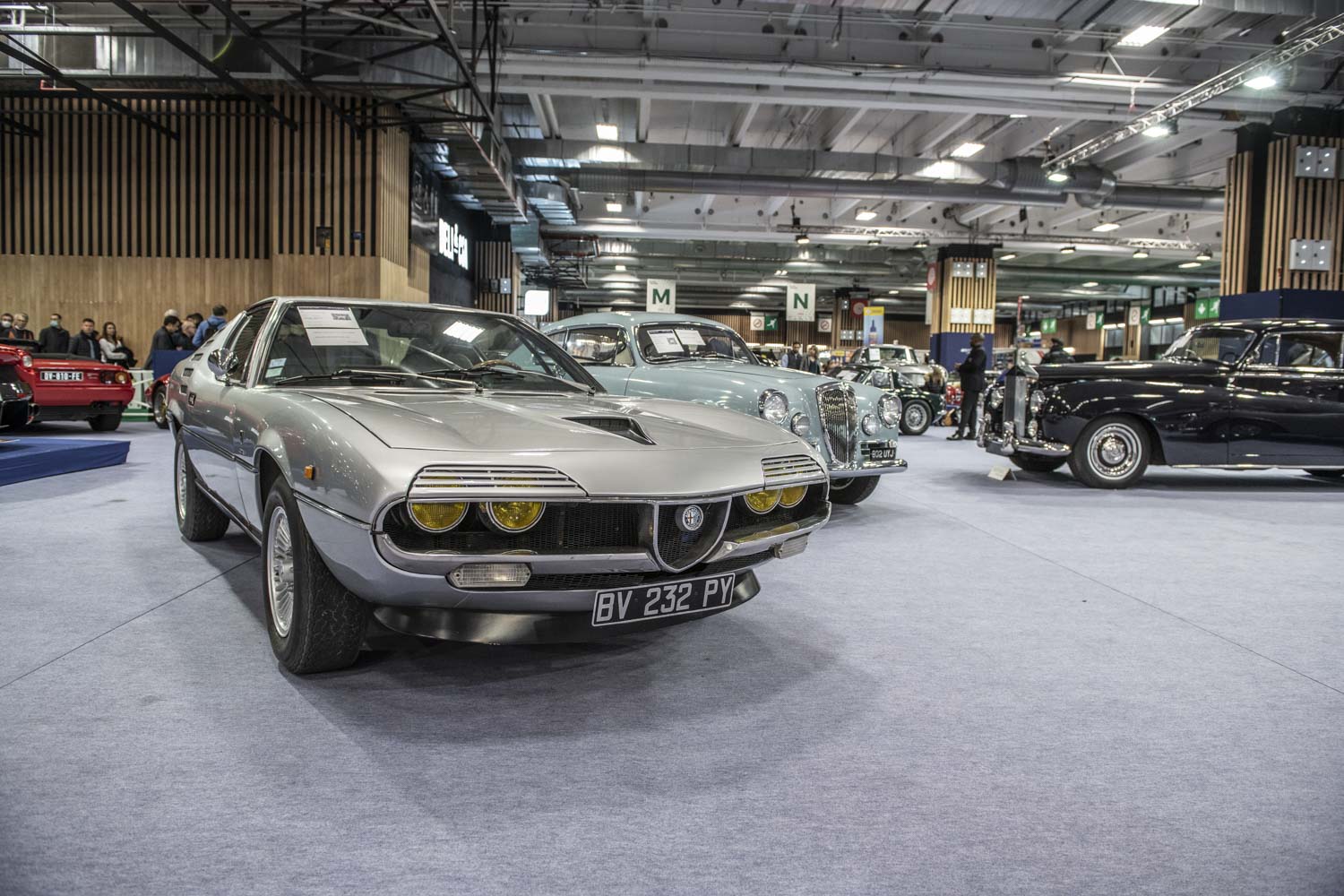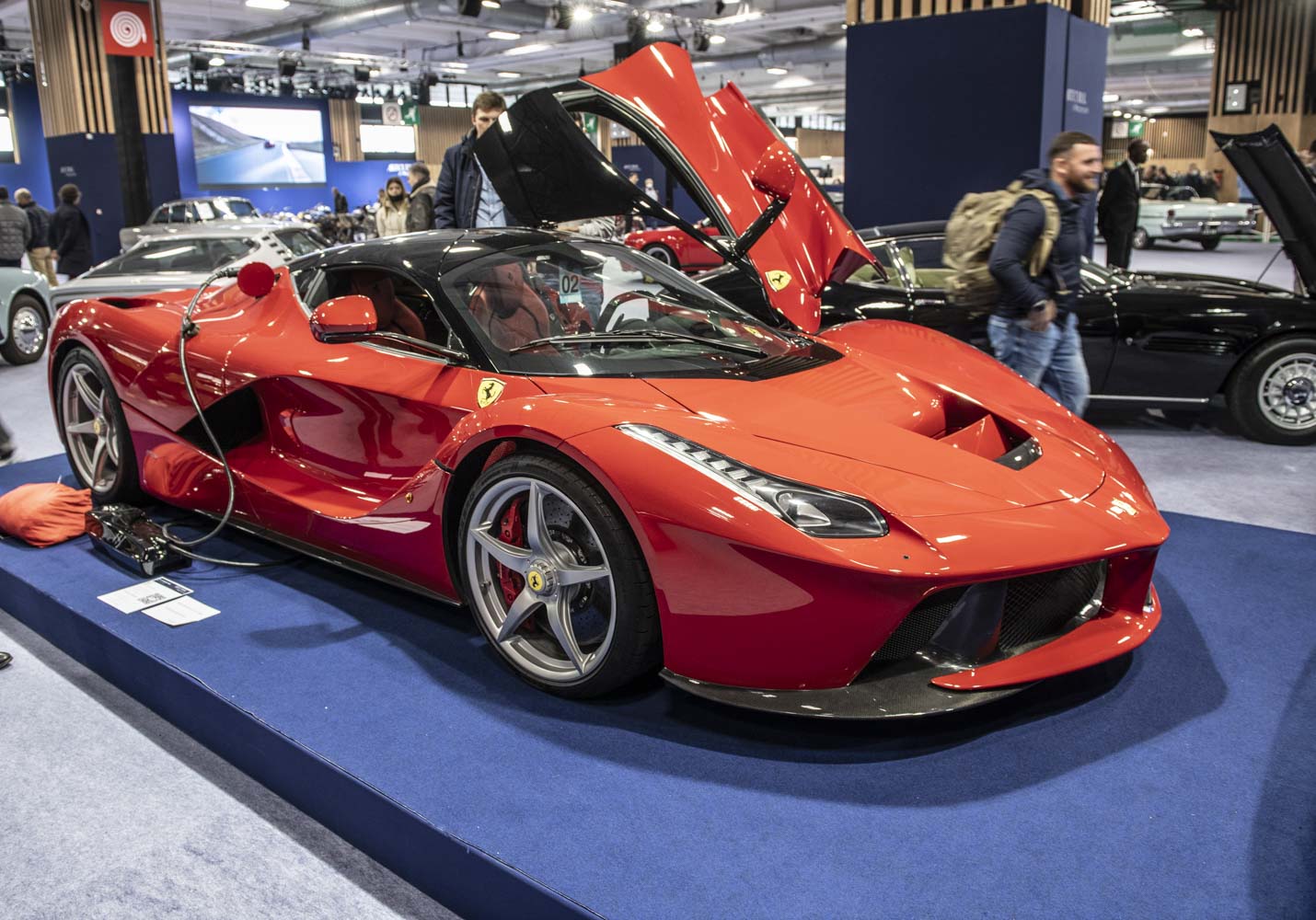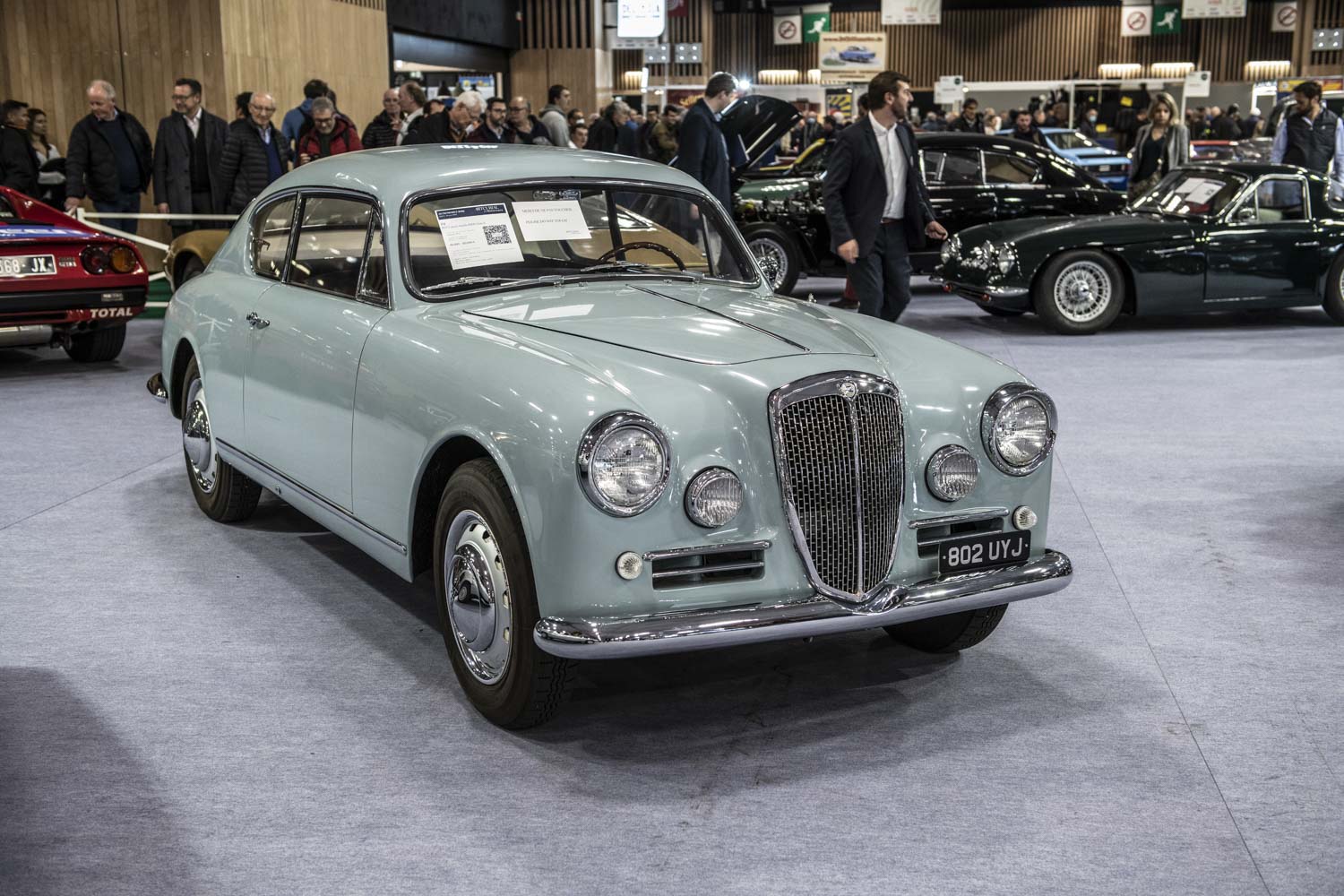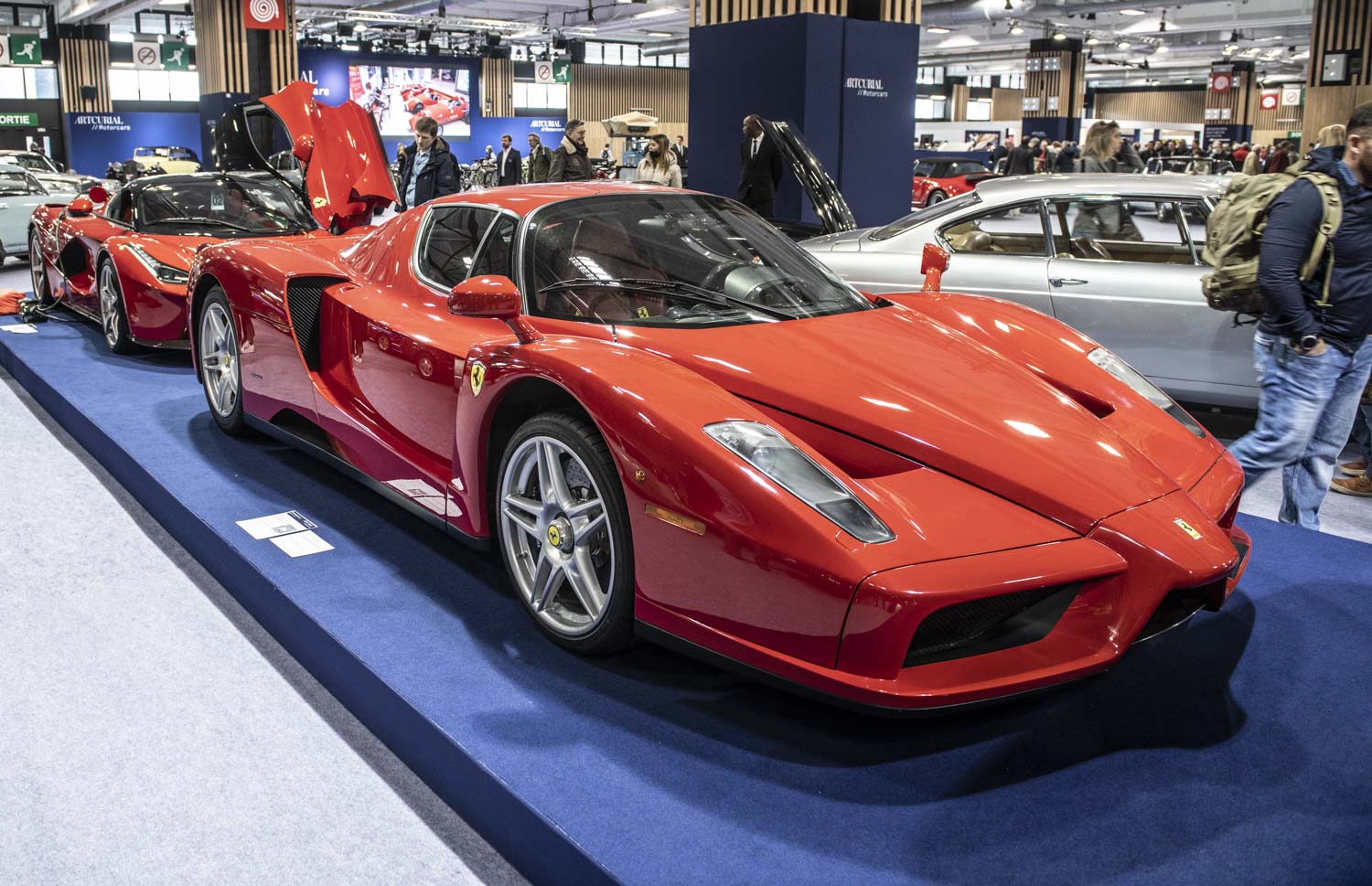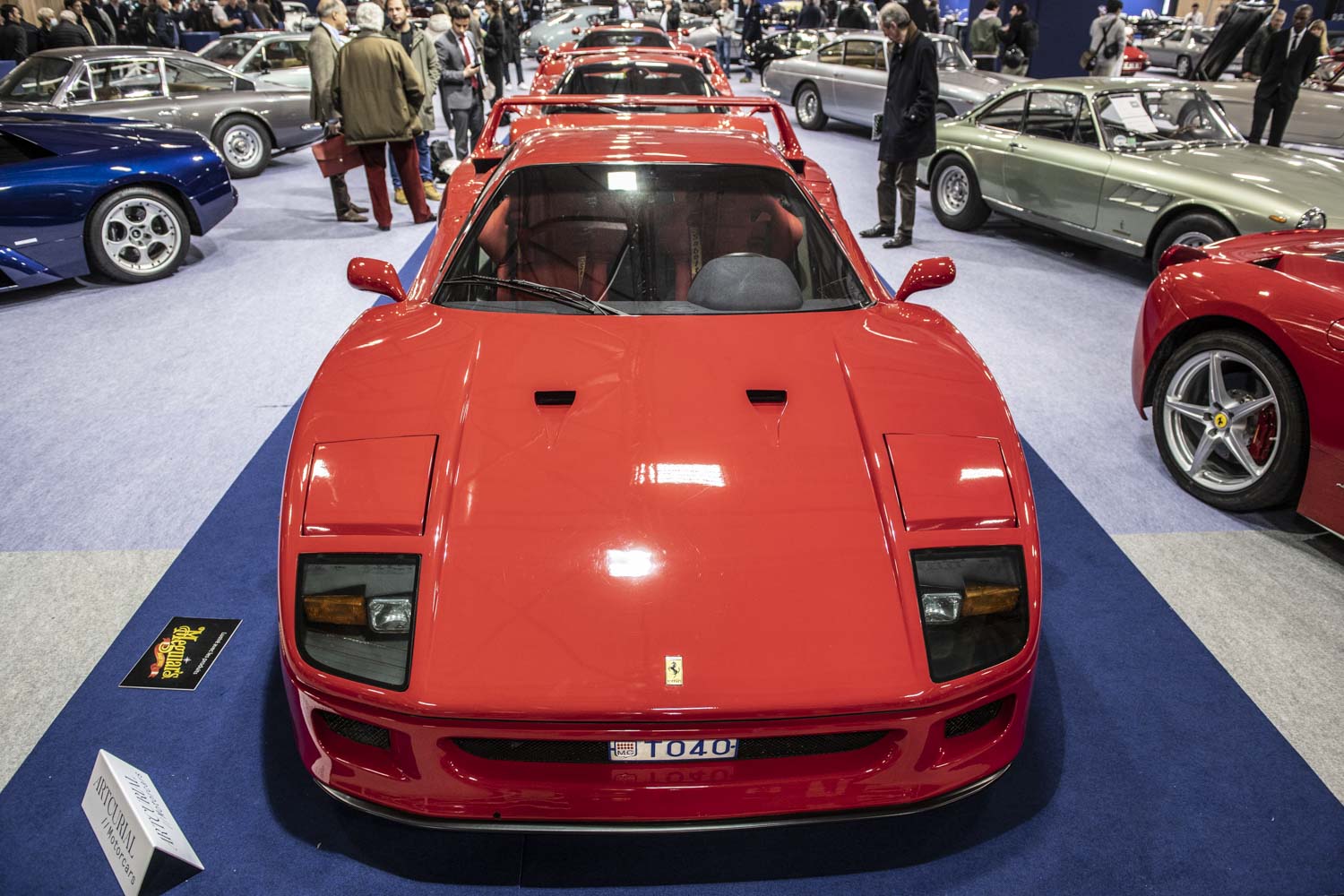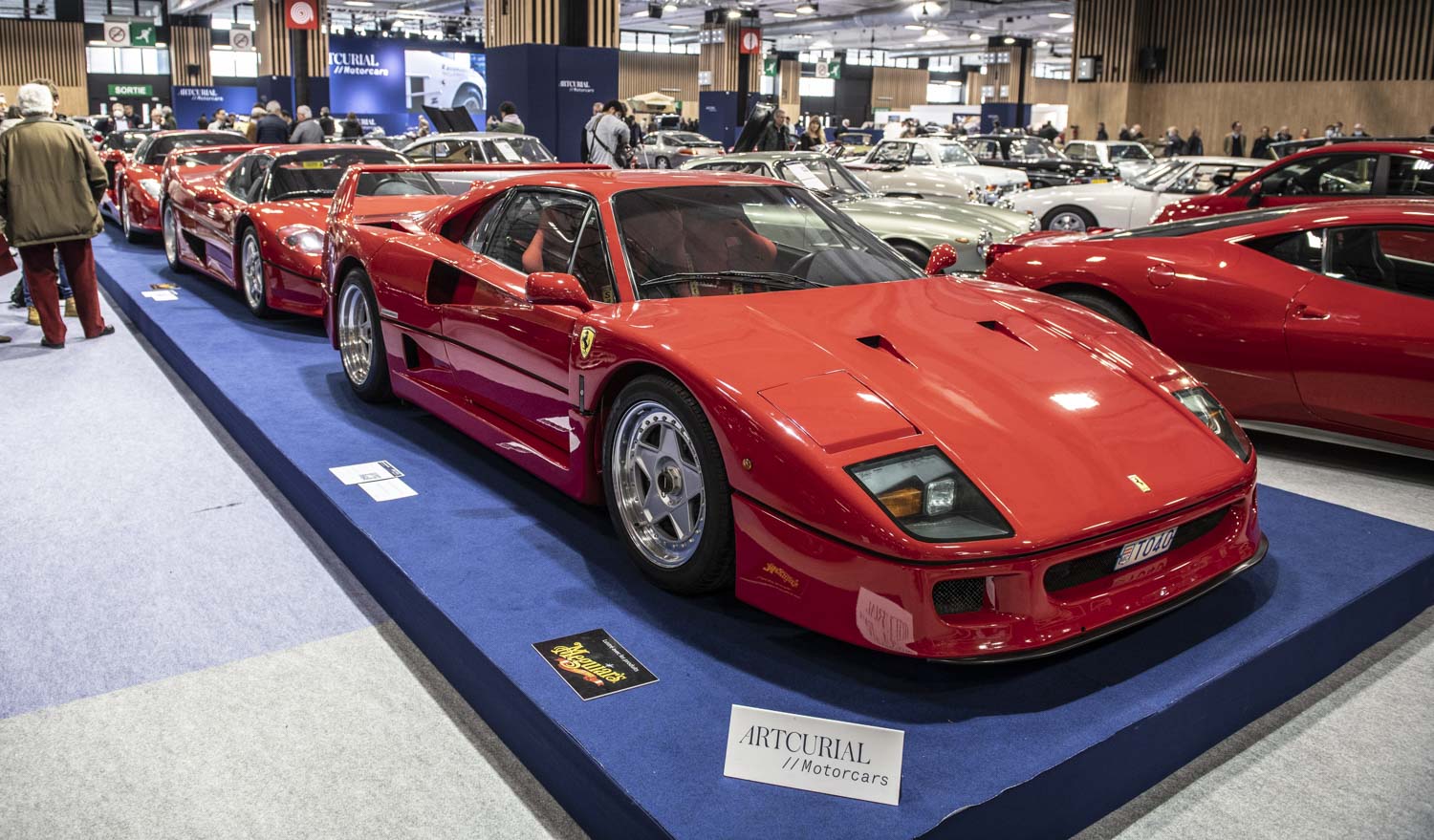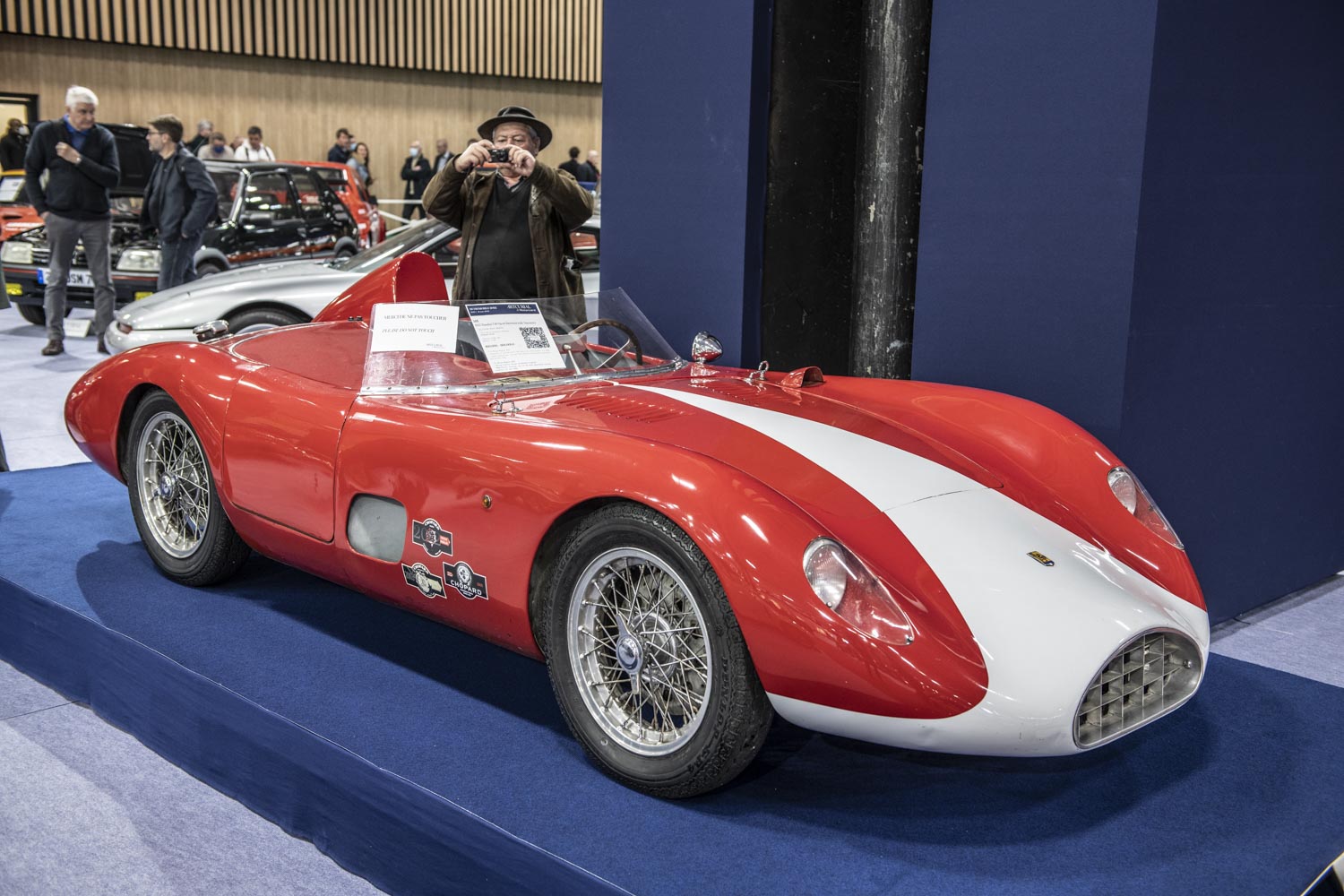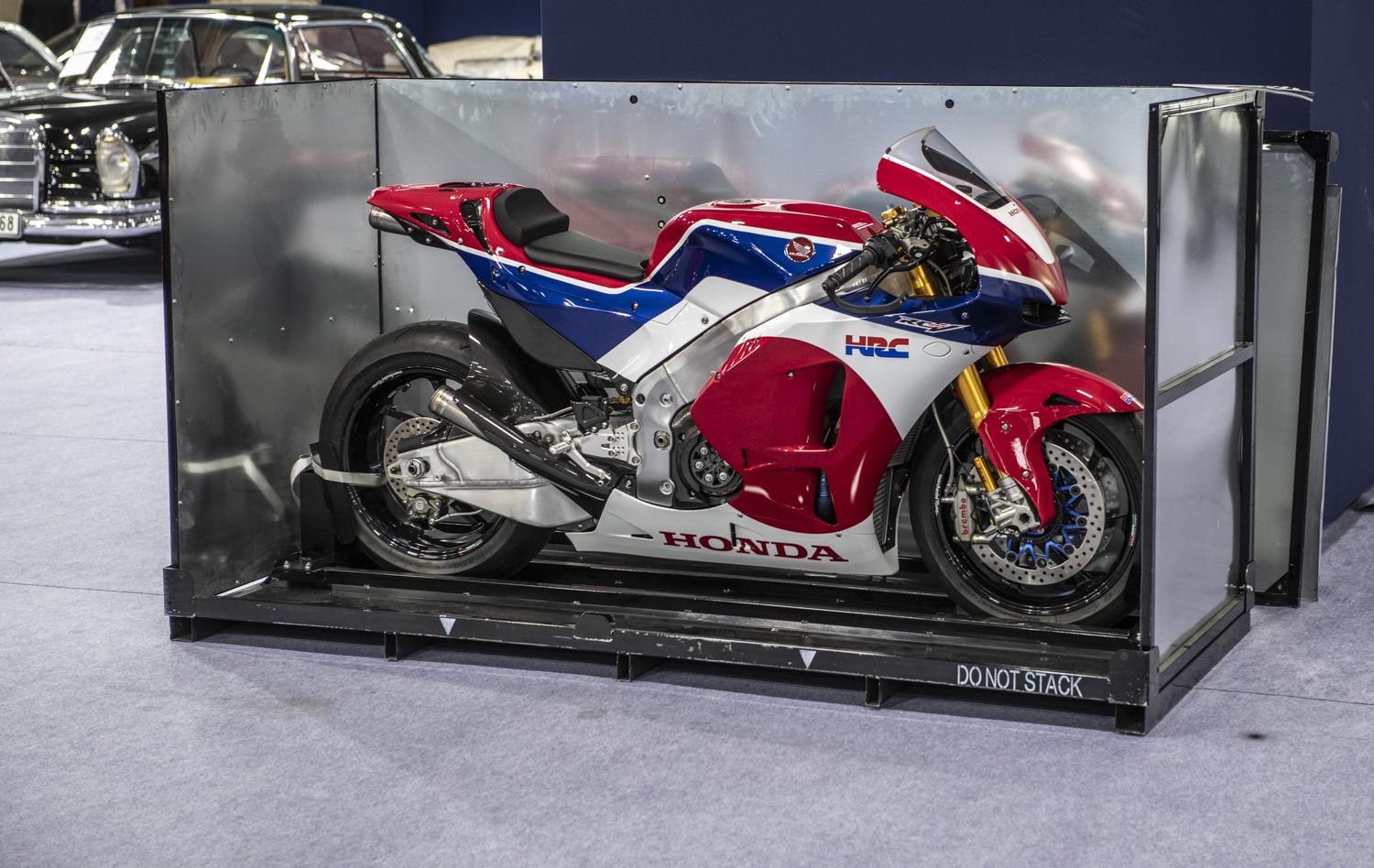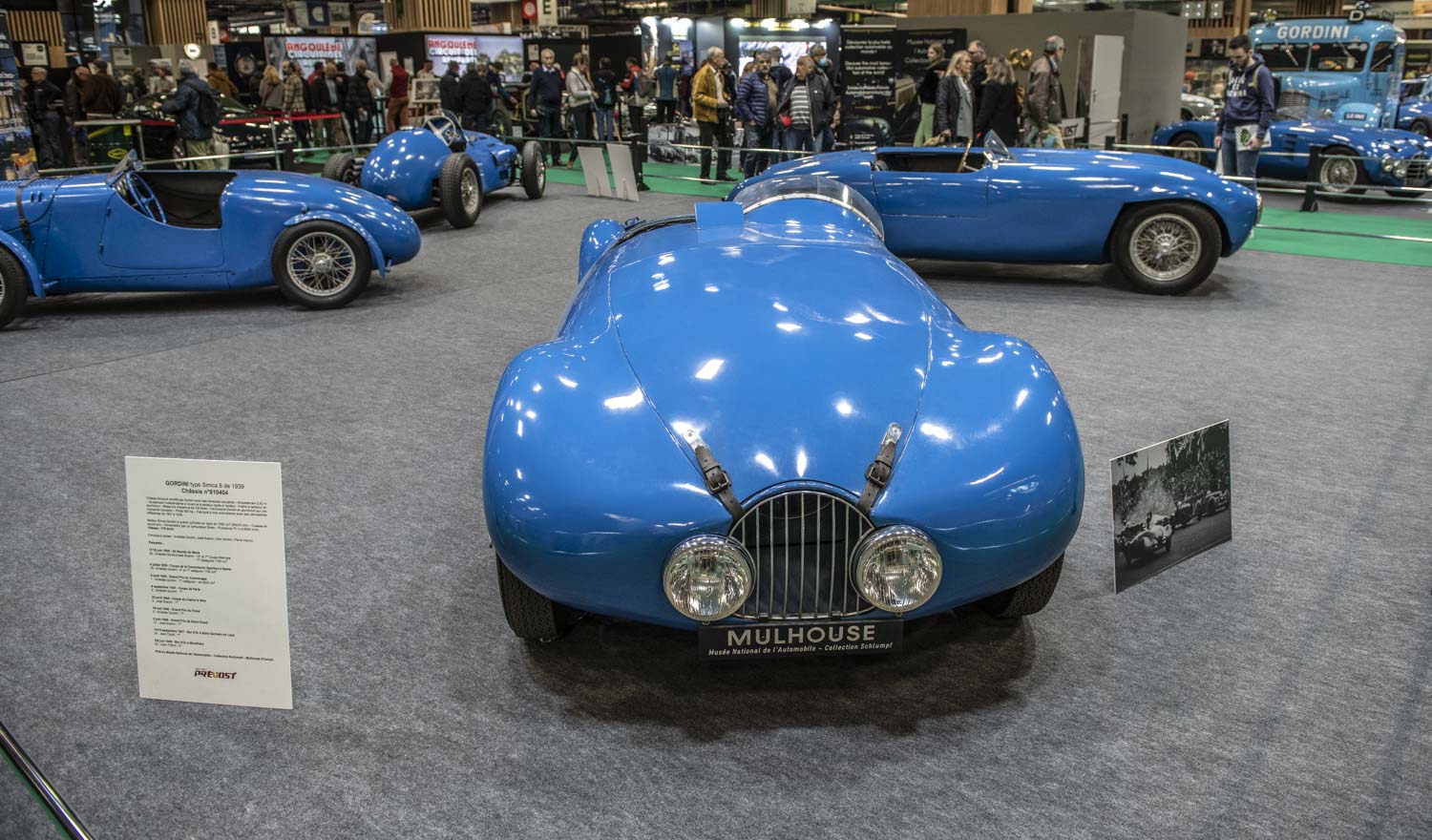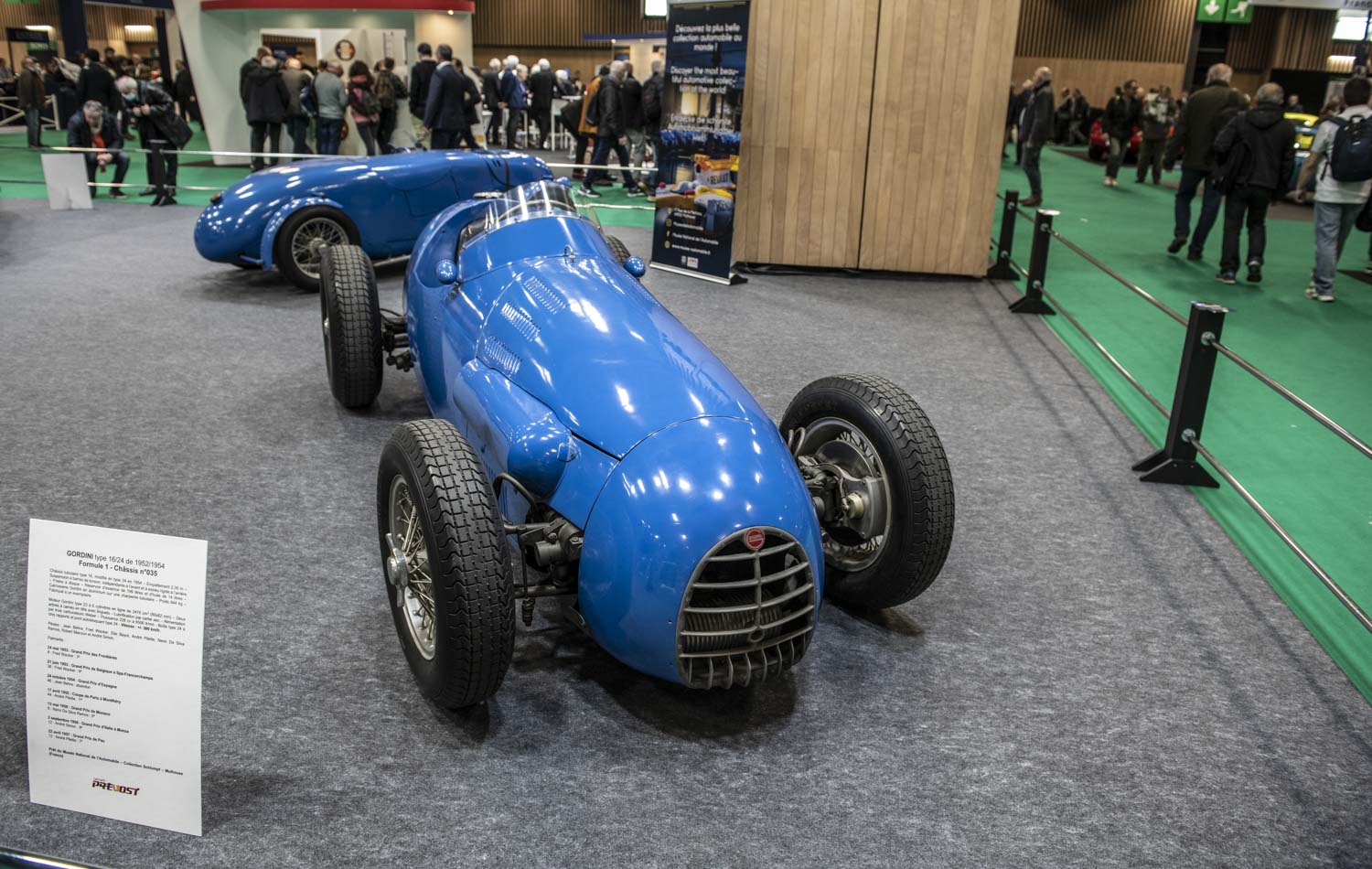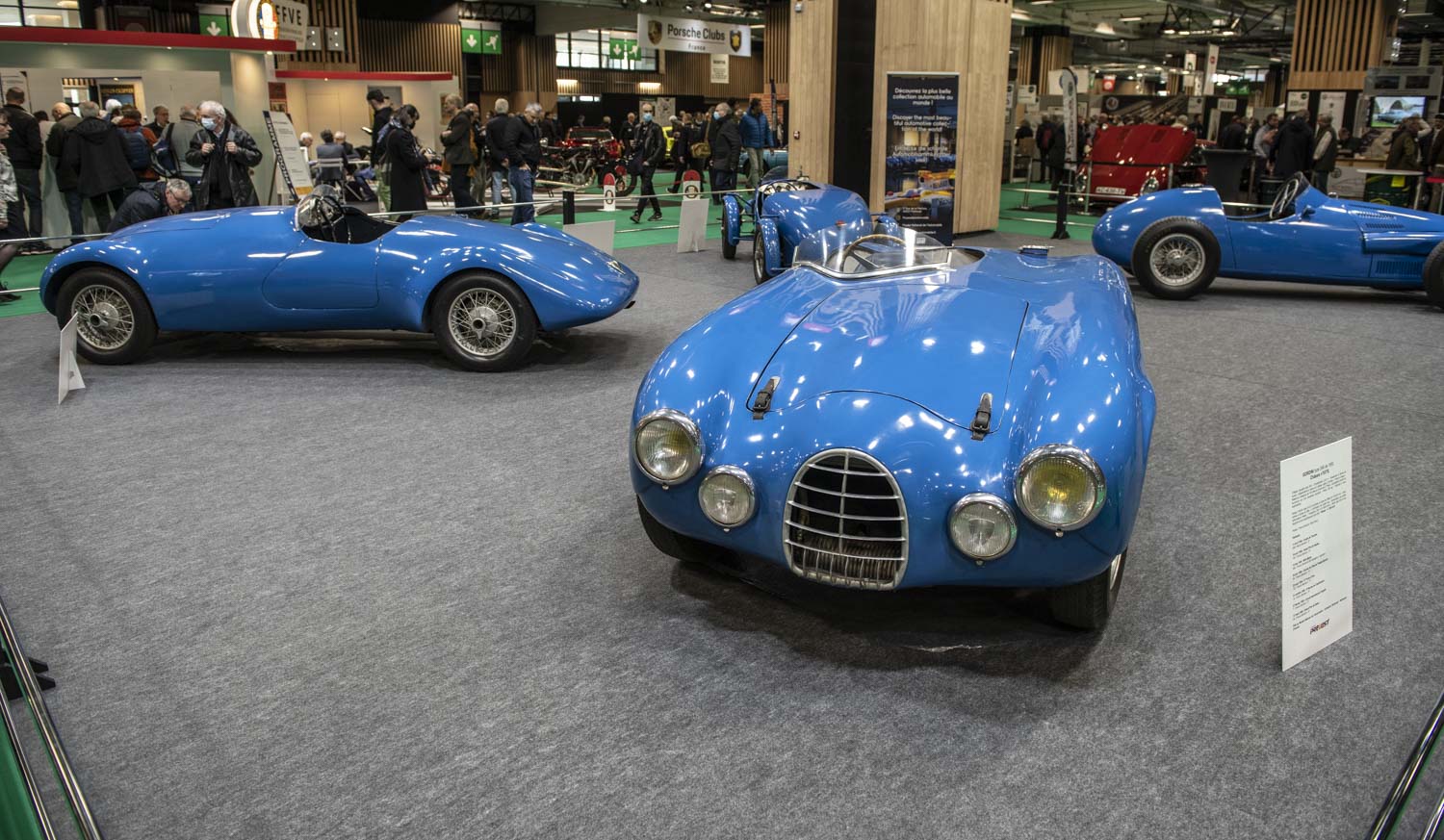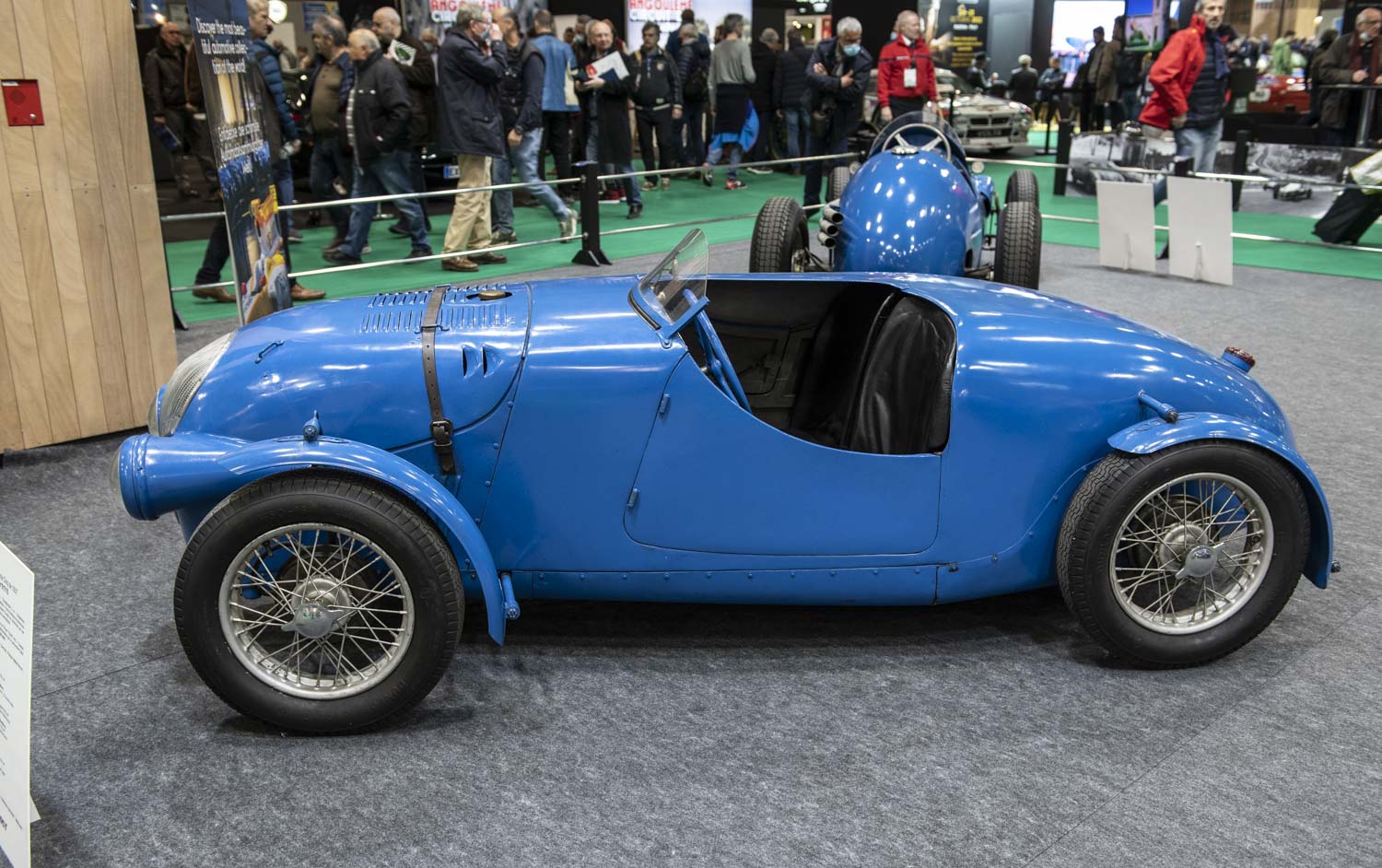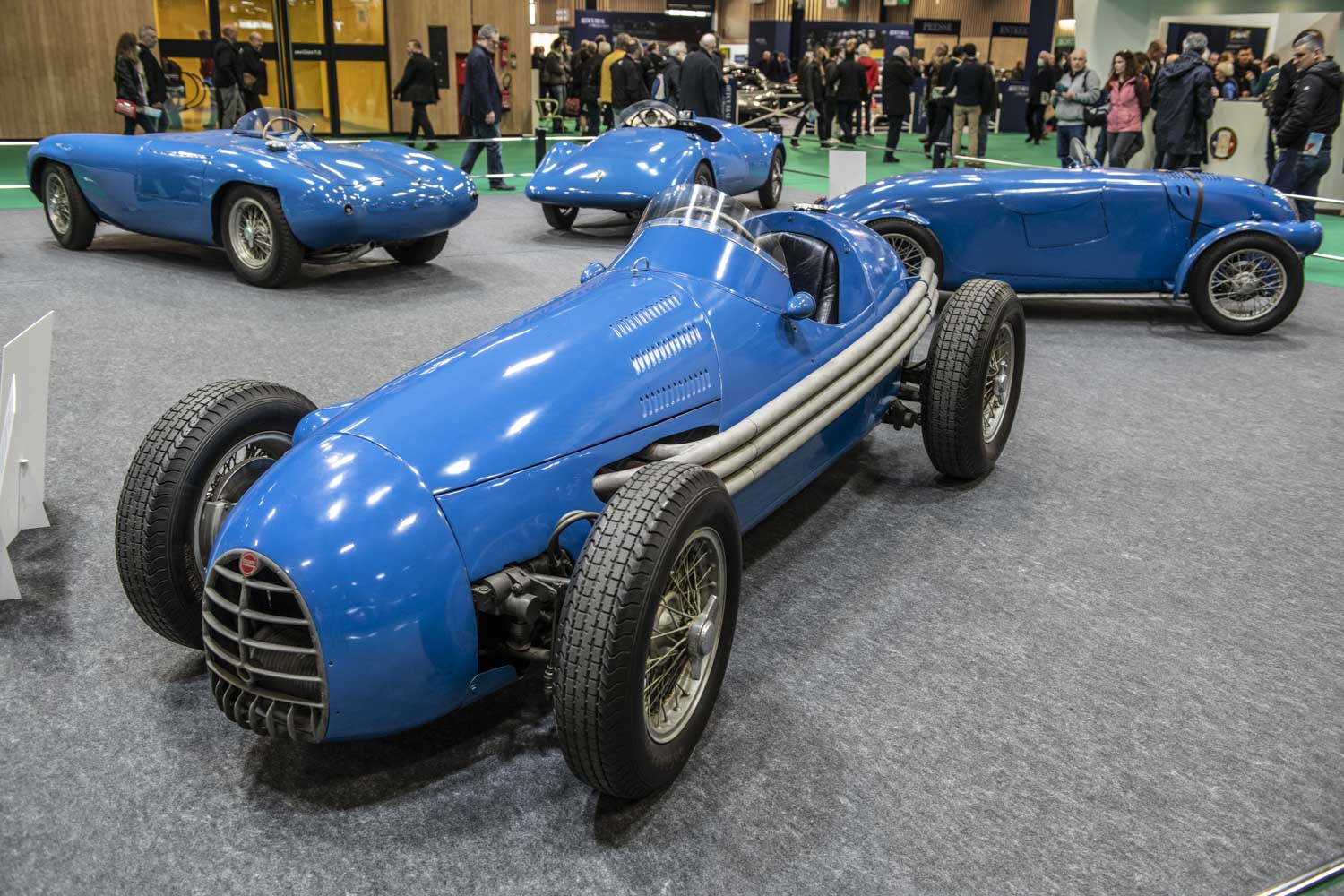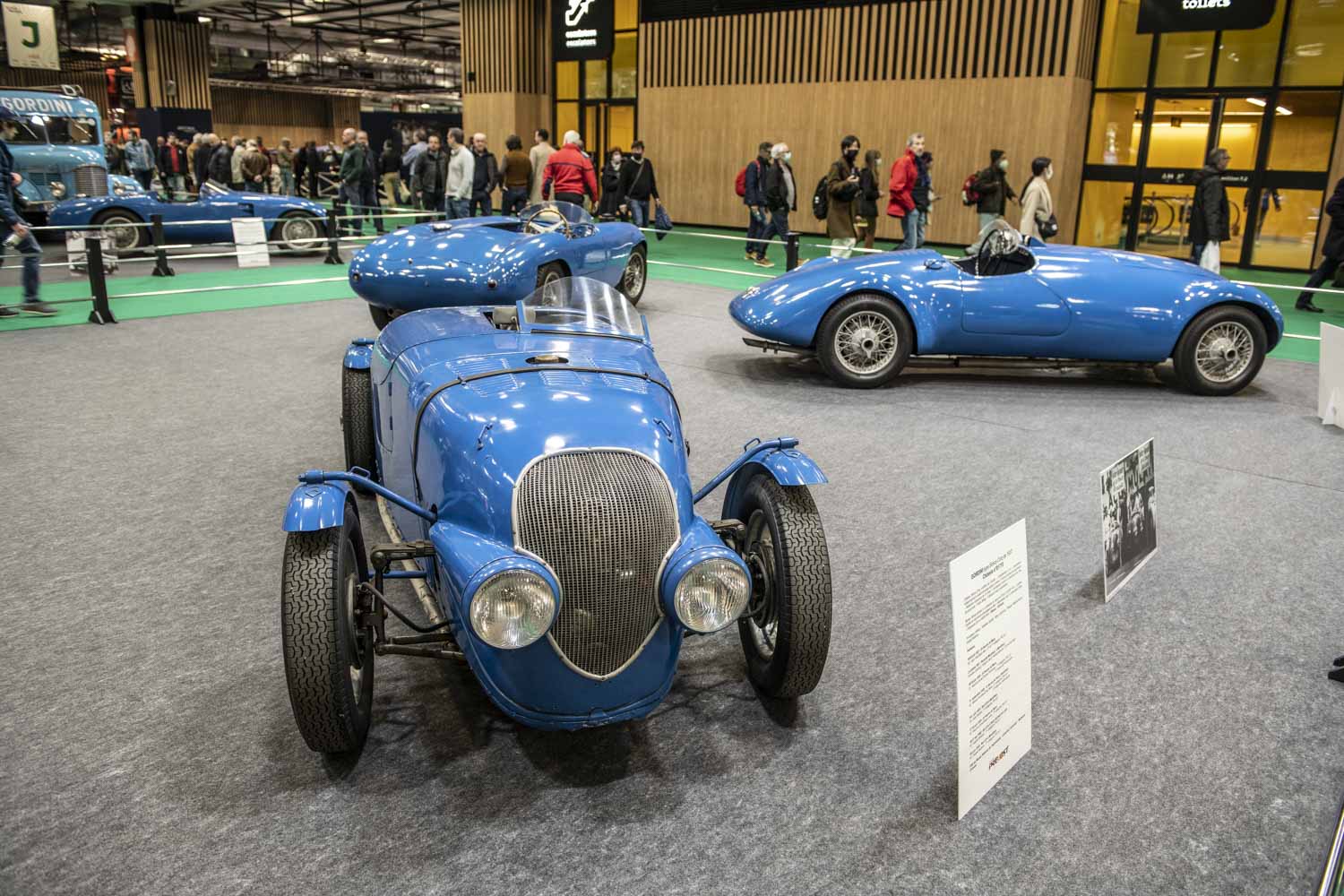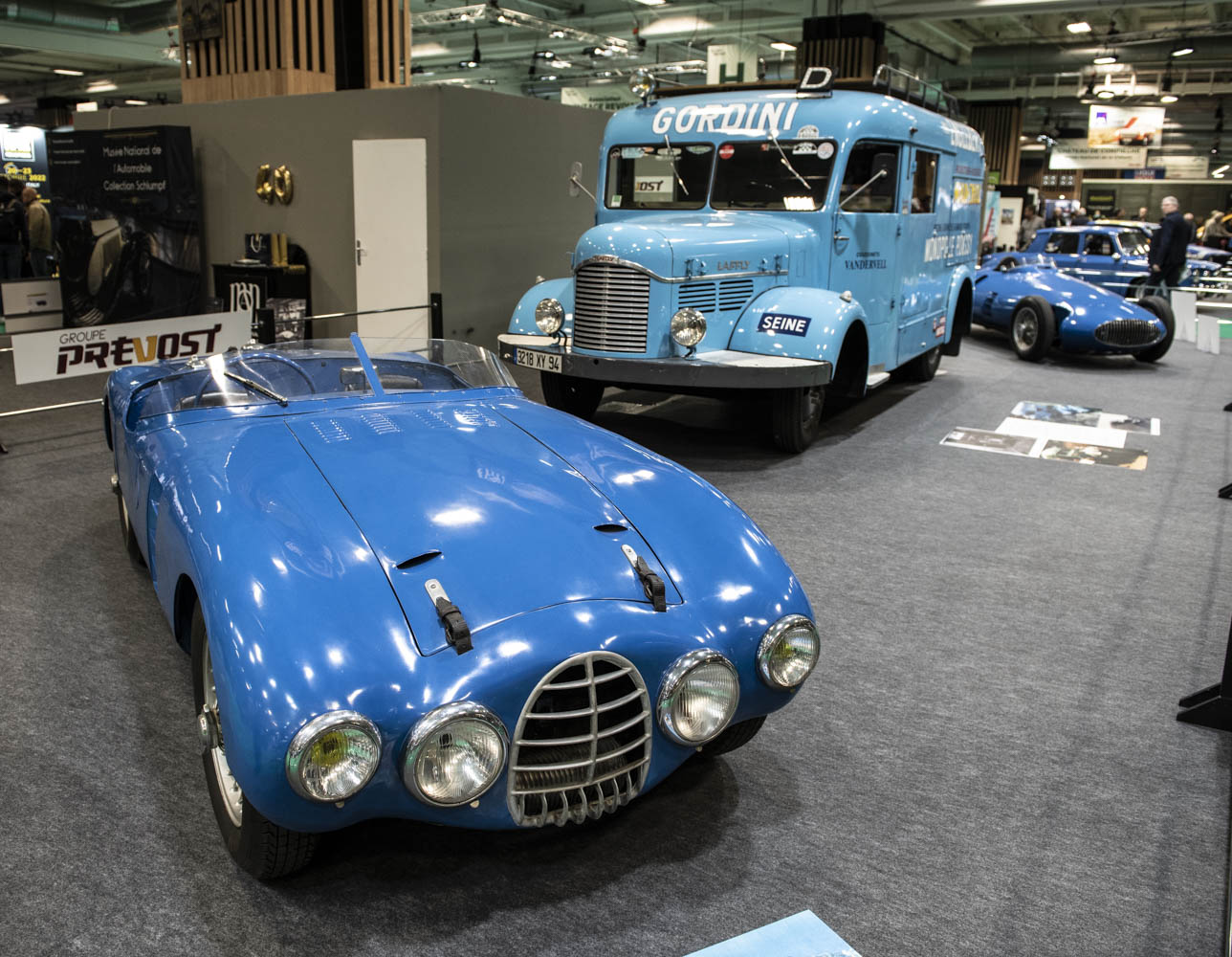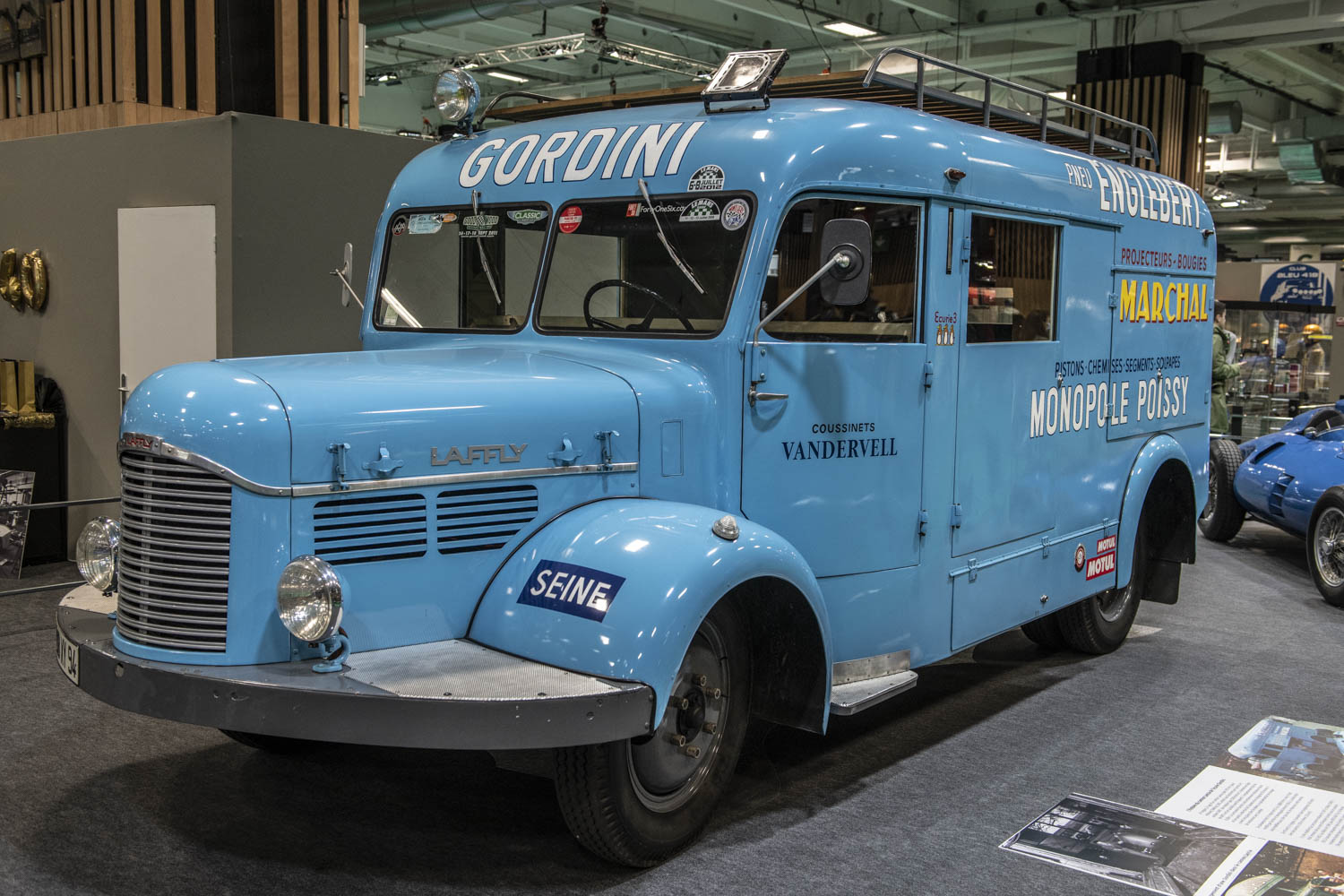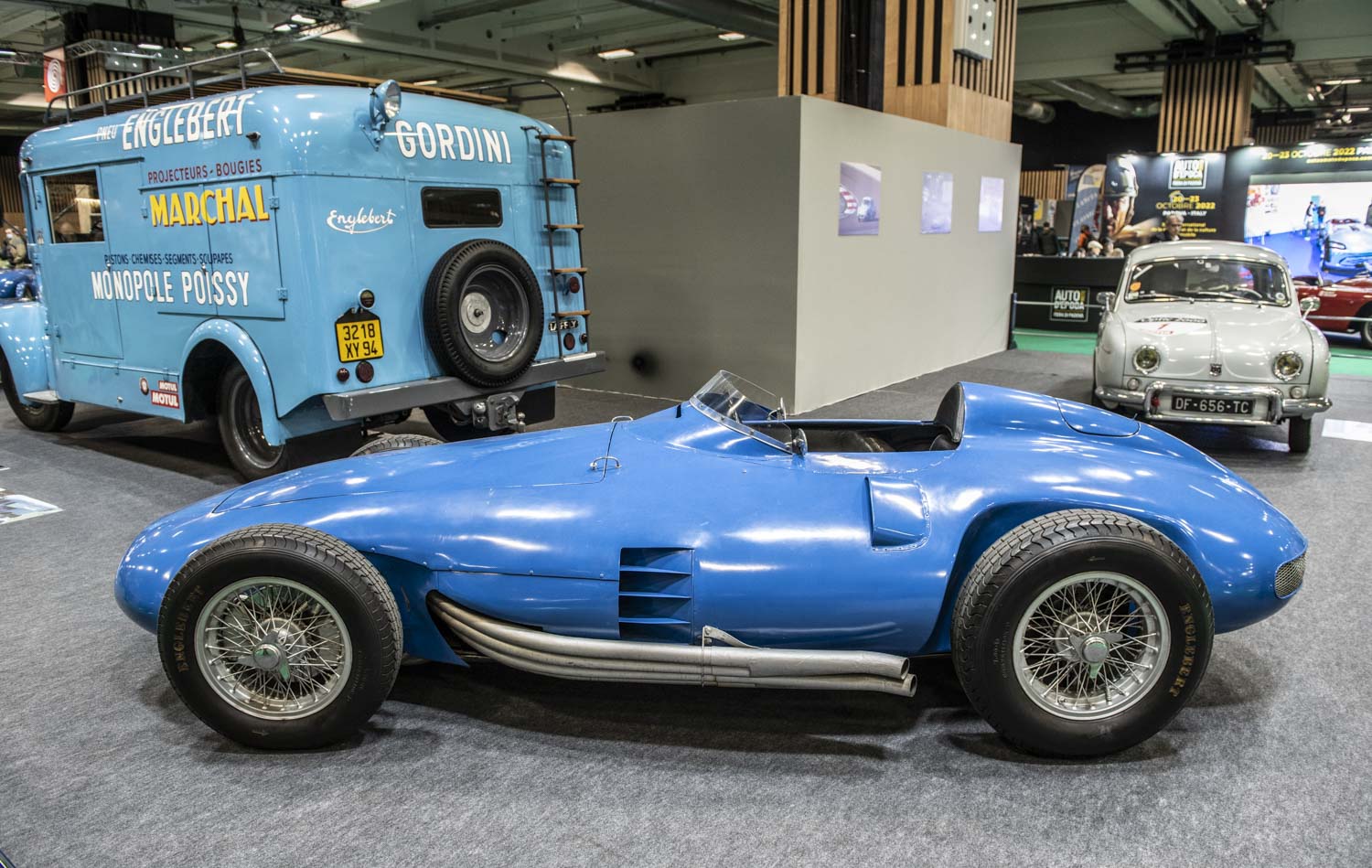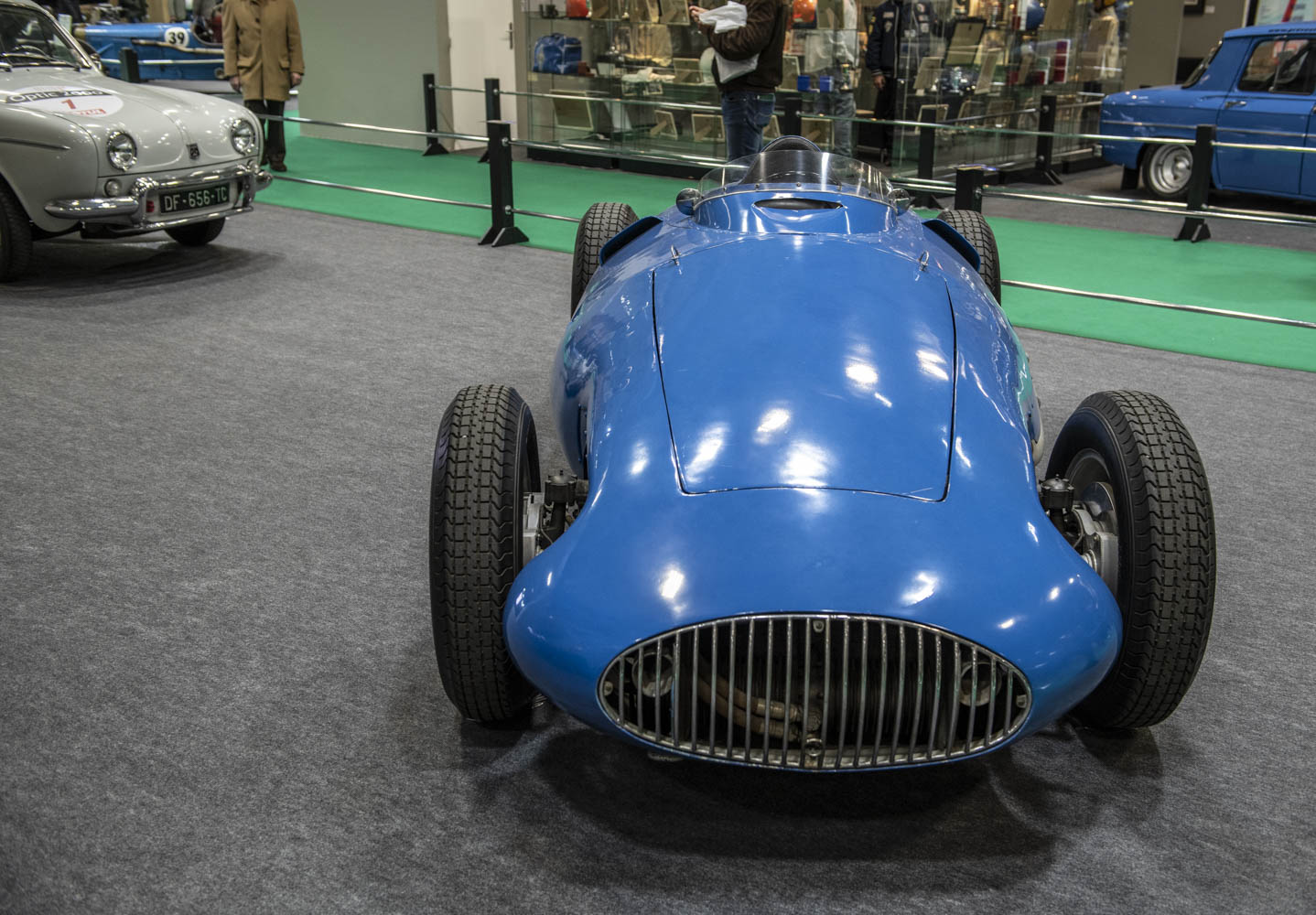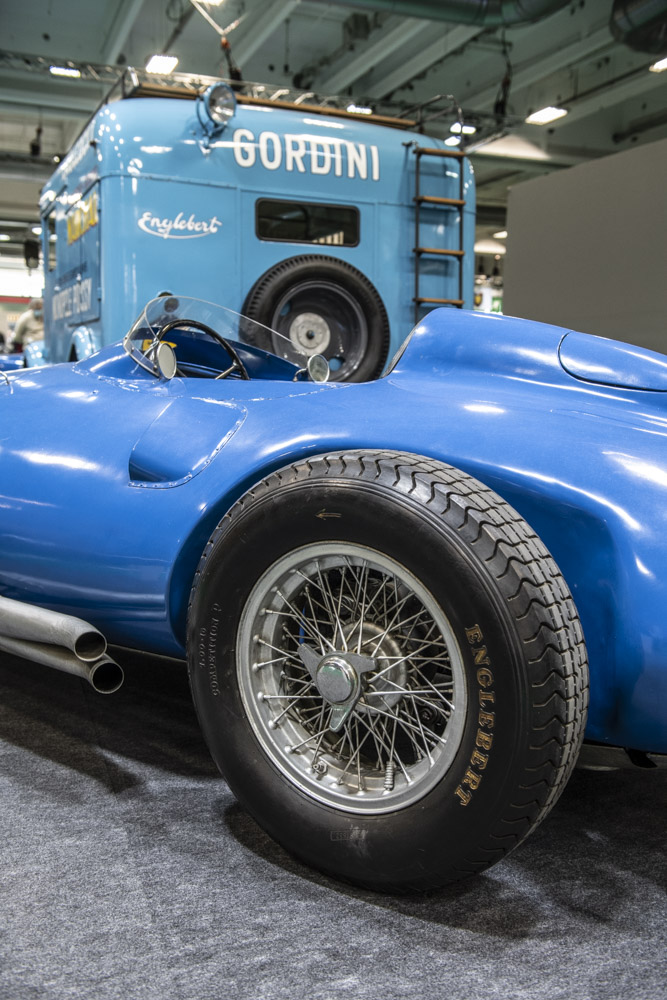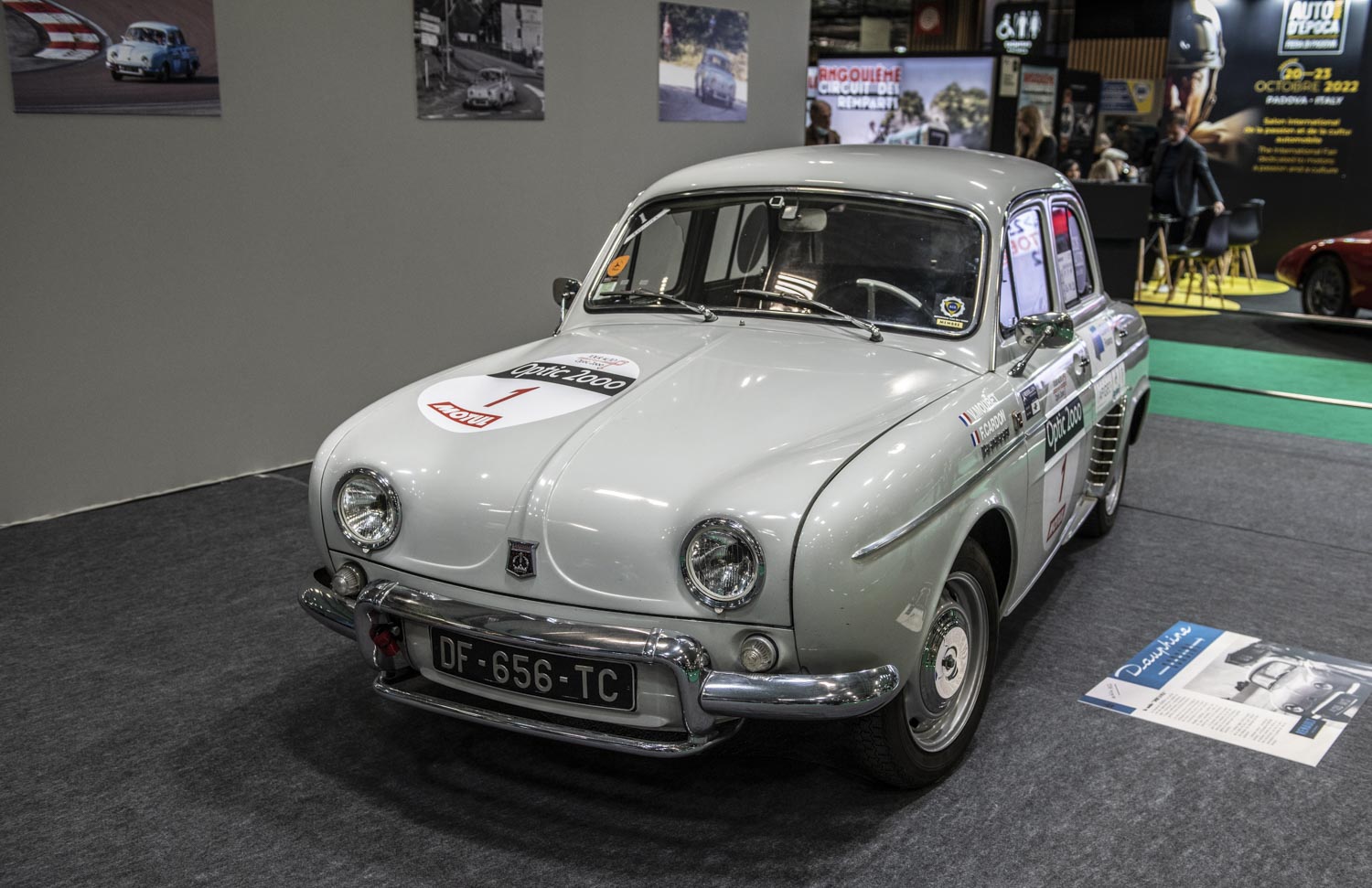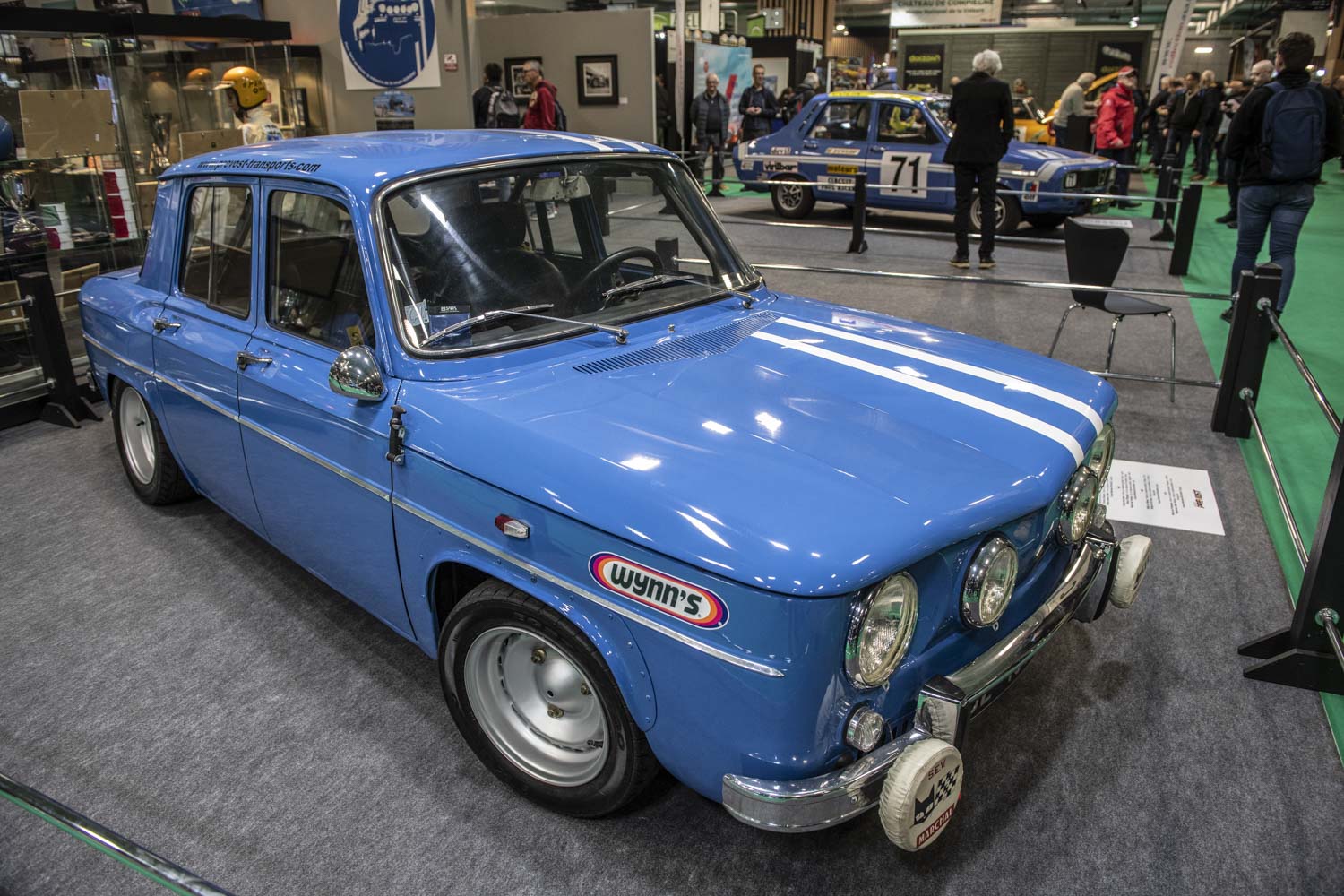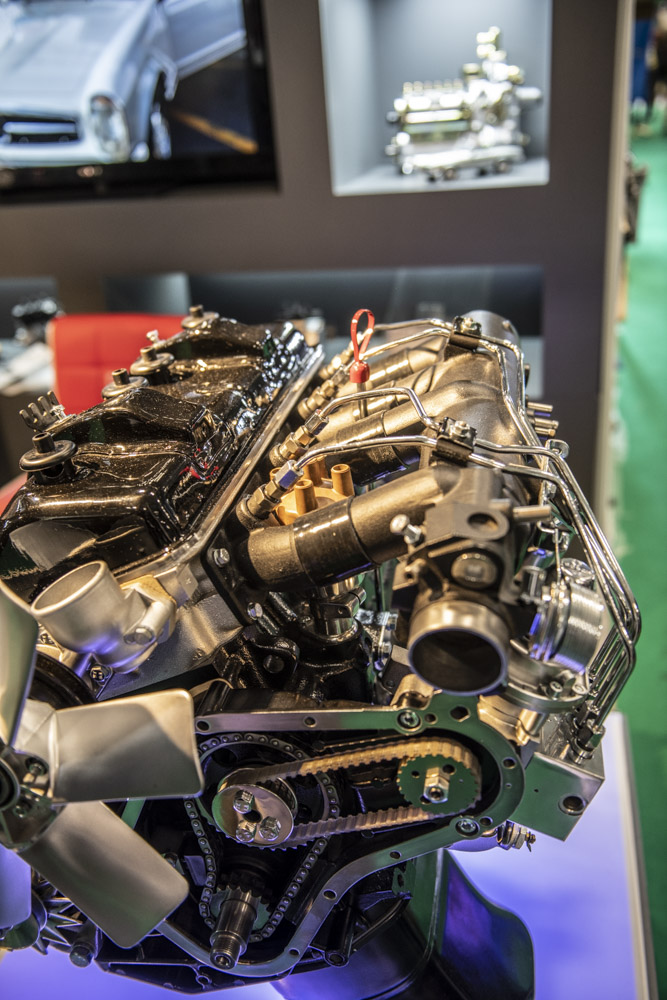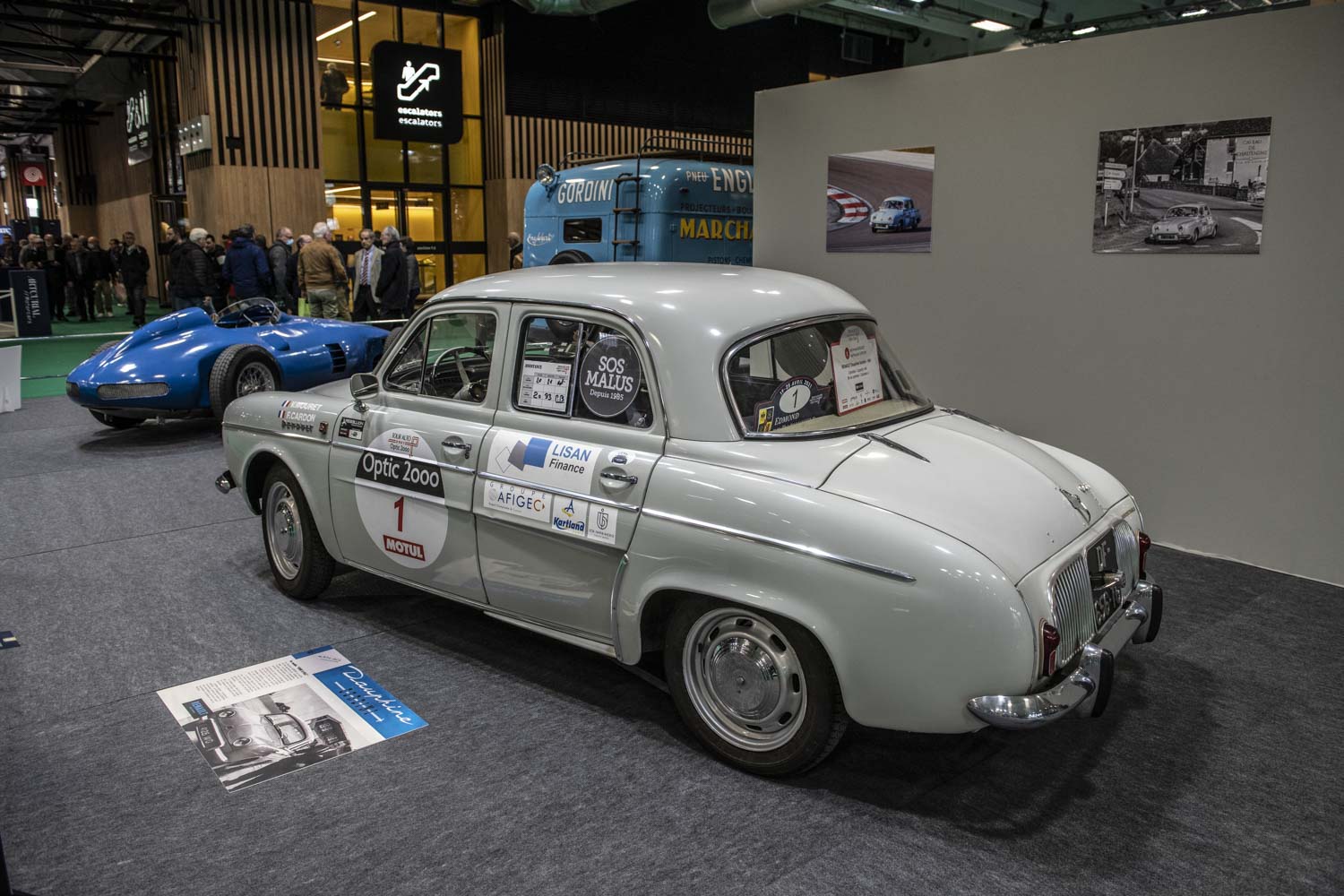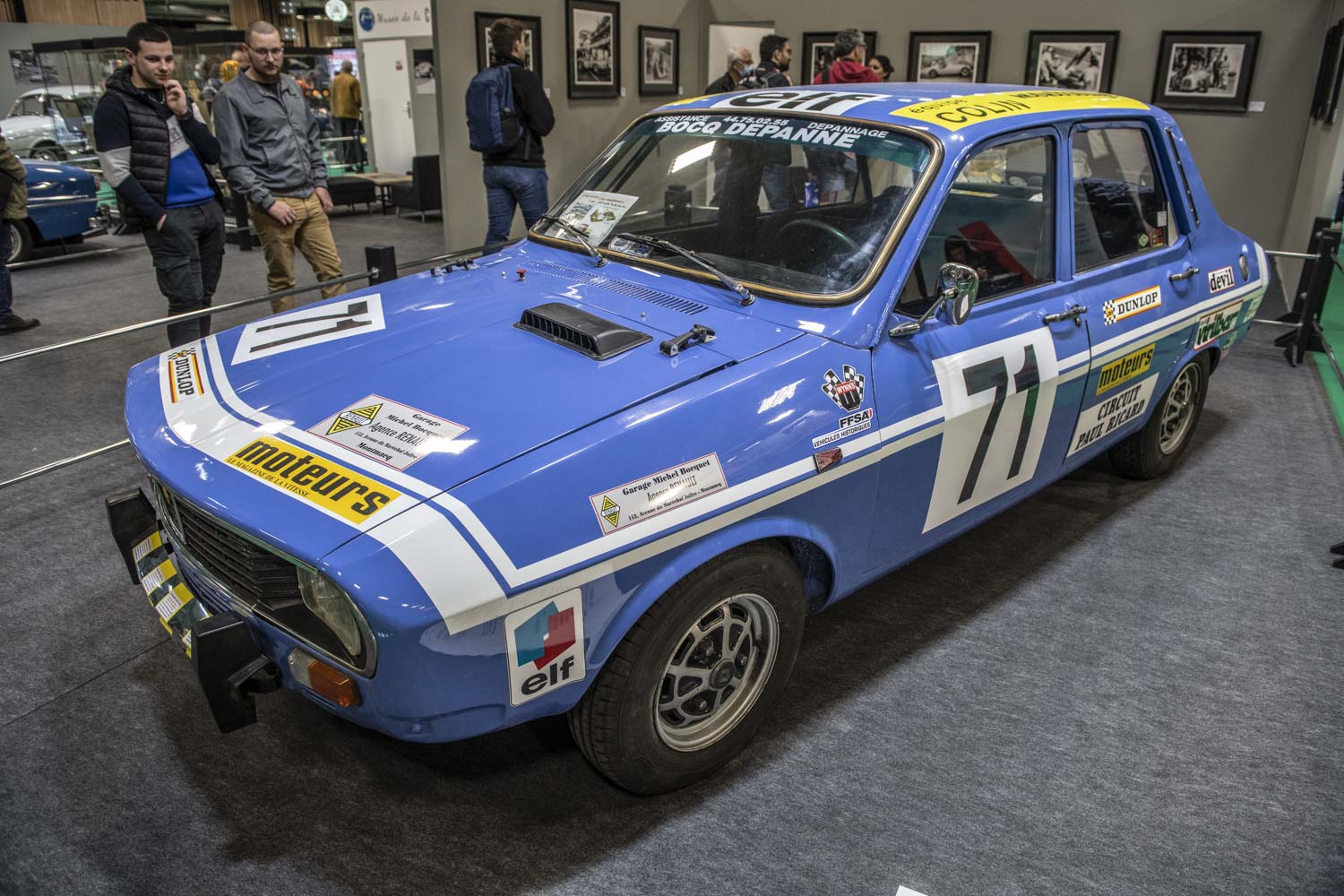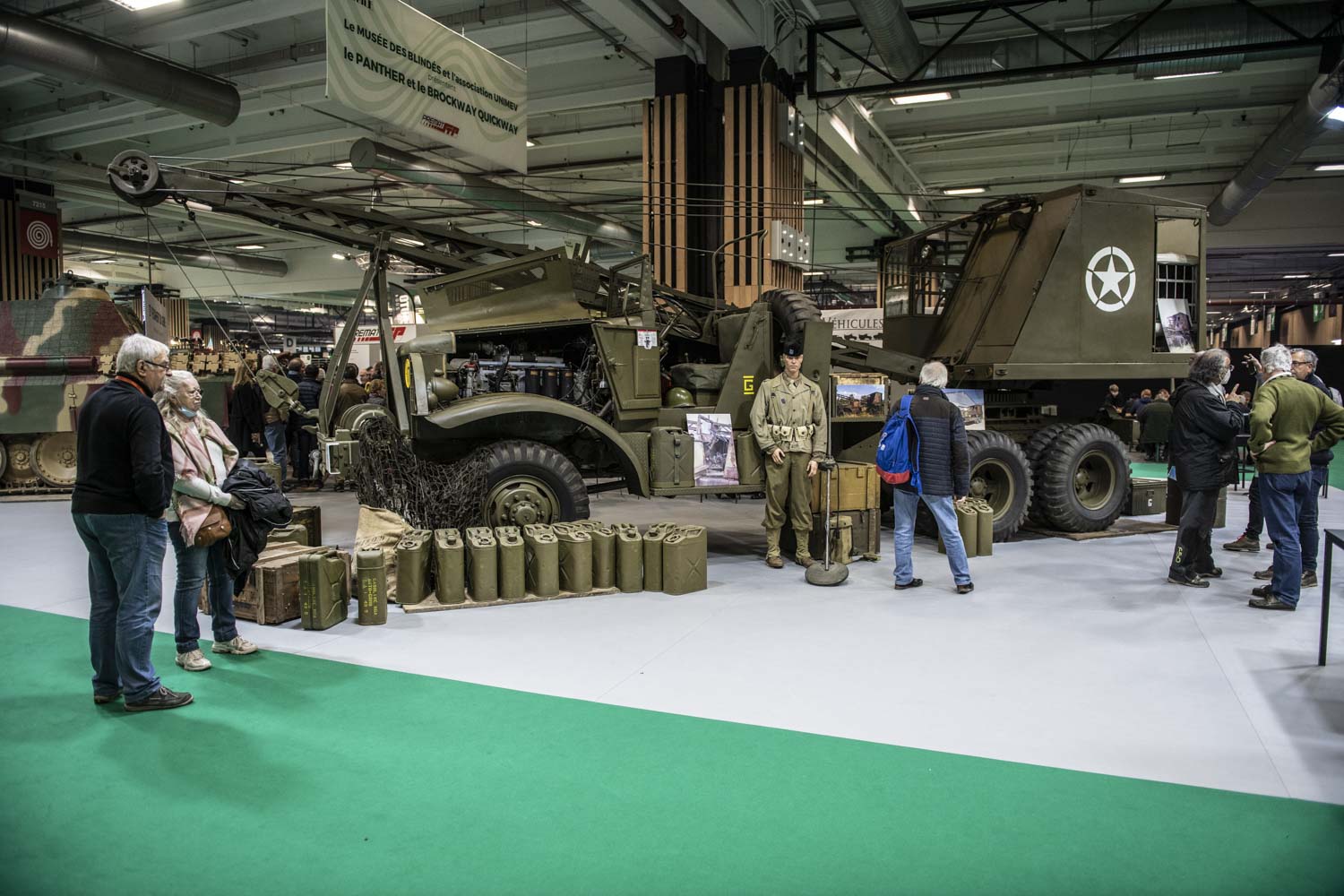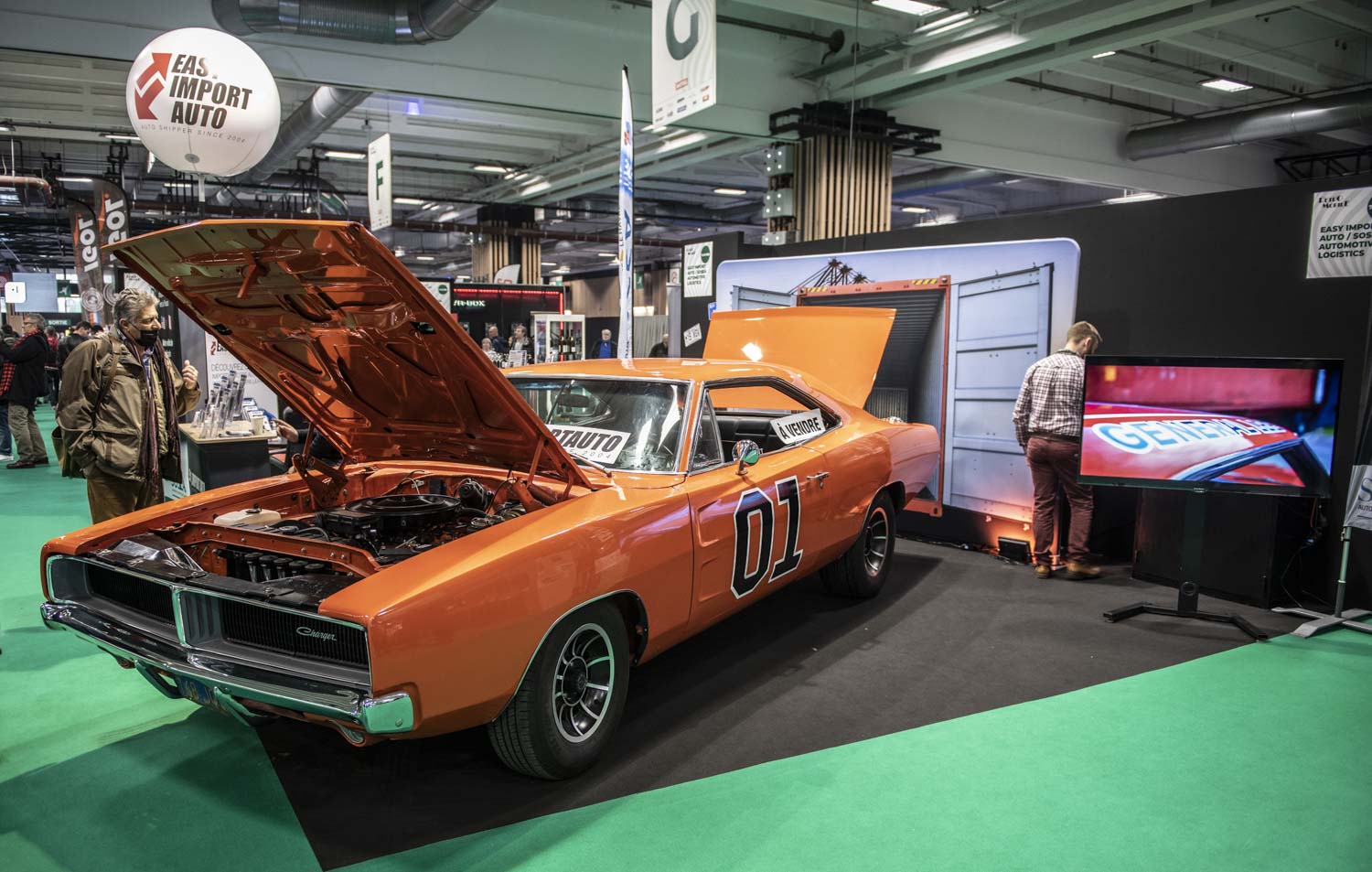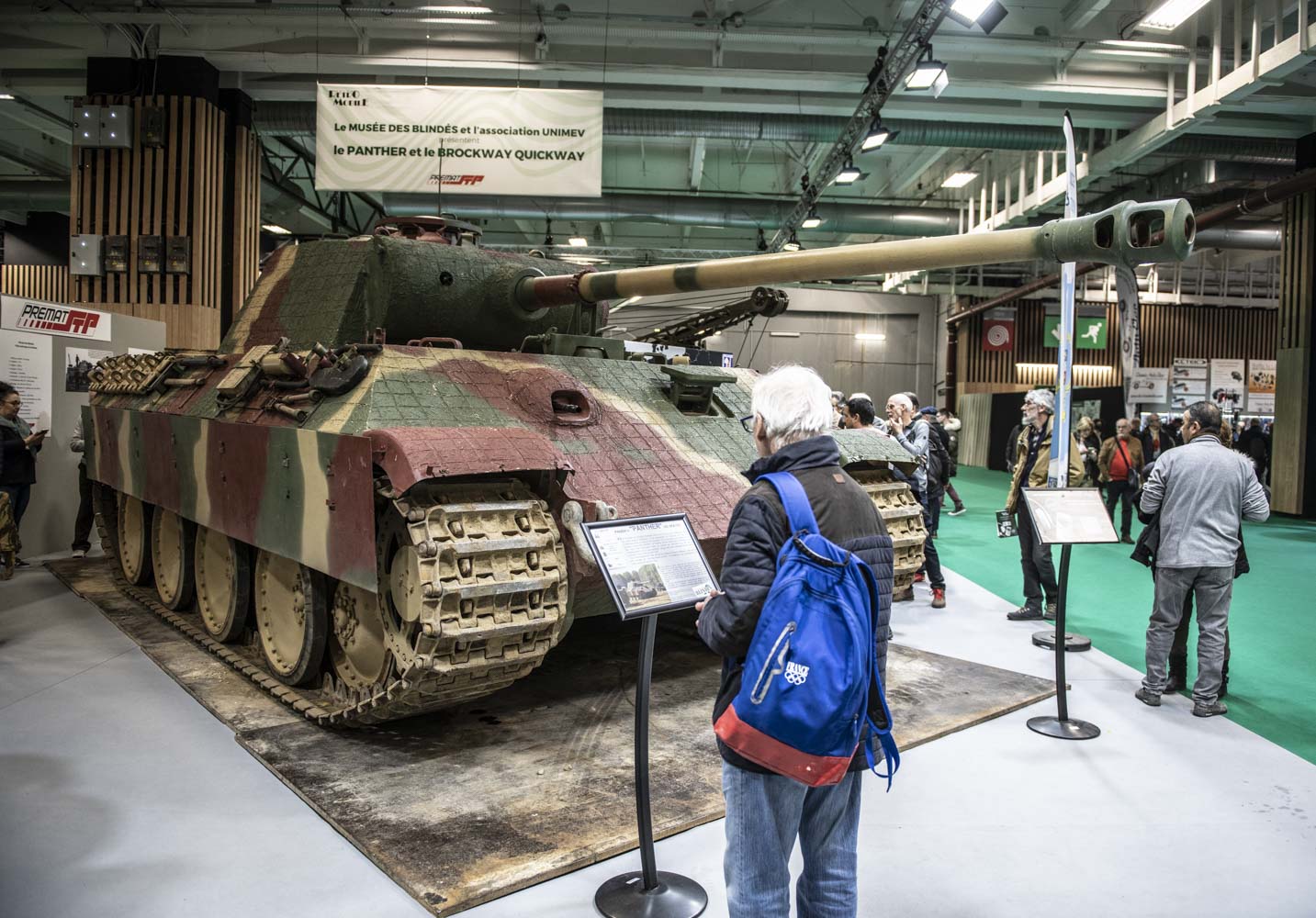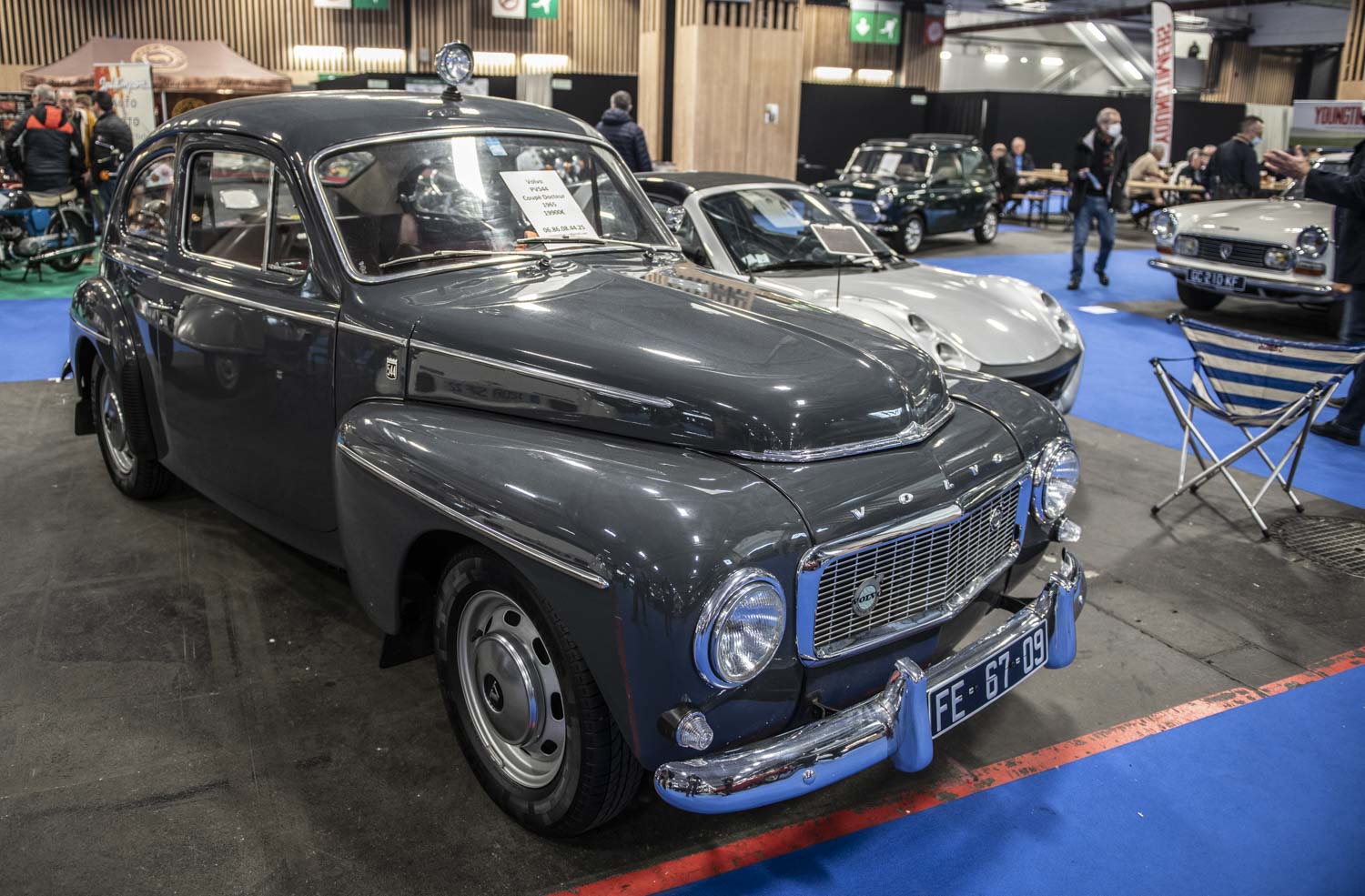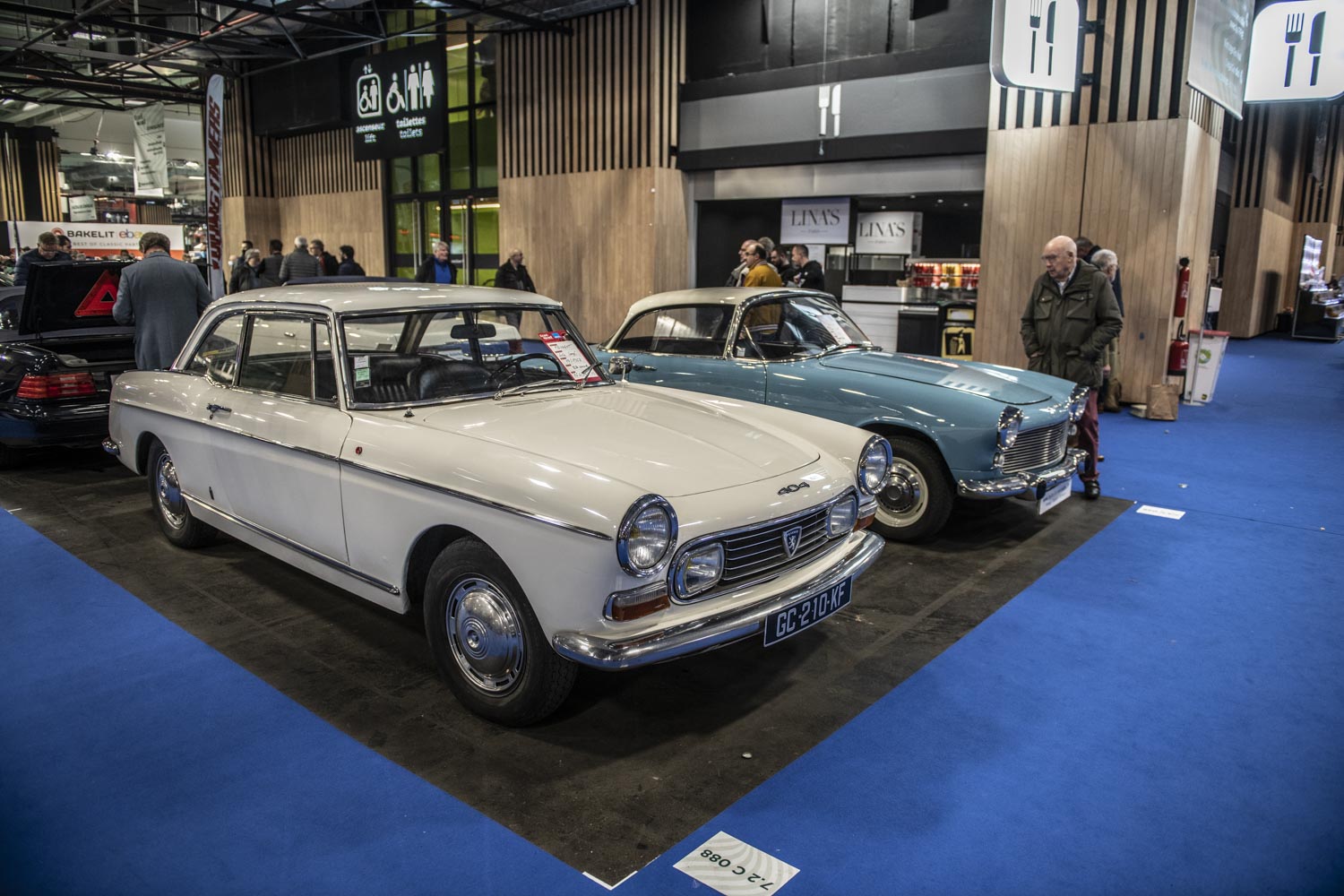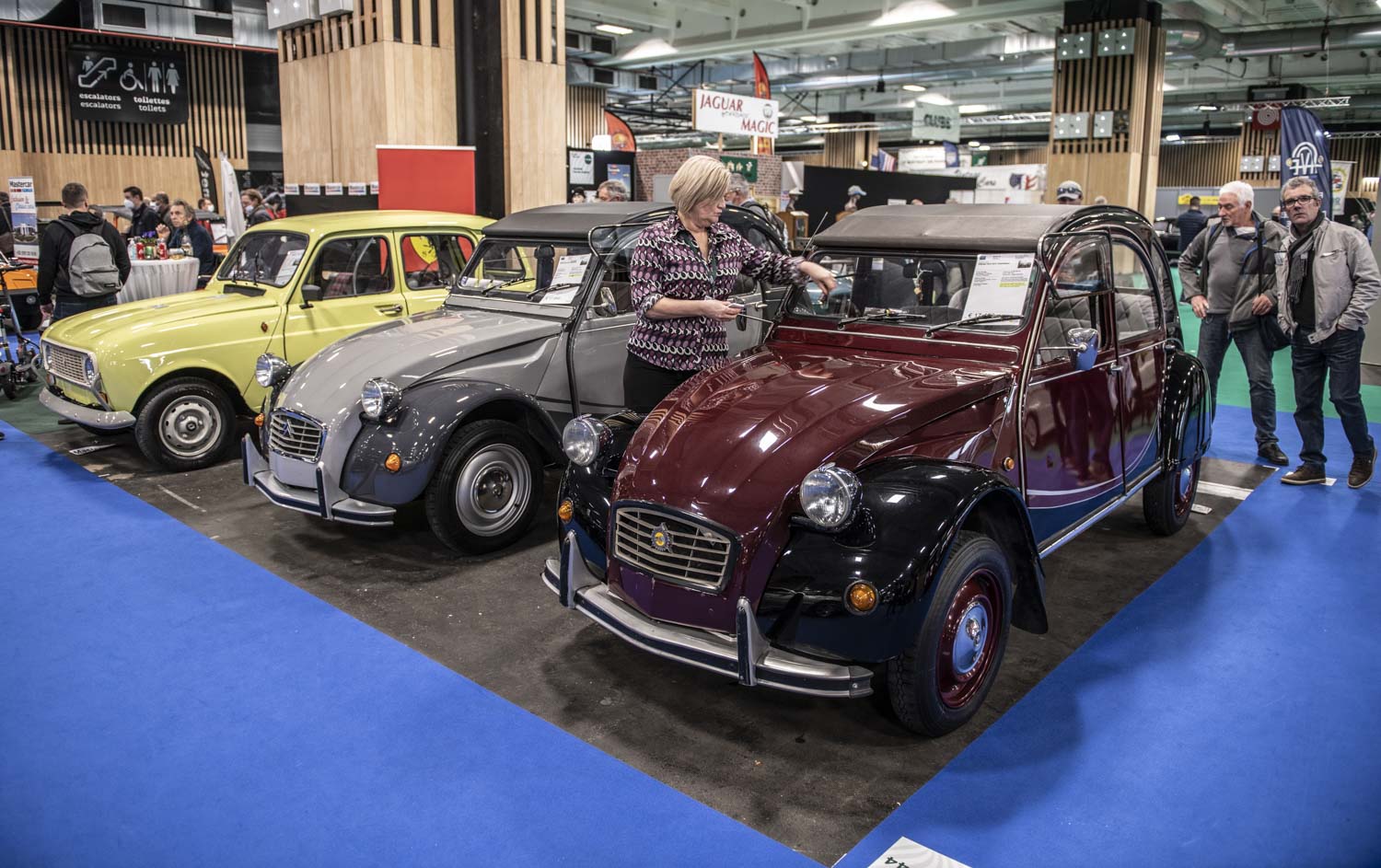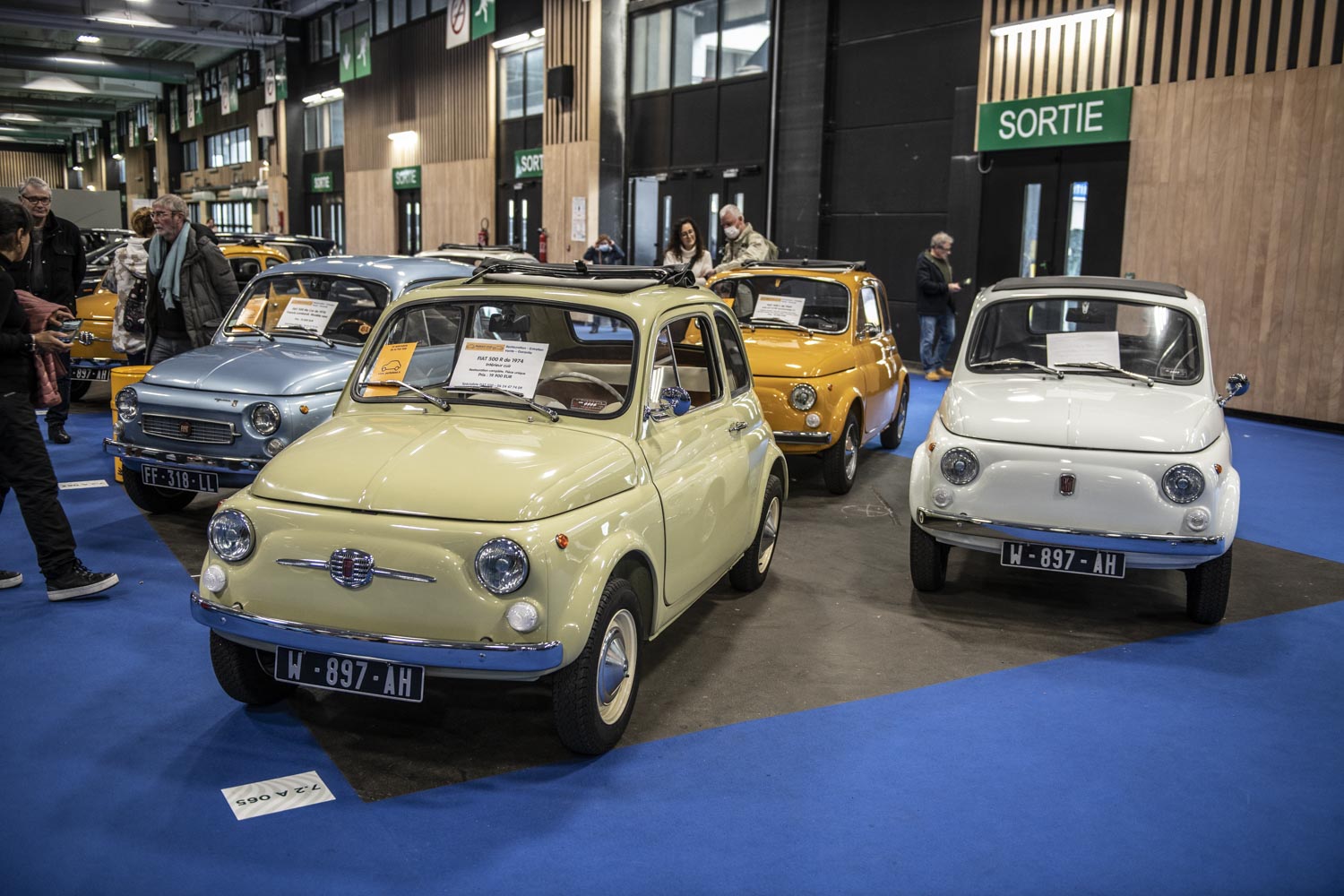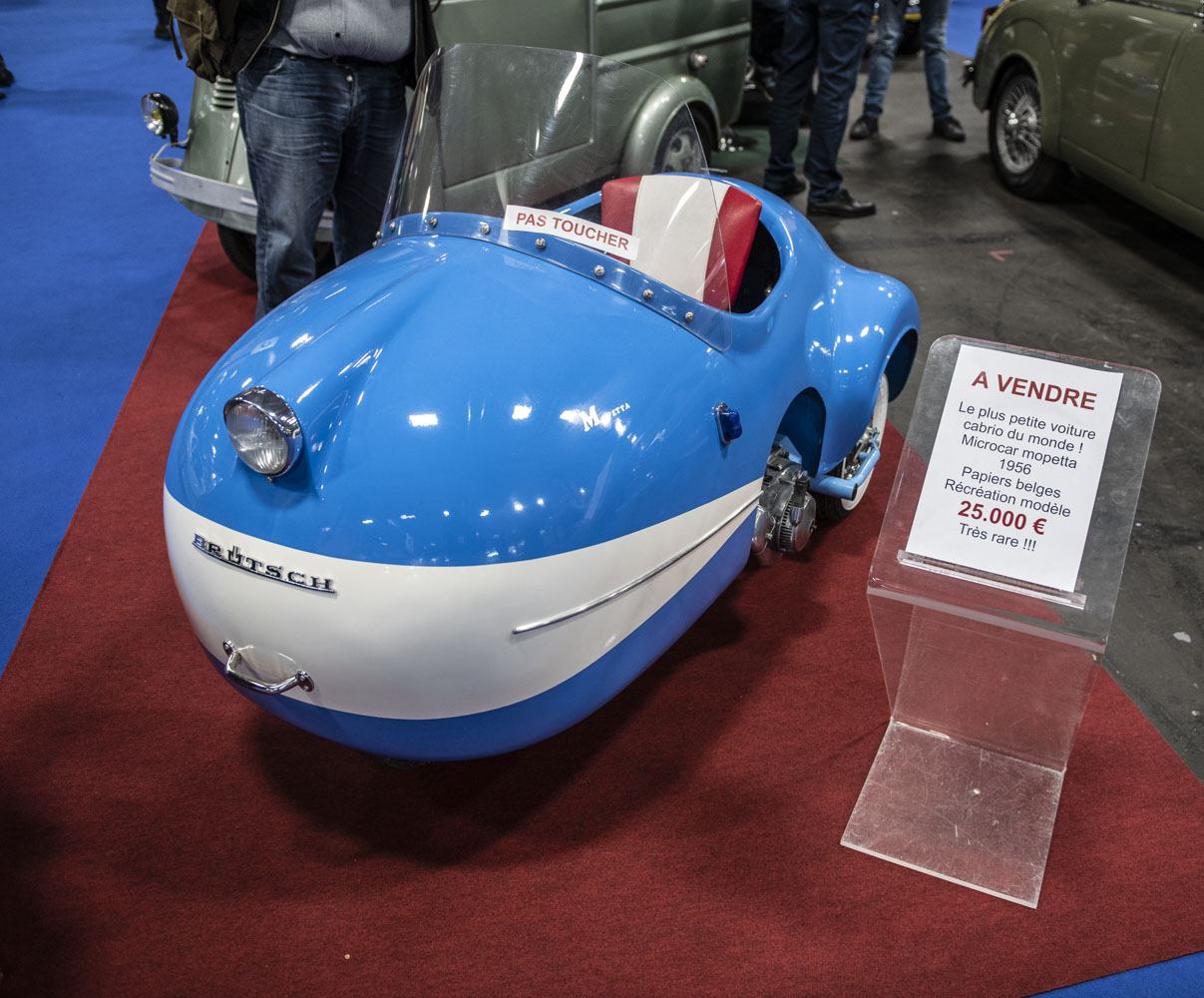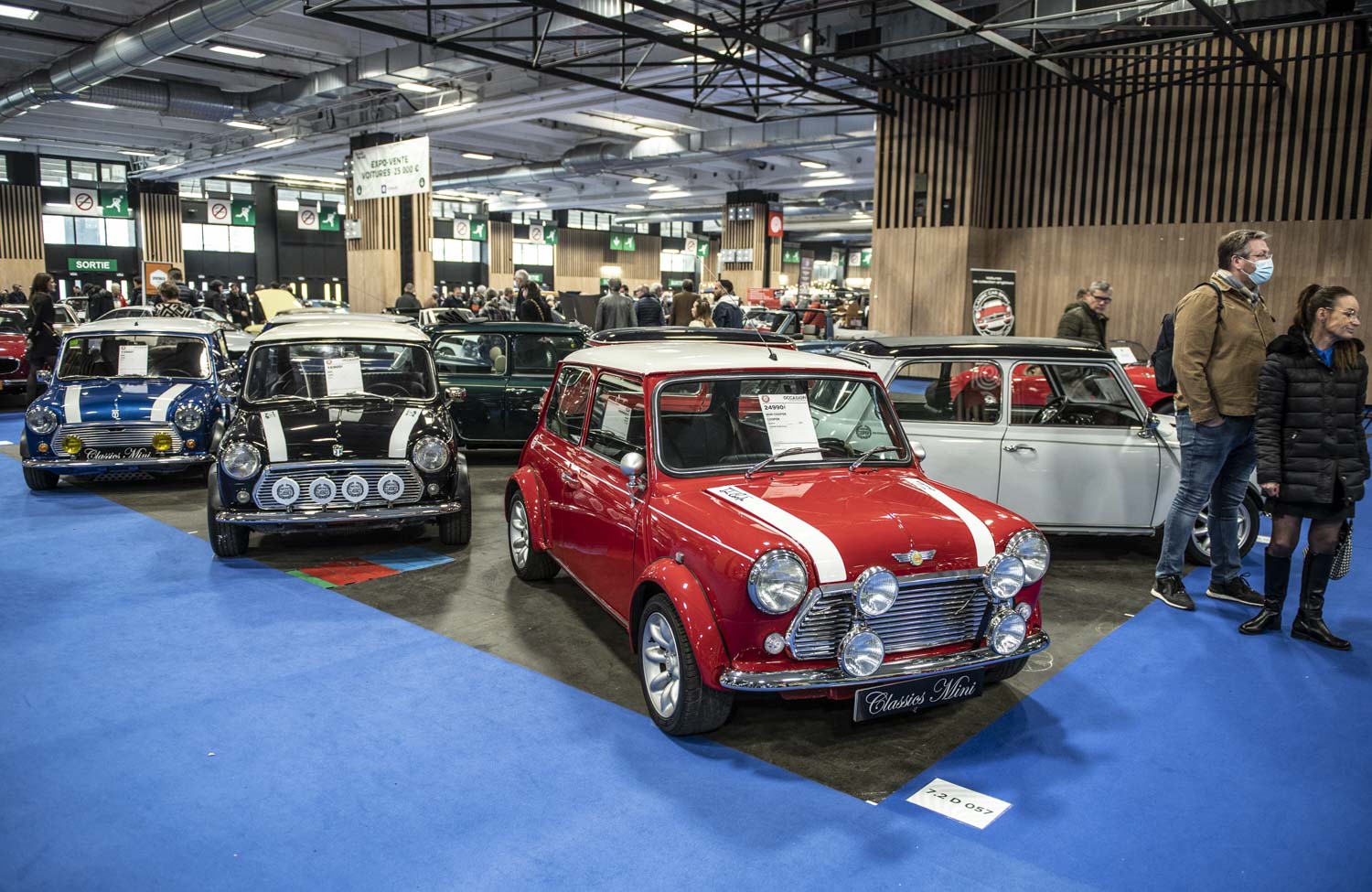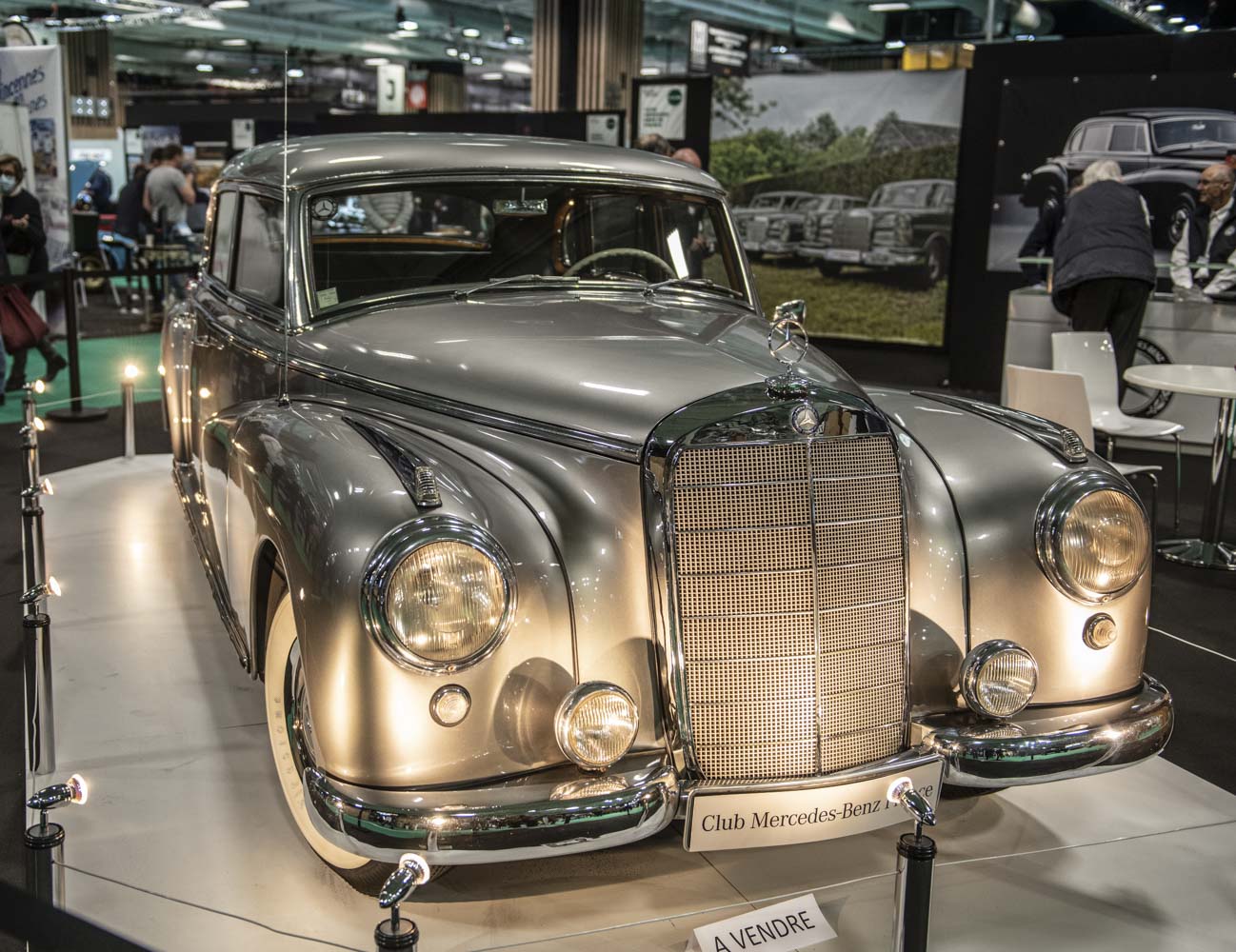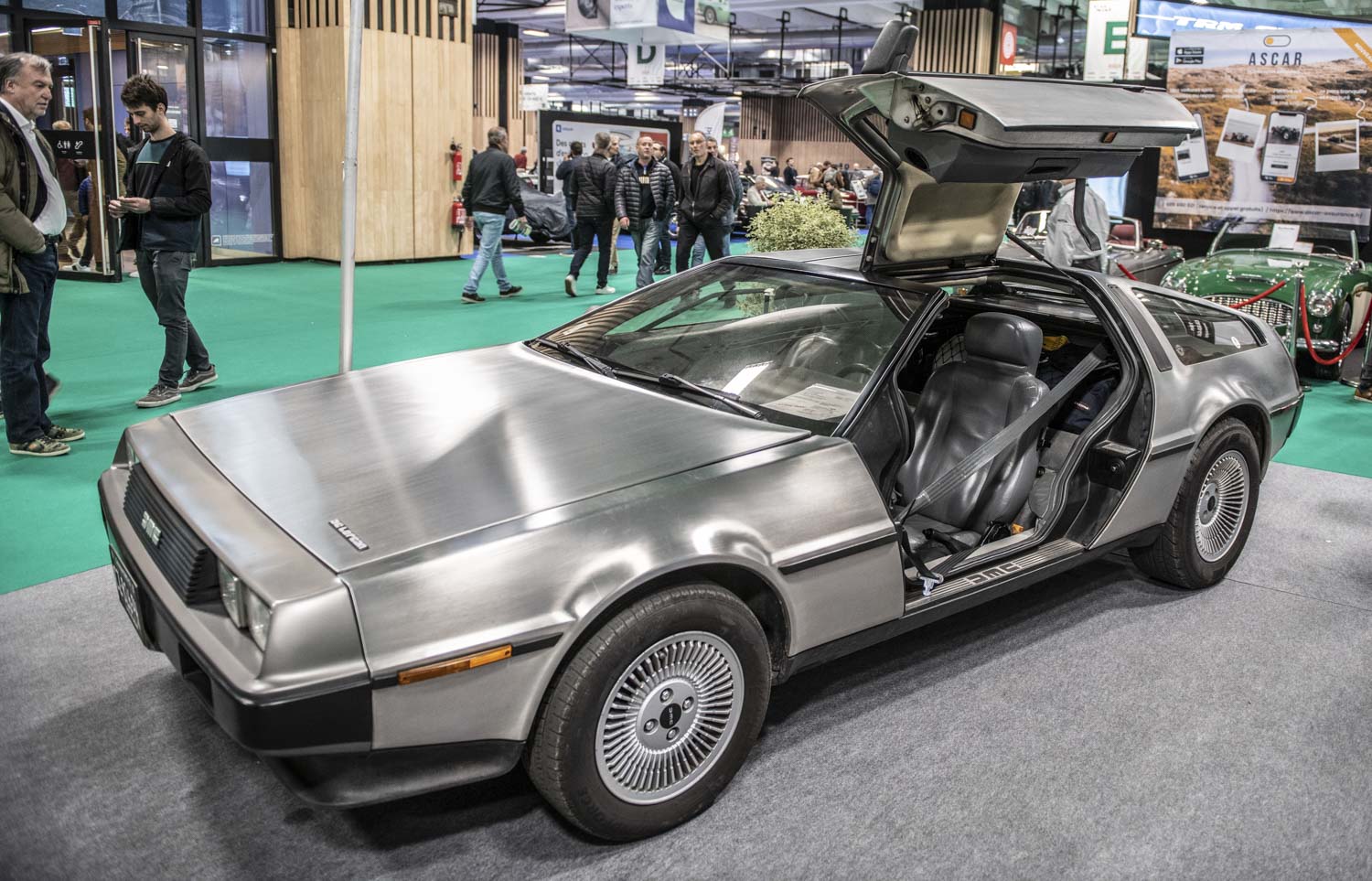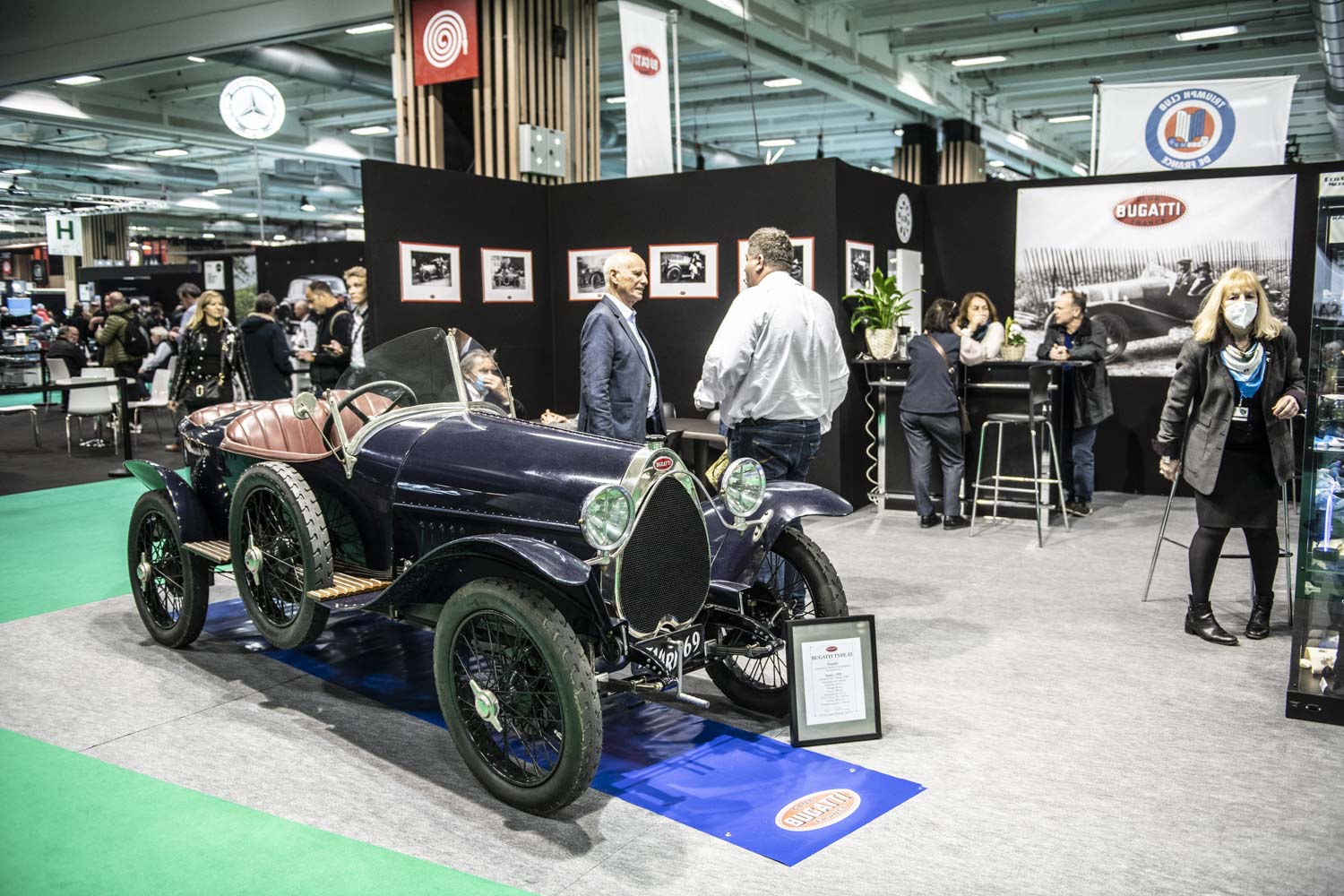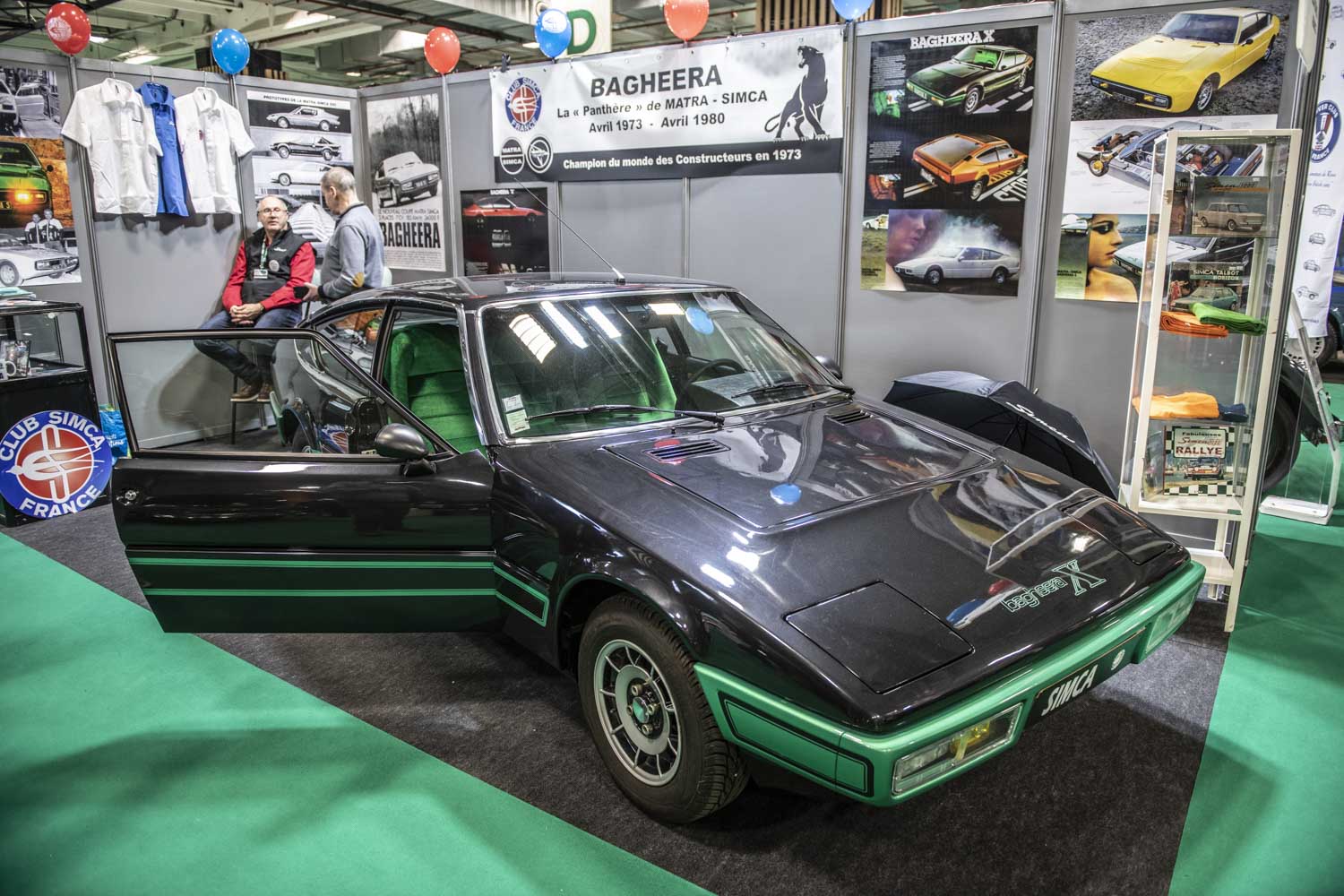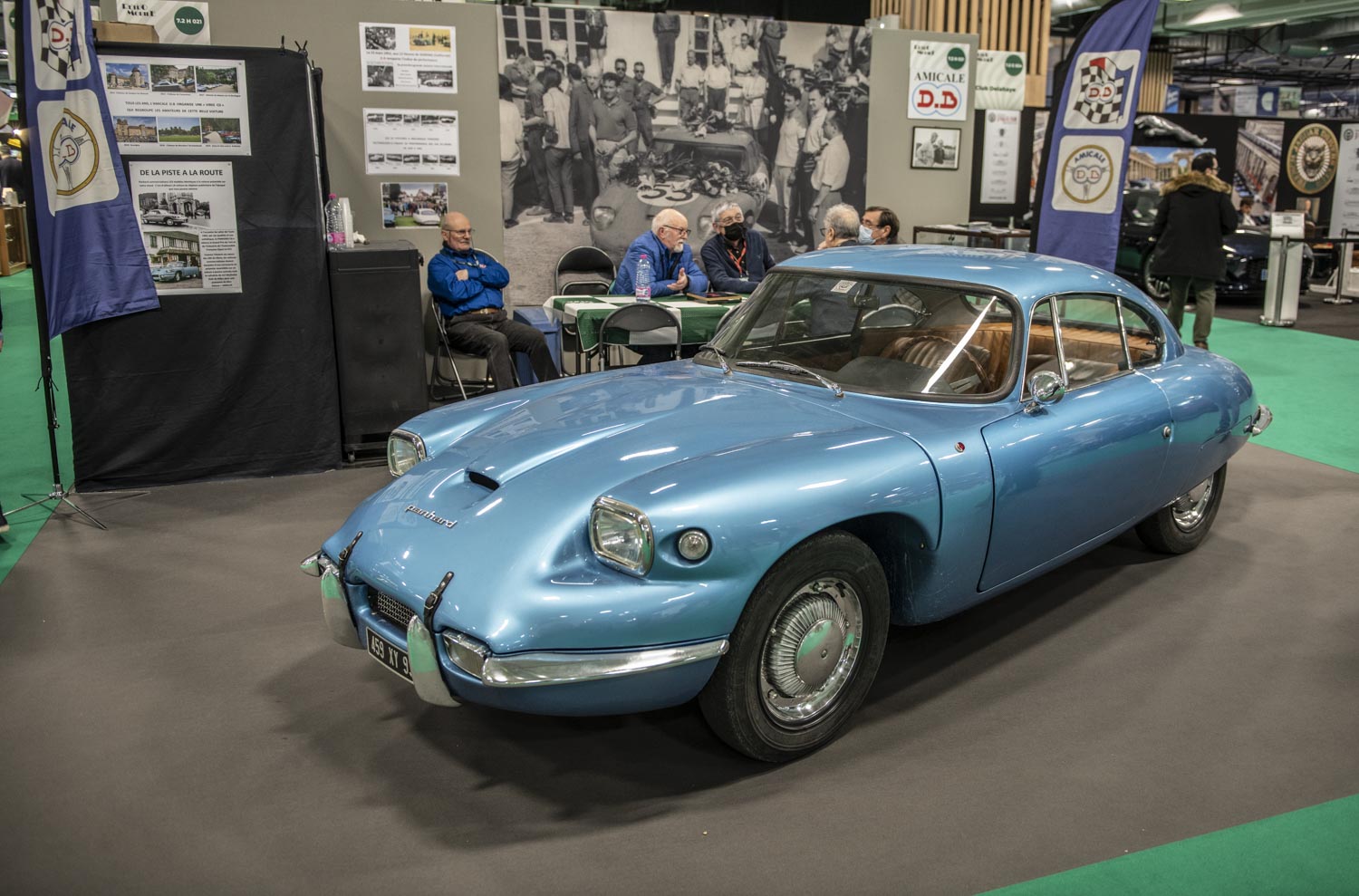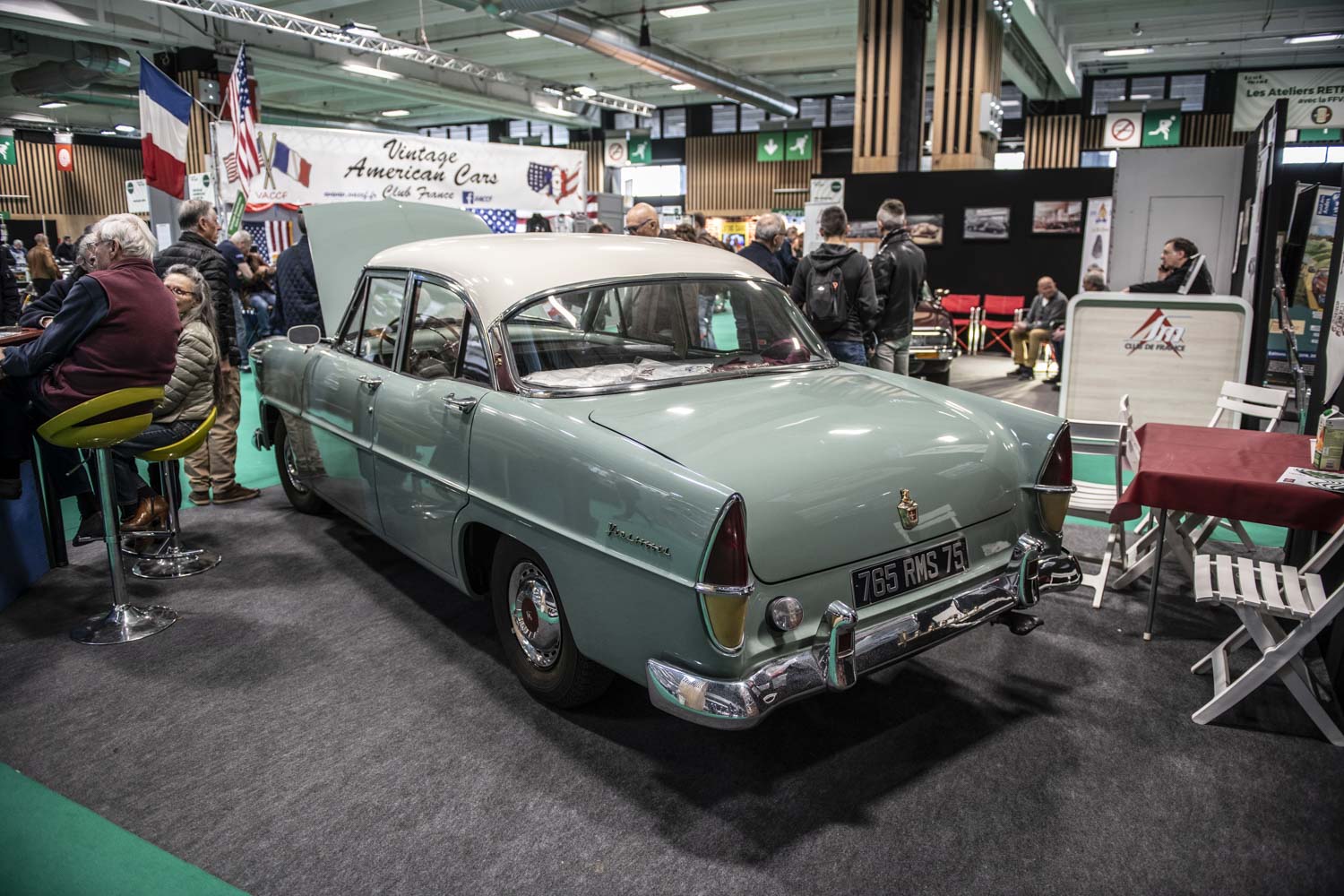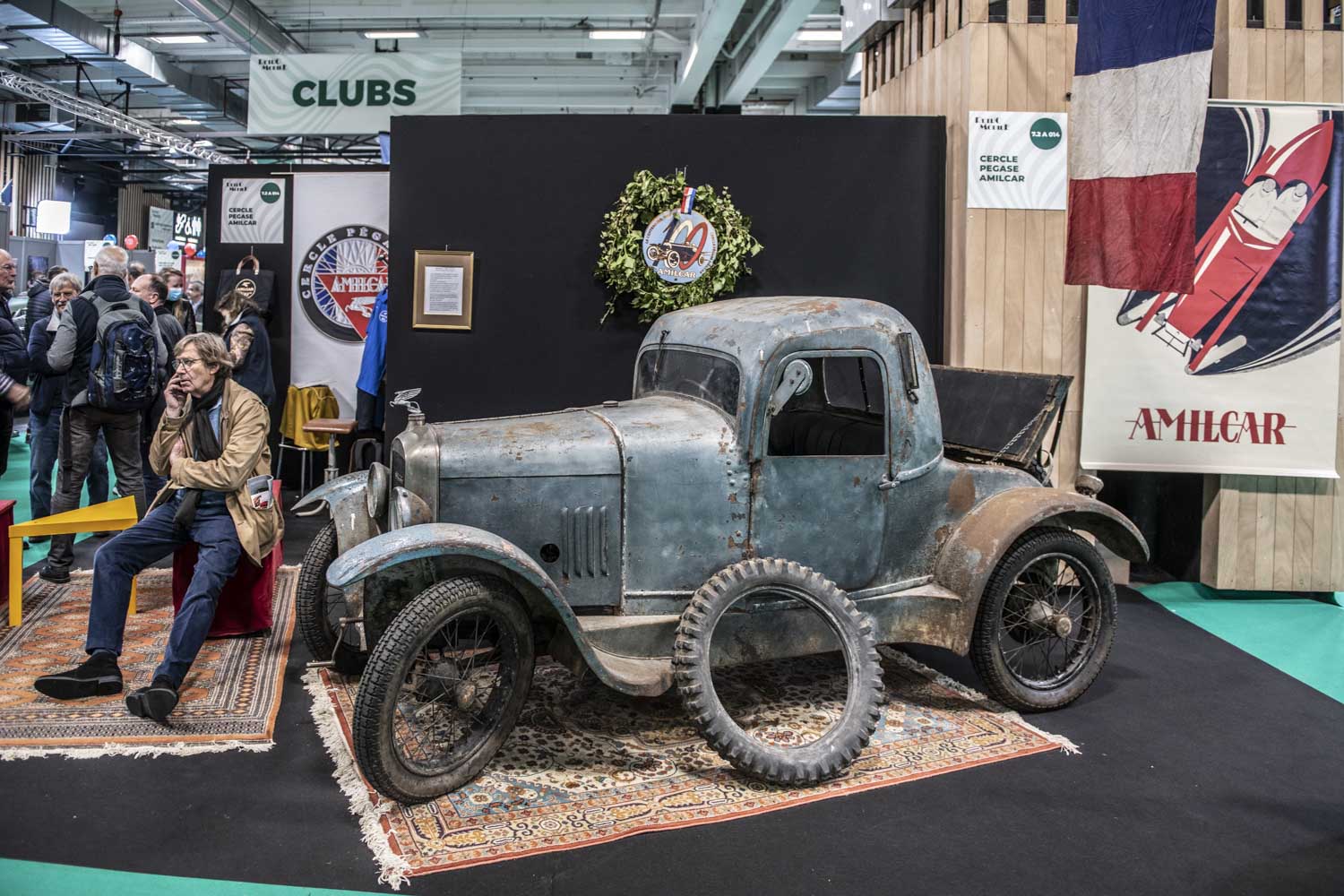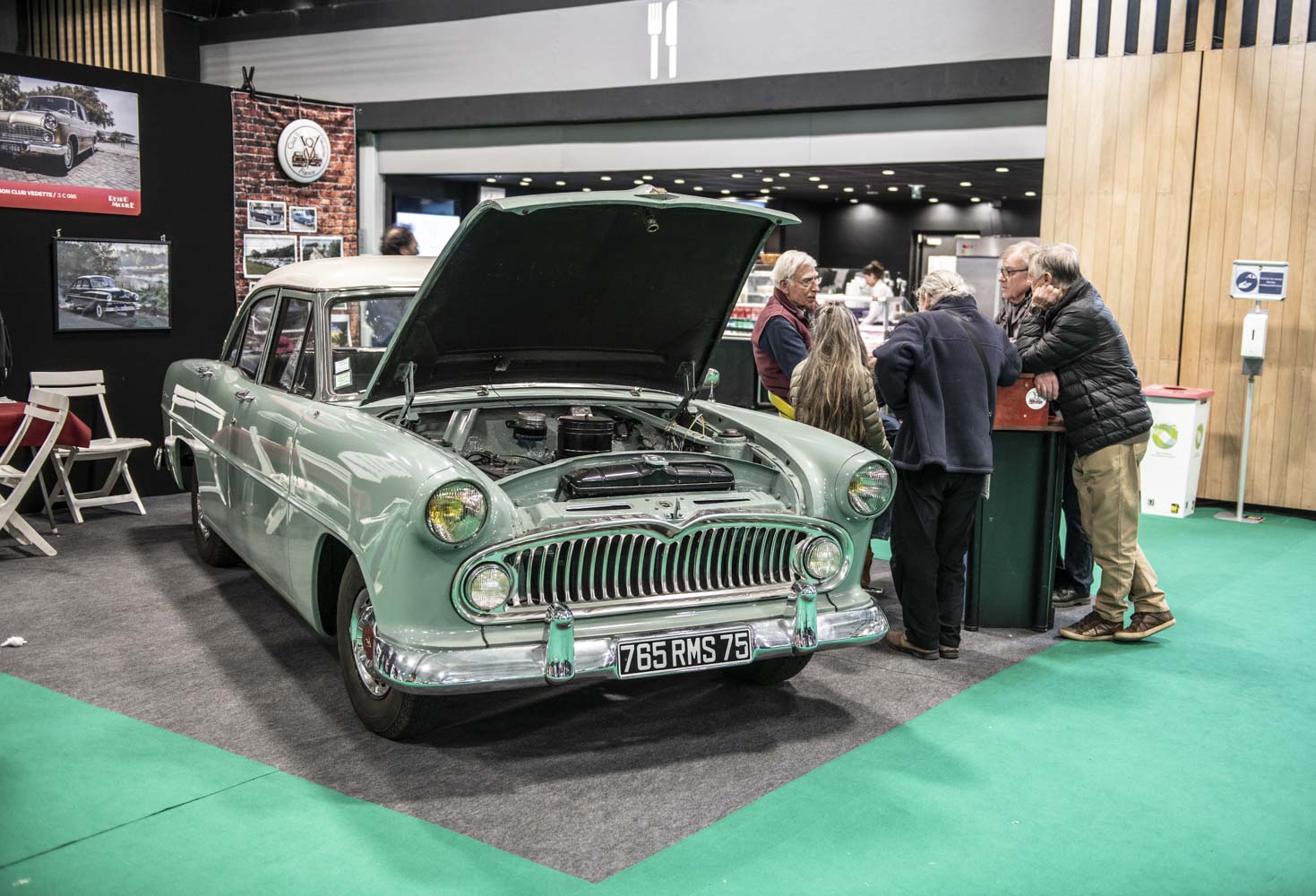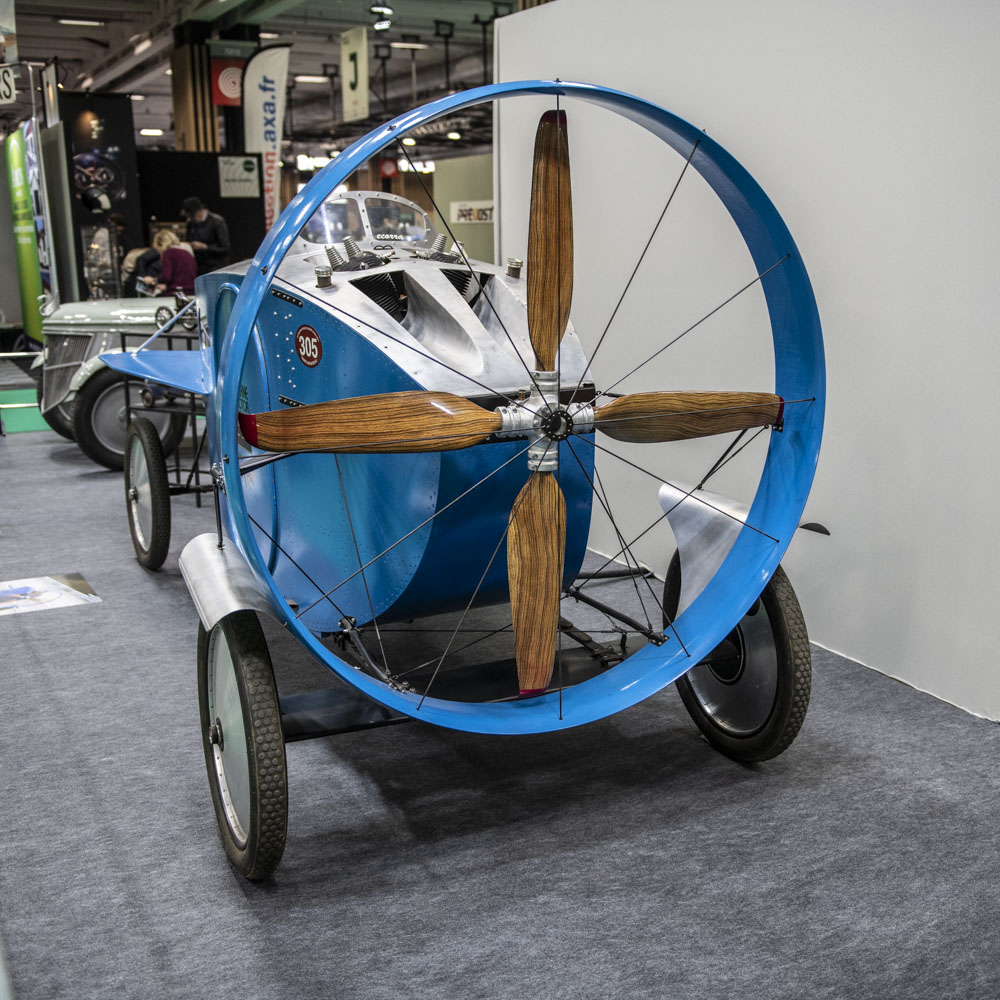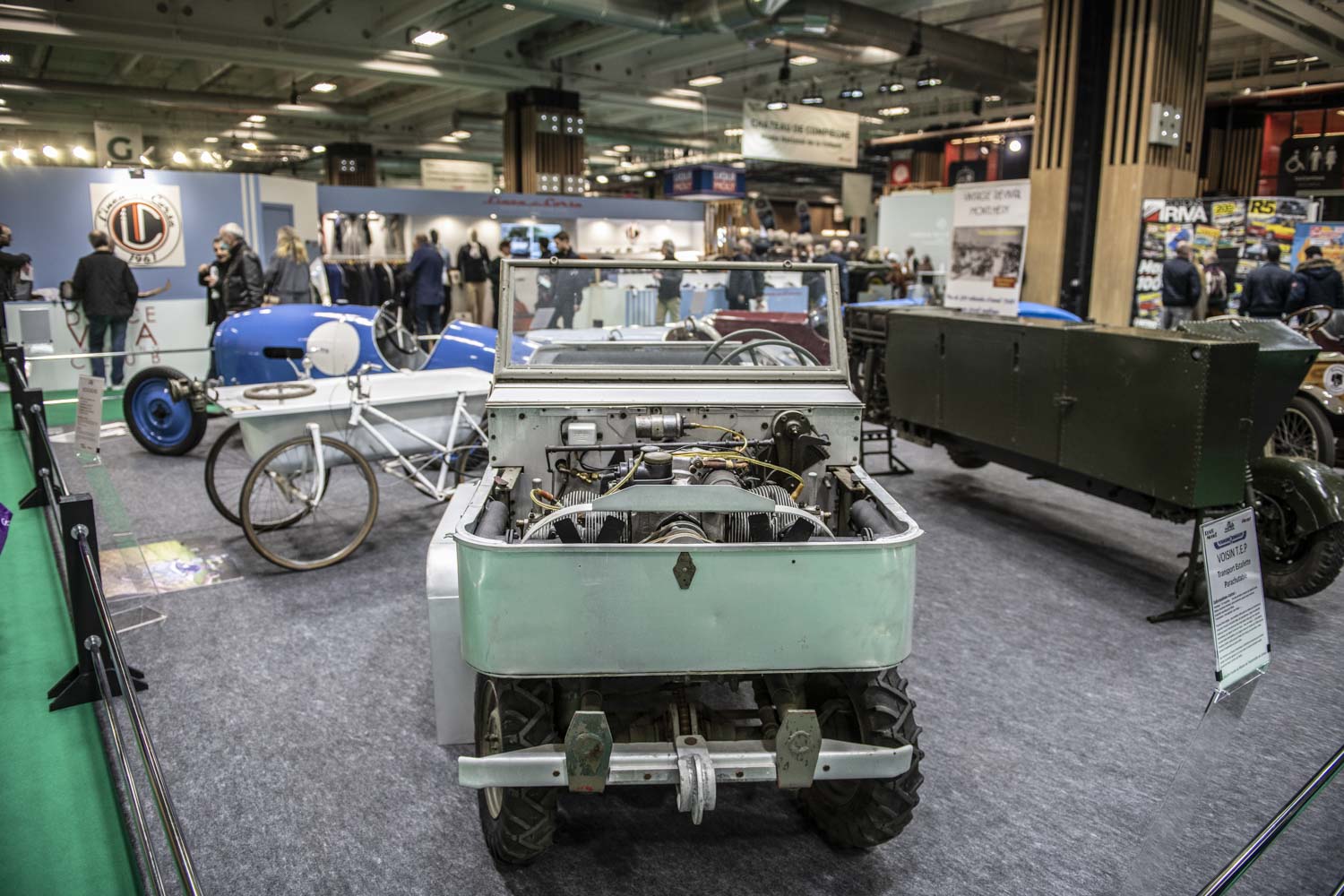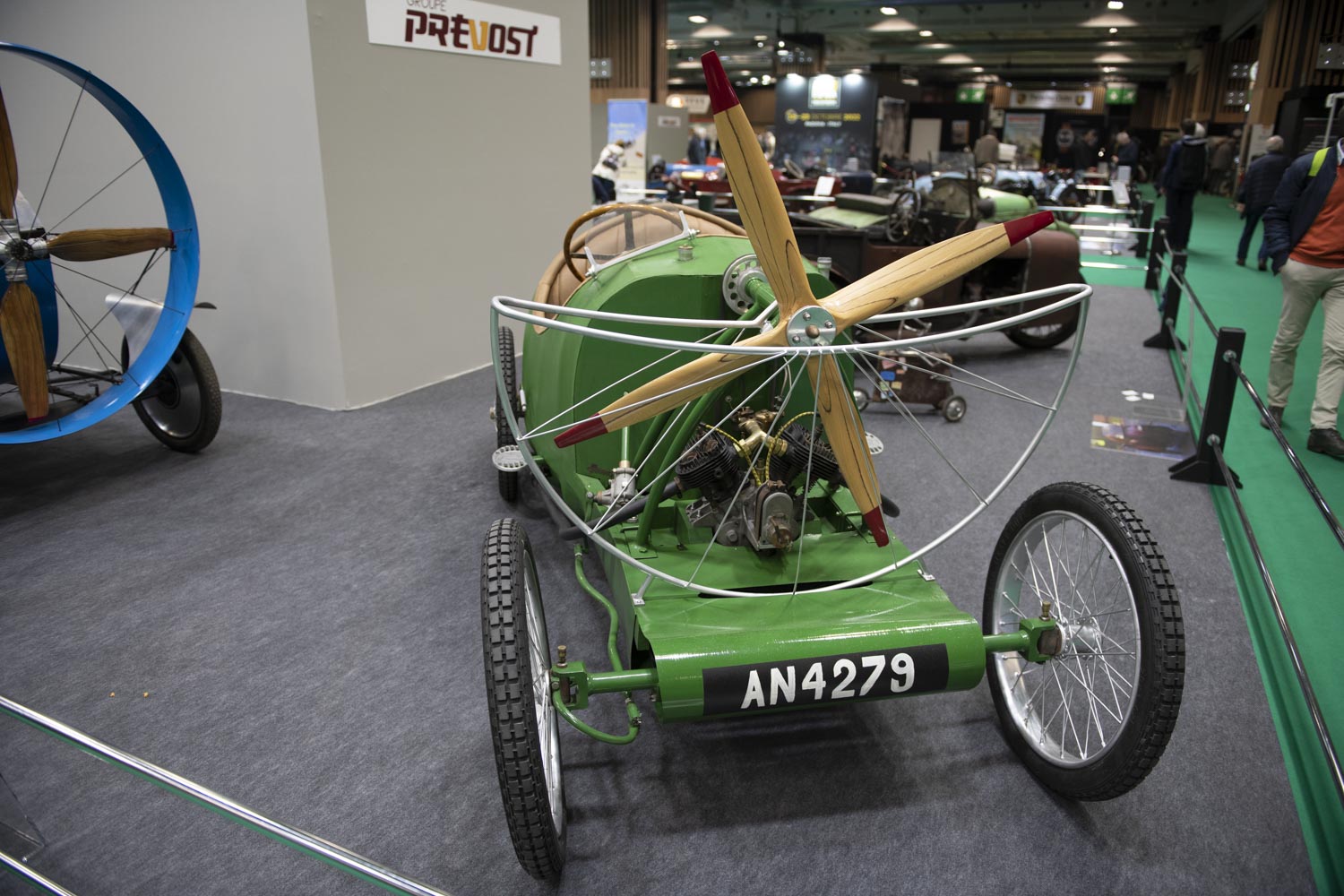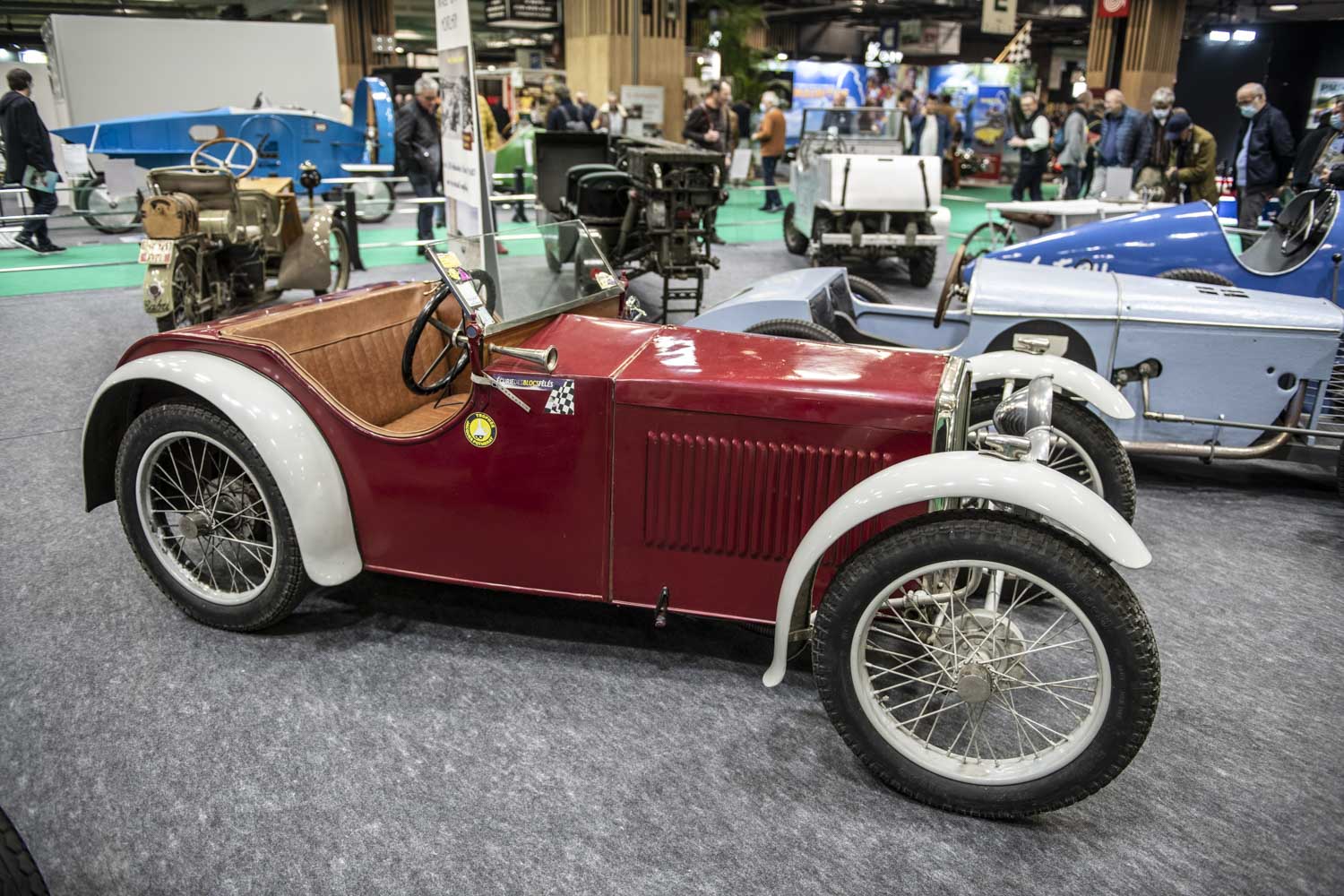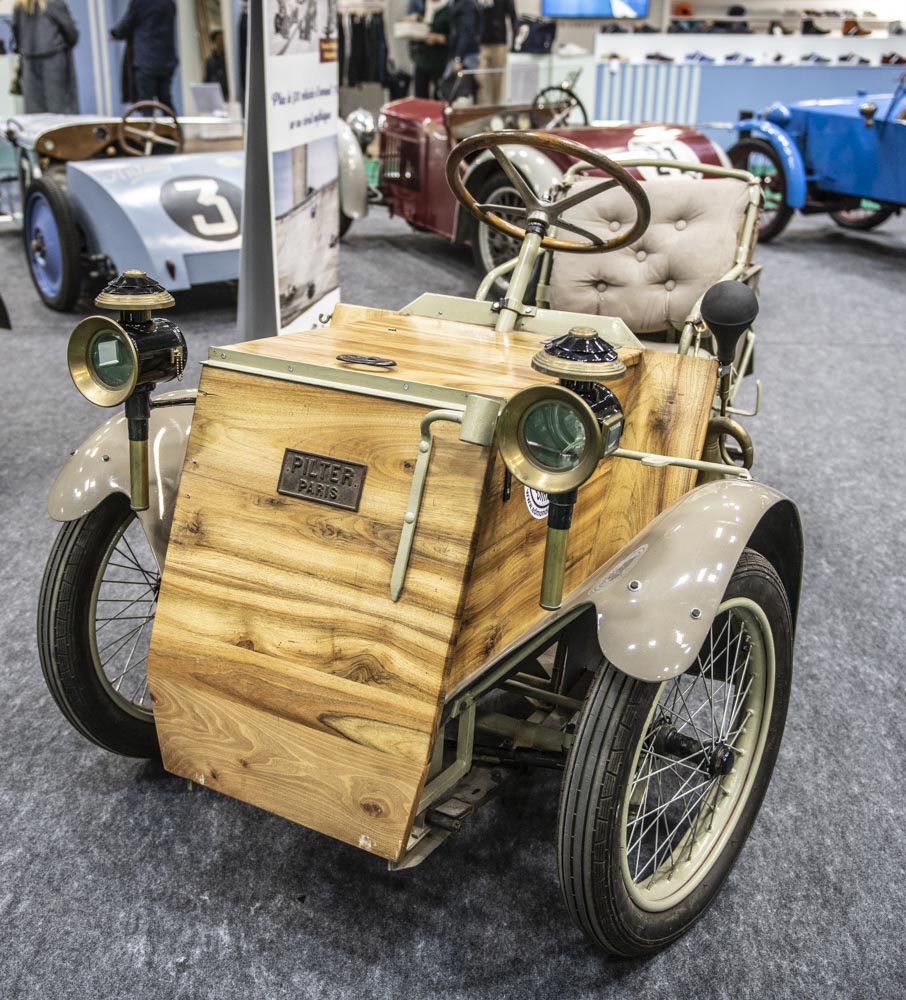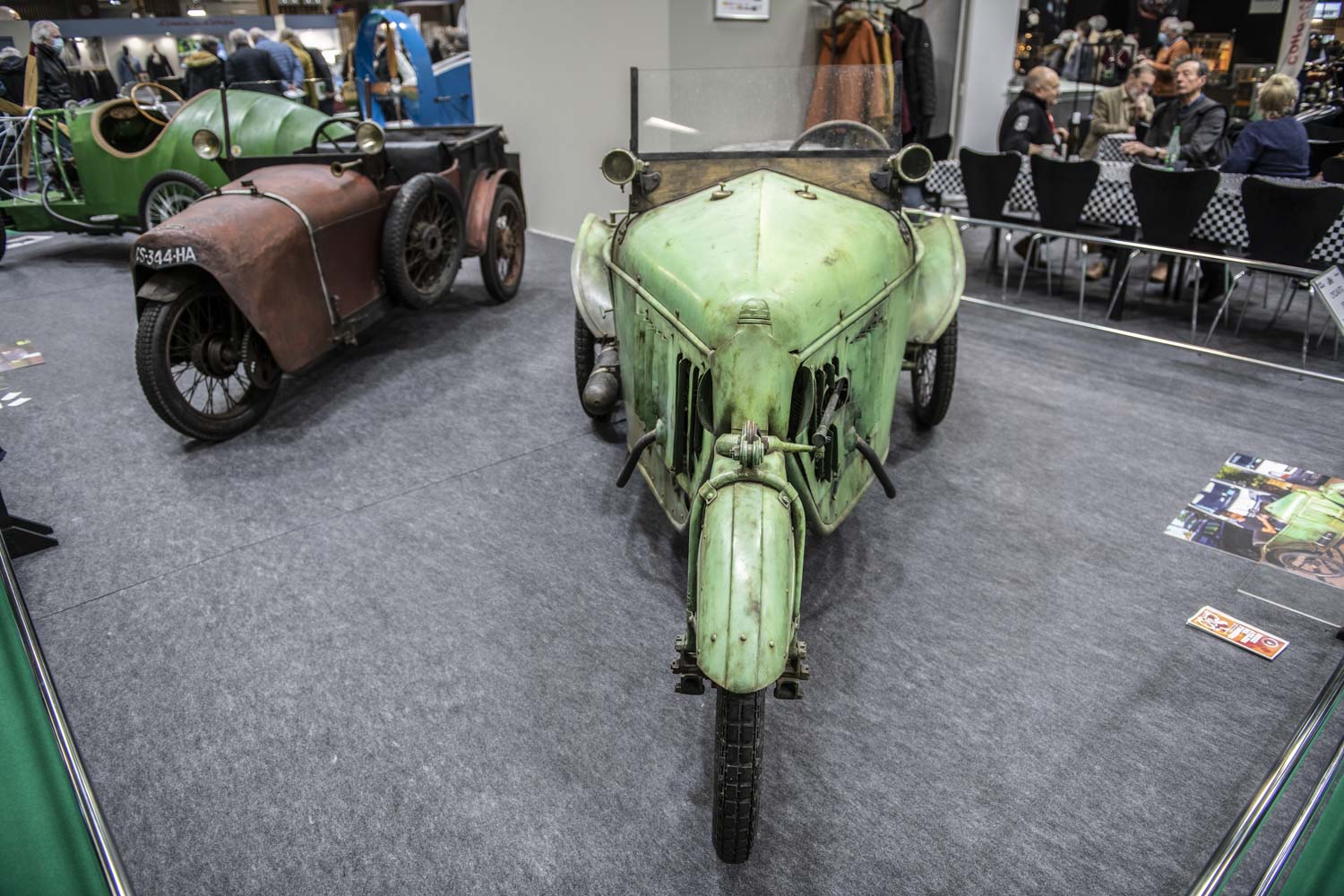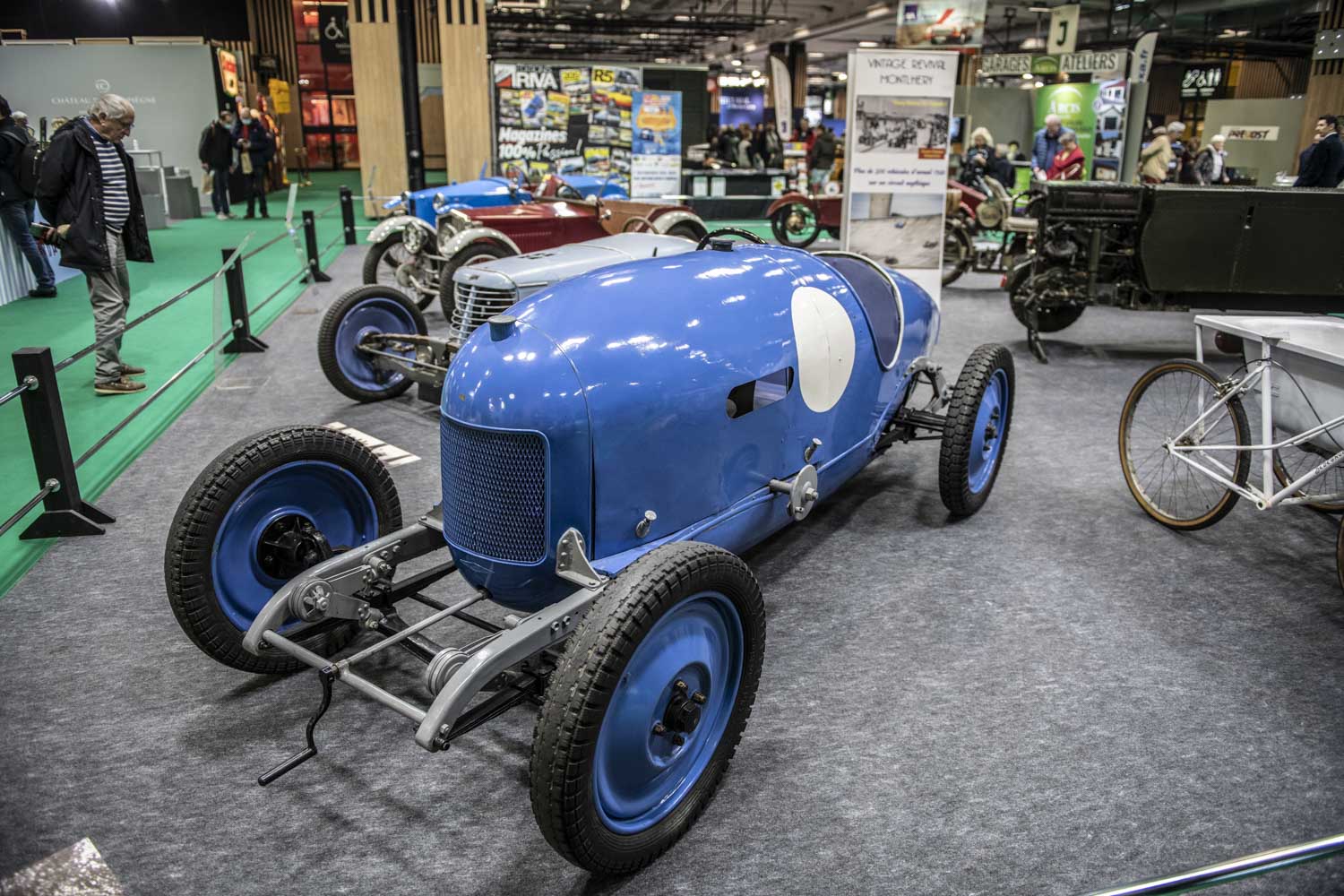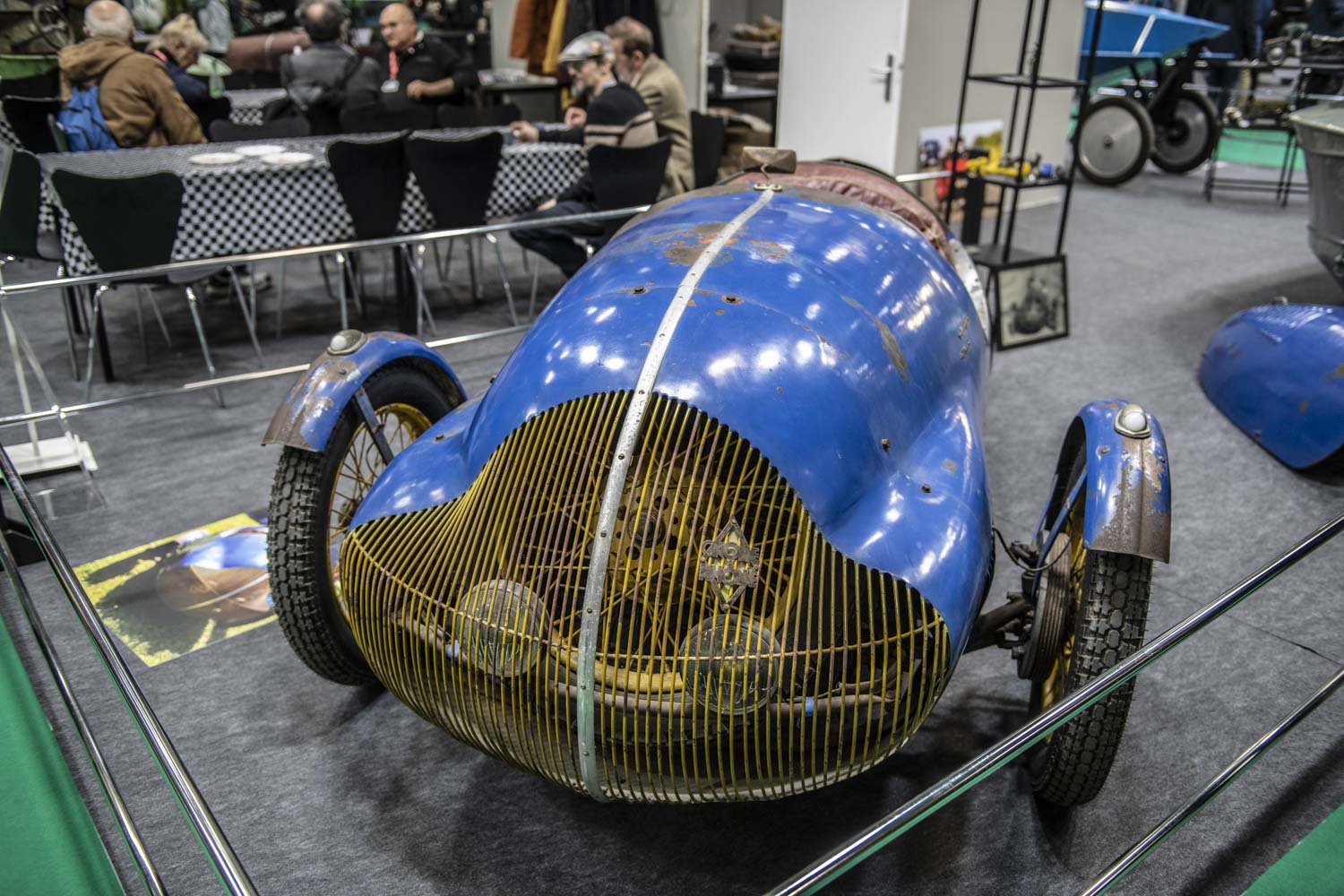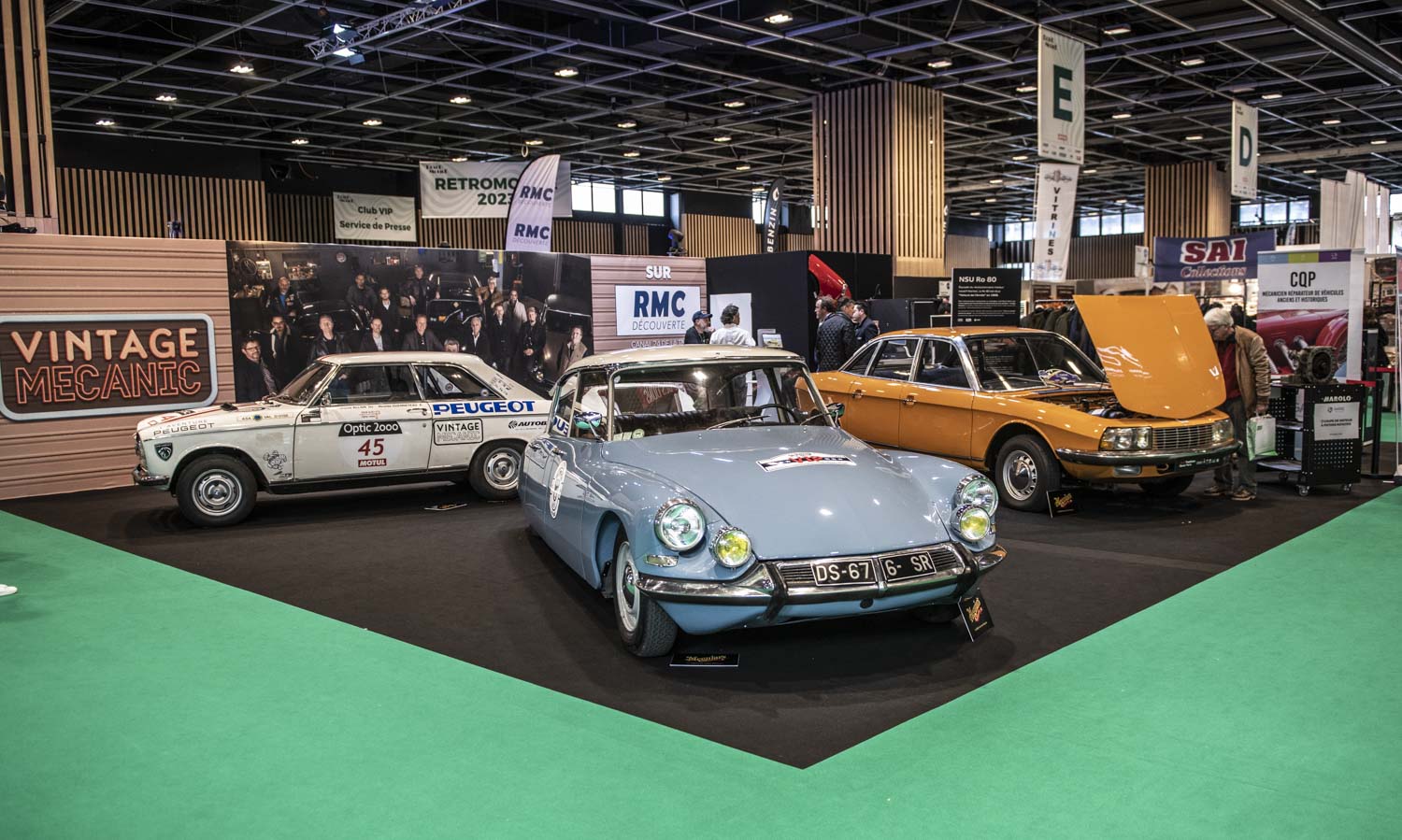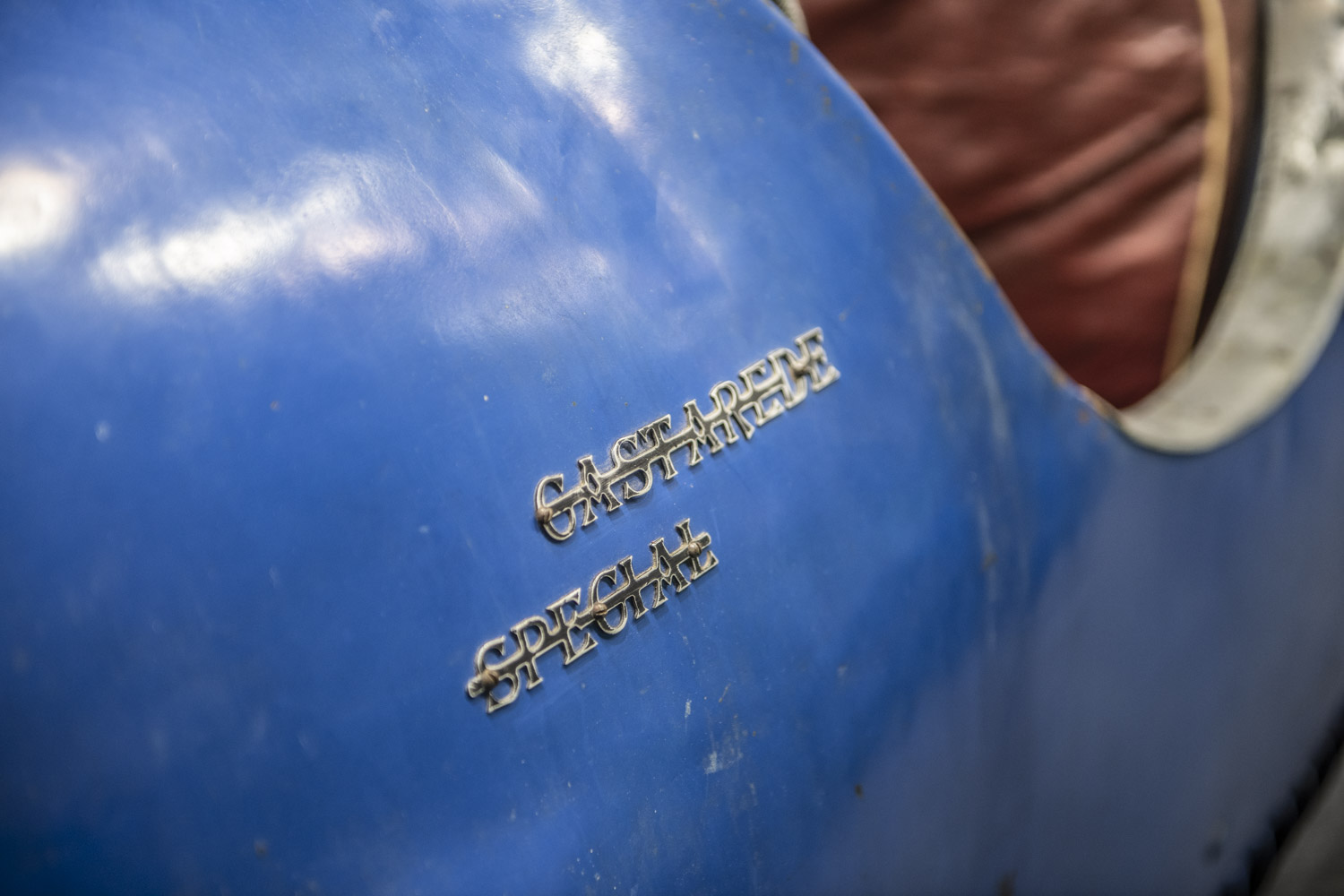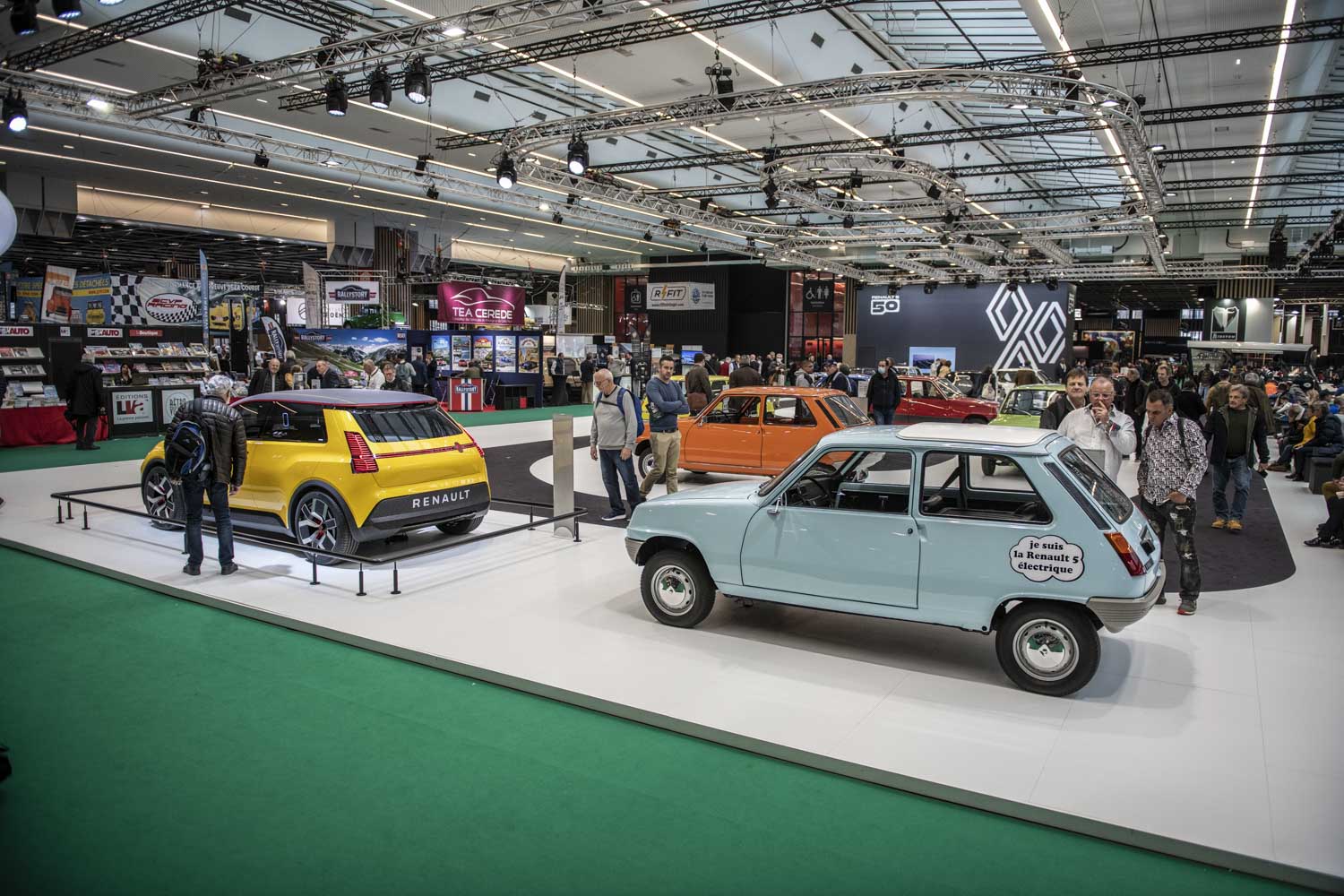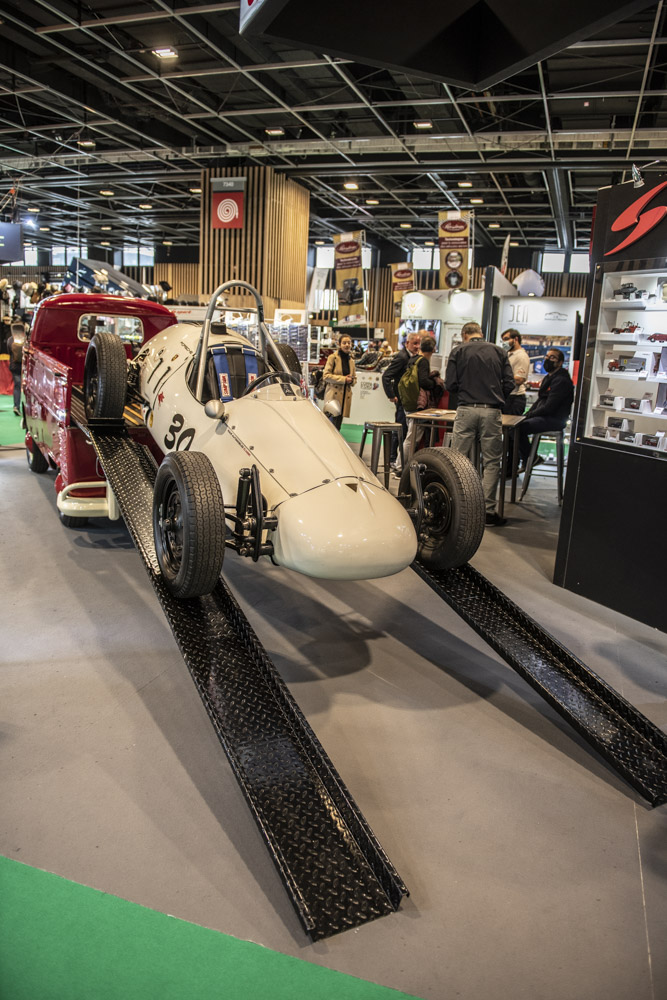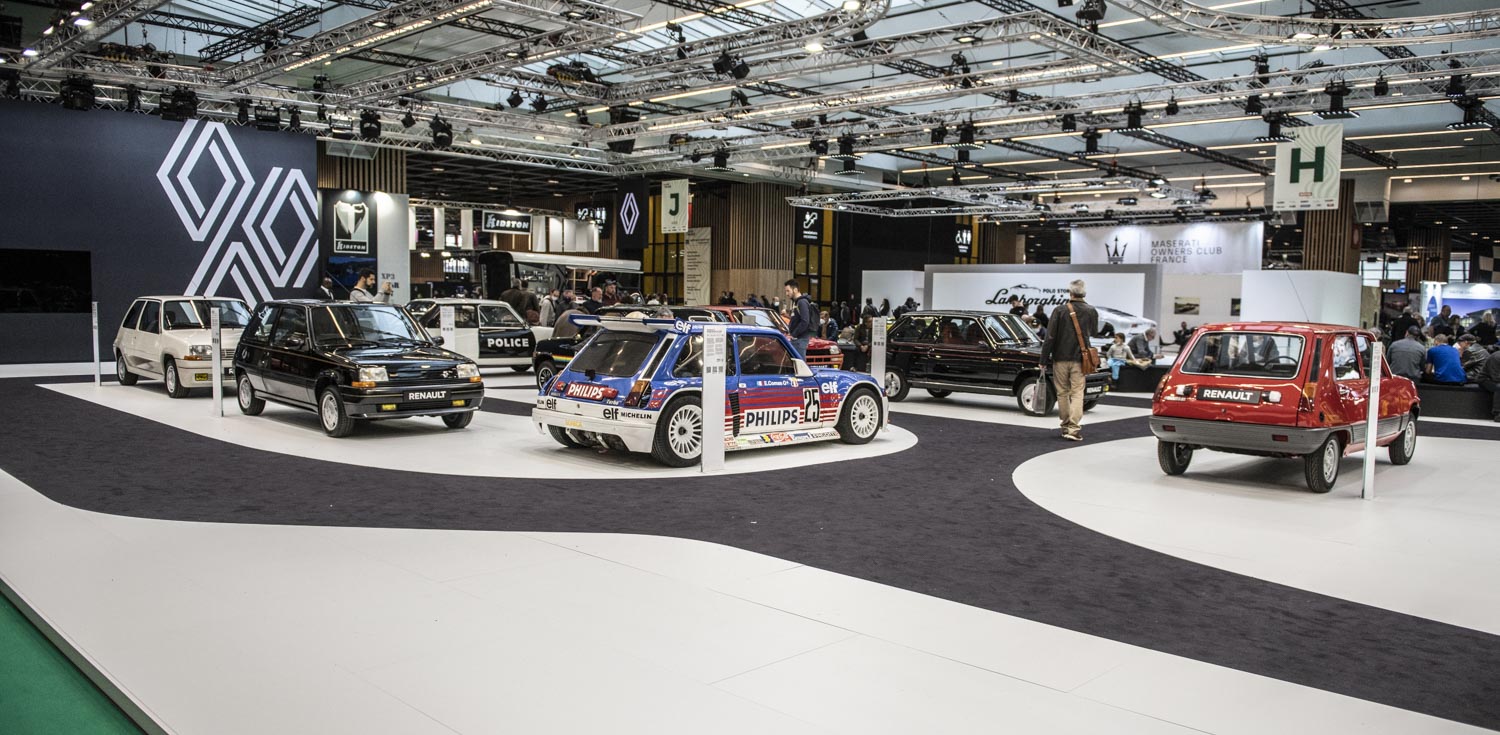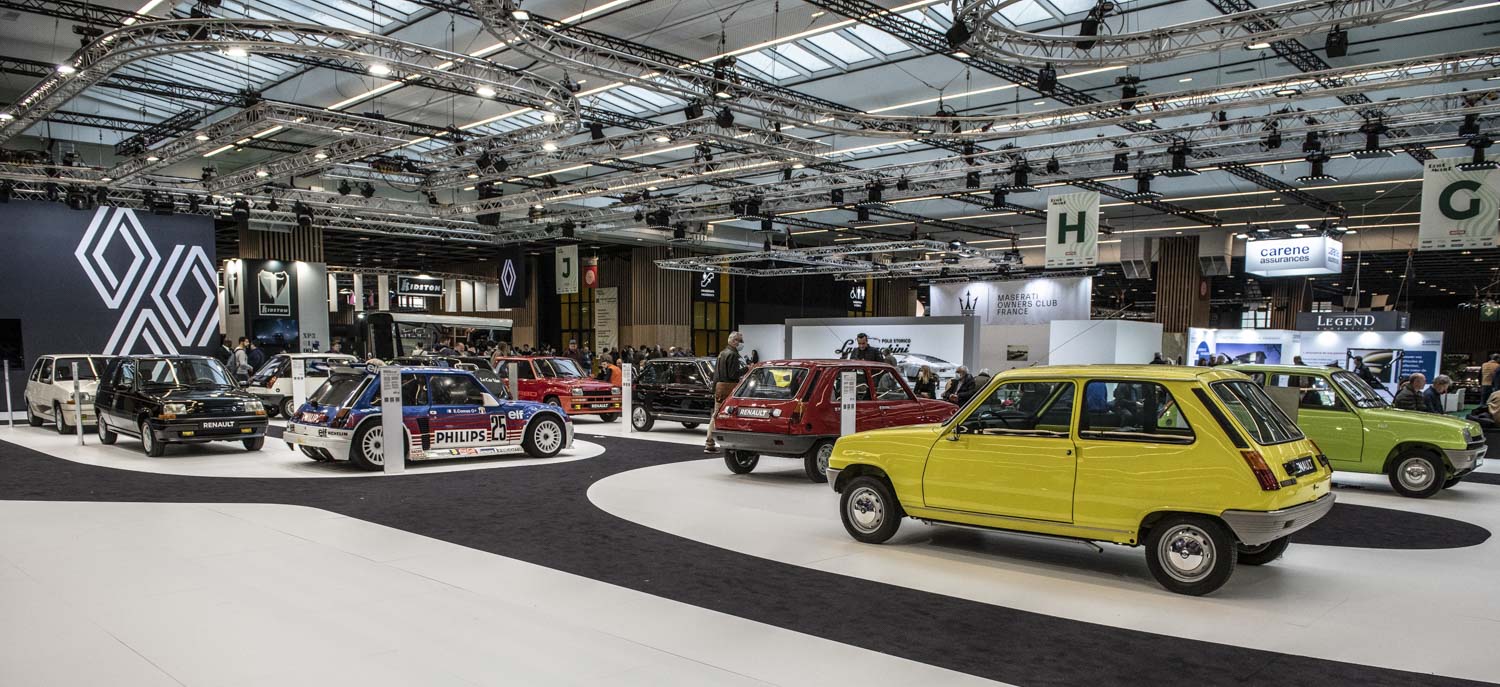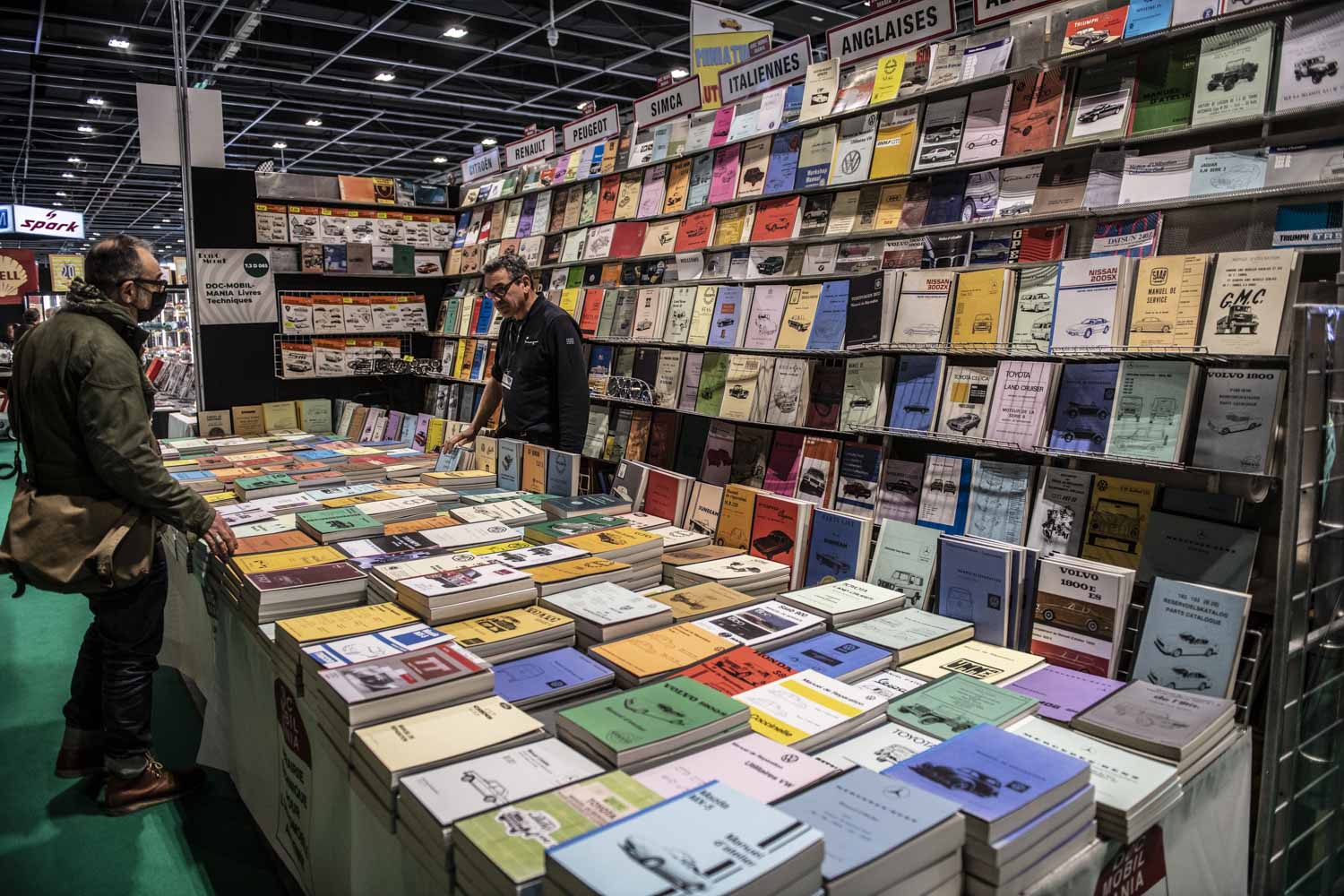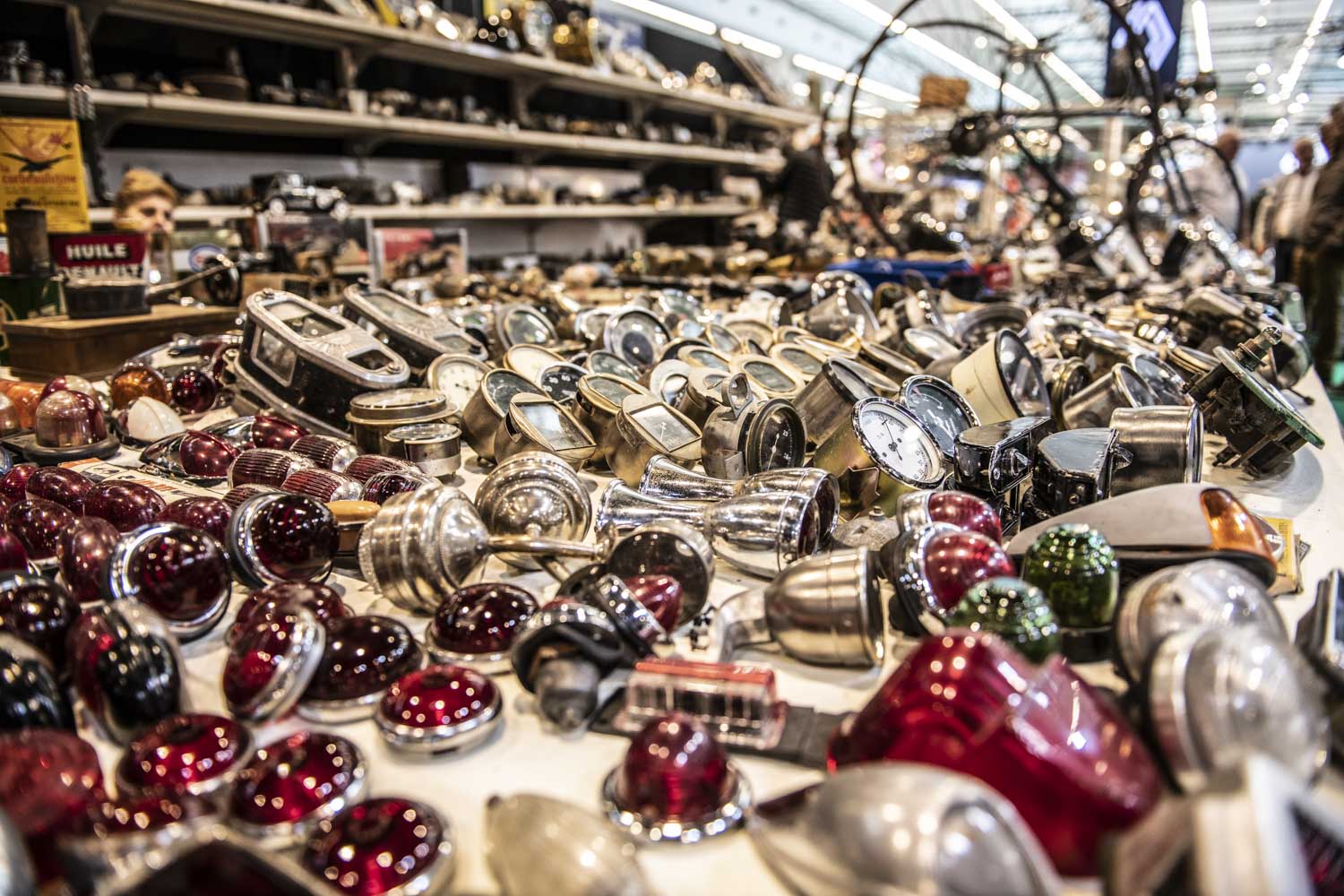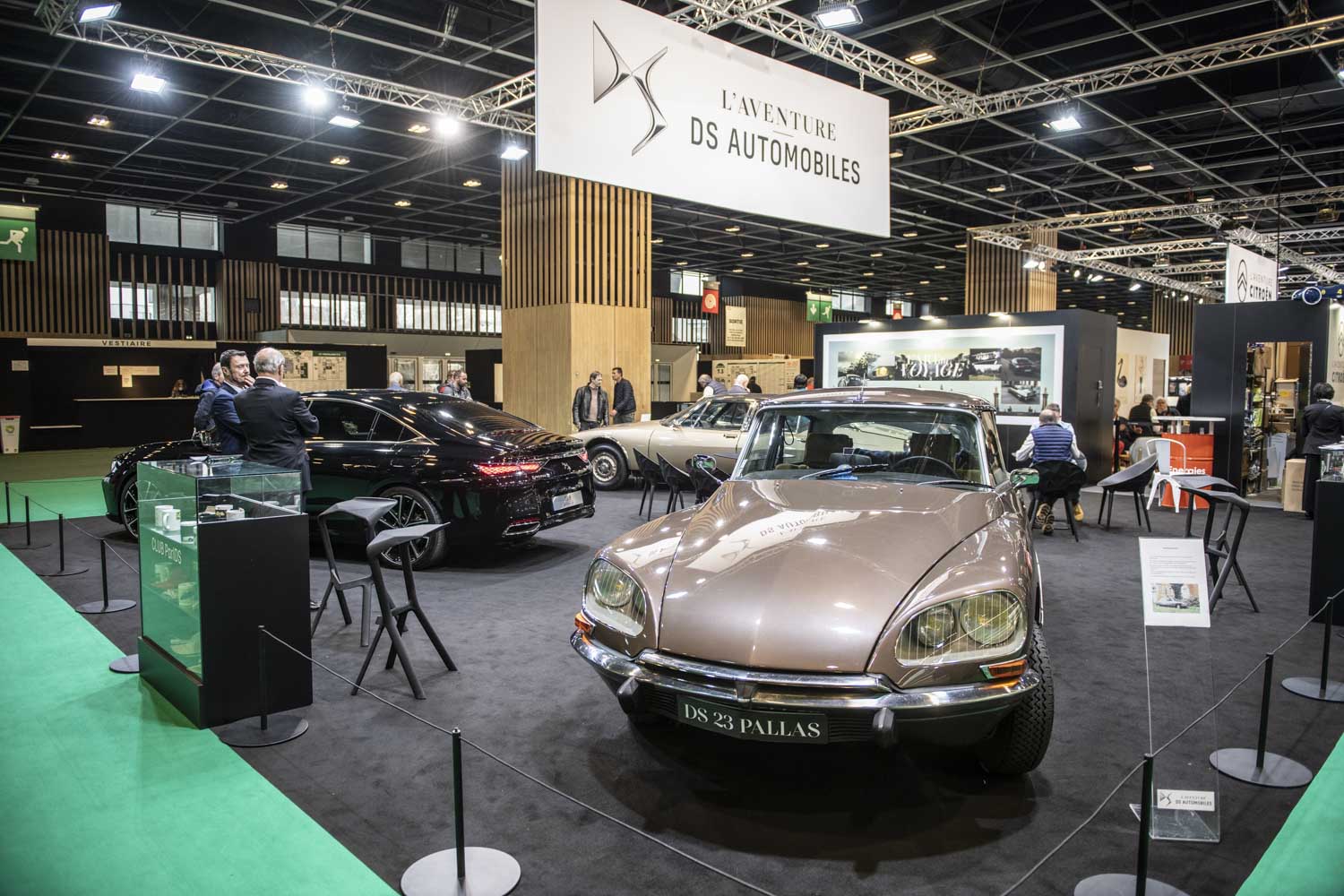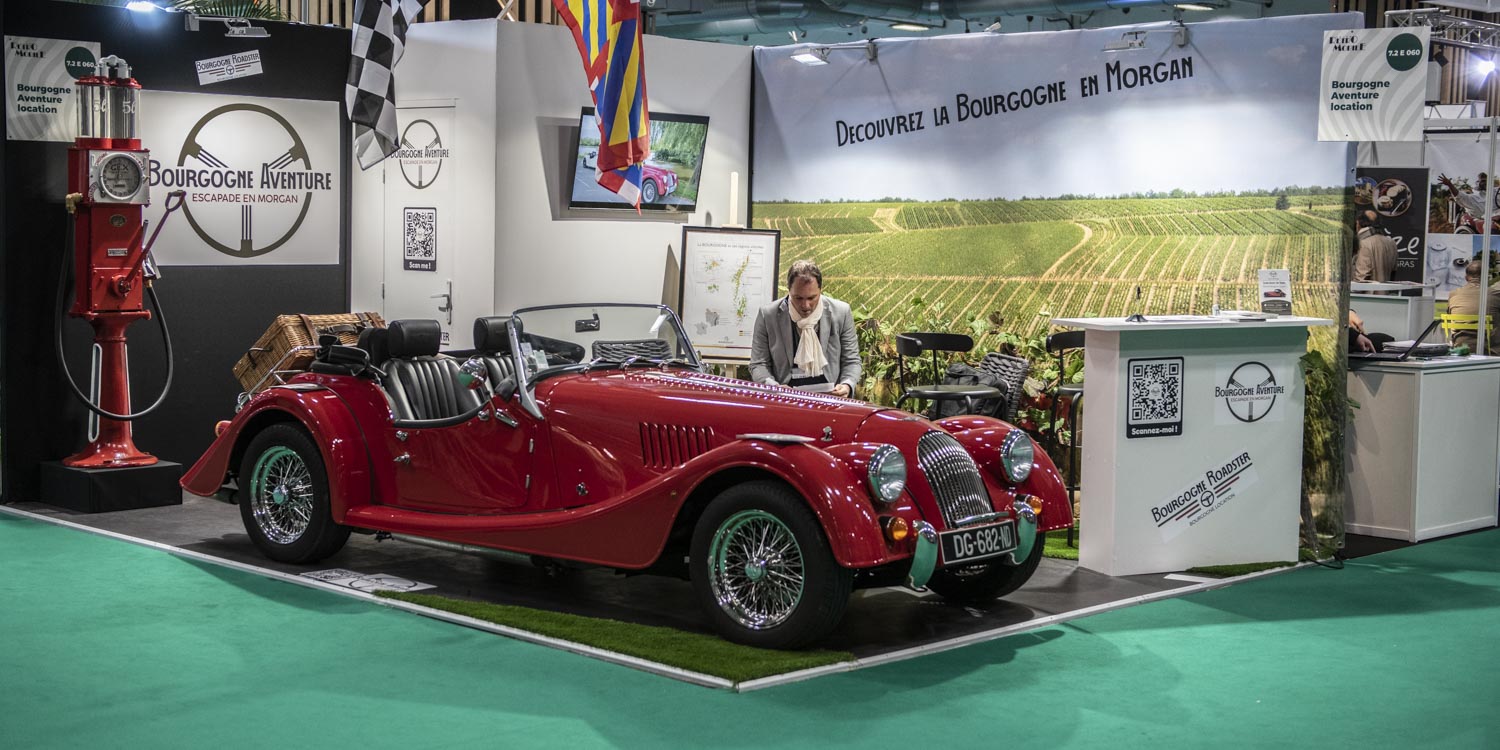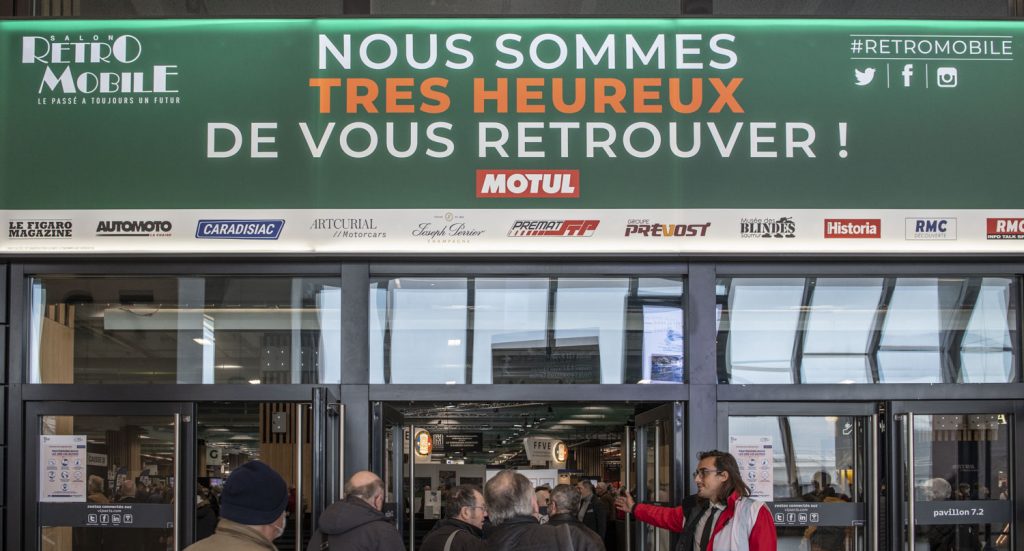
Rétromobile february 2020, the last major indoor event we attended. Since then, for reasons known to all, it has no longer been possible to organise events.
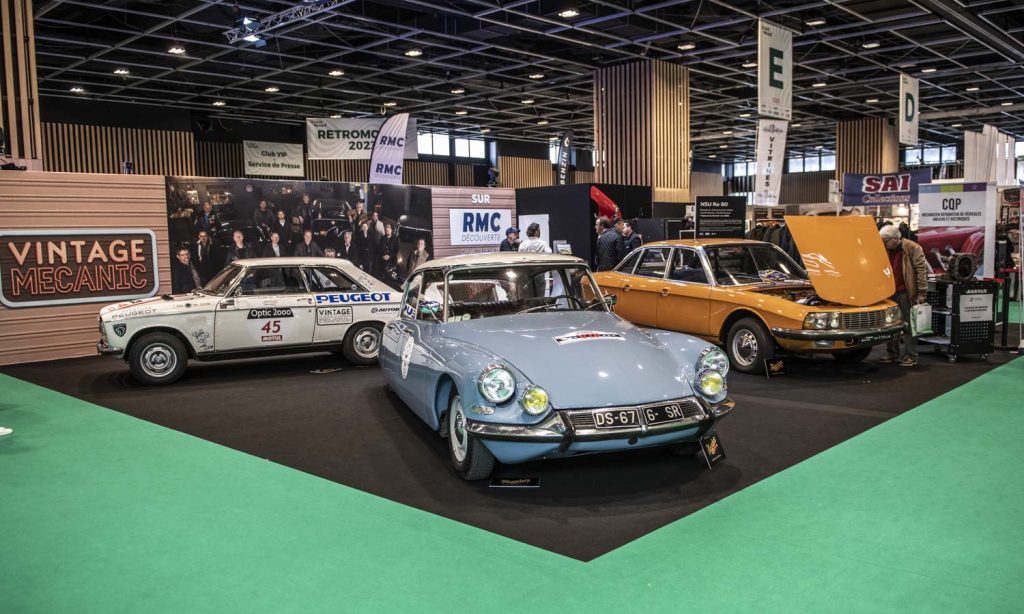
On the way to the city of lights
We were very much looking forward to our trip to the City of Light in Europe. The trip went smoothly with the usual traffic problems in Paris. We often say that maybe we should take the train. But since our blog is about cars, we shelve that plan every year :-).
This year we are still at the Parc des Expositions, Porte de Versailles. Pavilions 7.2 and 7.3 have been chosen. Remarkably smaller than the previous editions, but in our opinion it is better to have two smaller and well-filled halls than a half-empty one. There was a good representation but a number of big players who were always present were absent this time. Covid has left its mark and you can tell.
Themes
Like most of the big players, there are numerous themes and anniversaries. So we saw the Renault R5 turn 50. There was a Yountimer show and the TufTuf club passed by. Amédée Gordini’s creations were on display and the French Gendarmes showed their historic driving heritage. A large part of hall 7.2 was occupied by Artcurial. And furthermore, we saw many gems on the various stands.
Renault R5
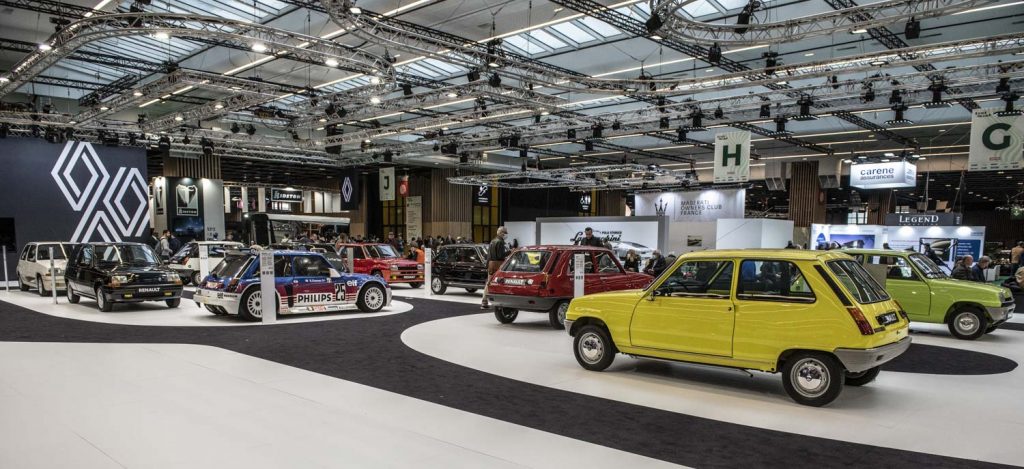
Let’s start right away with the biggest expo, the birthday of the Renault R5. We ended up in a very spacious and open stand as we have come to expect from Renault for many years now. But contrary to other years we only saw the birthday R5 in all its possible versions. The R5 that came on the market in 1972 opened the door to more modern times. Yé-yé music, plastic and hip colours really made the R5 stand out from the other cars. The R5 opened the entrance to the car for the middle class and also allowed more and more women to get behind the wheel.
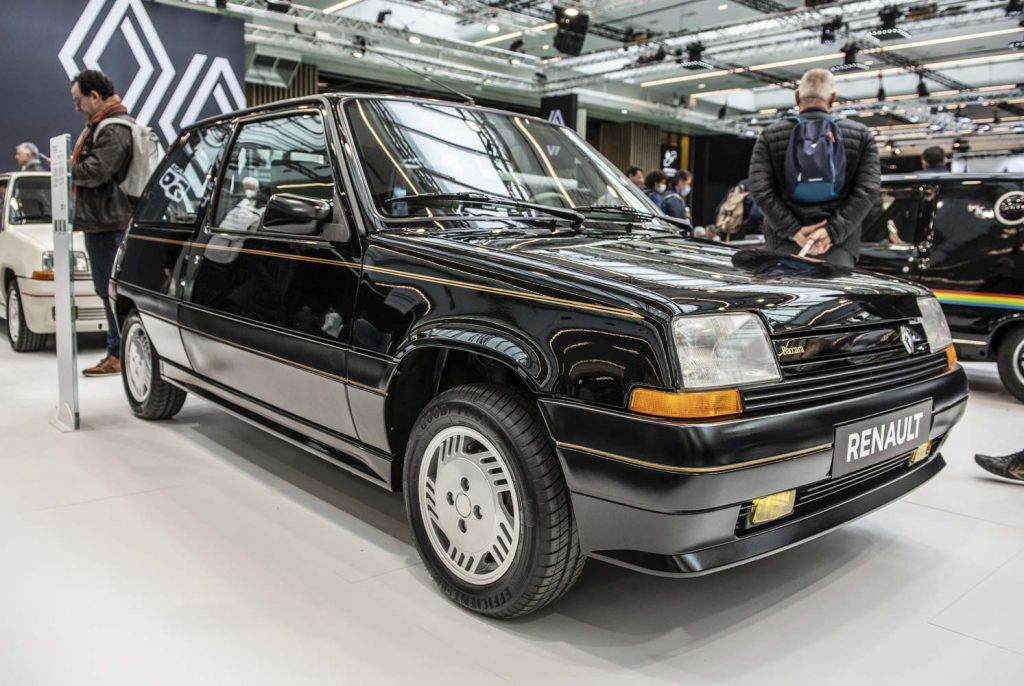
The former rather conservative government company that Renault was, took a strong turn with this. The basic engine of 782 cc was directly copied from the R4, and with a power output of barely 34 hp, it would not break through. But that was not its calling, the R5 would actually open up a new segment. The city car was born!
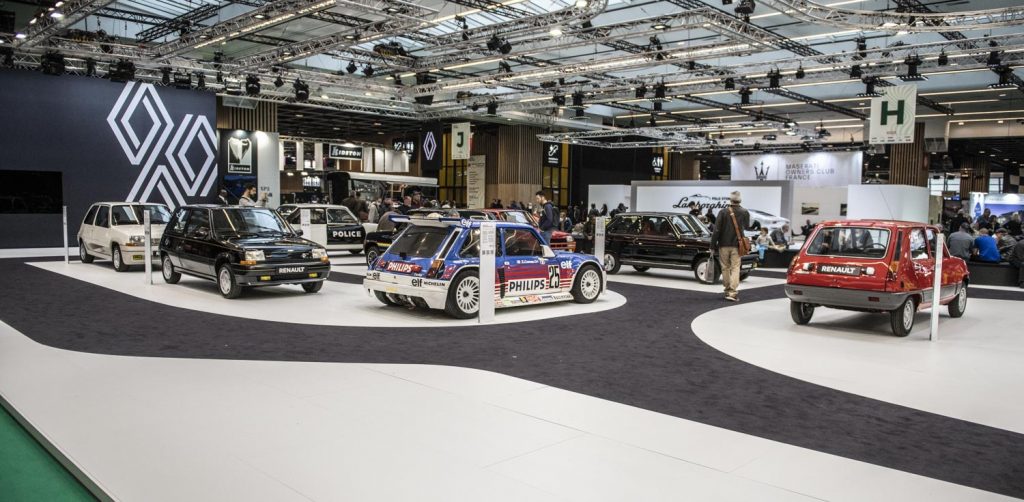
The R5 received so many rave reviews that Renault had no choice but to shift up a gear. The TL version was an instant hit with customers and was soon followed by more luxurious versions such as the TS, the TX and even a genuine Alpine version that propelled this compact car to speeds of over 170 km/h.
In 1979, seven years after its launch, the R5 received a 5-door bodywork as well as a new and more luxurious dashboard. Proof that it was still a popular concept.
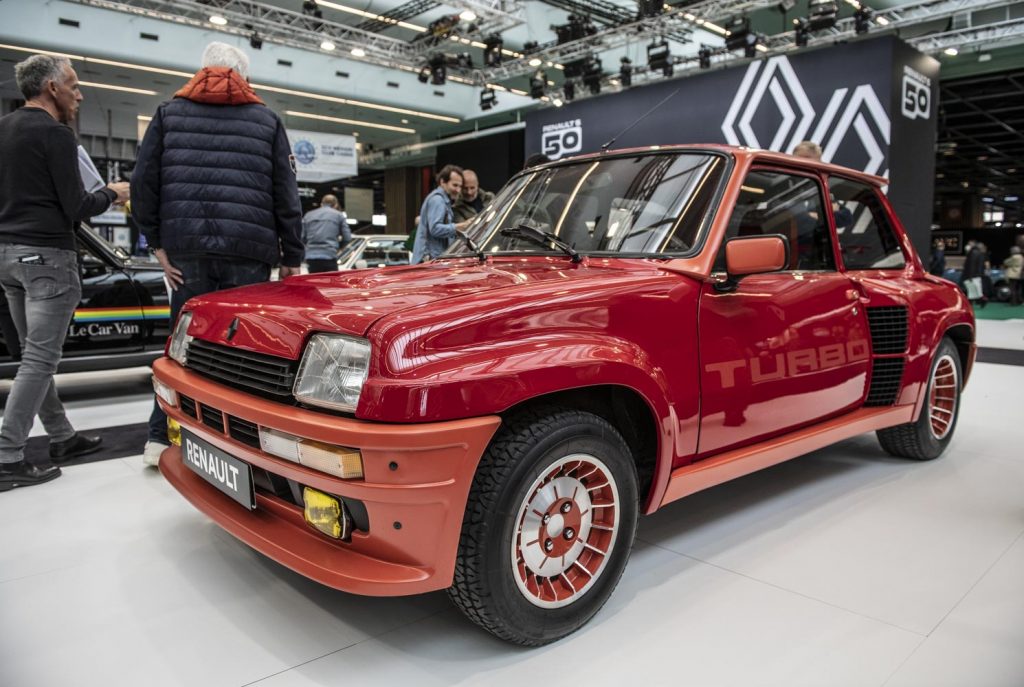
1980 will be the absolute peak for many R5 enthusiasts with the arrival of the R5 Turbo. The muscular bodywork, a central rear engine and the shift from front to rear wheel drive suddenly made the R5 a formidable rally car at the various rallies.
Successes were not uncommon, as early as 1981 the R5 Turbo won the Monte Carlo rally with the Ragnotti-Andrié driving team. The last version also won the Tour of Corsica in 1985.
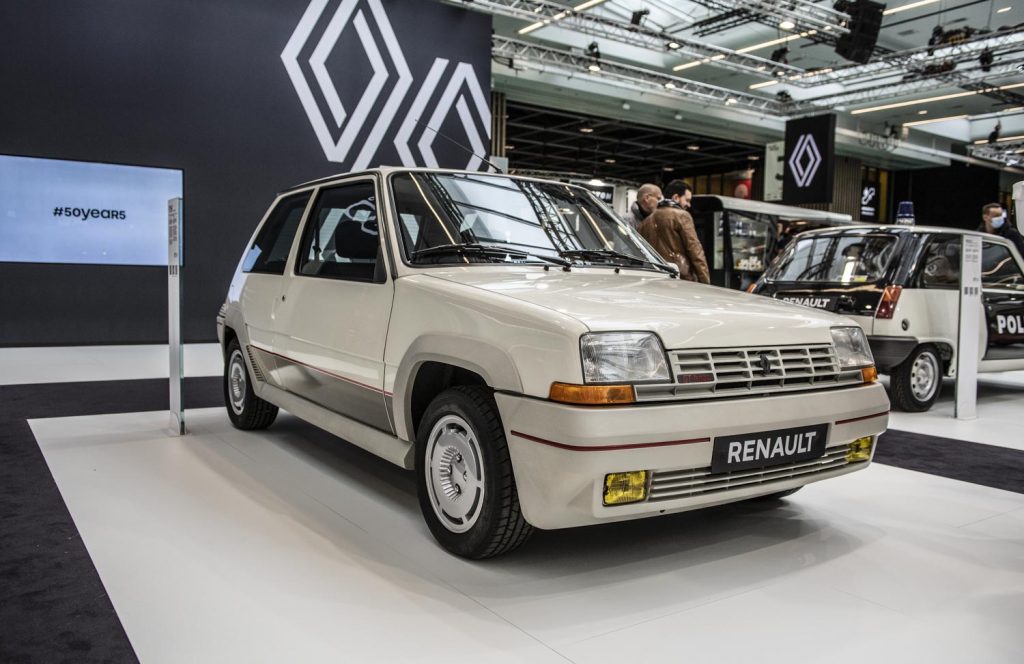
The other brands, especially Peugeot with their 205, had noticed Renault’s successes and started to get involved. Because of this, Renault replaced the R5 in 1984 by the Supercinq. This car got more modern lines, more space and better performance. This made the R5 the best selling model in France again.
In 1990, after eighteen years of loyal service, Renault decides it is time to say goodbye to the R5 and to replace it with the Clio. Even though we don’t see them much anymore, the R5 still is the little car that puts a smile on the face of passers-by.
The Gendarmerie
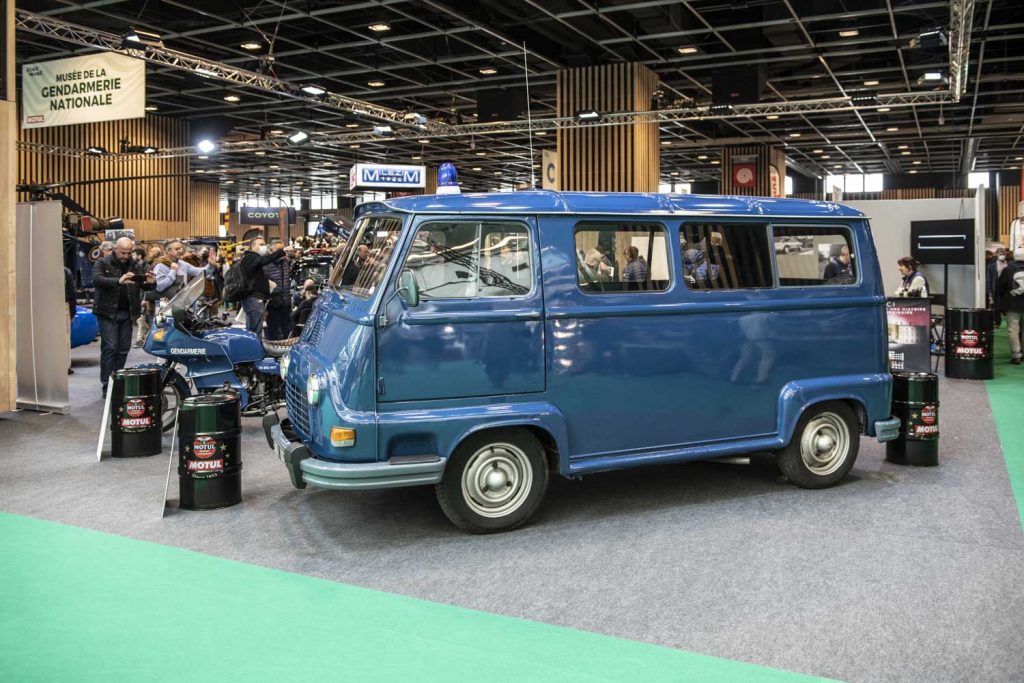
For the first time in history, the French Gendarmerie shows their historical collection of vehicles. I say ‘means of transport’ advisedly, because there is much more than just cars.
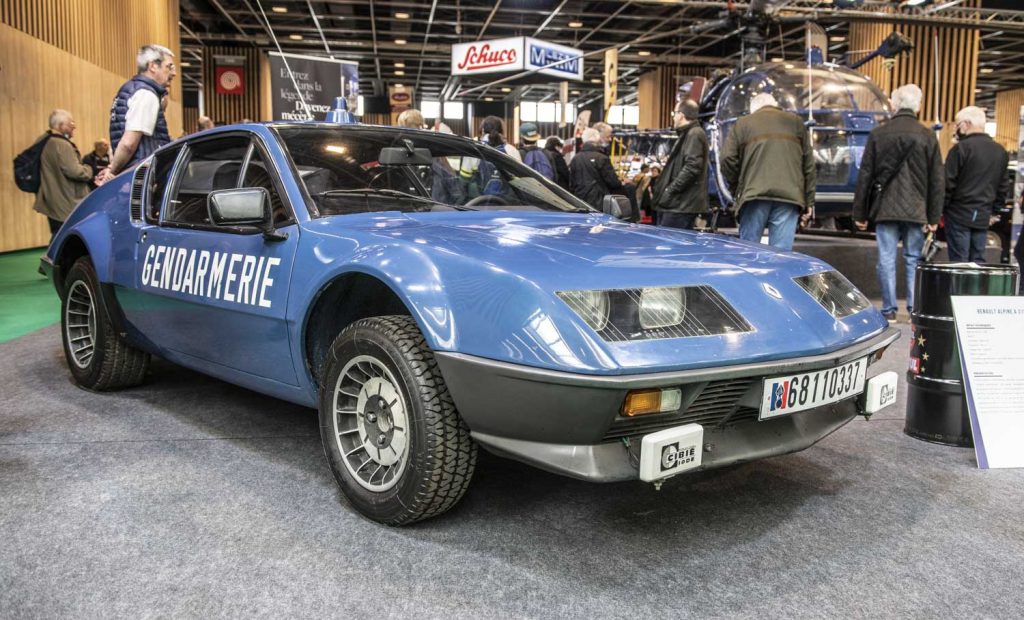
Their showpiece is the Alpine A310. But also a gigantic transmission vehicle and numerous engines.
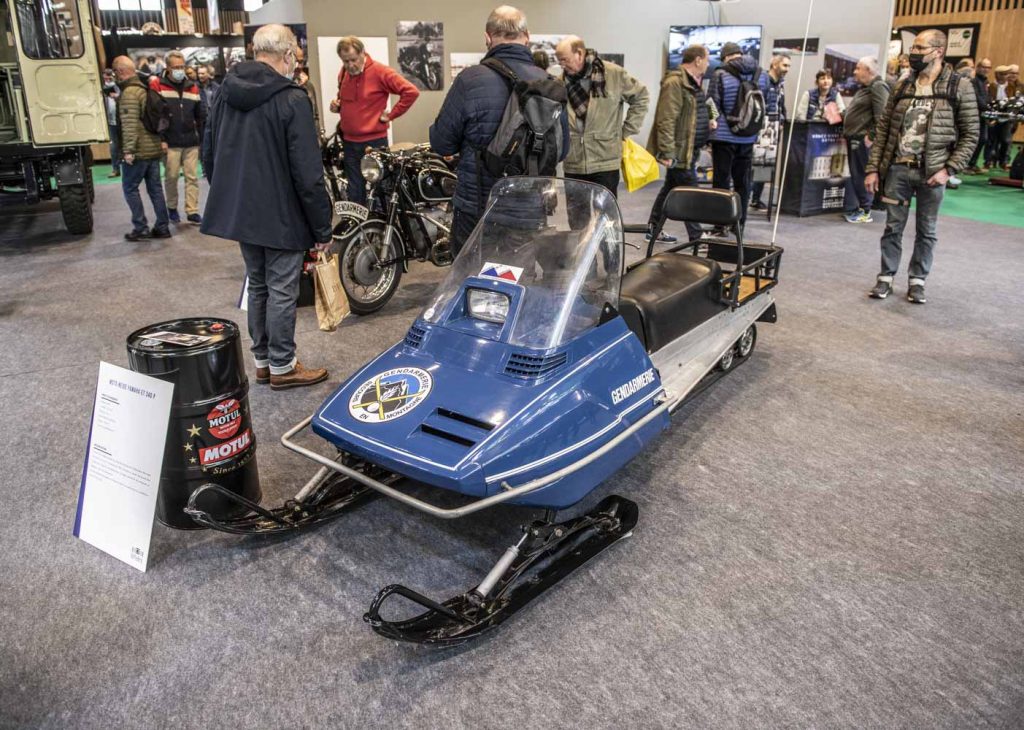
You will not easily come across a snowmobile with the Belgian police, but you will with the Gendarmerie of France. Not surprising if the Alps are on your territory. The Alouette 2 was also on display. This helicopter from 1958 has a cockpit with an almost all round view. Our feeling was that it must have been a bit creepy to fly around in it.
We also saw their anonymous Peugeot 203. An interesting stand in our opinion and an added value for the fair.
7 McLarens F1 samen tentoon
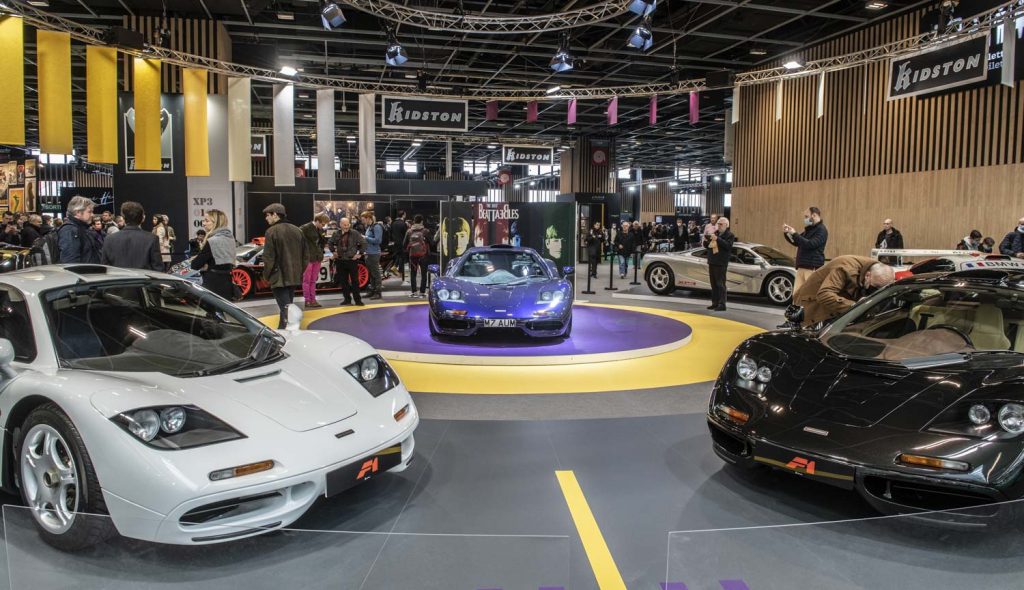
Kidston, UK, surprised most visitors with less is more! Seven, yes, seven McLarens F1 were displayed in a circle. I am not going to say that there have never been more together, but for me it was the first time I saw so many in one place. And not behind live barbed wire or anything like that, no, you could just reach them! The McLaren F1 has a total production number of 106 pieces. These are the street and race versions together. So here was just almost 7% of the total production.
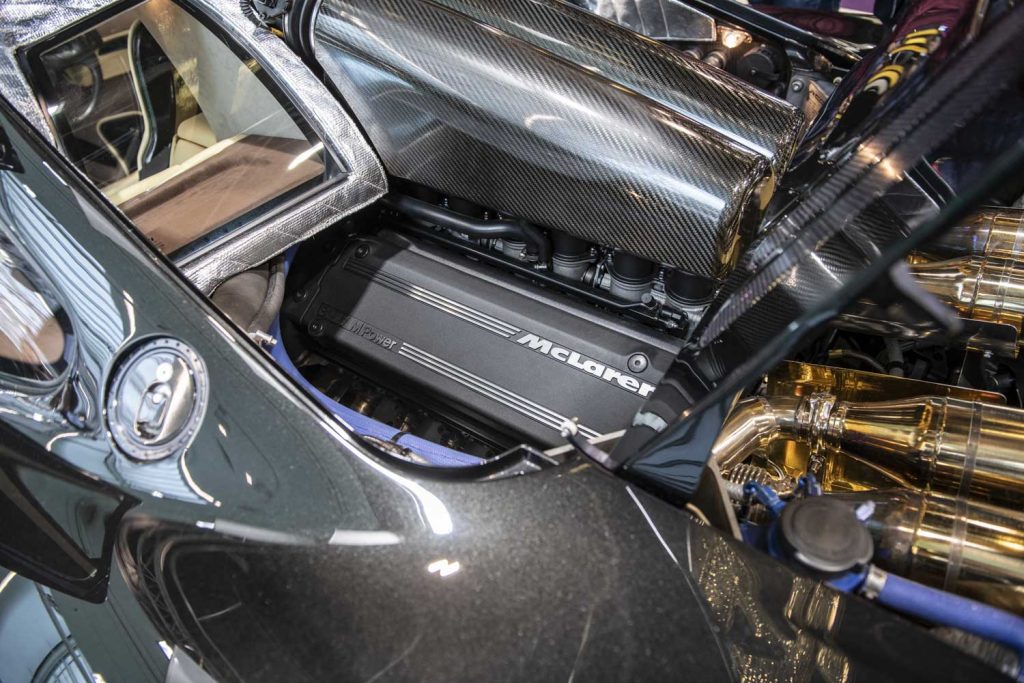
After having walked around this stand for far too long, we passed it again some time later and it was a real party. There were just two McLaren F1s open!
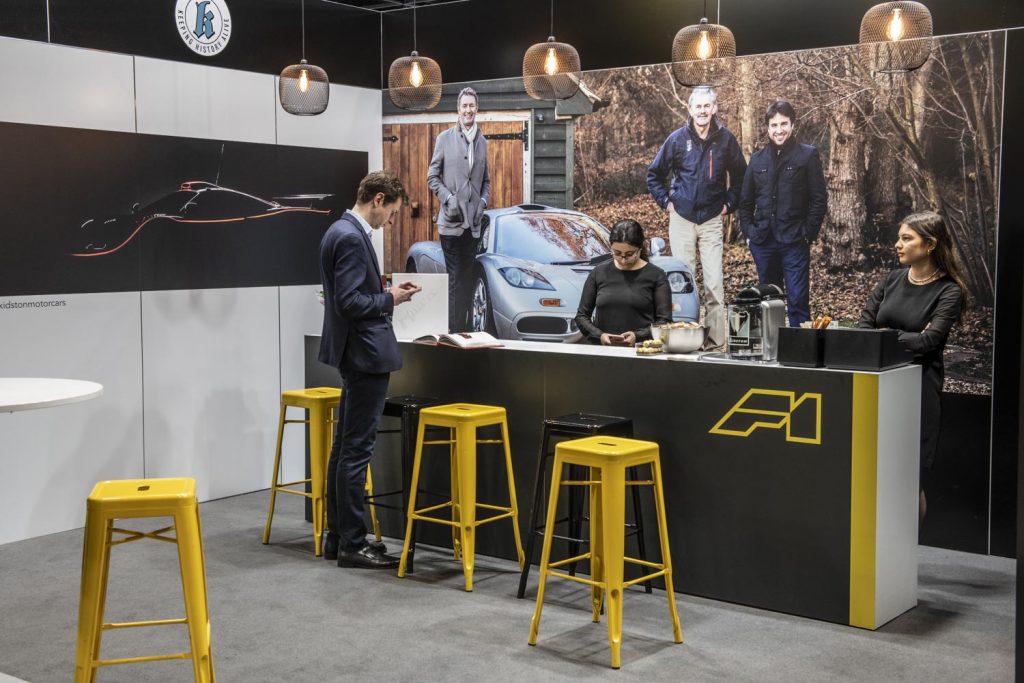
There was even a separate lounge for potential buyers.
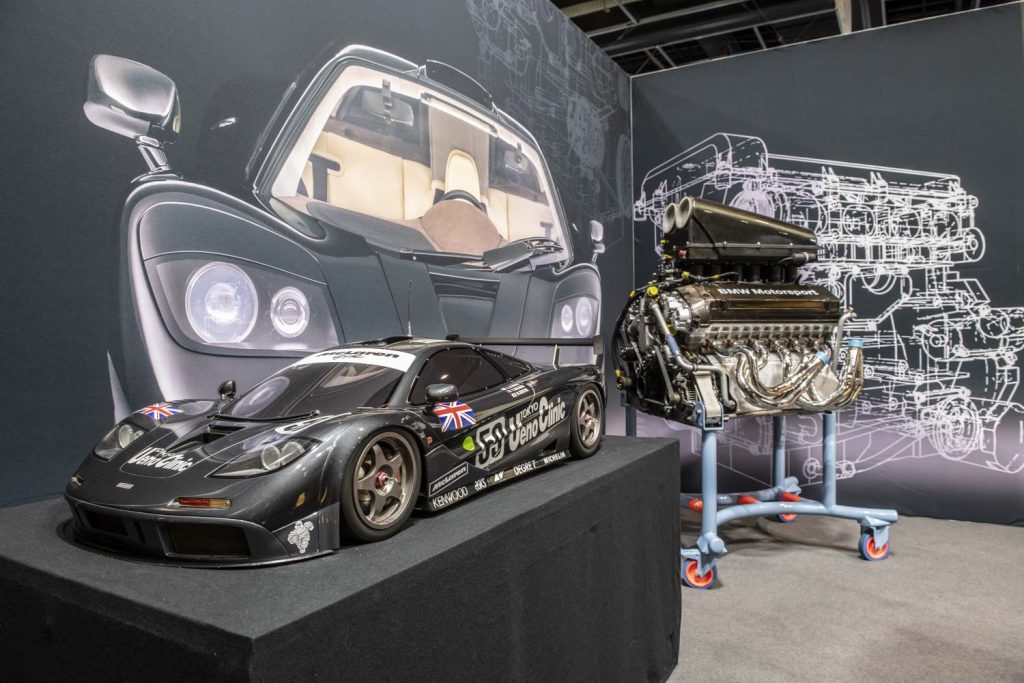
There was also a corner with special items such as a first windtunnel model, a spare engine (what a thing!!) and, for example, the Tag Heuer watch that you received as standard when you bought the car.
The TufTuf Club
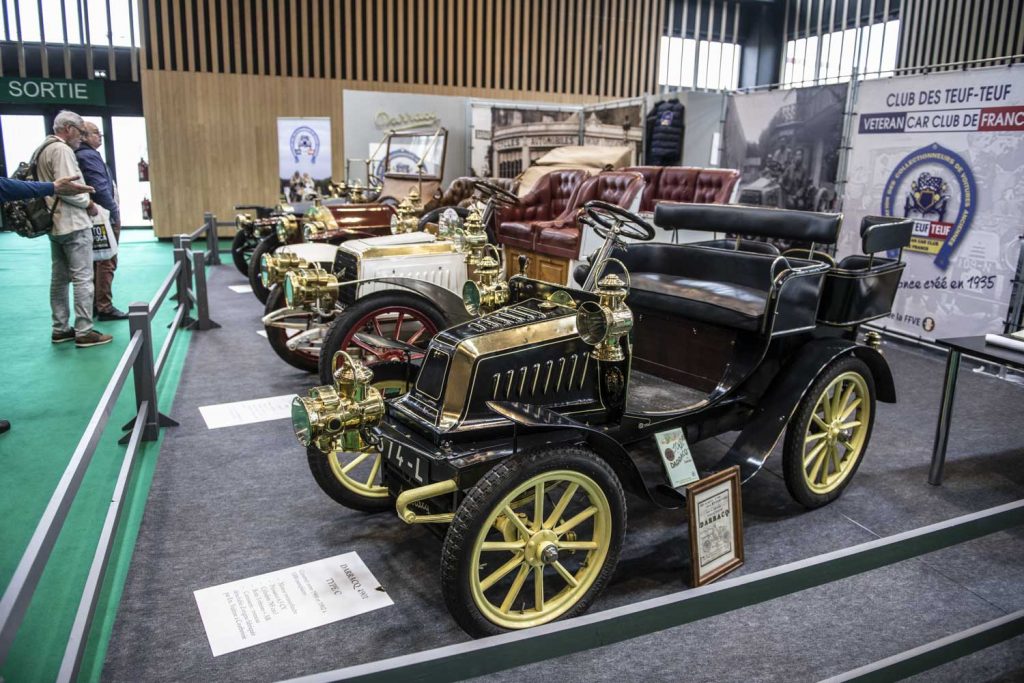
The French TufTuf Club is also present every year. They always provide their own theme and this year it was the Darracq brand.
Gordini collection
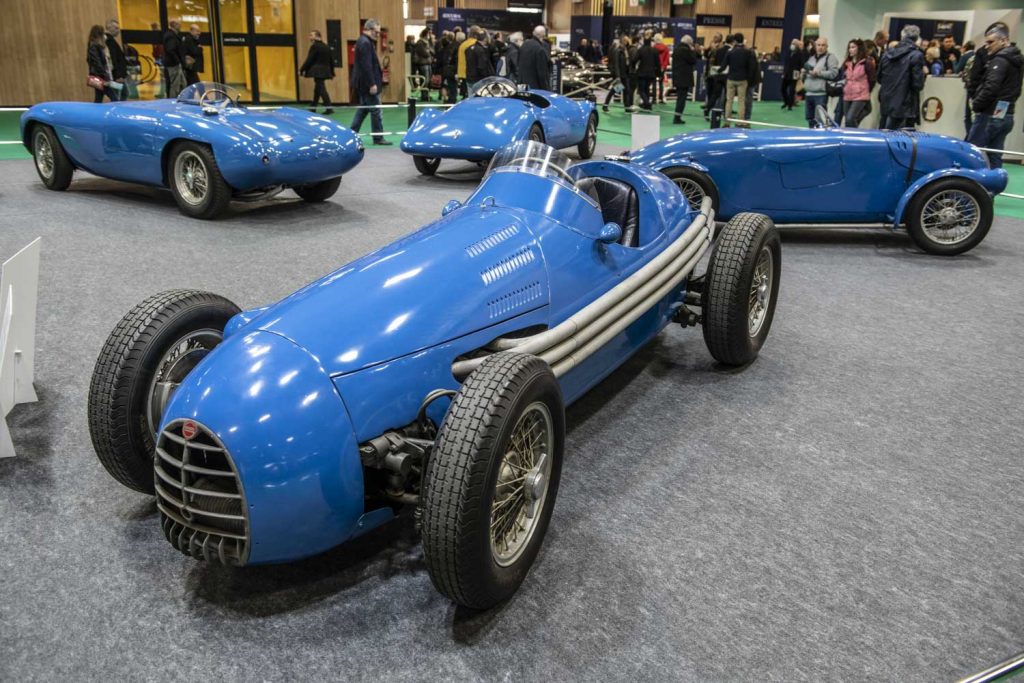
From the Gendarmerie, we move seamlessly into the Gordini collection. Amédée Gordini is Italian by birth. When he saw the light of day in 1899 in the town of Bazzano, it turned out to be just the right time.
The car development wrote its first pages and exciting times were ahead. At the age of eleven, Amédée left school and became an apprentice in a small garage near Bologna. His inventiveness was soon noticed and his career as a mechanic began.
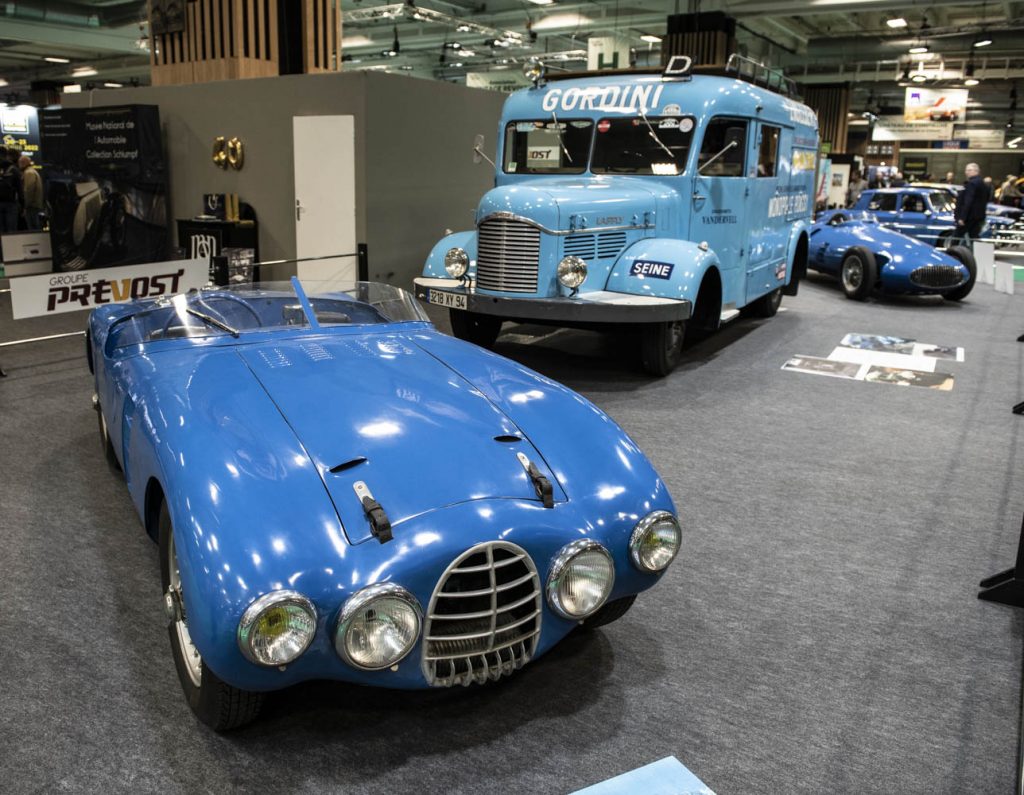
After the First World War, Gordini worked on exceptional cars such as Isotta-Fraschini, Bugatti and Hispano-Suiza. When he moved to France, he was hired by the Italian Cattaneo who had a Bugatti and Hispano-Suiza garage in Saint-Cloud. Shortly after acquiring French nationality, Gordini set up his own company in Suresnes. It turned out to be the start of the great Gordini adventure.
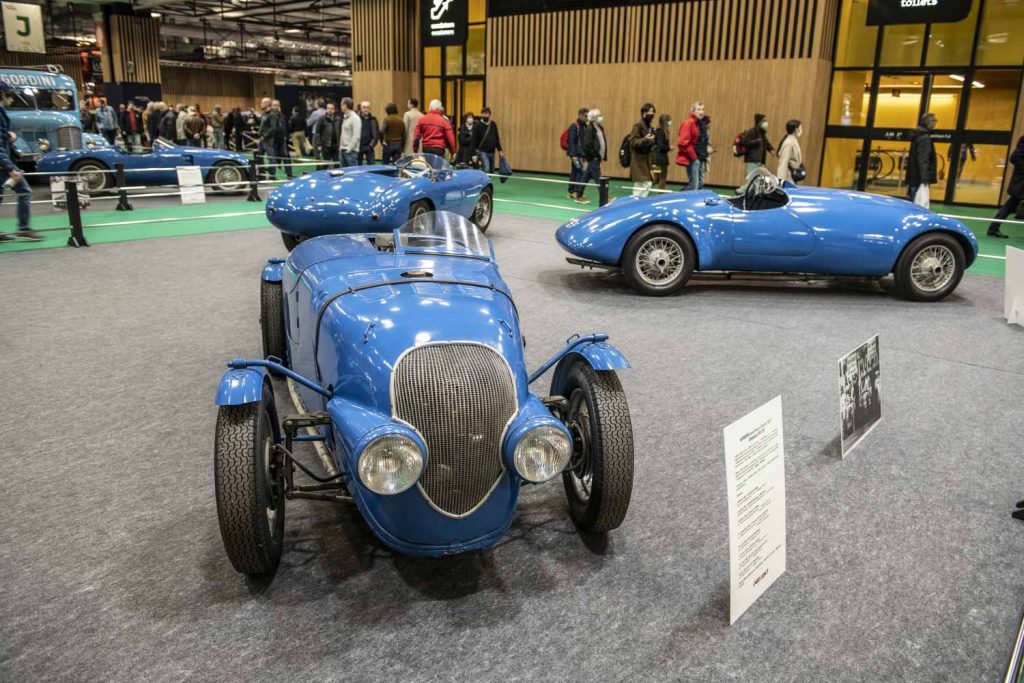
In 1937, the first Simca Gordini rolled out of the workshop. It was a two-seater built on a Simca Cinq chassis with a 570 cc engine. The successes were there for all to see. On the circuit of Montlhéry he achieved the 48 hour world record with an average speed of 103 km/h. In 1938, he won the category title in the 24 Hours of Le Mans, which earned him the nickname “The Magician”.
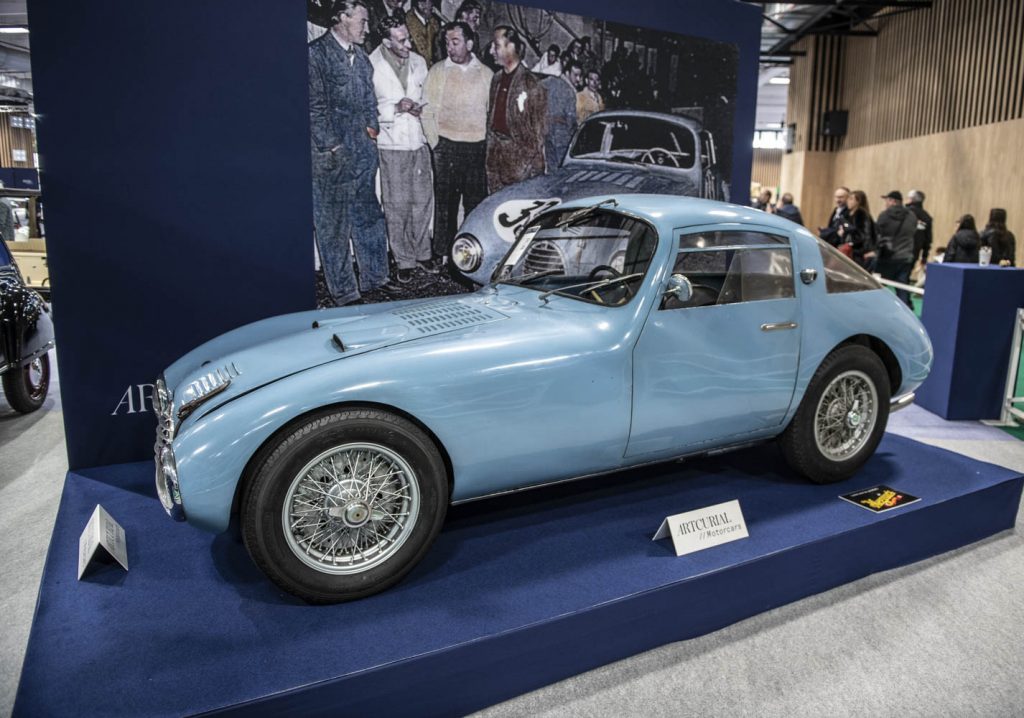
During a visit to Argentina in 1948, Gordini discovered the talent of a young racing driver named Juan-Manuel Fangio. Gordini gave Fangio the chance behind the wheel of a Gordini car where he won the Grand Paris of Marseille in 1949. This was followed in 1950 by his first participation in the 24 Hours of Le Mans. After 13 hours and 95 laps, the distribution of his Simca Gordini T 15 C broke. Perhaps no one could have imagined at the time that Fangio would have such an impact on motorsport.
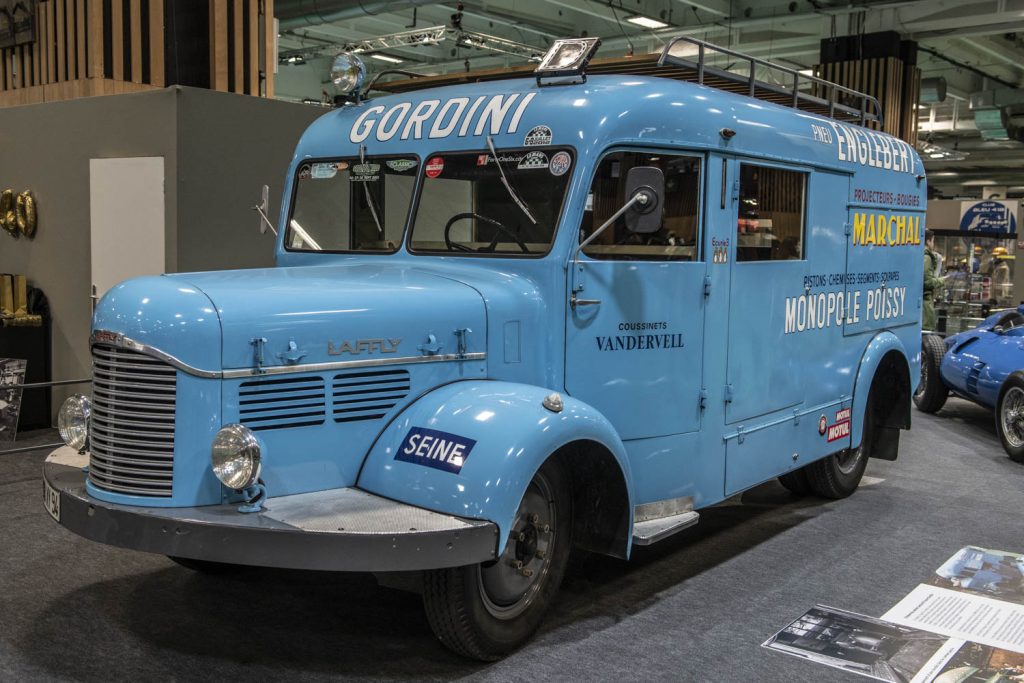
In the years that followed, it proved very difficult to find sponsors for Gordini. However, he continued to work on Formula 1, Formula 2 and Sport Prototypes with his now 45-strong design office. They won leading races and beat Ferrari’s. Despite his perseverance, Gordini no longer had the financial means to compete with the best and was forced to use the engines of previous years.
Renault & Gordini
In 1957, when Amédée Gordini was morally and financially bankrupt, he retired from competition. After more than 600 races and successes in many disciplines, a curtain fell over that era. Fortunately, Renault had invited him the year before to collaborate in the construction of racing engines. It would ultimately be a 17-year collaboration that started with the Dauphine Gordini.
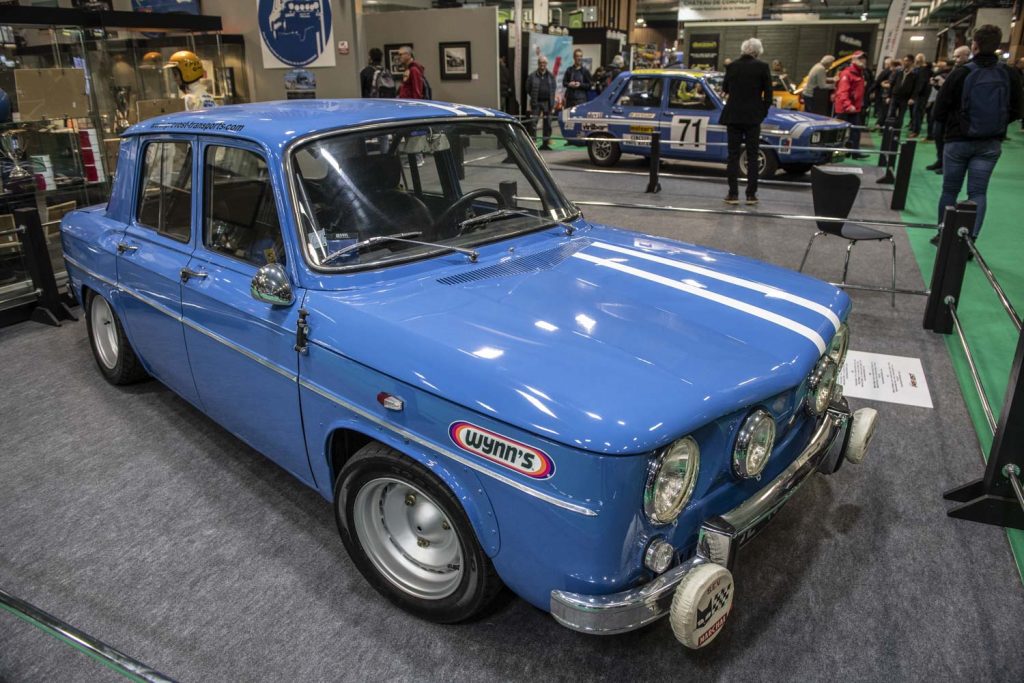
In 1964 we saw the legendary R8 Gordini and then in 1970 came the successful Alpine Gordinis culminating in the Renault 12 Gordini. In 1978, Amédée Gordini had the pleasure of witnessing the Alpine V6 win the 24 Hours of Le Mans. He had in fact collaborated on the architecture of the V6 engine.
The exhibition of these nine models was realised with the help of the National Car Museum ‘Collection Schlumpf’.
Jean Bertin
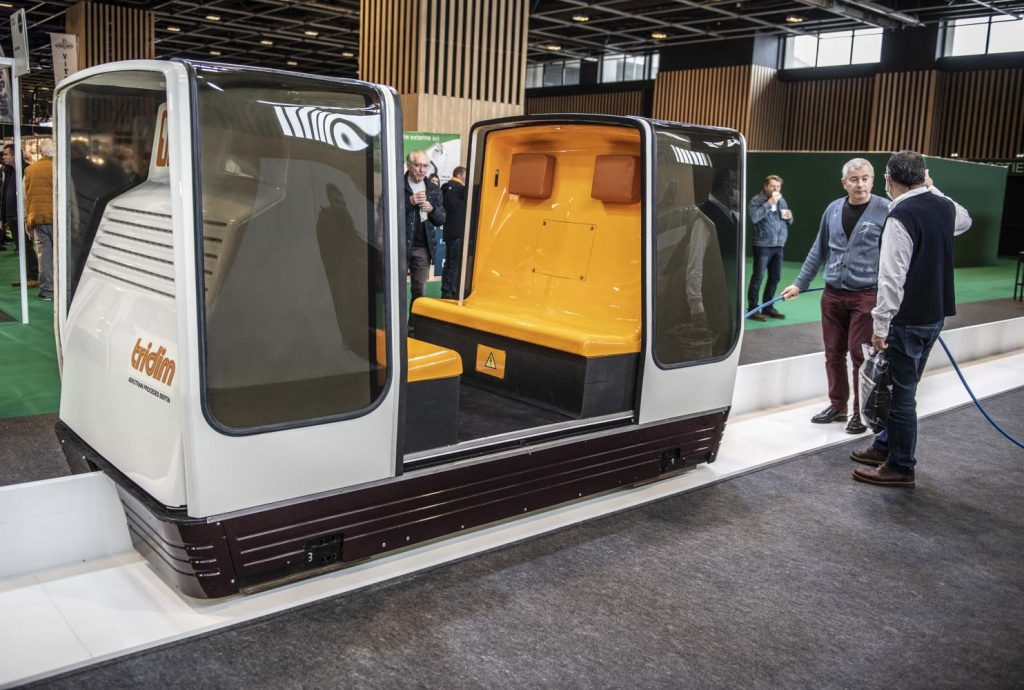
The smaller themes also included Jean Bertin. More commonly known as the man who made trains fly. Here at Retromobile, an homage is paid to this visionary who invented the Aérotrain in the 1960s. The monorail shown above is one of its derivatives. The aim was to reduce pollution and bring cities closer together by drastically cutting journey times. Many tests were carried out and records were broken, but due in part to the oil crisis in the 1970s, real production never took place.
Lamborghini Countach LP500 rebuild
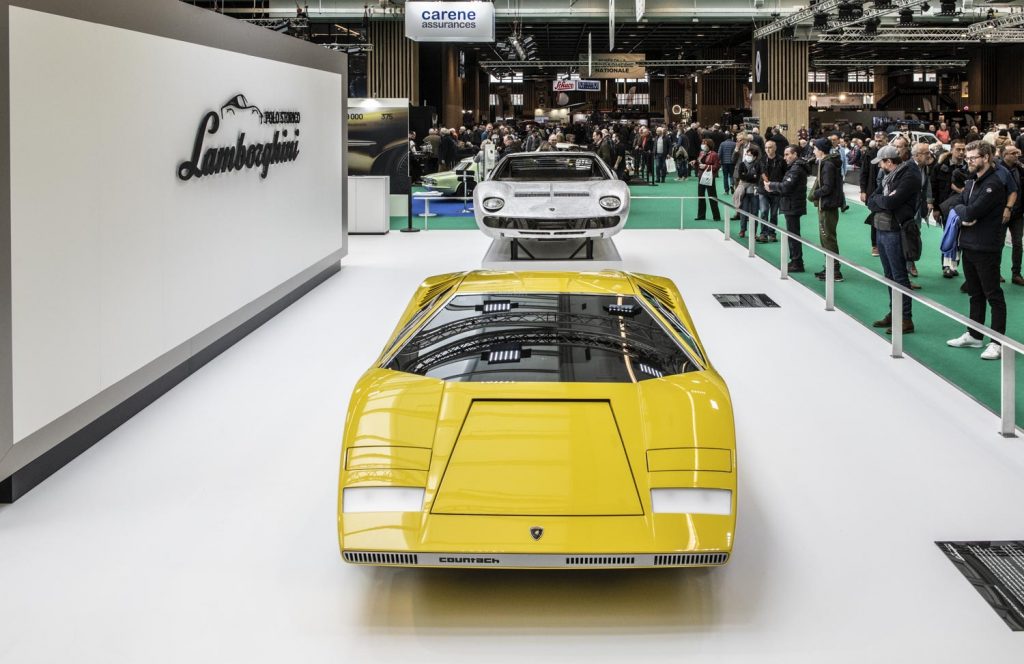
At the Lamborghini stand, we were introduced to a beautiful homage to the Lamborghini Countach LP500. The then style director of Bertone Macello Gandini put this model on paper. This unique prototype was the star of the 1971 Geneva Motor Show. The Countach had to follow in the footsteps of the Miura, which was no easy task. The prototype presented in Geneva was destroyed in a crash test.
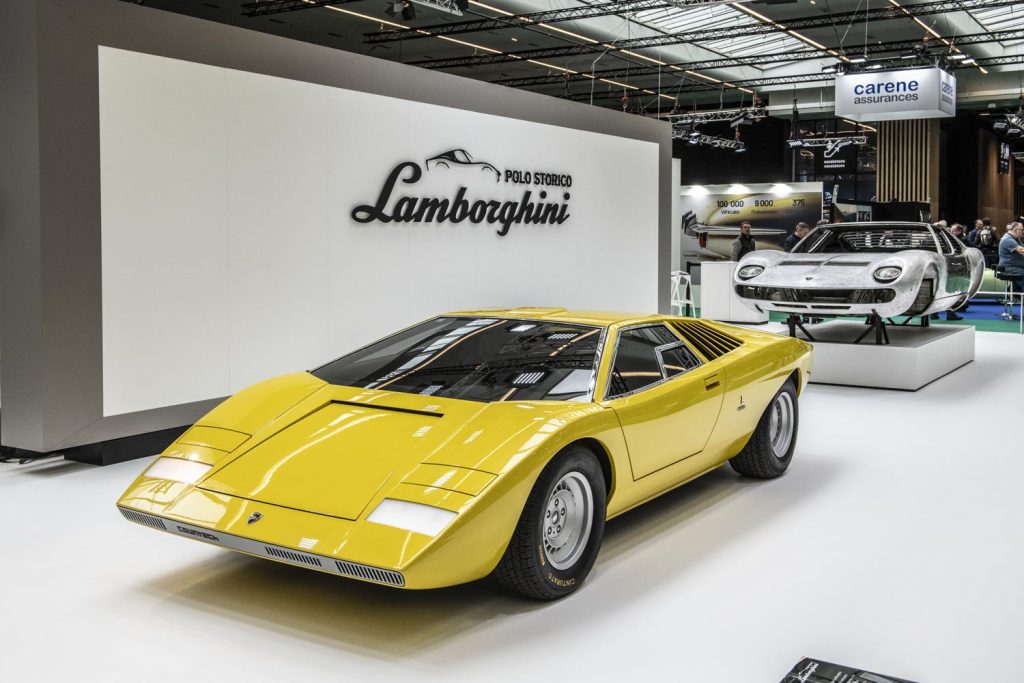
But in 2017, an important Lamborghini customer stepped up to the manufacturer with the idea of rebuilding this prototype. The Polo Storico company took up the challenge. As the brand’s leading restorer, they would prove that nothing is impossible. You can see the result above.
Artcurial
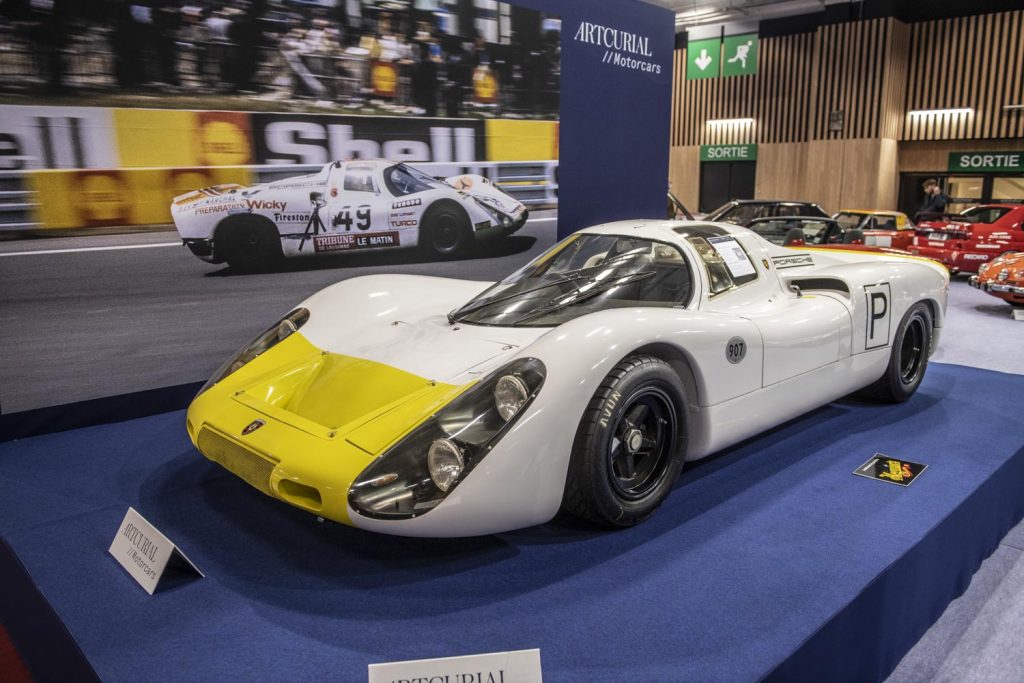
No important car show is without an auction. A regular customer at Rétromobile is auction house Artcurial. The rather large surface was filled with an unimaginable variety of vehicles. Ranging from a really nice BMW 728i set at barely € 5,000; to the Porsche 907 above for which they expect up to € 6,000,000.
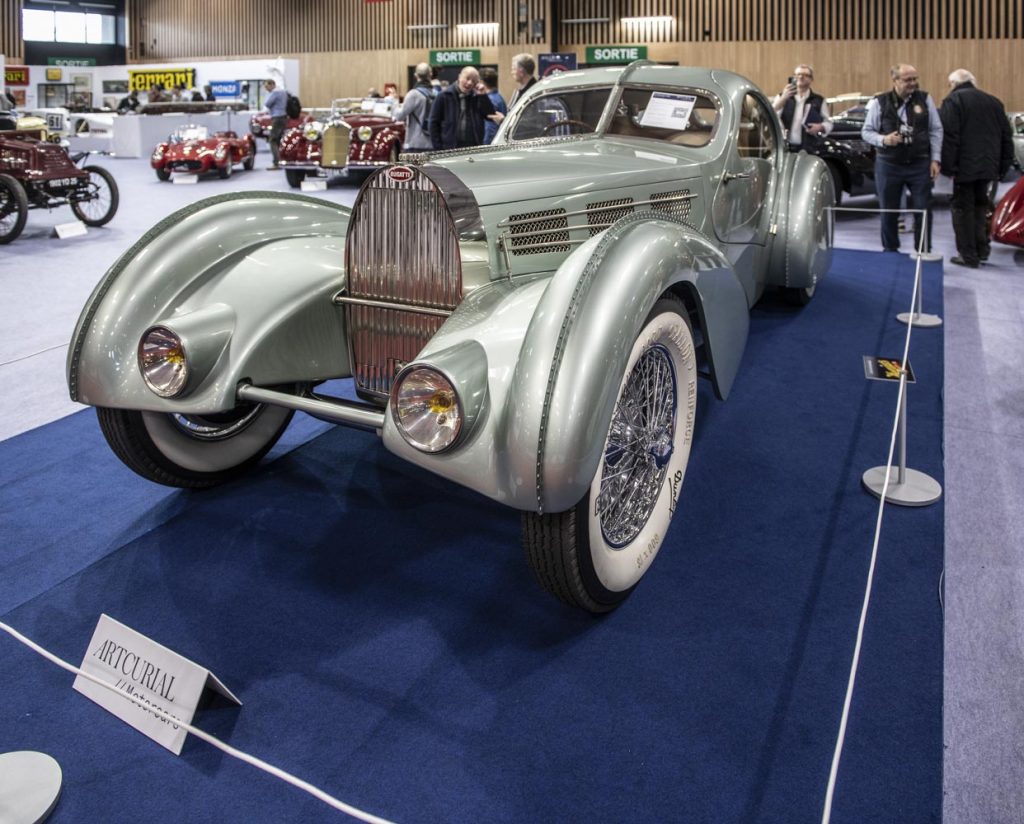
We are in France and so you see a lot of French cars and also Bugattis. There were quite a lot of them with as topper a very nice replica of a Type 57 Aérolithe. The expected price was between 1.5 and 3.0 million euros which is quite steep for a replica!
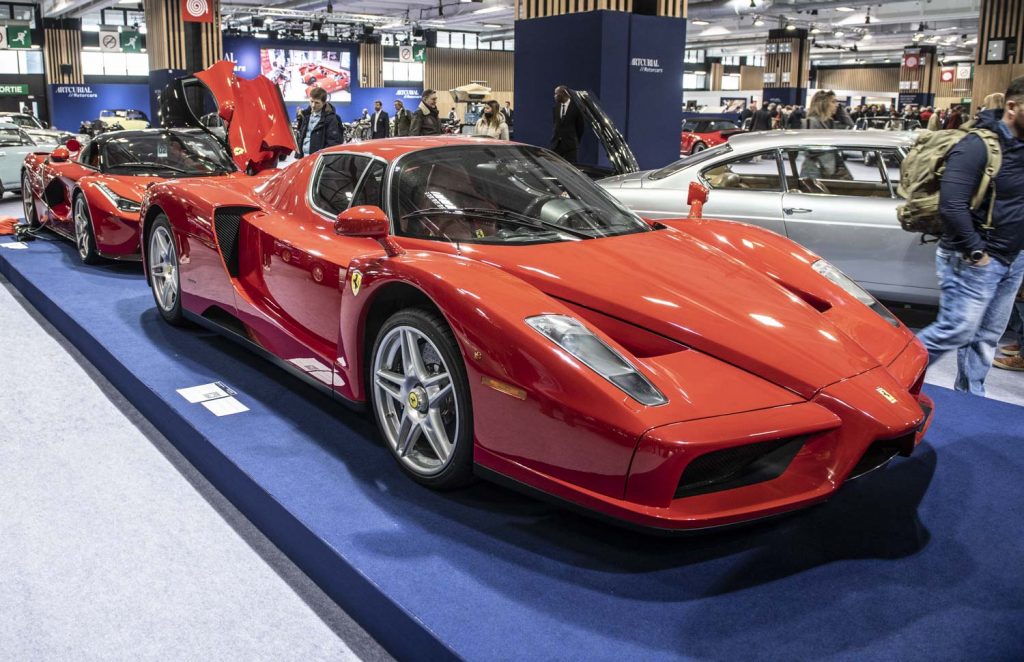
The collection of Master Etienne Léandri, which consists mainly of Ferraris, will also go under the hammer. What makes this collection so special is, on the one hand, the unique pieces and, on the other, the extremely low mileage.
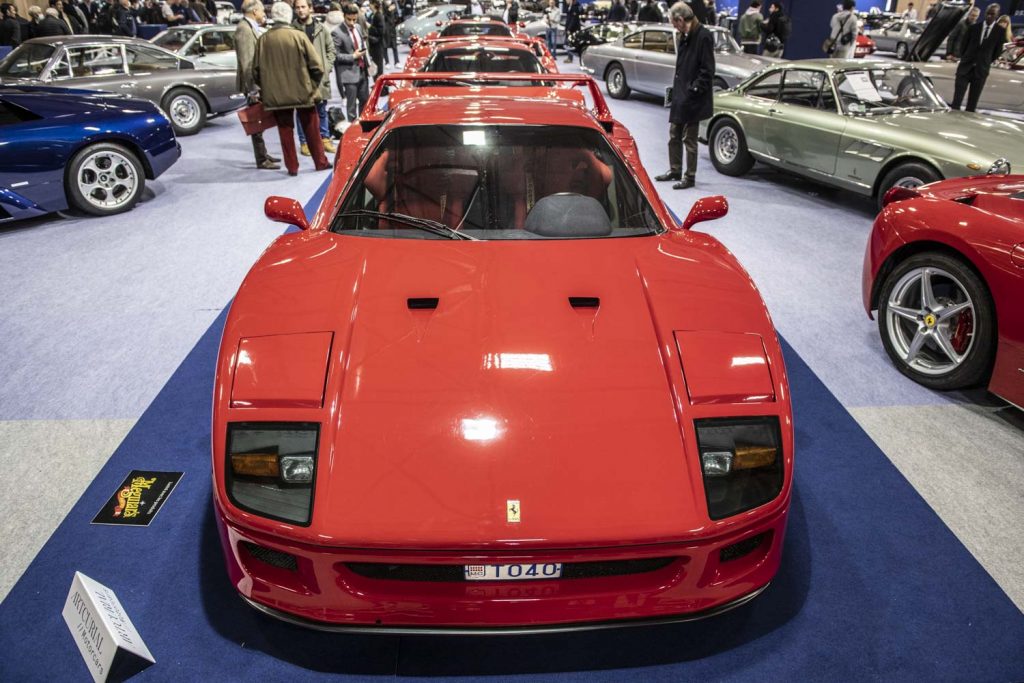
The F40, with its 13284 km, is apparently by far the most used. The F50 of which only 349 were built has only 1318 km on the counter. With an expected price of €3.5 million, it even surpasses the 2013 Ferrari LaFerrari which has only 952 km on the clock.
The collection also includes a 2003 Lamborghini Murcielago with barely 10905 km on the clock. The car that has been driven the most is a Fiat 500 Abarth Ferrari Dealers Edition with number 144/200. With 30,000 km and an expected price of between €4,000 and €600,000, this is a feasible car for those who want something very exclusive.
Low budget zone
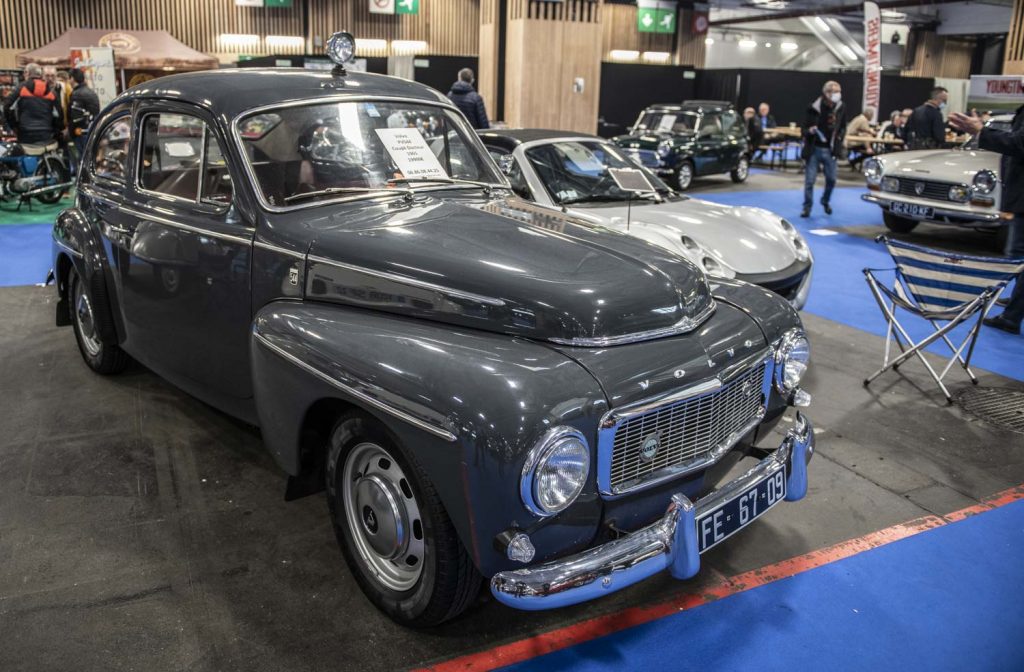
Like previous editions, there was also a zone with vehicles under 25,000 euros. Always nice to walk through. Sometimes pleasant surprises, sometimes a shock that there is not a single Mini under 15,000 euros, which in my opinion is quite a good price.
Army vehicles
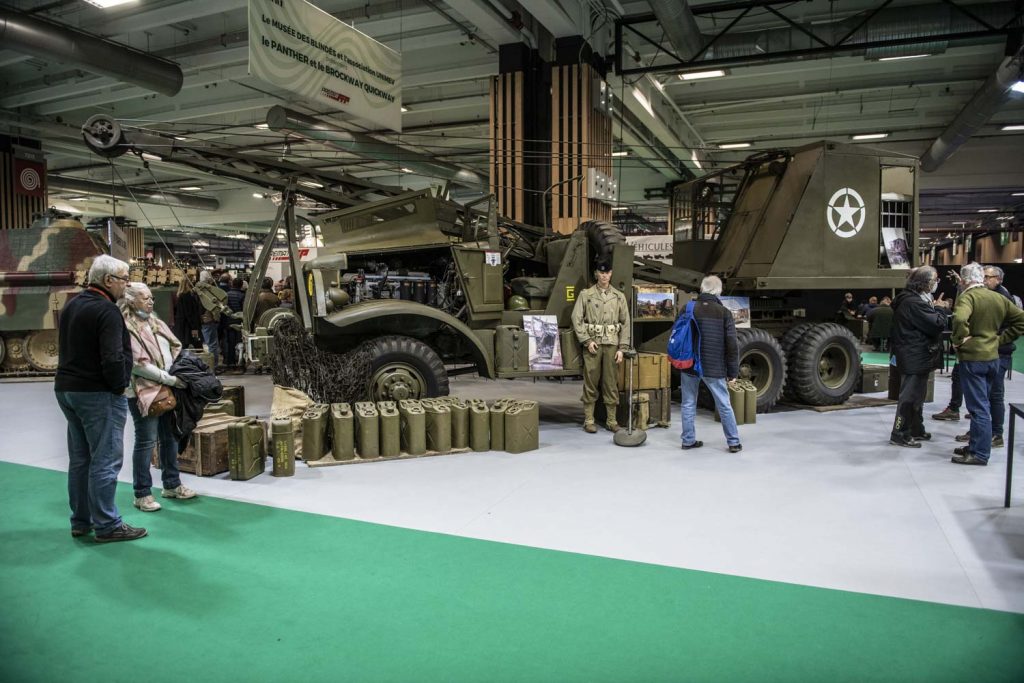
Another thing we see coming back every edition is a delegation of military vehicles. This year, there was a completely restored army crane inside. The restorer spoke to us immediately when we entered the stand. The man was clearly proud of his life’s work. When we started talking about the fuel consumption of his hobby, the atmosphere changed a little. With more than 60 litres per 100 km, it is not really an economical vehicle. However, he considered himself lucky because his neighbour’s tank had a consumption of 400 litres per hour, which is much higher.
Books and memorabilia
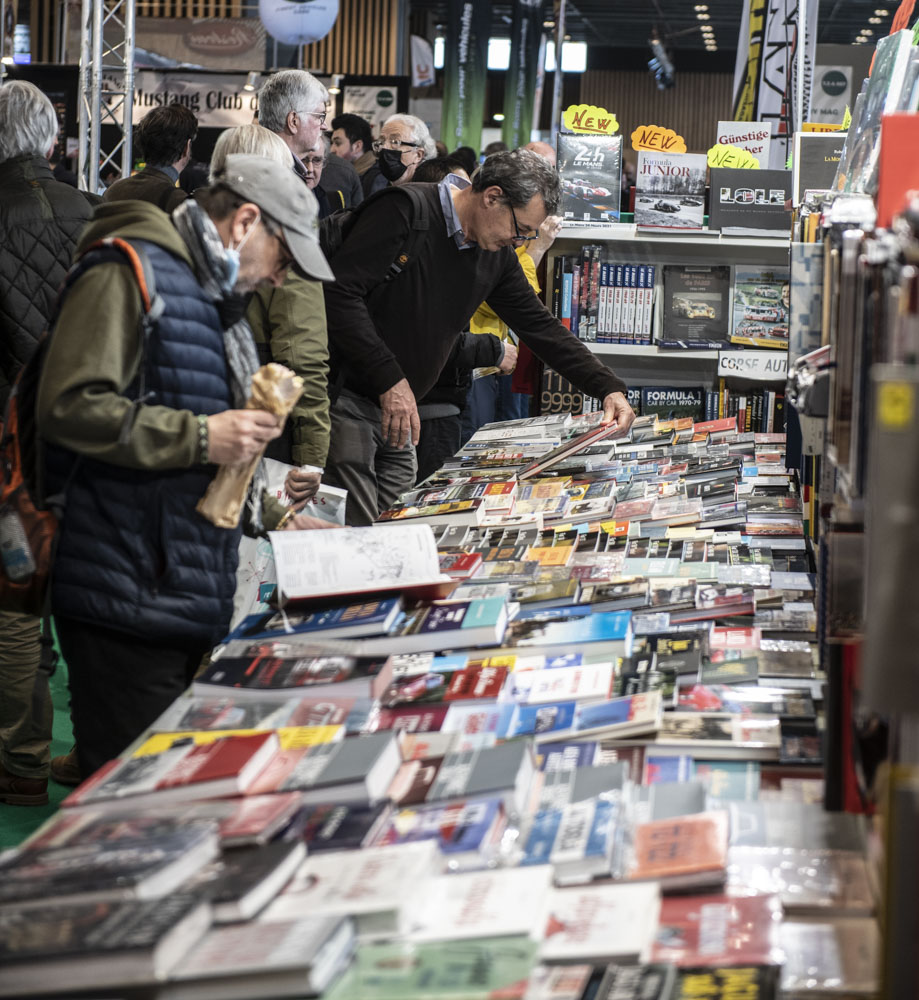
No fair without books and car memorabilia and fortunately these were also present. They fill up the gaps a bit but because of their nice offer they are also an important part of the fair. You may not own a real Bugatti but a nice book or scale model can make many of us happy.
Conclusion
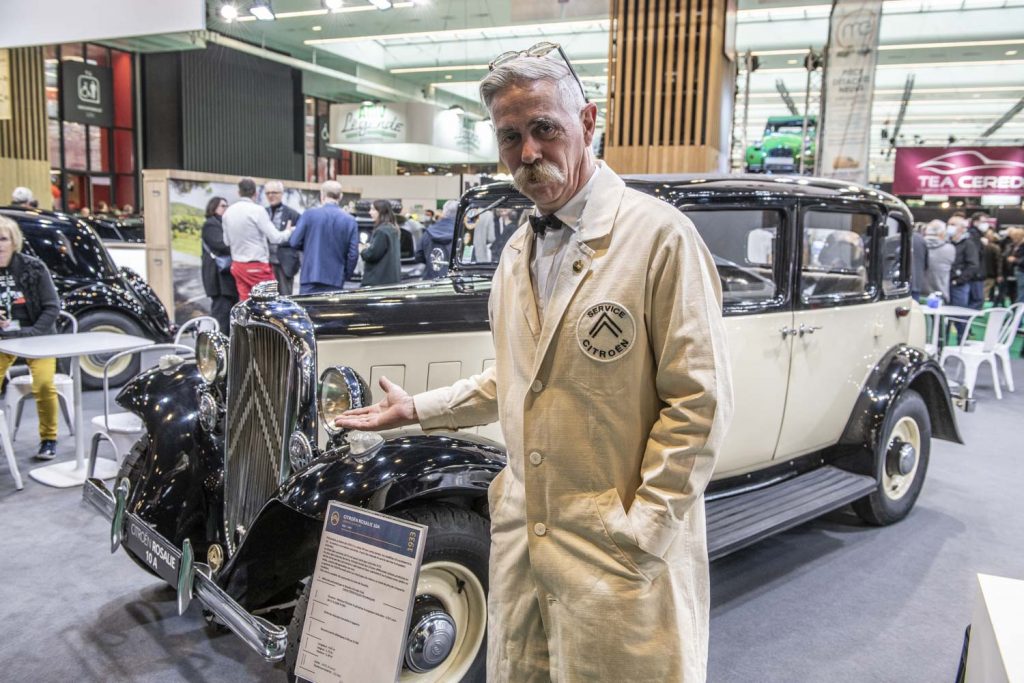
Have I now covered everything there is to see during a visit to Rétromobile? Absolutely not! So get in your car tomorrow morning and four hours later (from Belgium) you can see all this beauty for yourself. Rétromobile is and remains an absolute winner when it comes to classic car fairs. So if you can’t go this year, make sure to reserve a place in your agenda for 2023. We will be there to report to you!
More info on the Rétromobile site.
Report & photos: Patrick Verheeken
